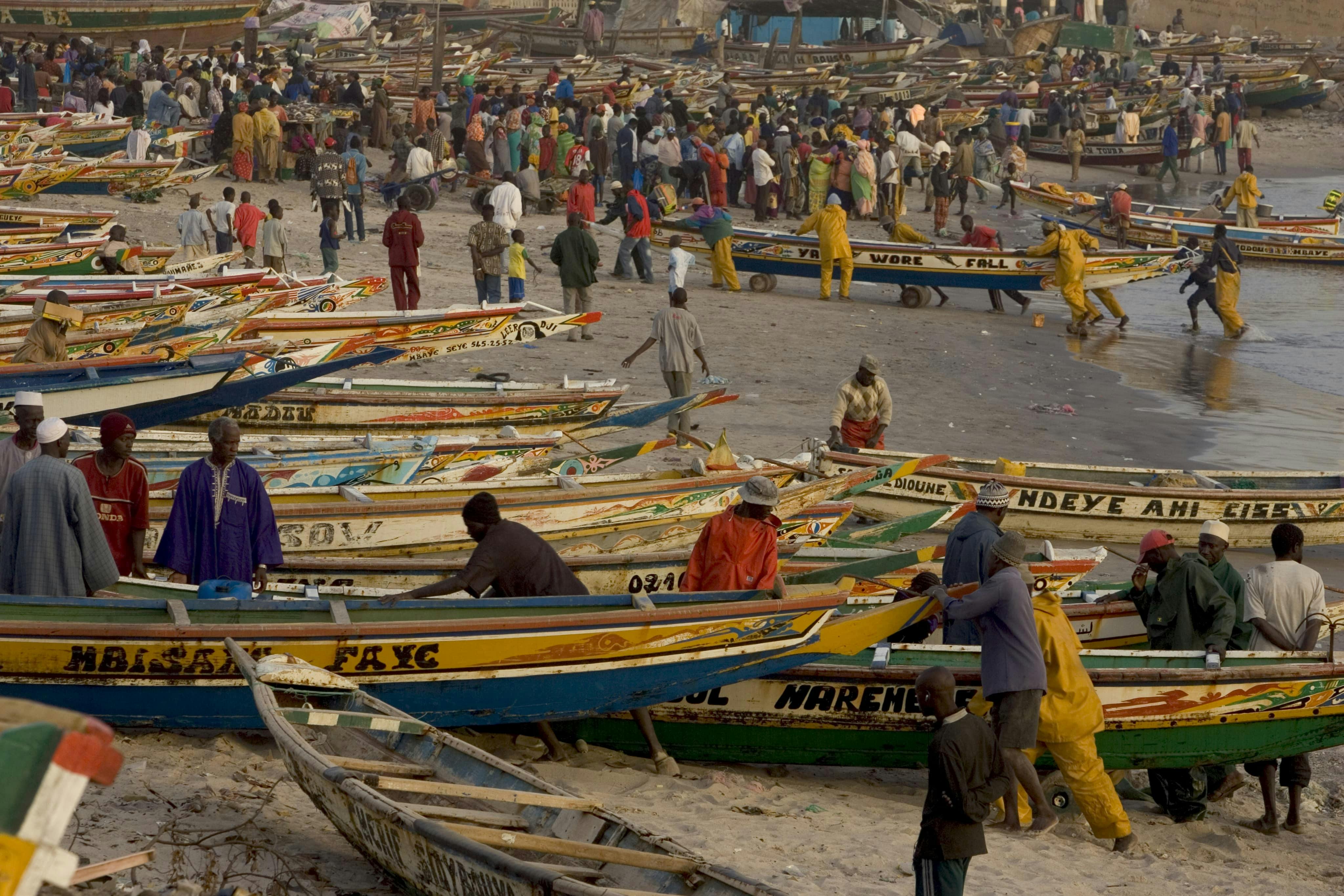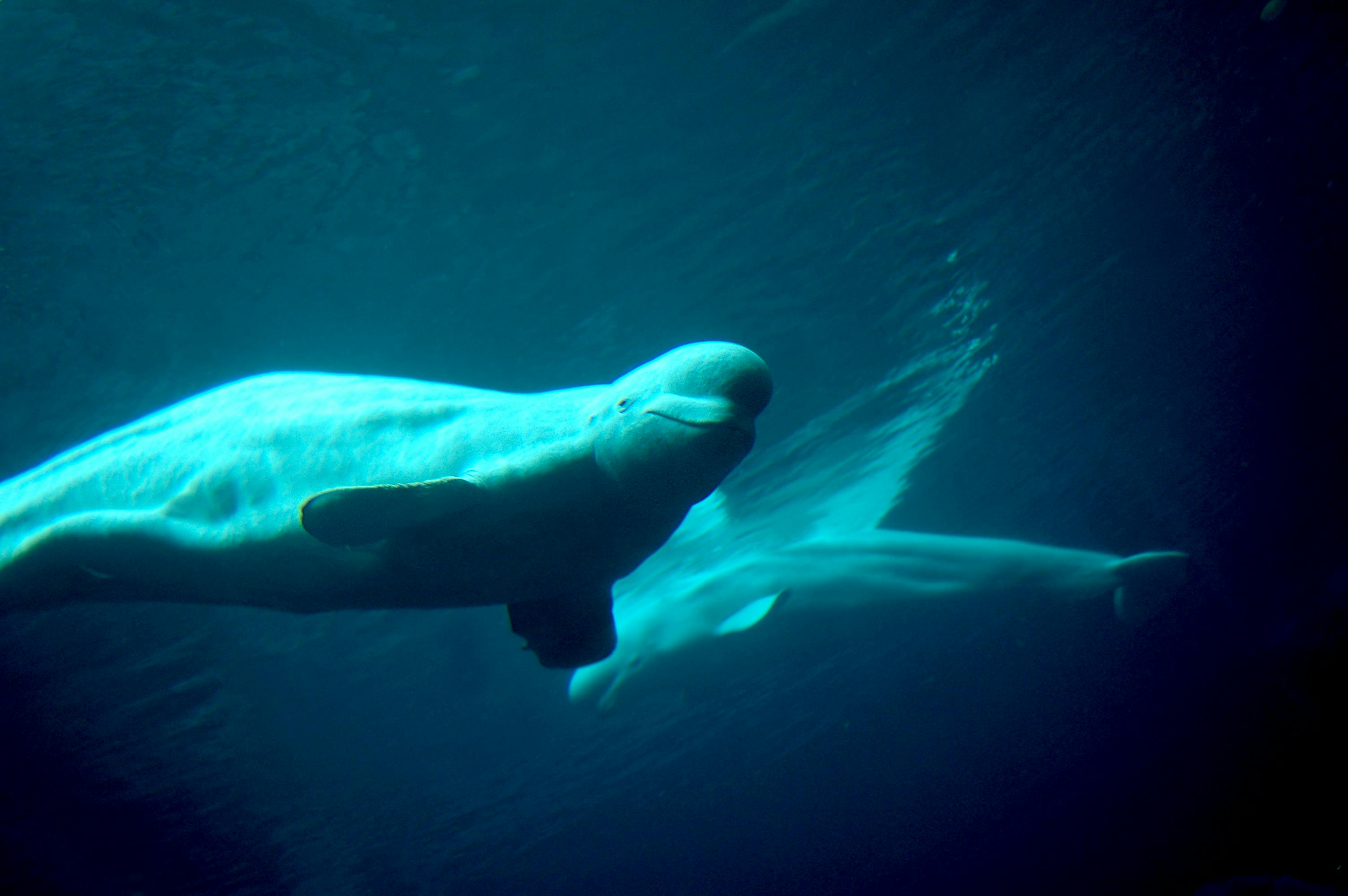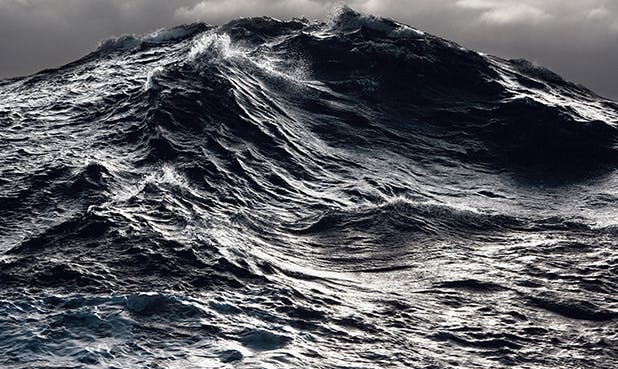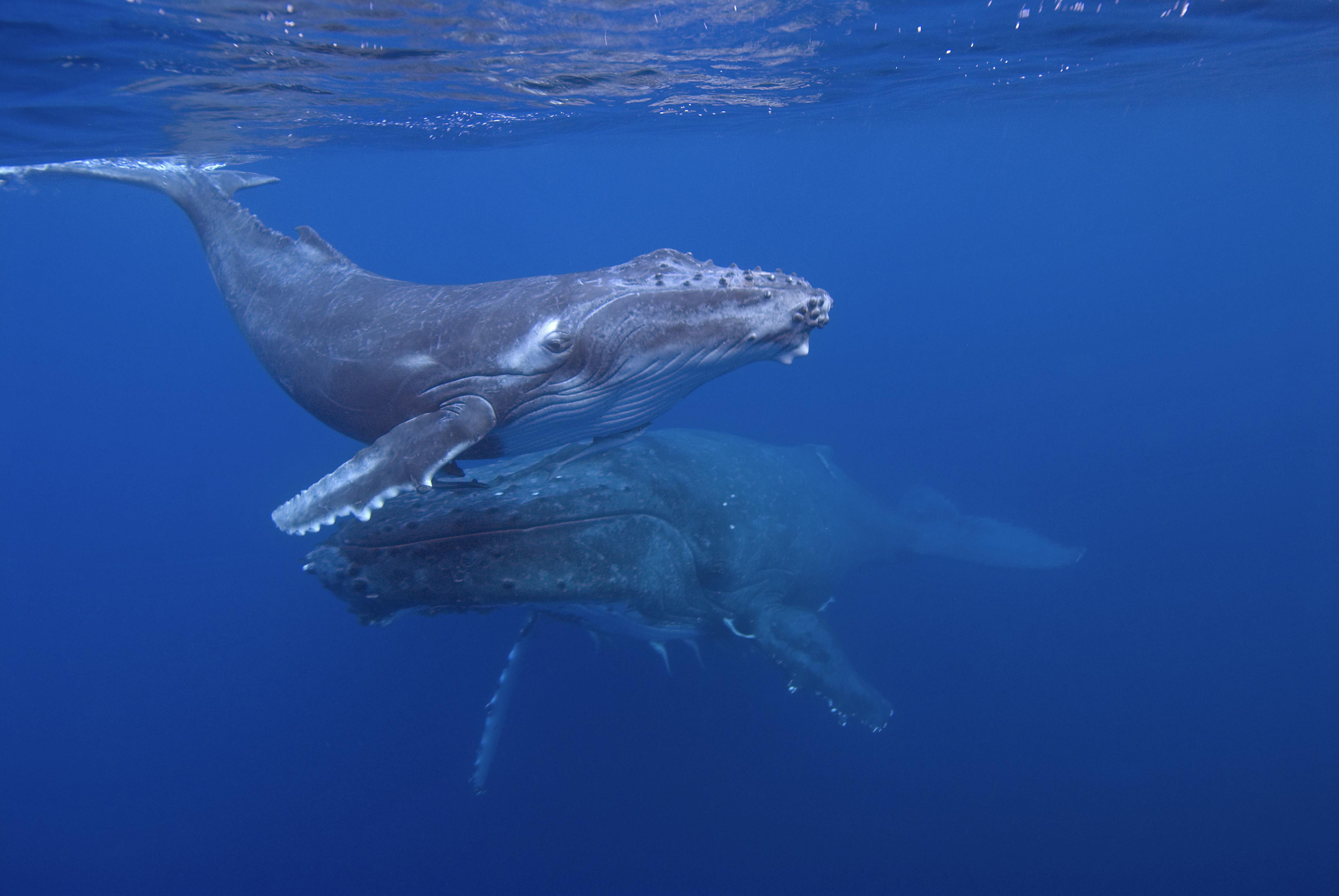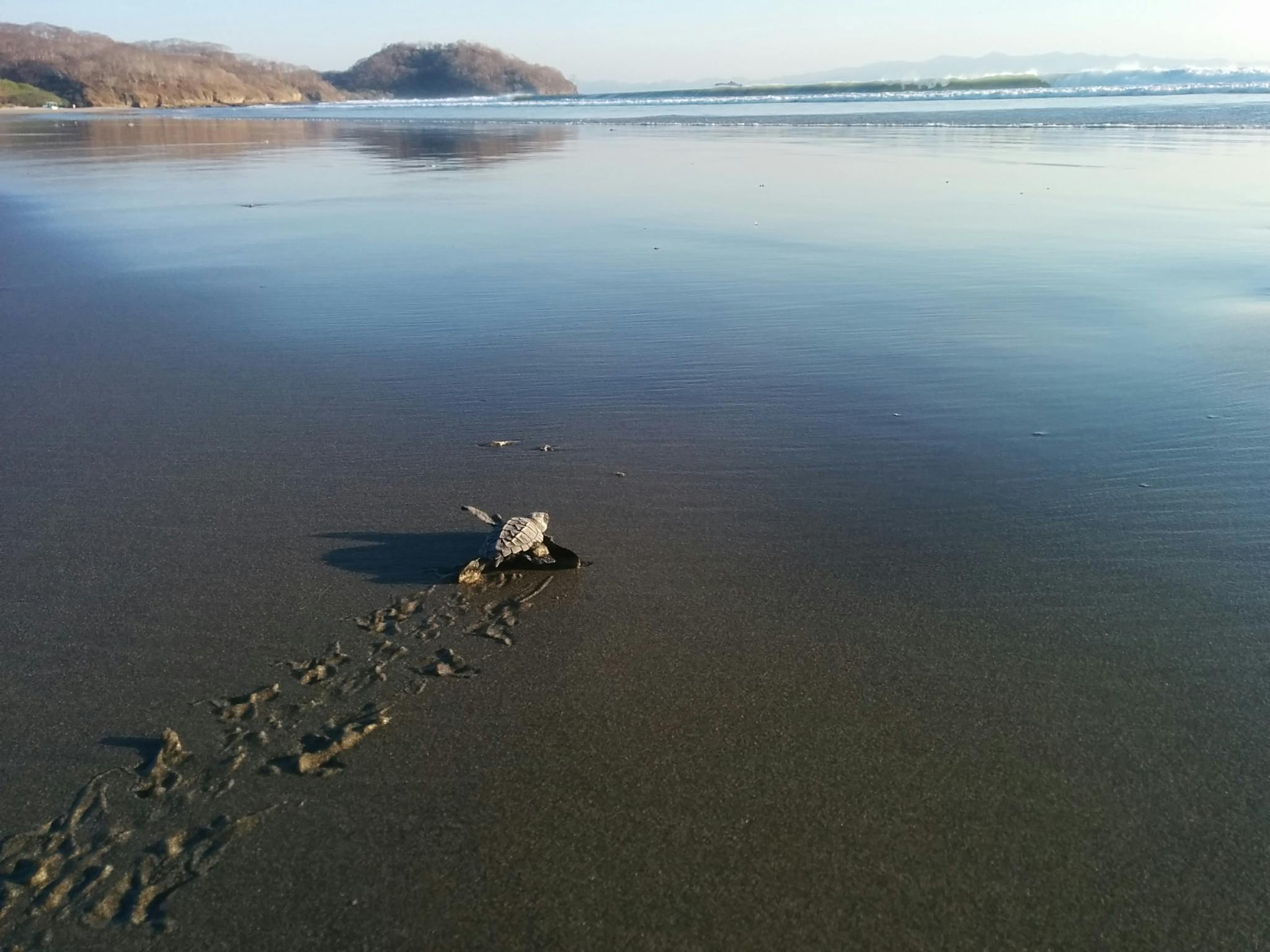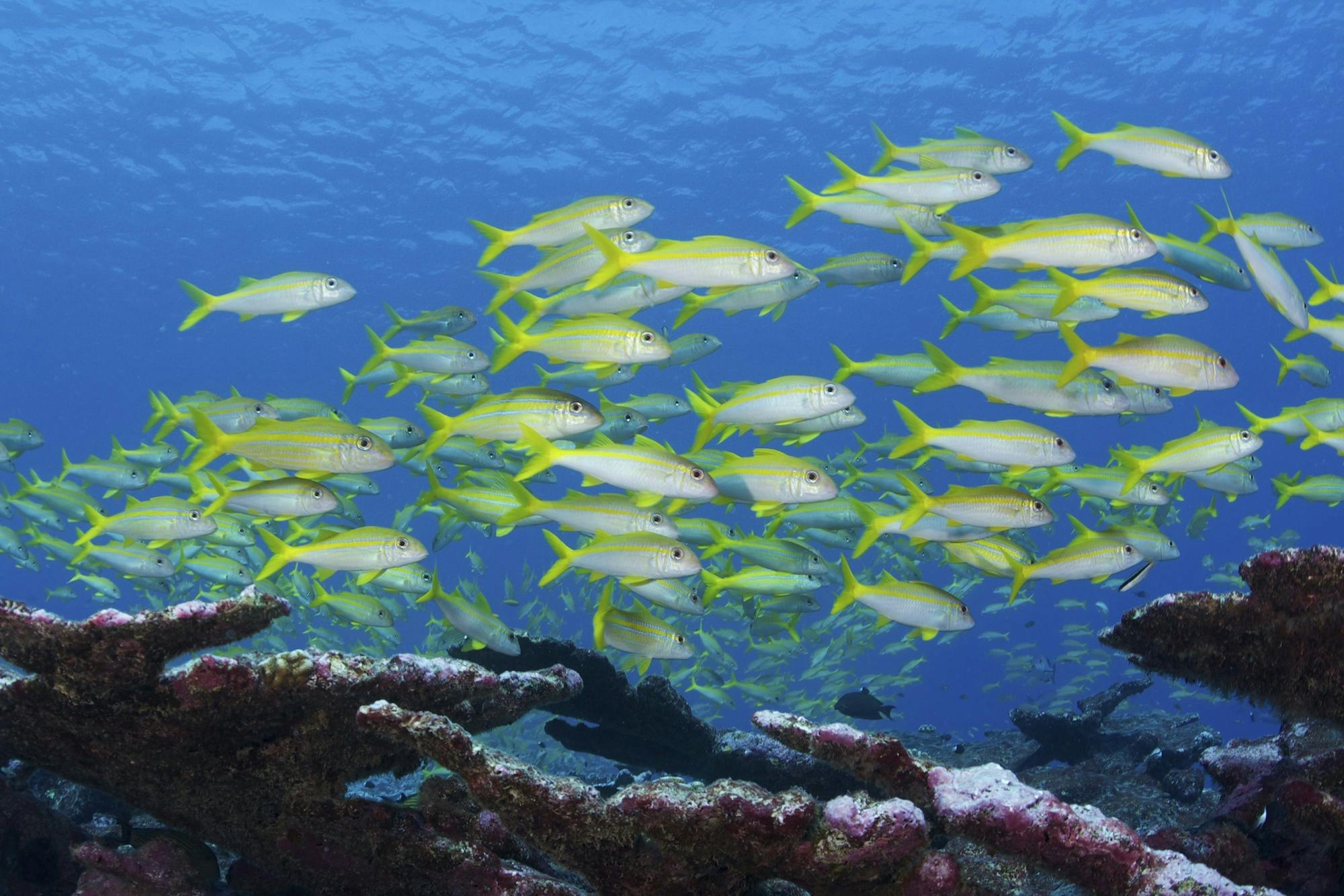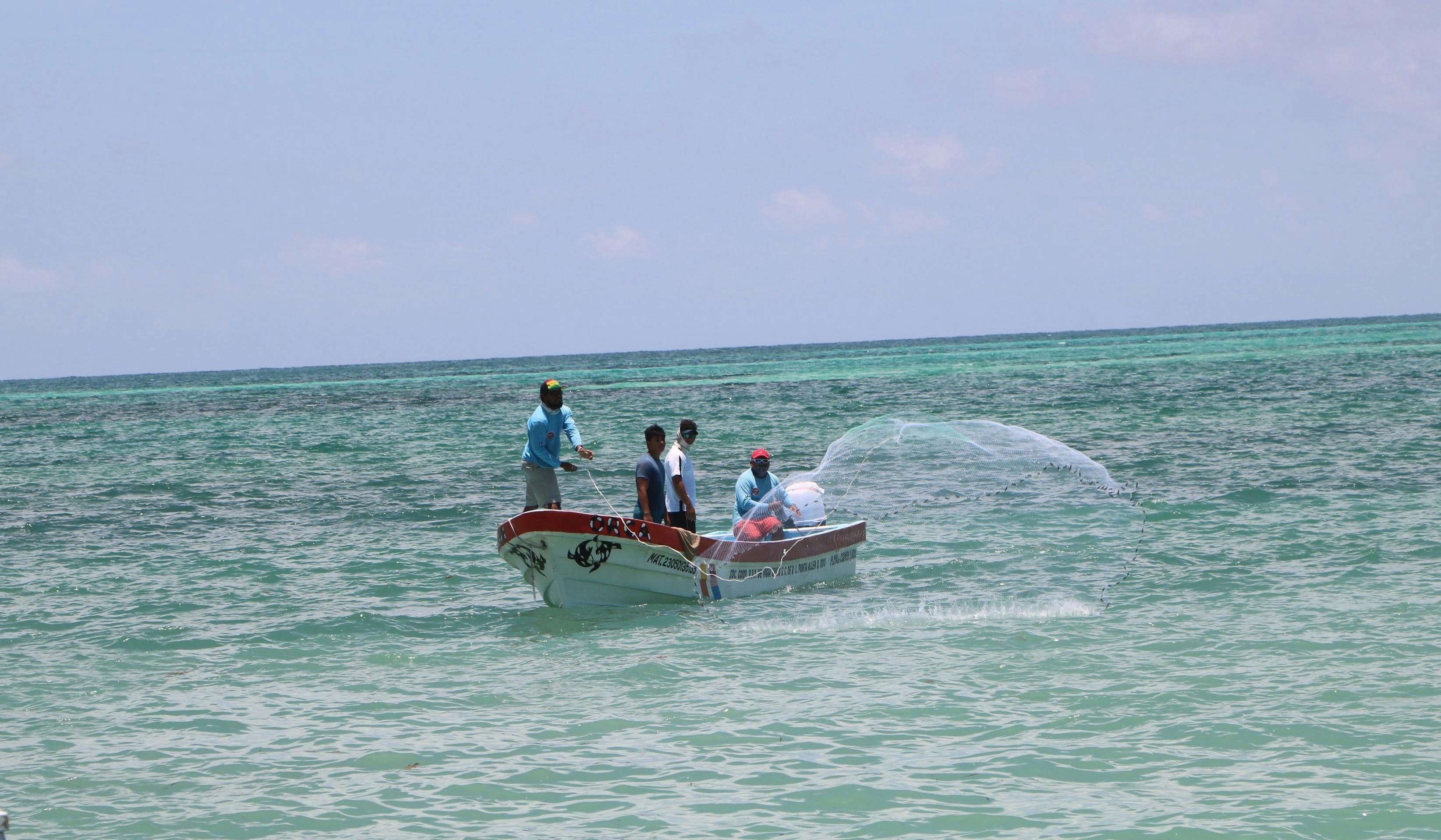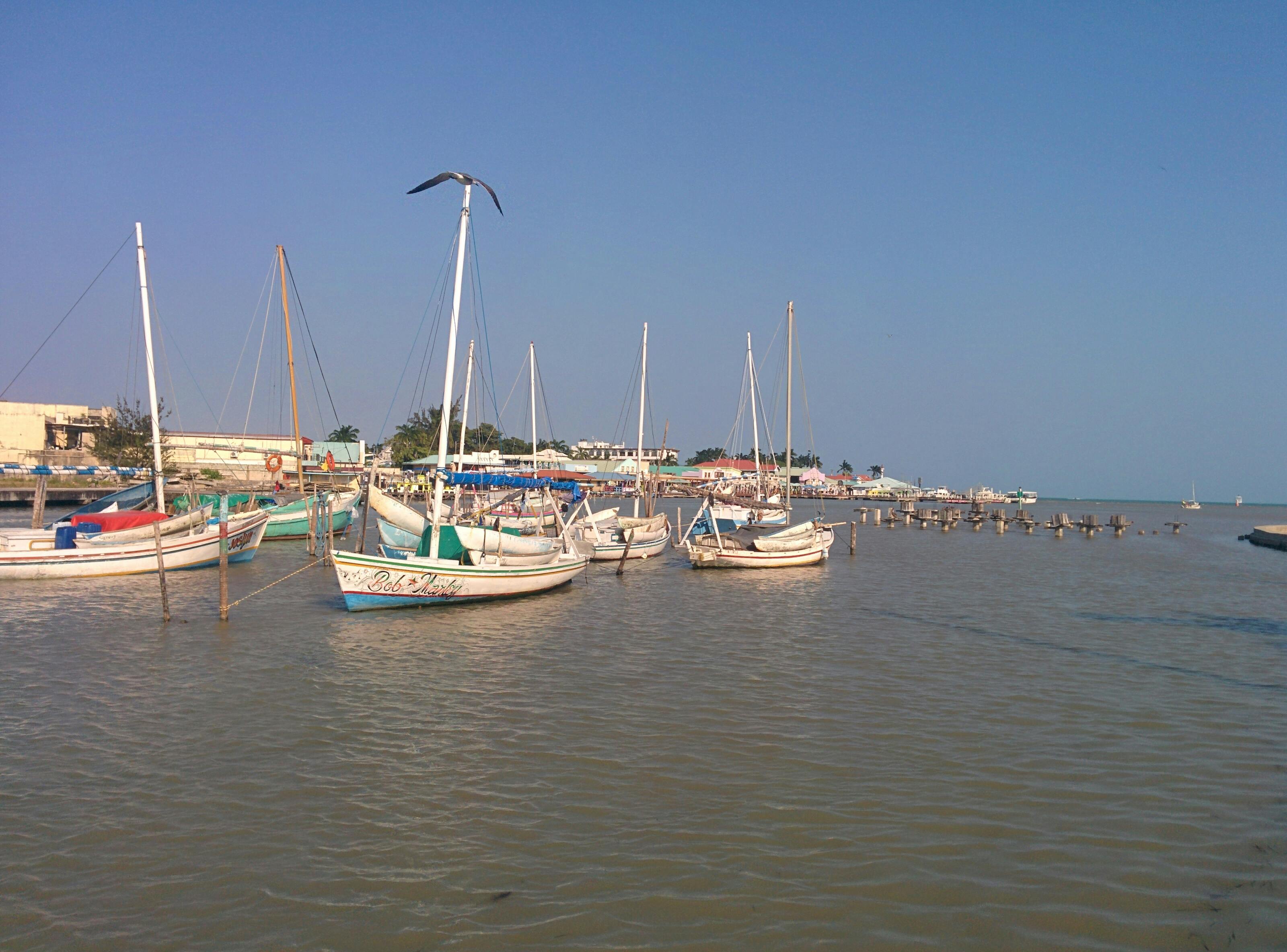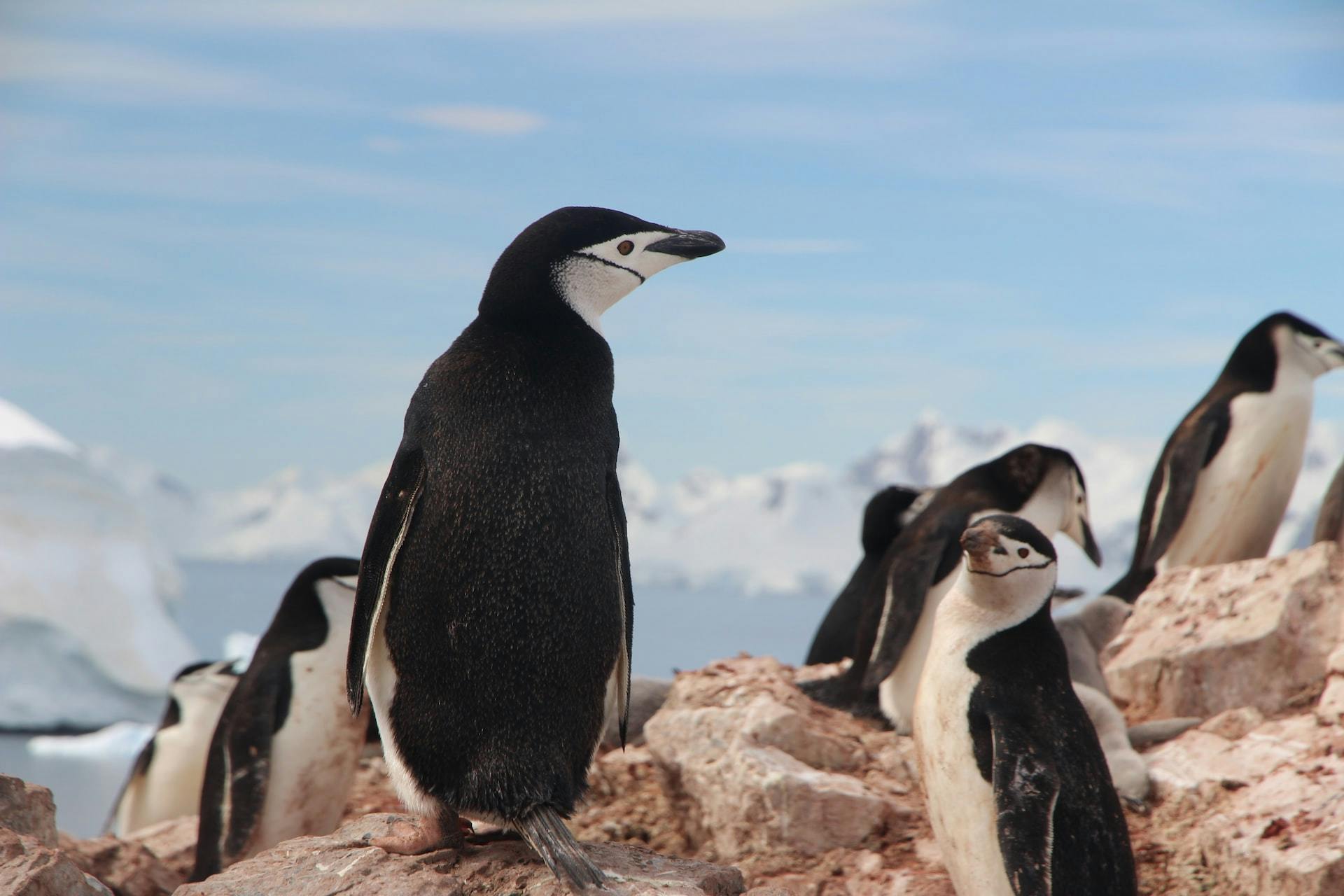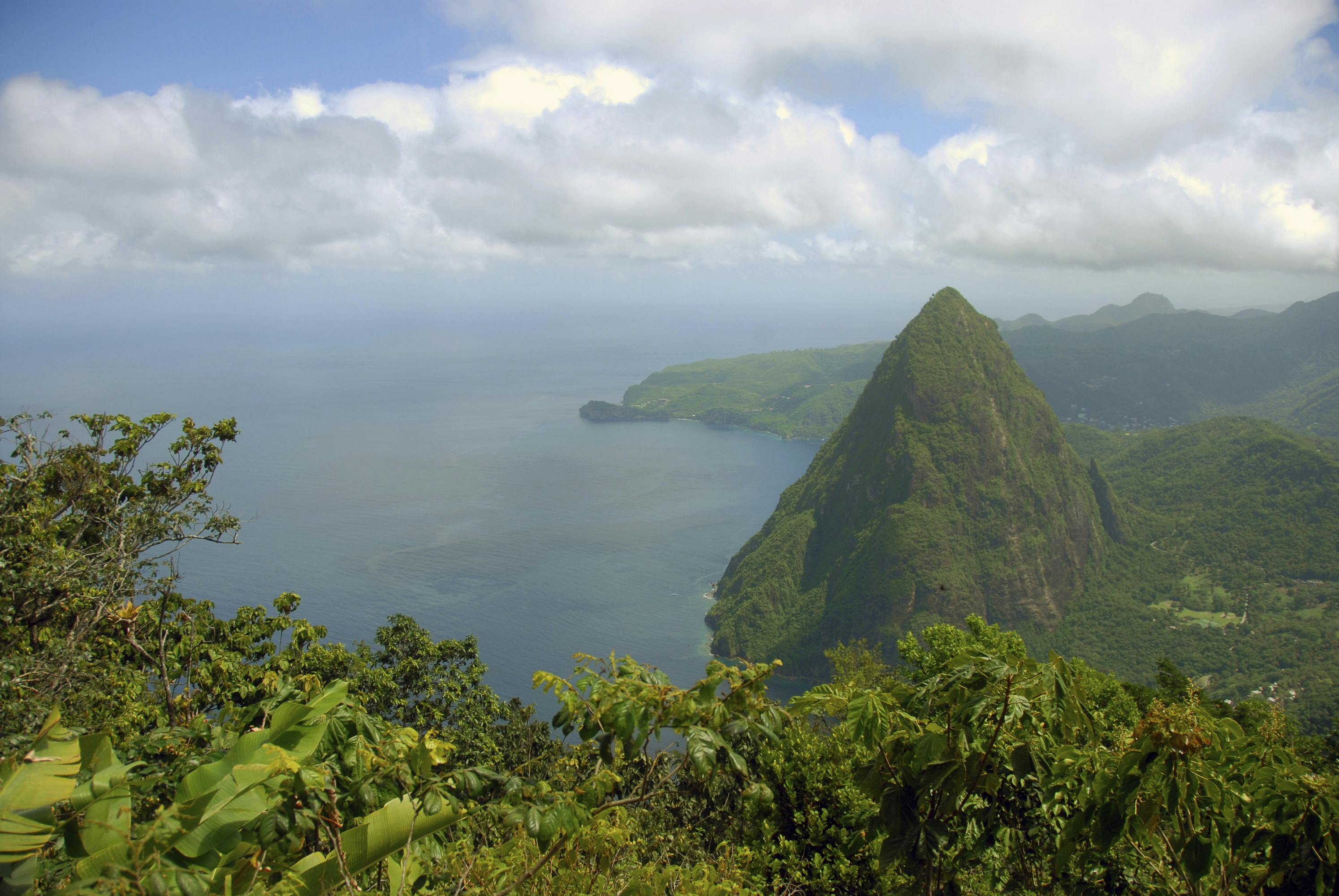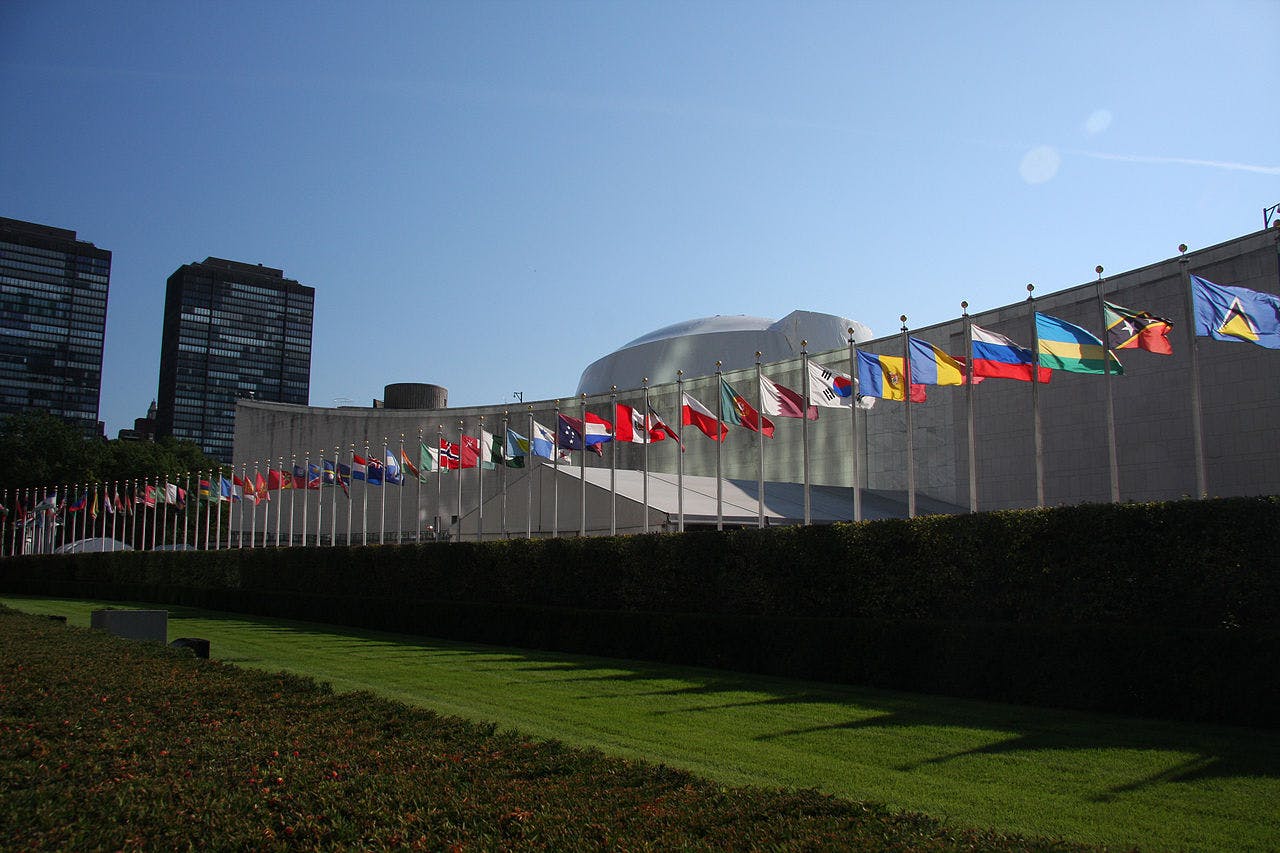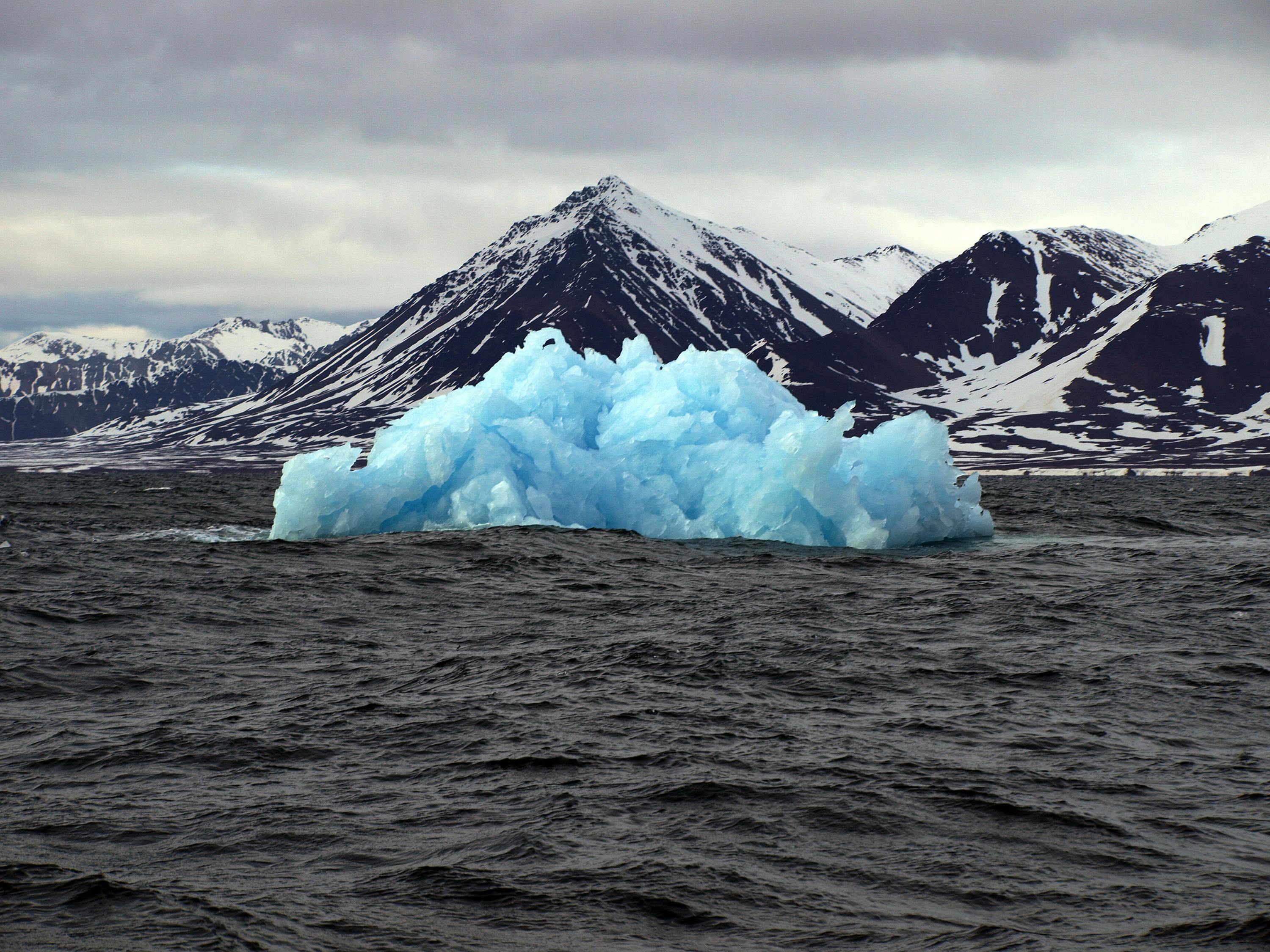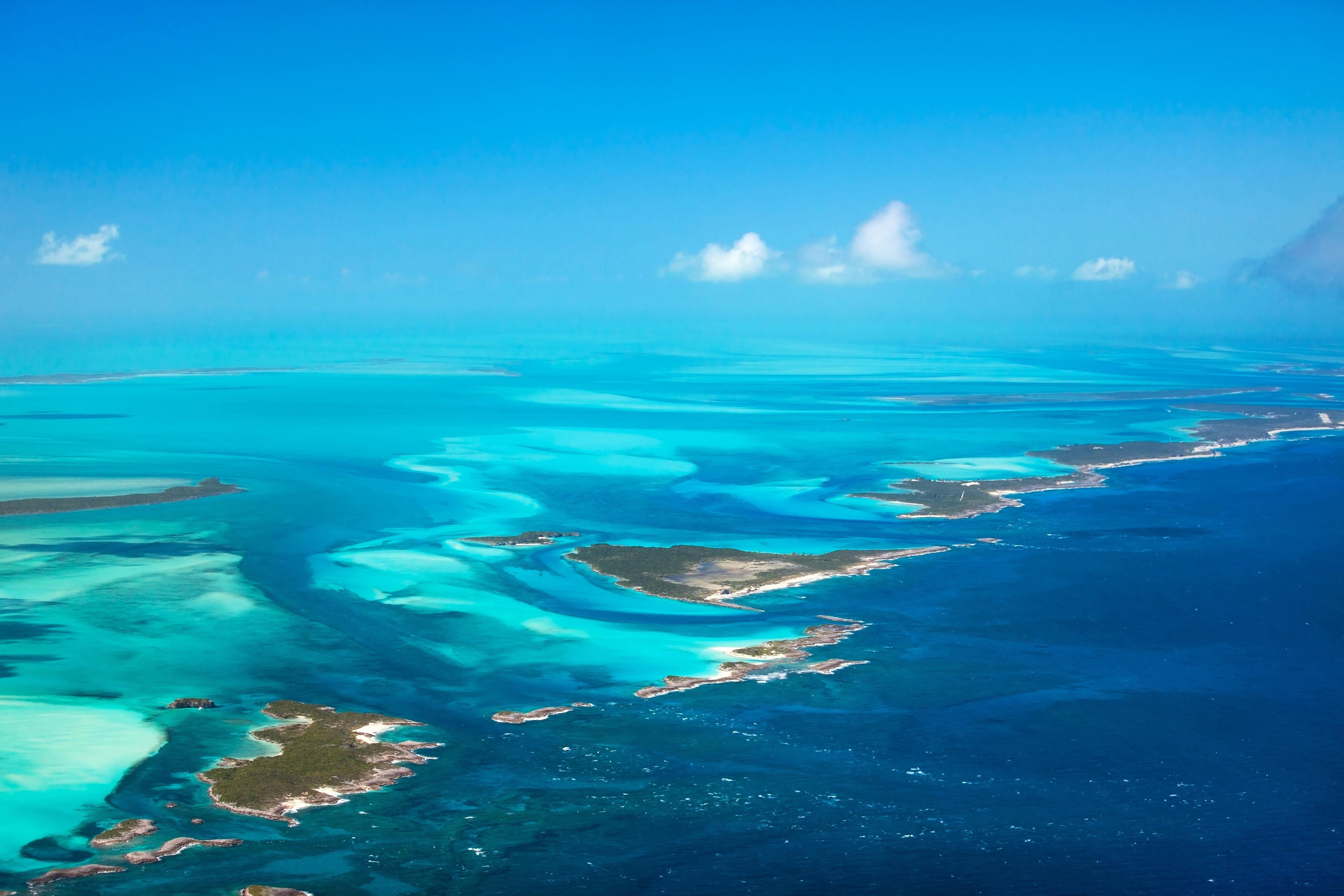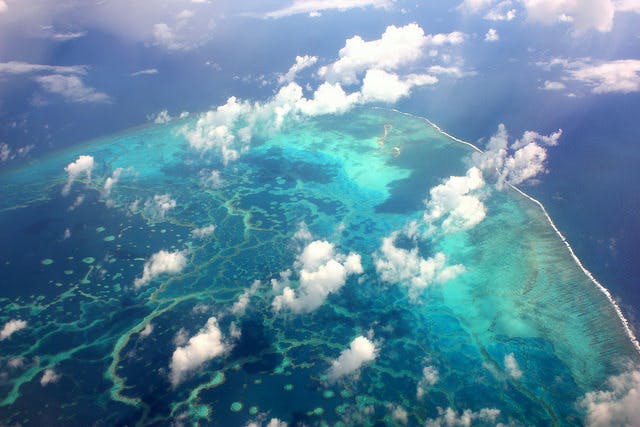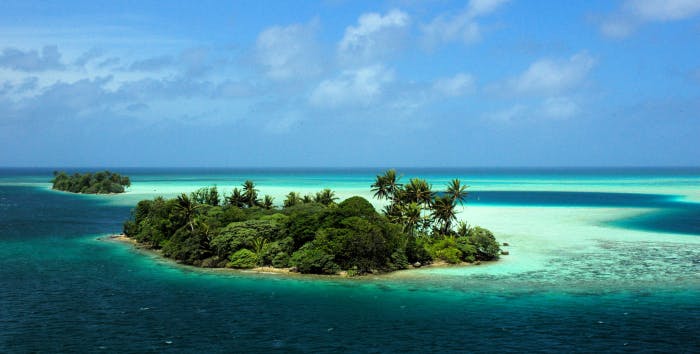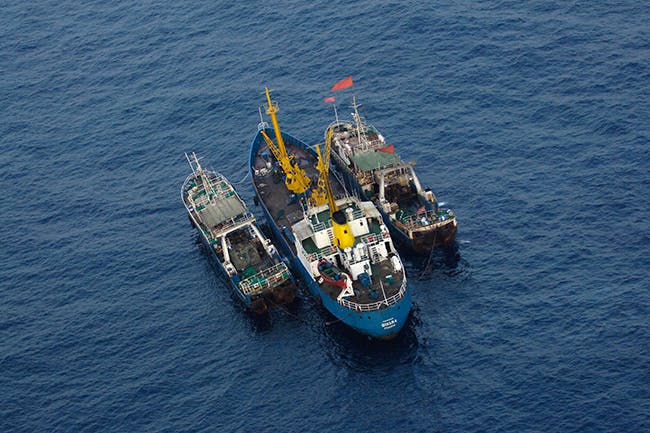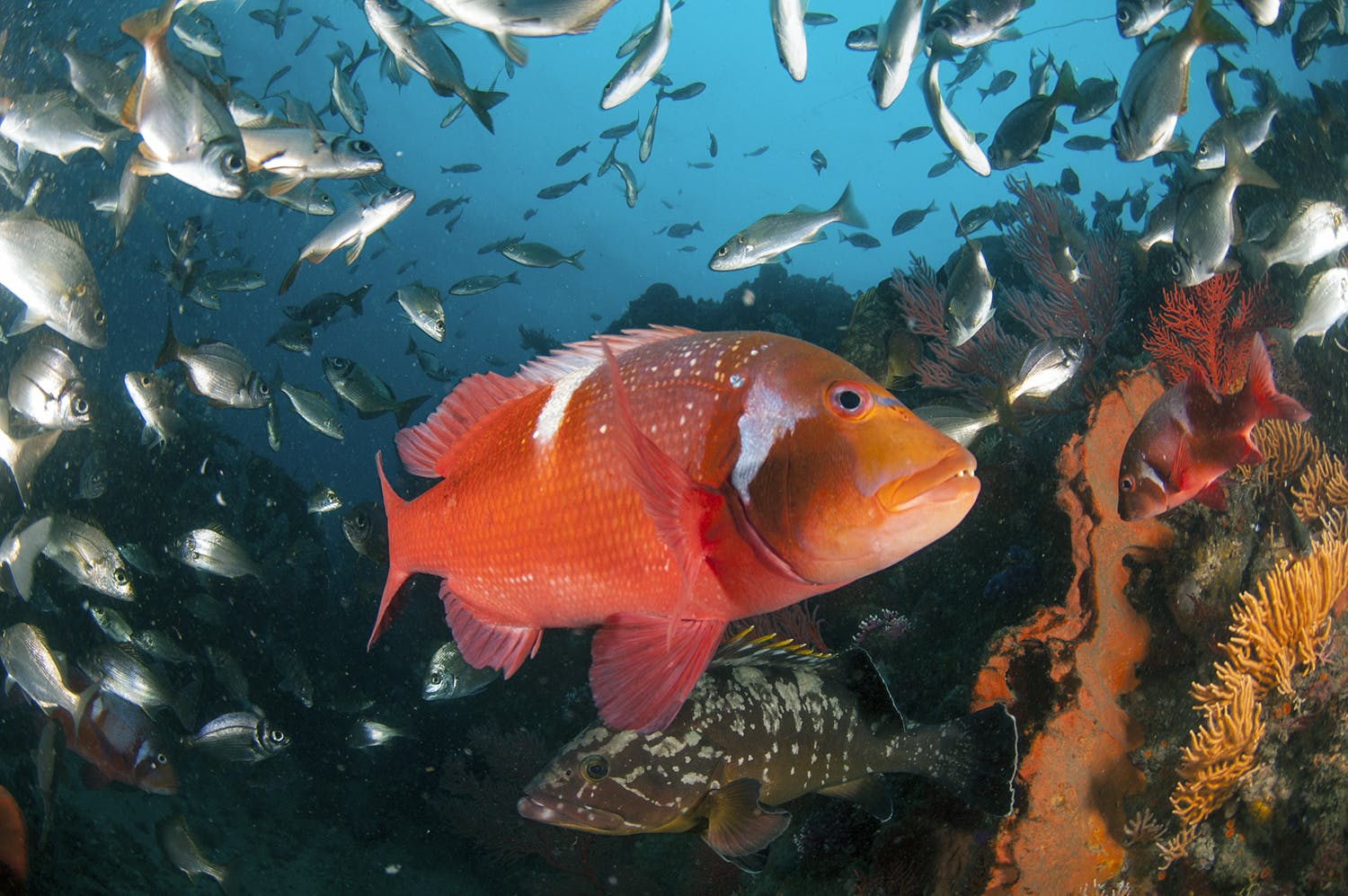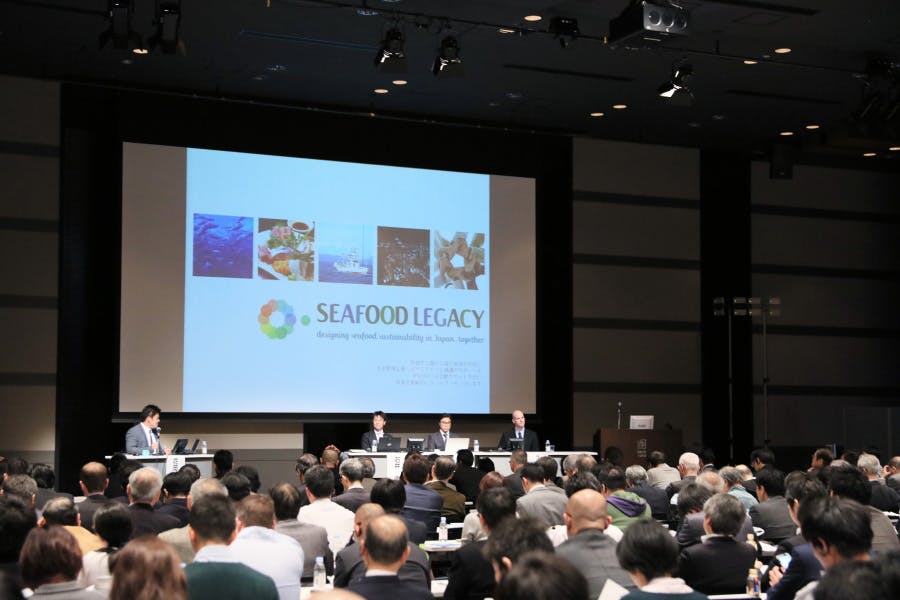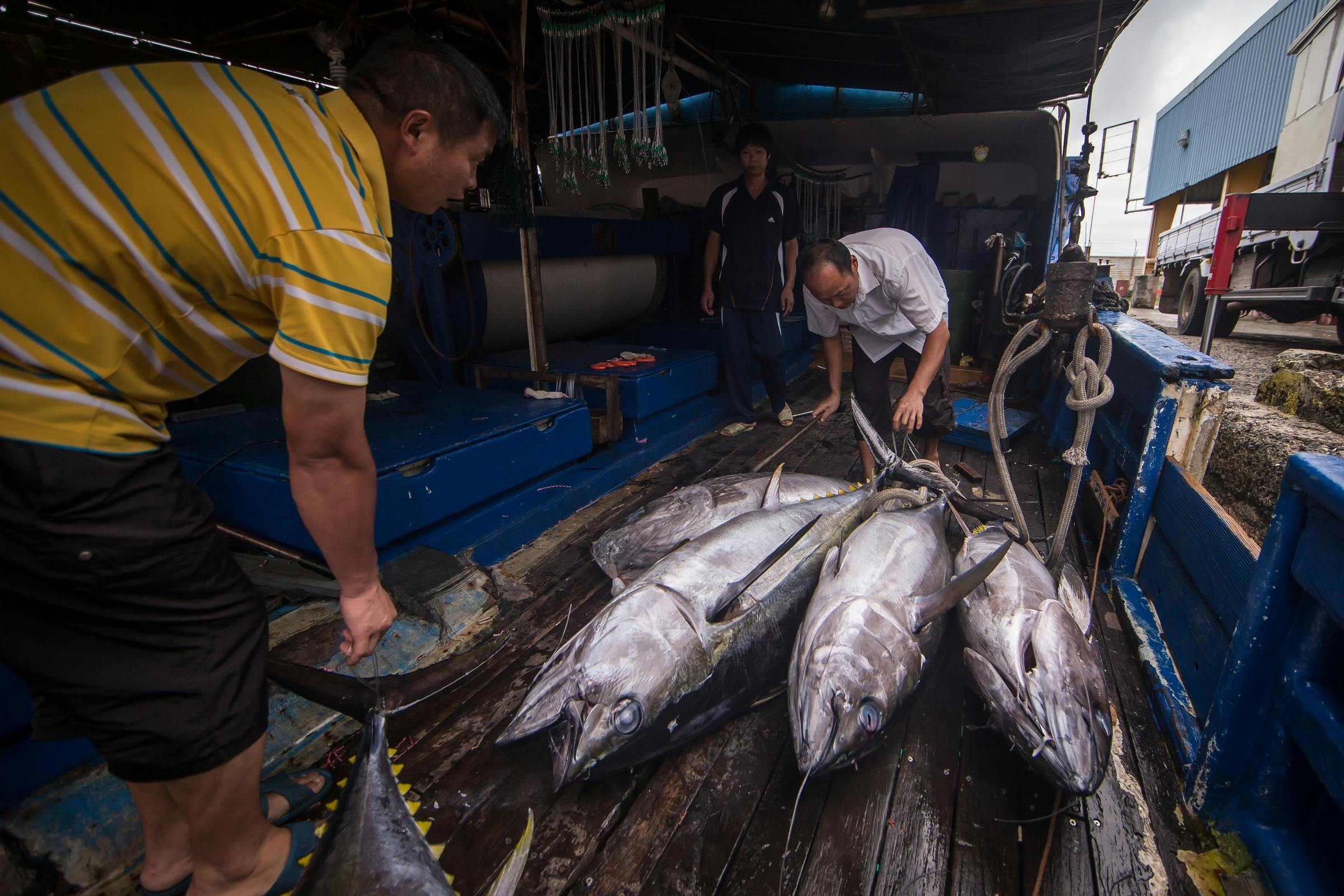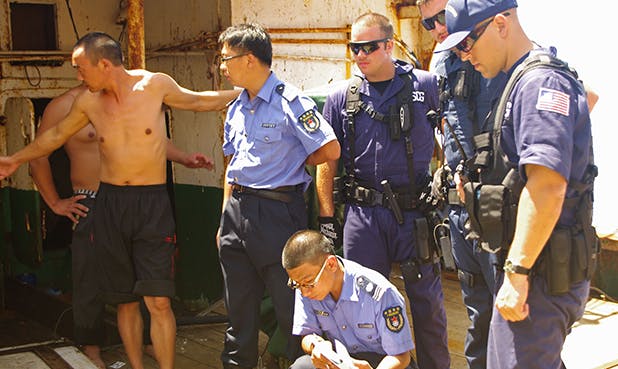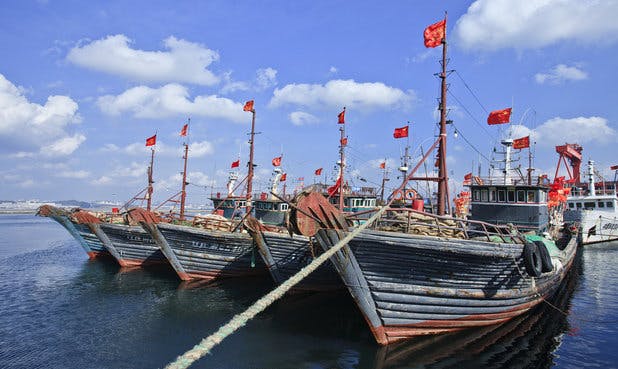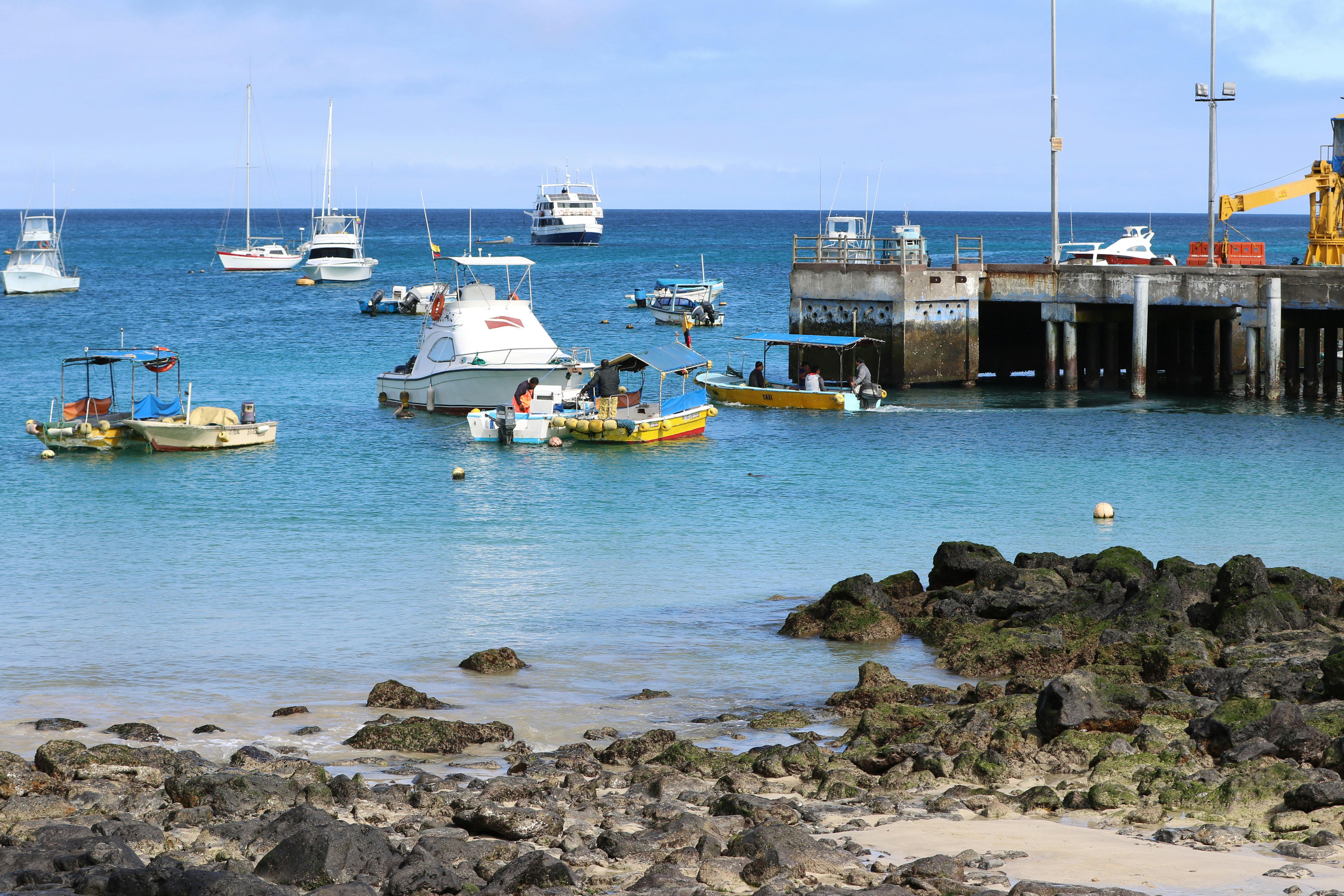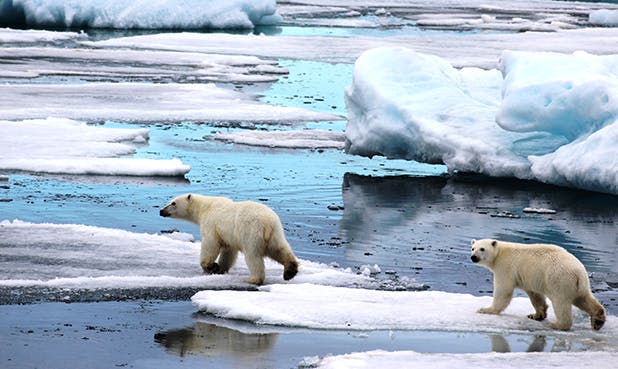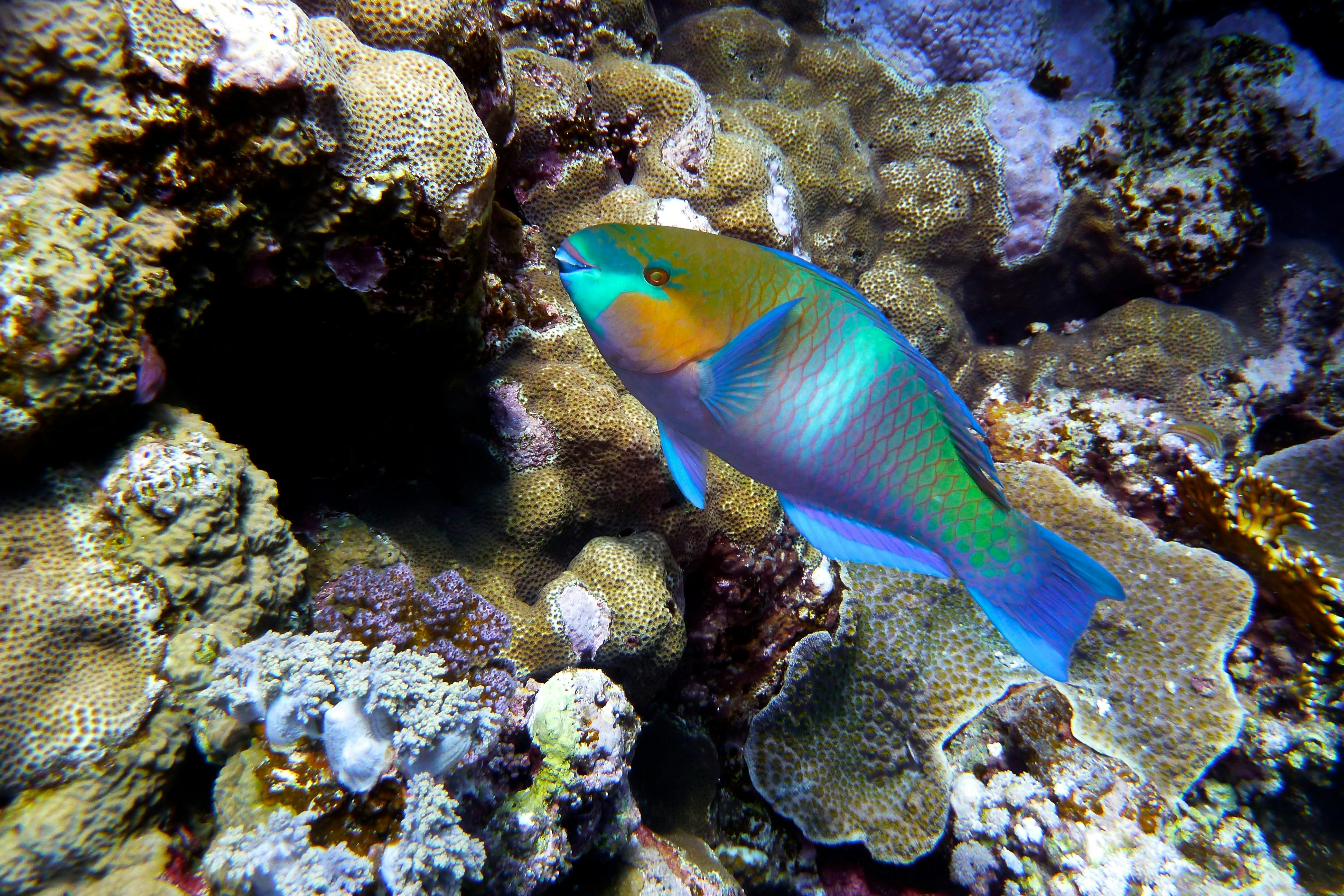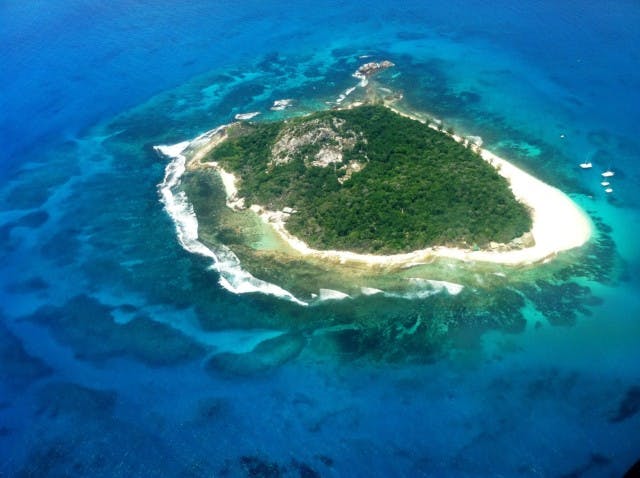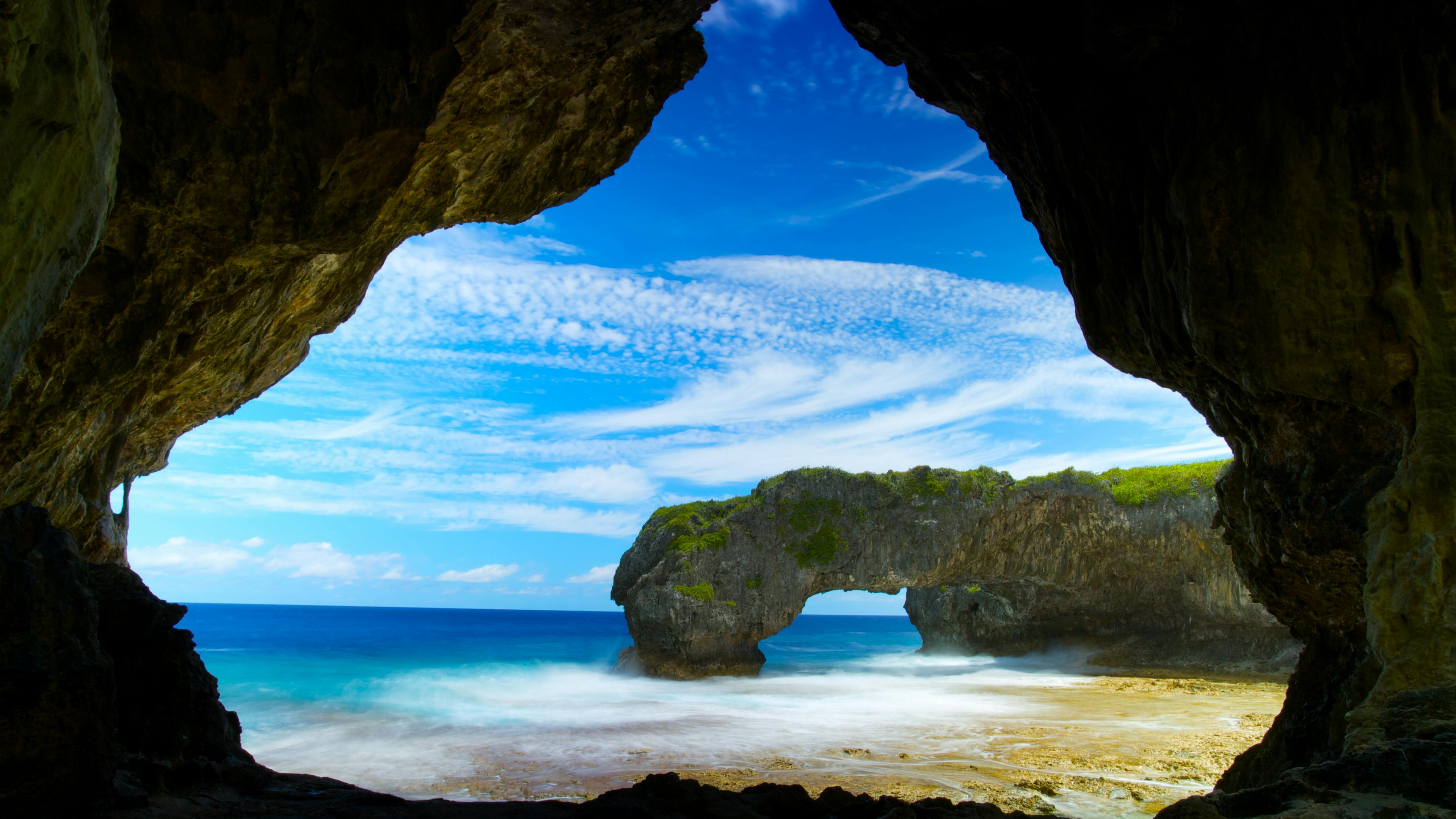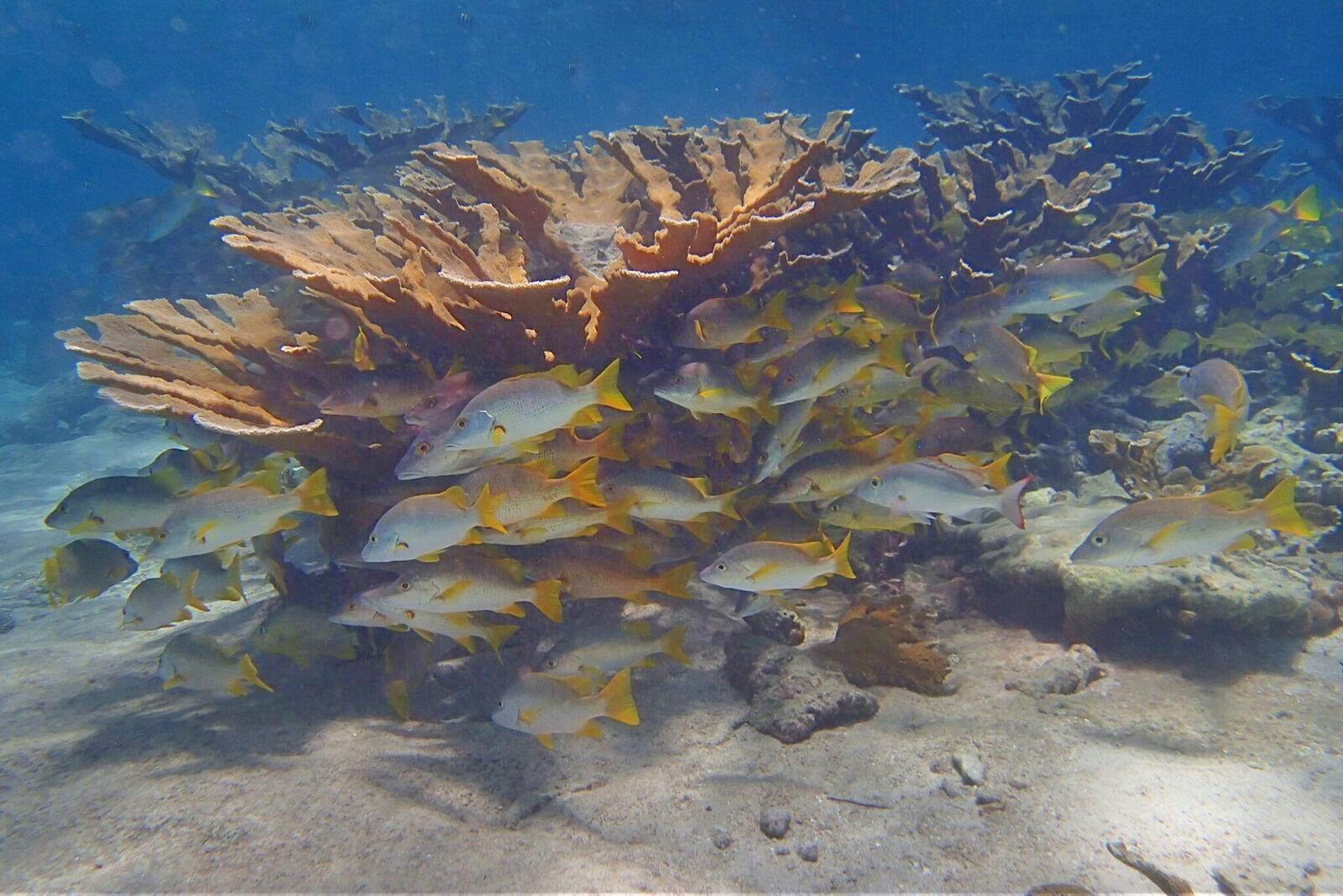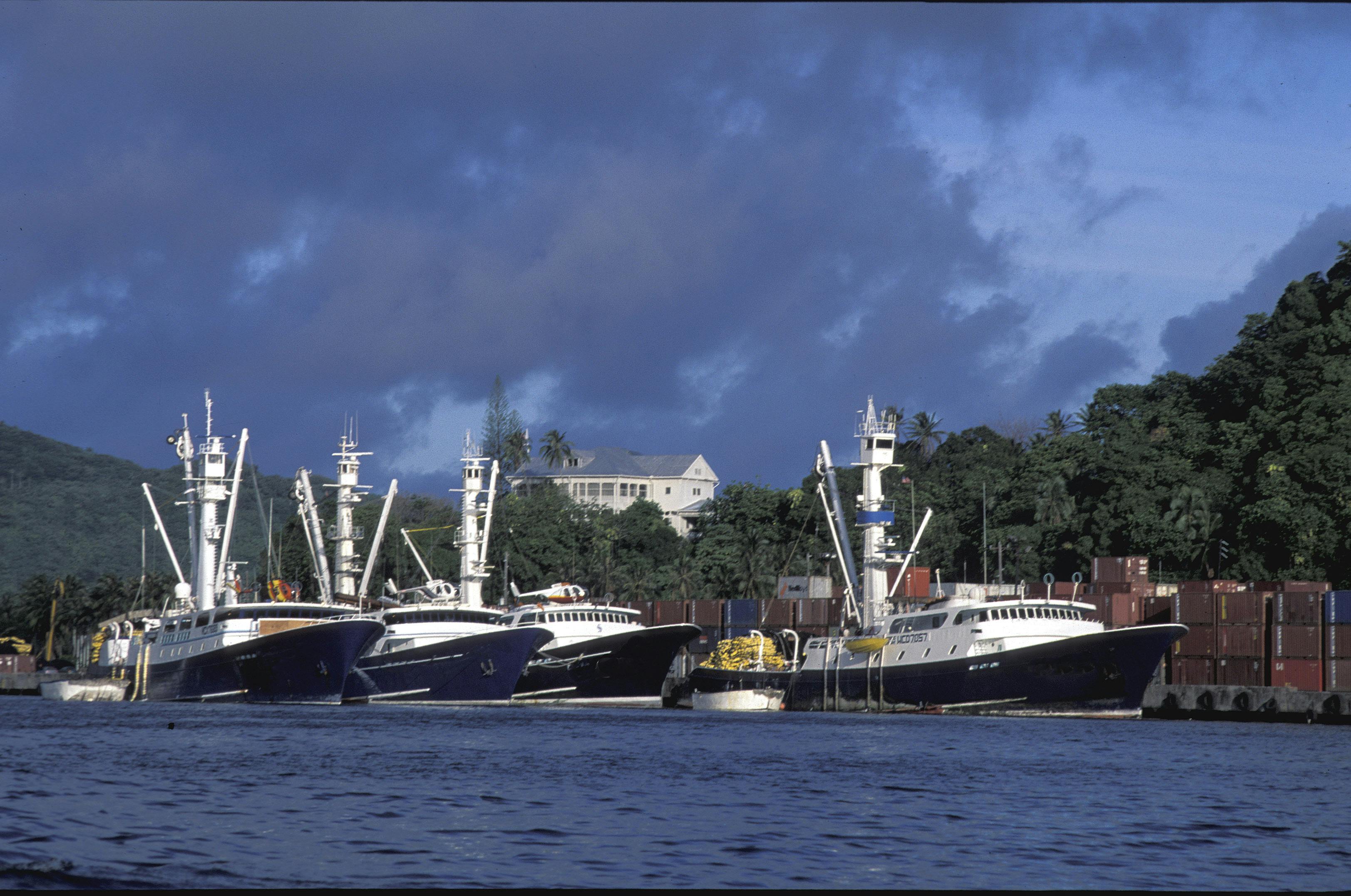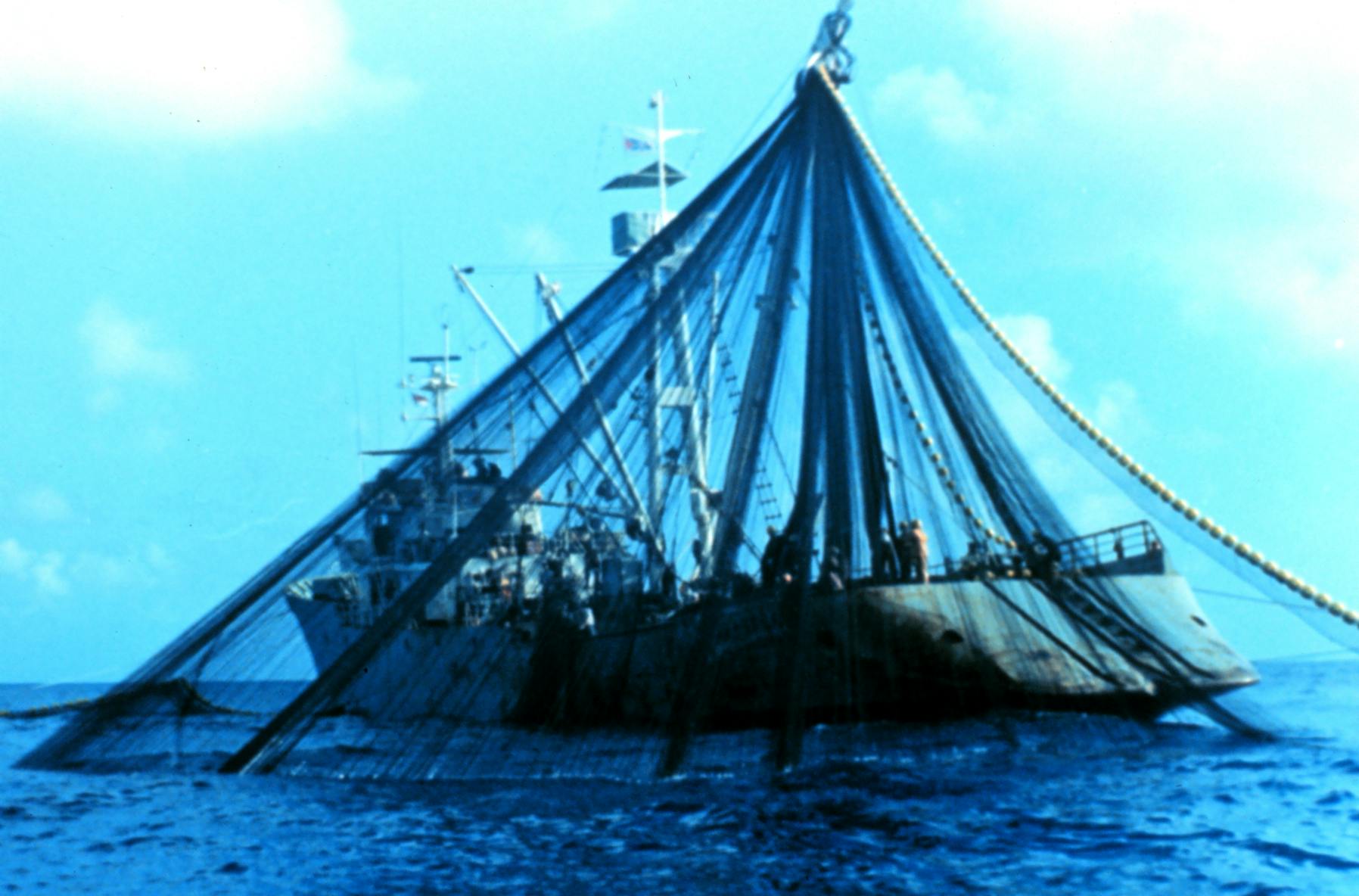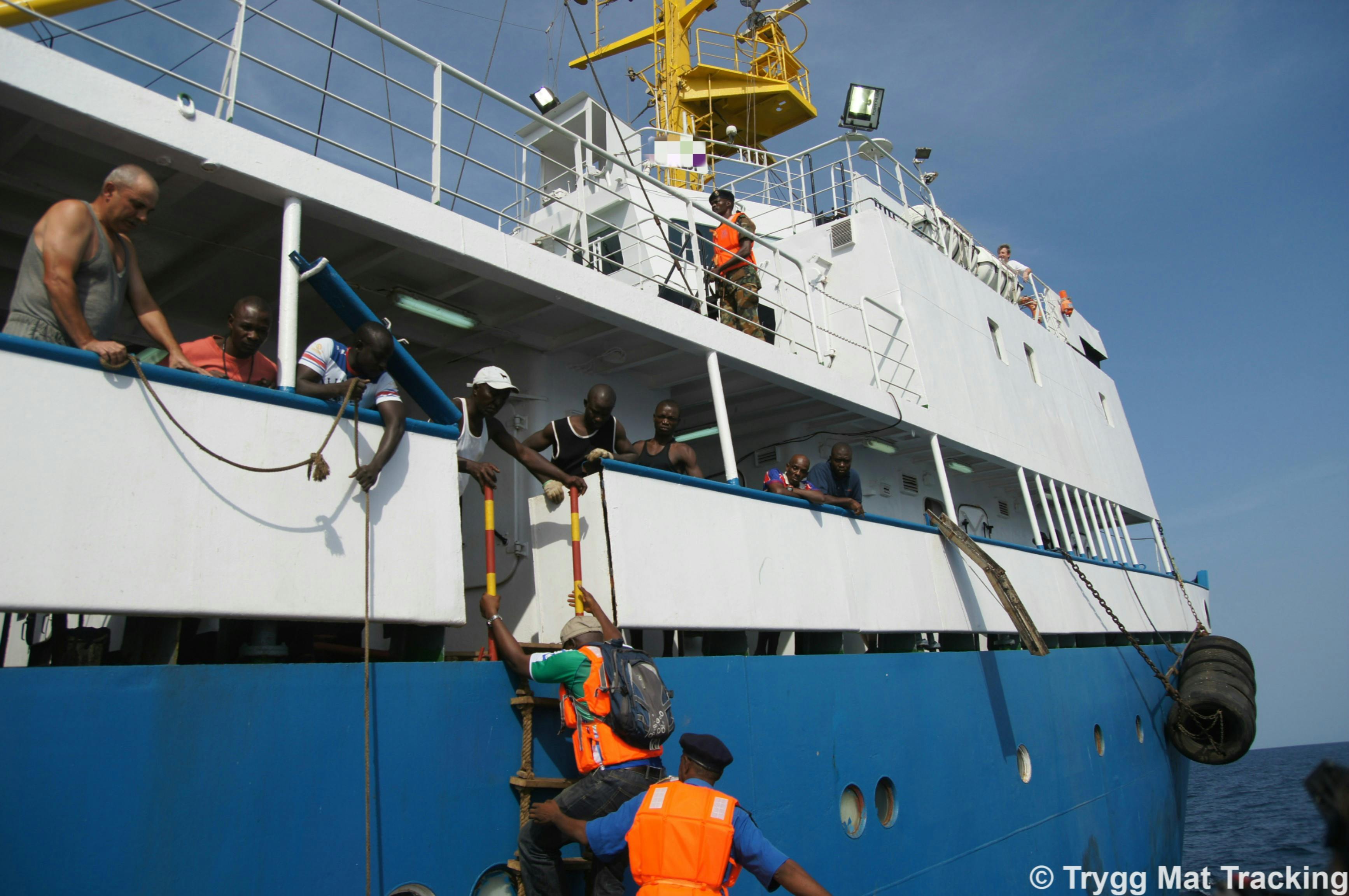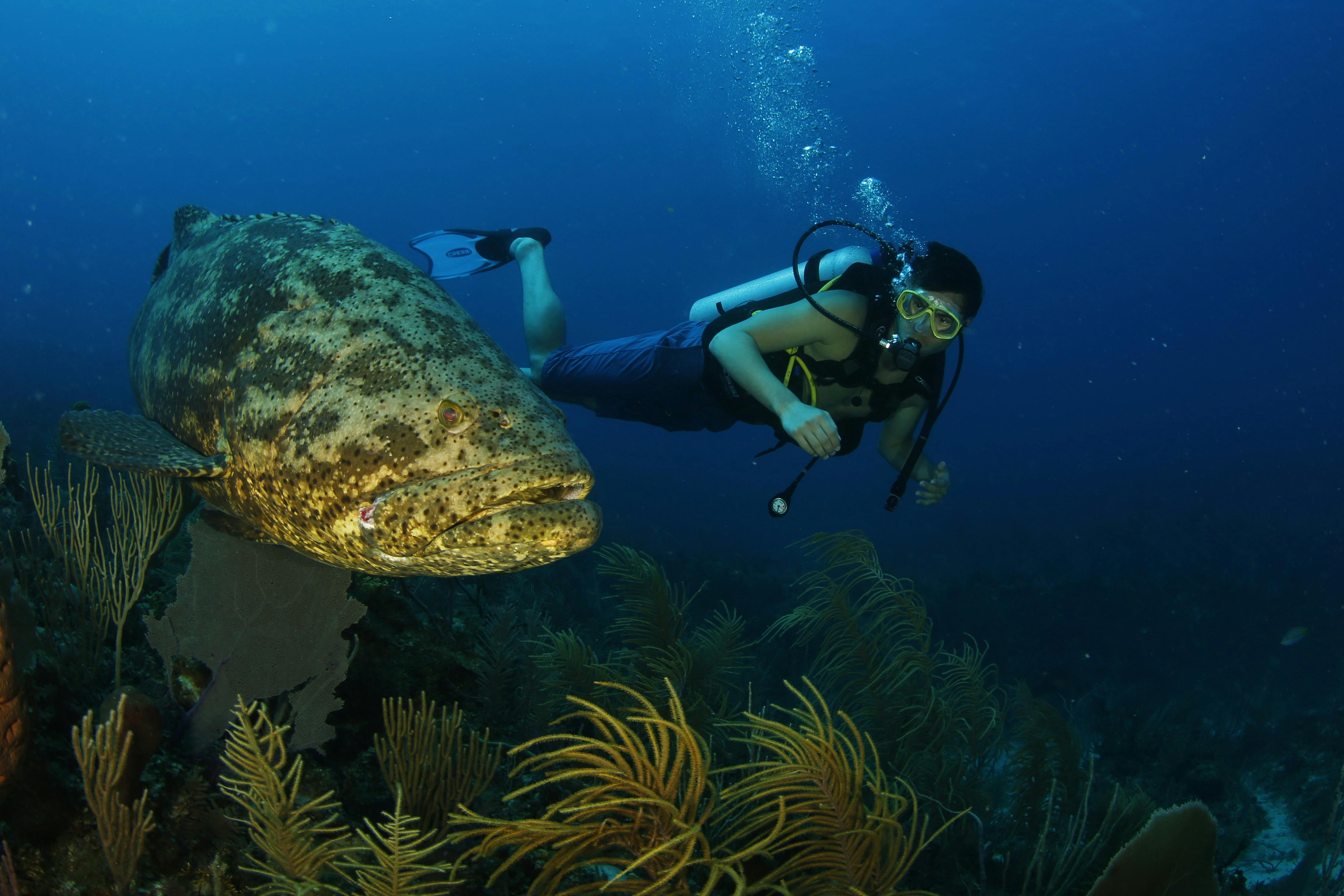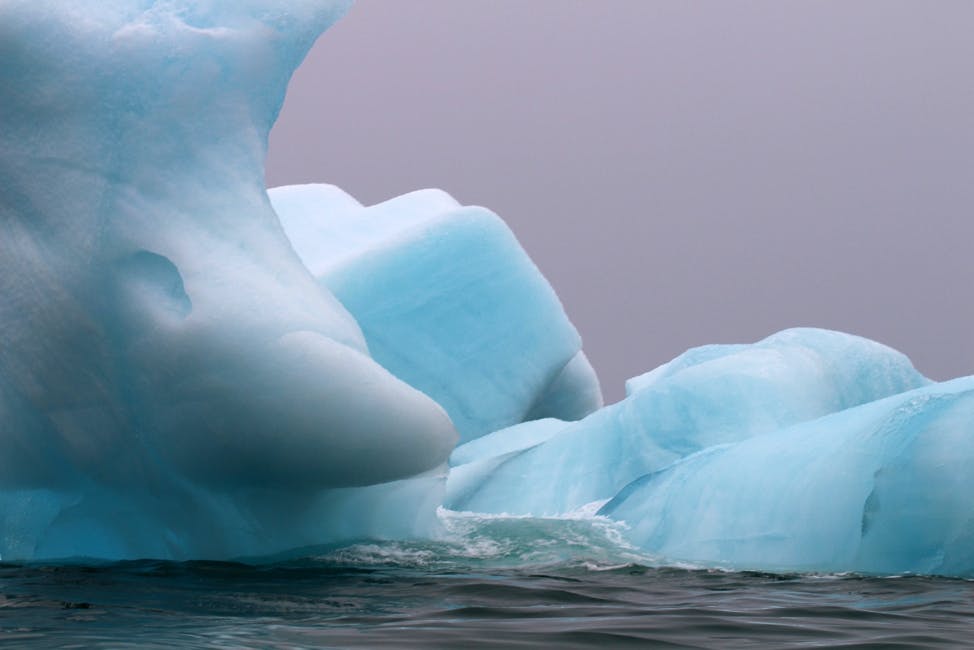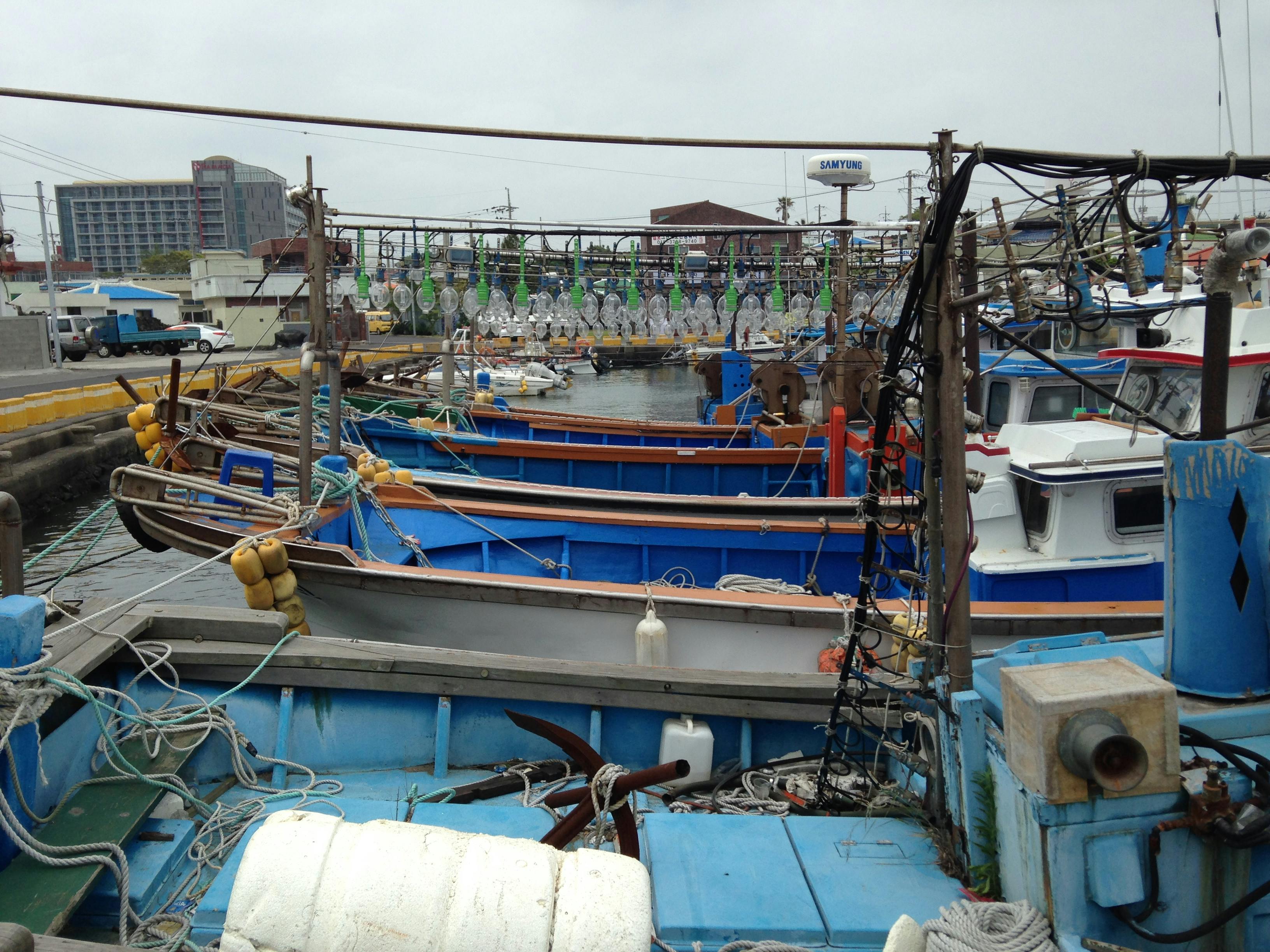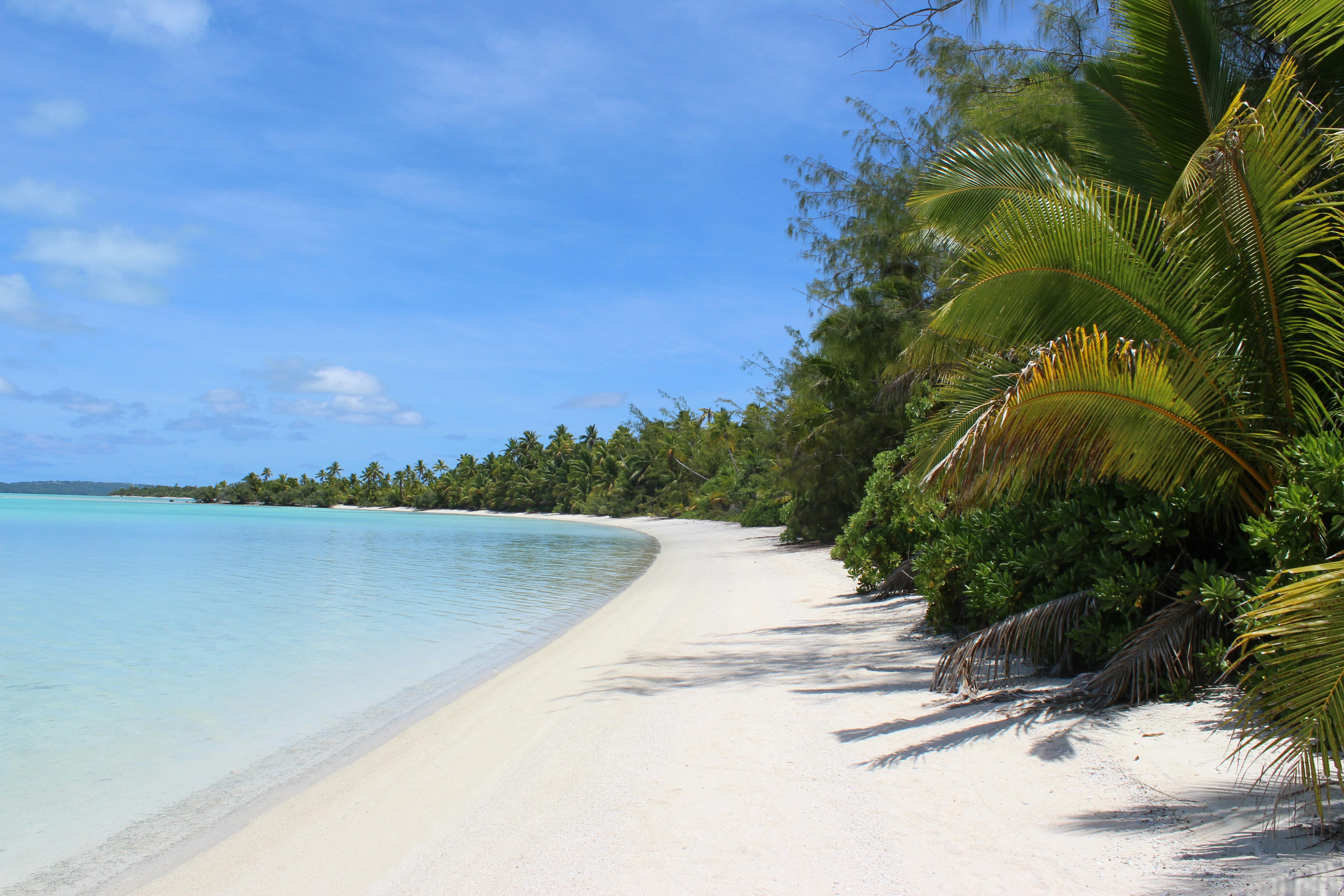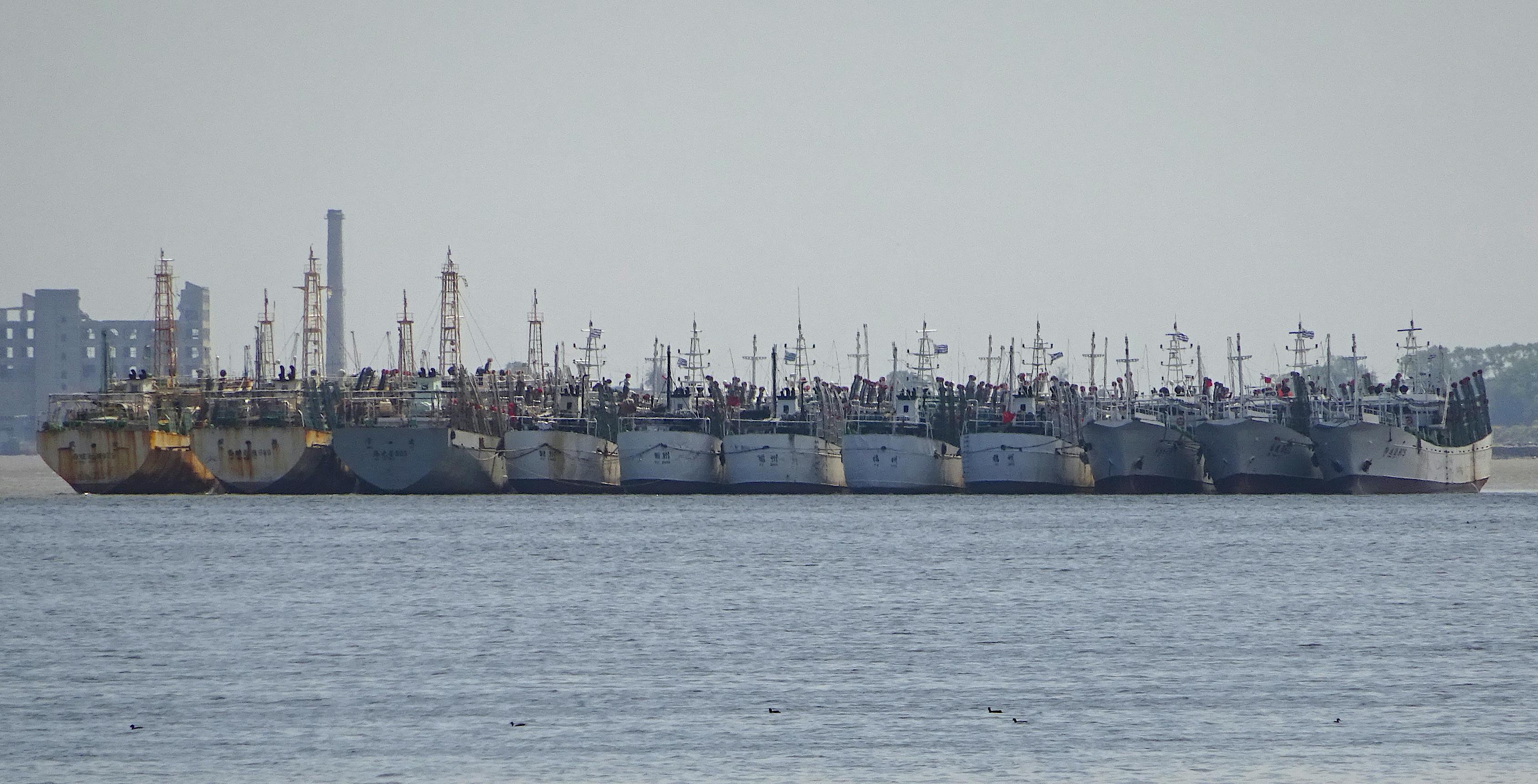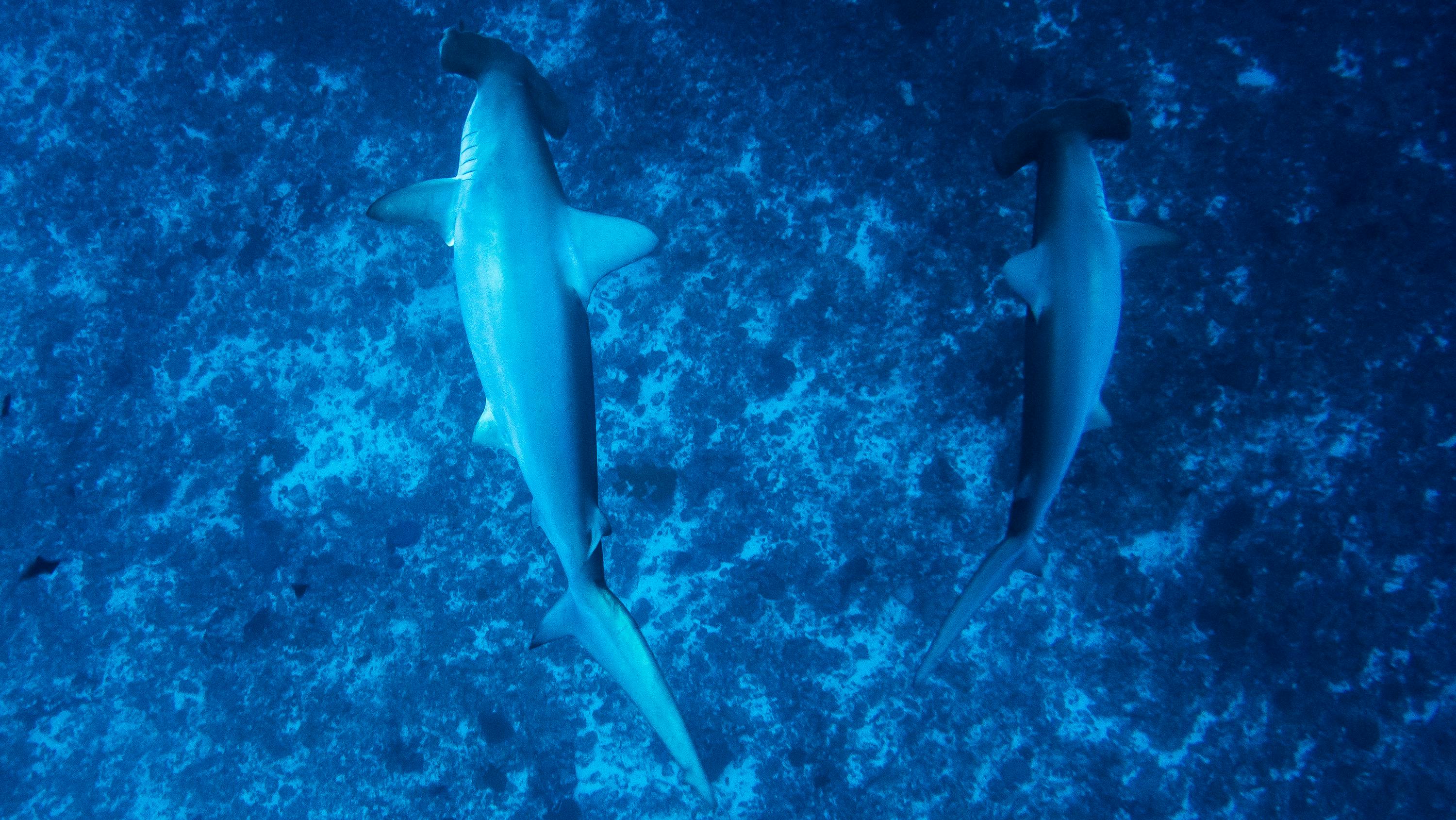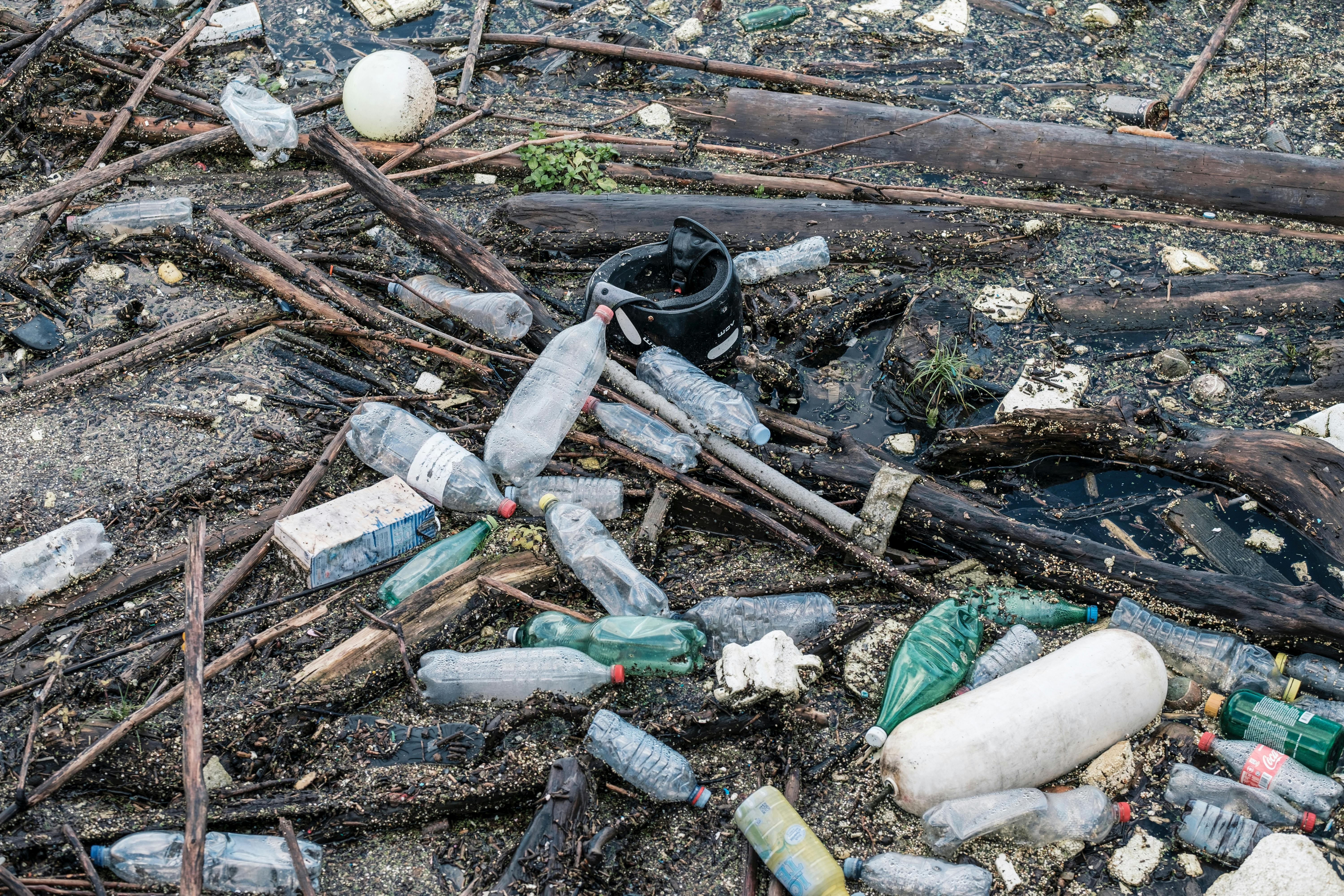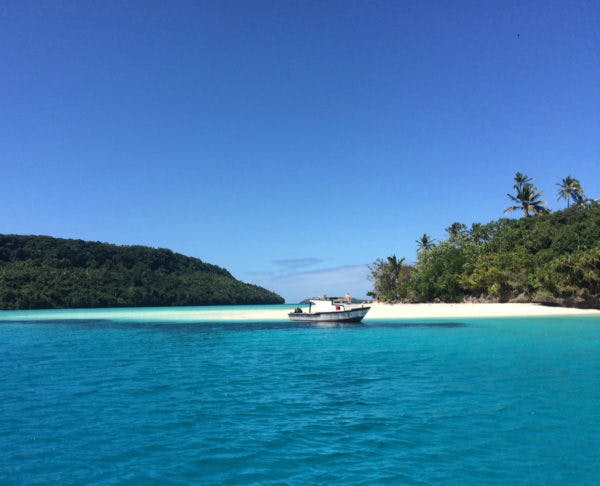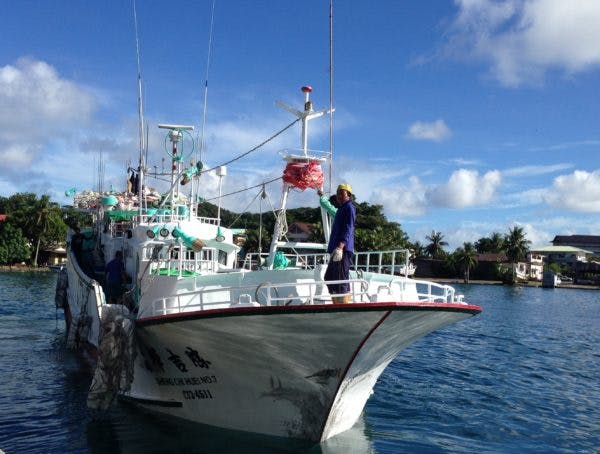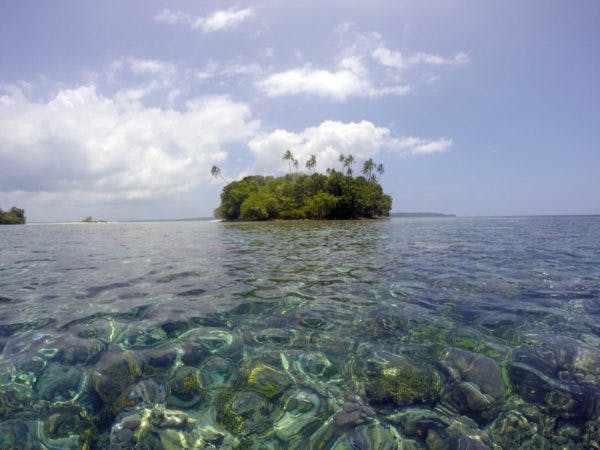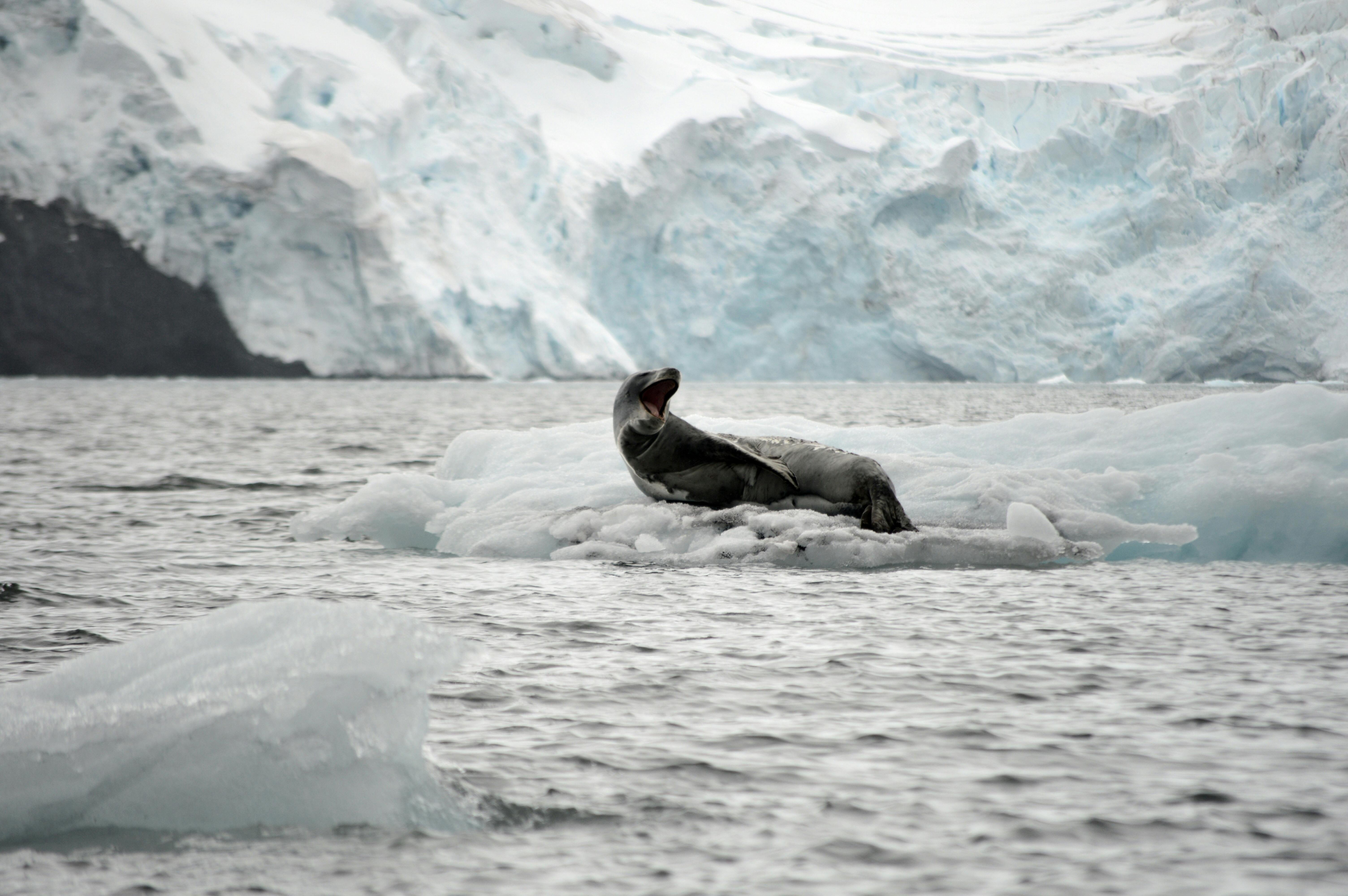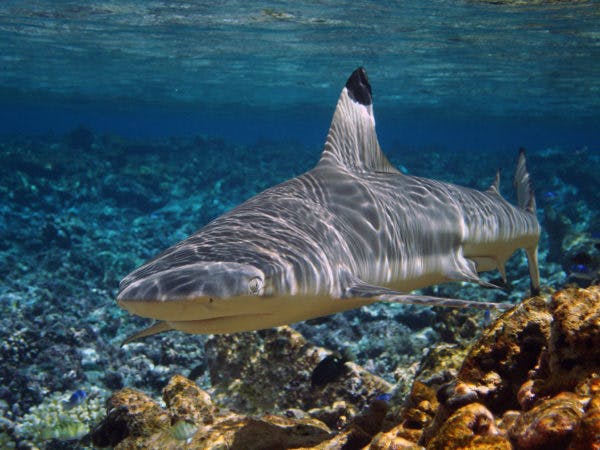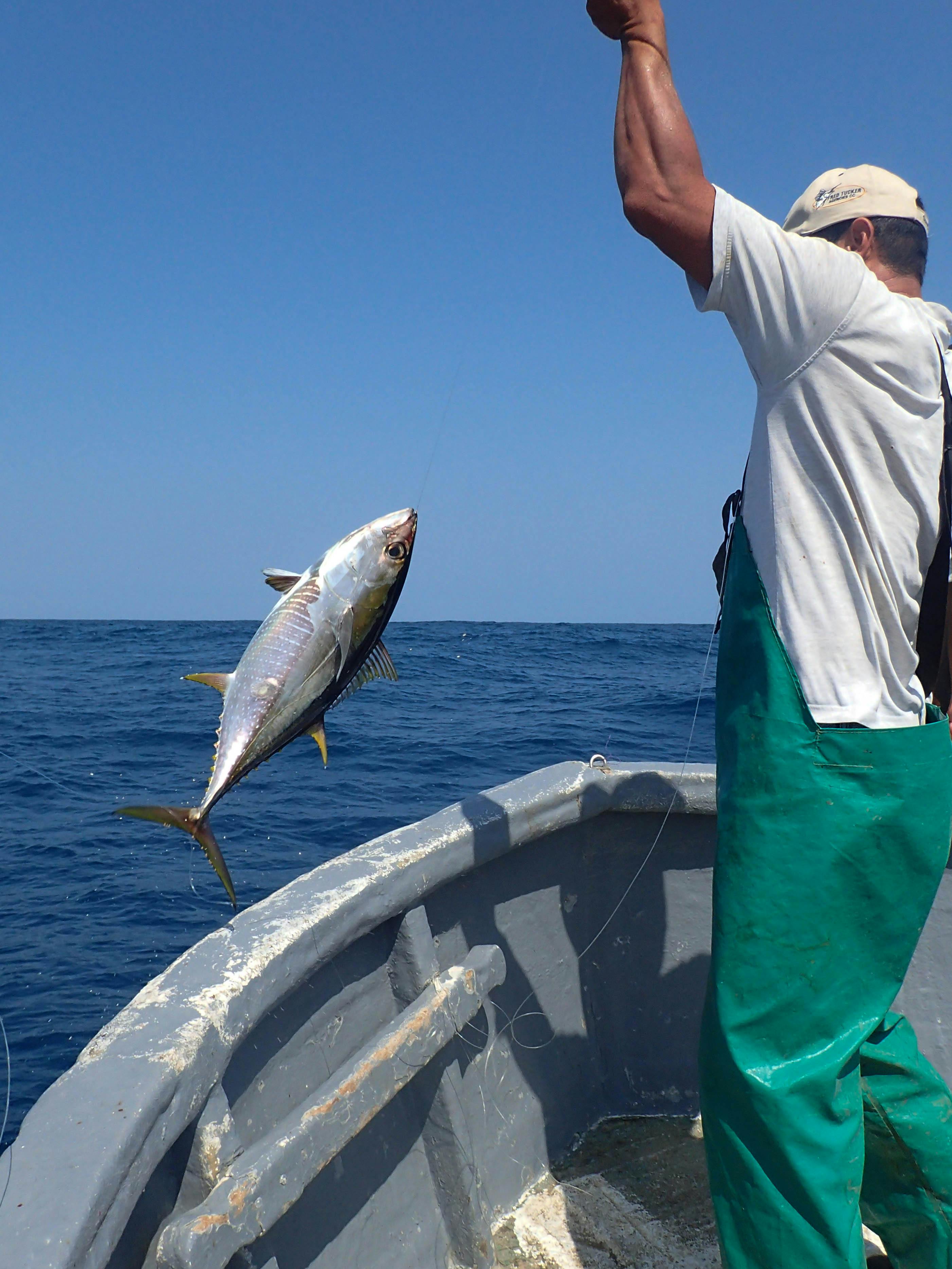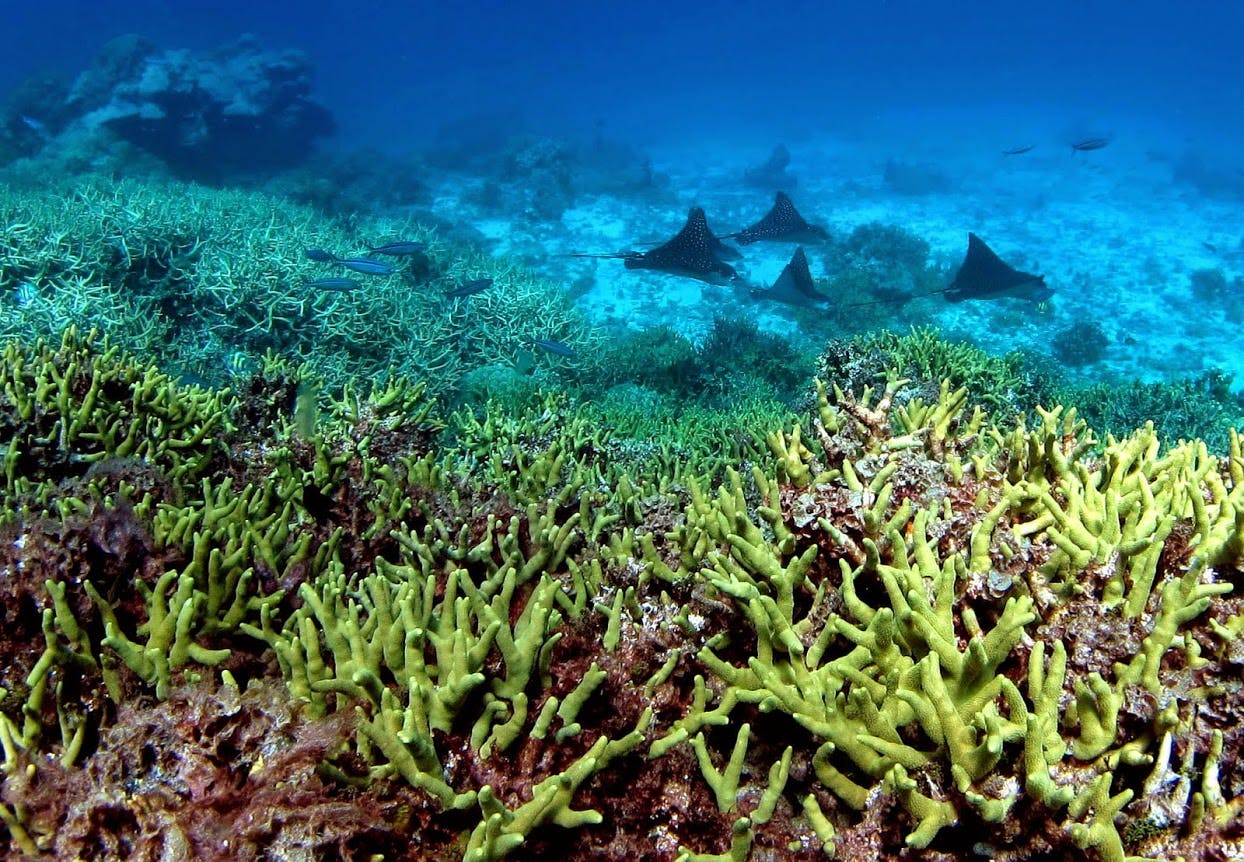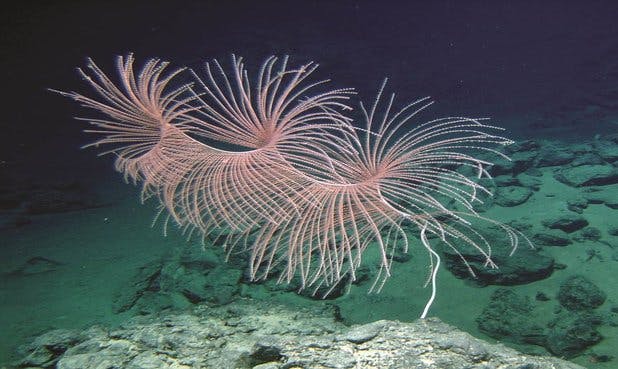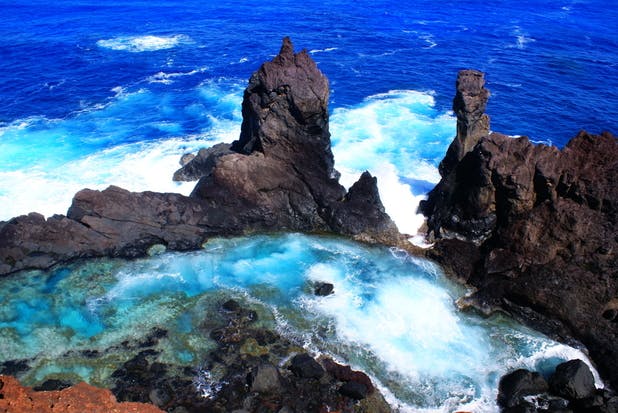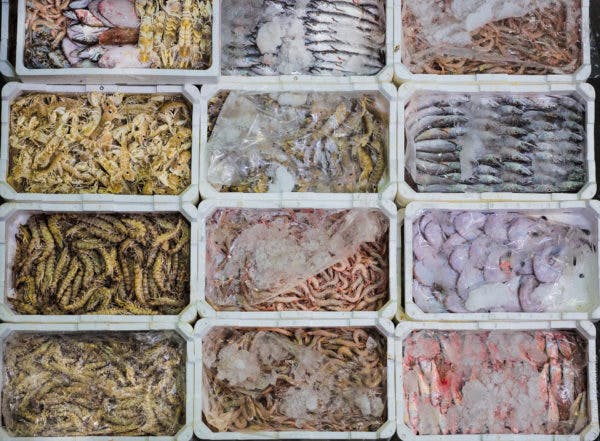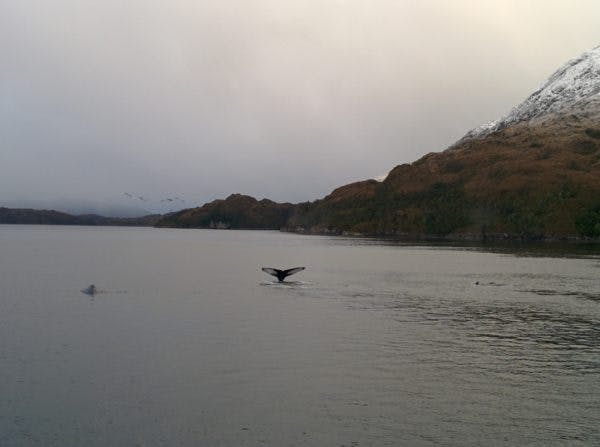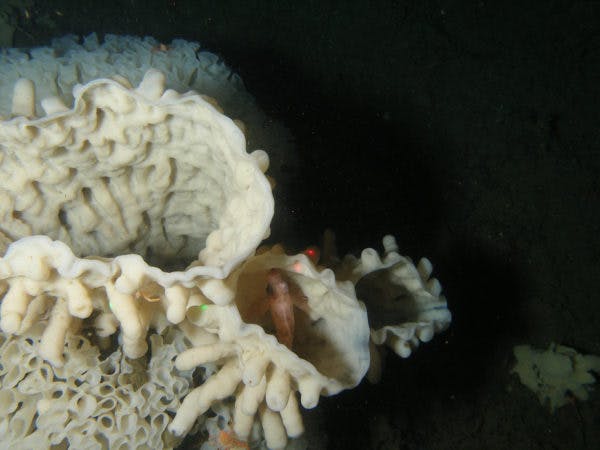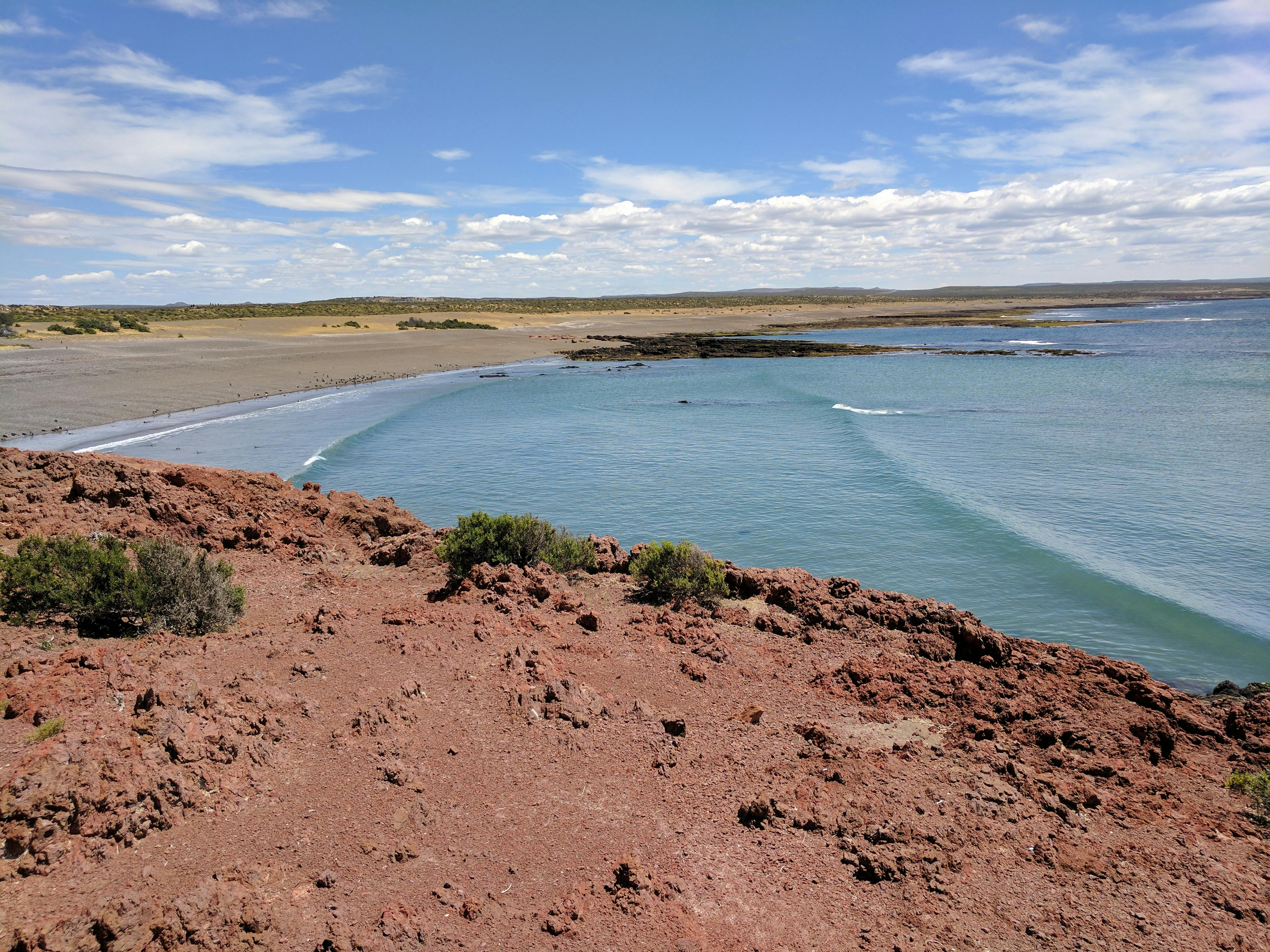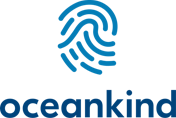We prefer time-bound efforts involving multiple organizations working toward common policy objectives. Our work focuses on projects to stop overfishing and to establish marine reserves, the two highest ecological priorities identified by marine scientists. We are inspired by opportunities, particularly ones that can bring lasting benefits to coastal communities.
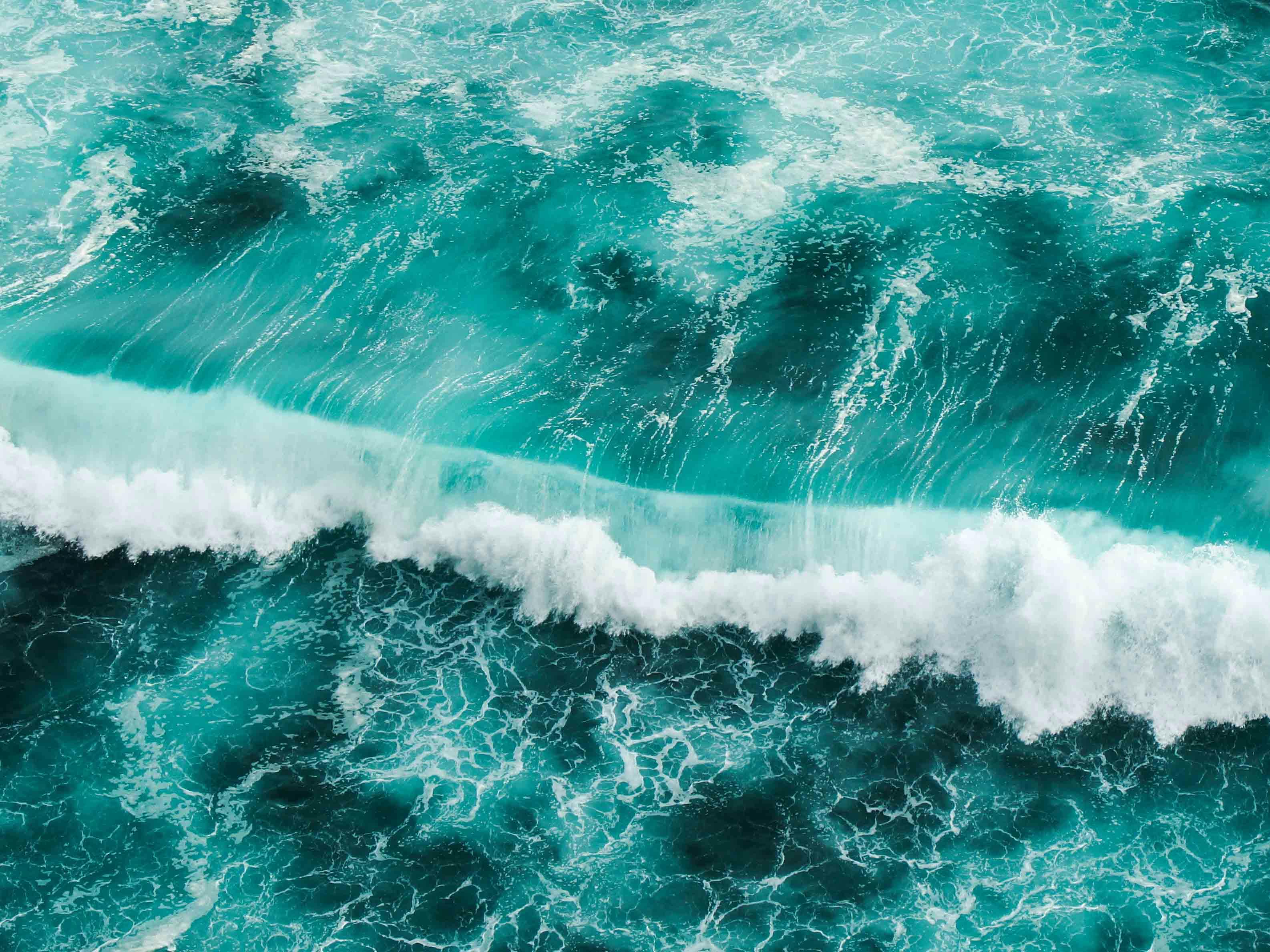
Current Projects
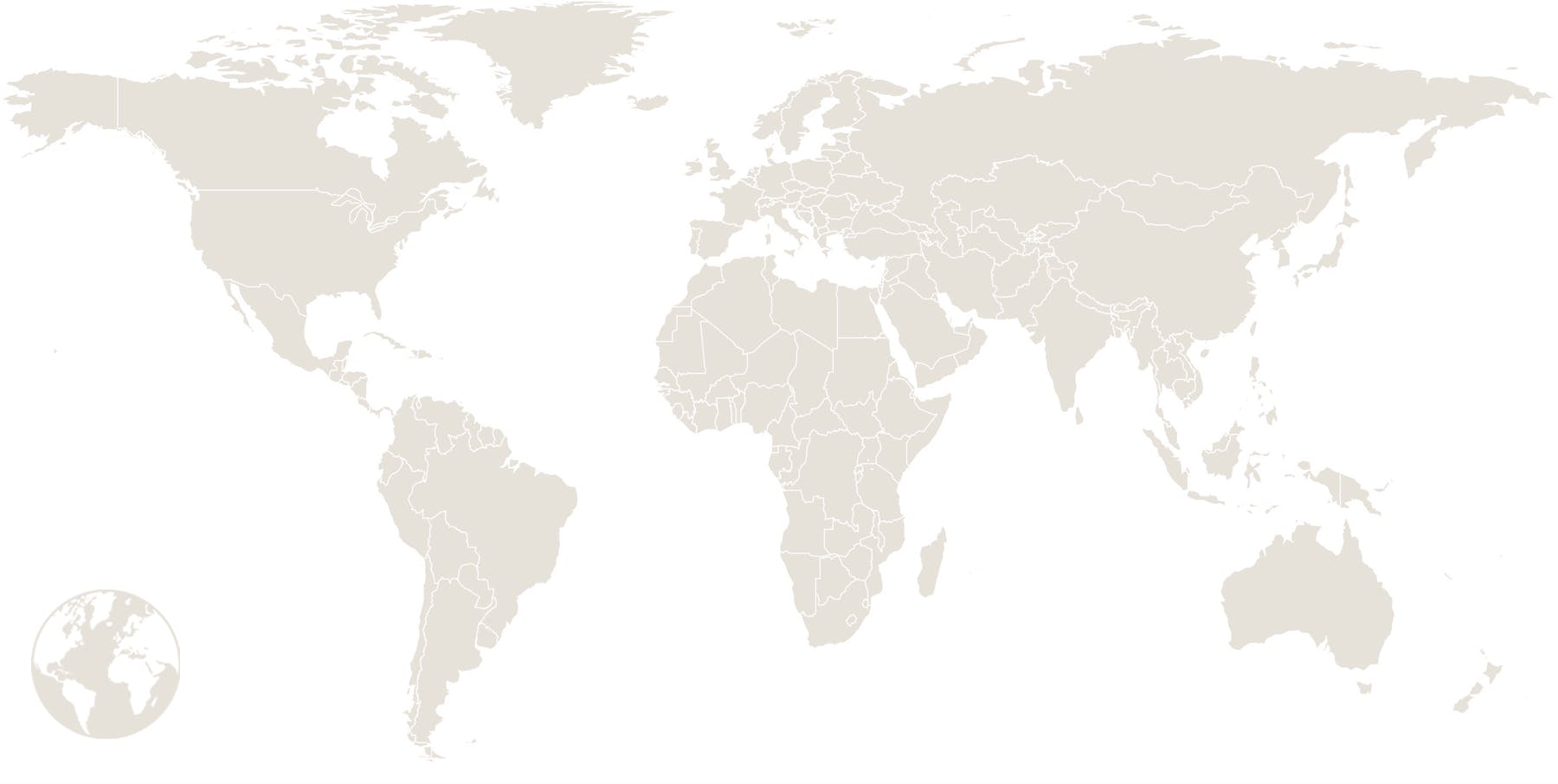
-
-
The Marine Protection Atlas: A Global Accountability Tool for Tracking Marine Protected Area Progress
Marine Conservation Institute, founded in 1996, is a non-profit organization dedicated to protecting and restoring marine ecosystems and advocating strong protection for at least 30% of the ocean by 2030. Marine Conservation Institute publishes the Marine Protection Atlas, researches and assesses the effectiveness of marine protected areas against The MPA Guide framework and tracks the progress of nations to achieve the 30x30 protected area target of the Global Biodiversity Framework.
-
New Central Arctic Ocean Protections
The Arctic Ocean is both teeming with life and an essential element of global climate regulation. The 1.1 million square mile high seas area surrounding the North Pole — called the Central Arctic Ocean (“CAO”) — is so important that an international agreement to prevent the start of commercial fishing signed by 10 countries including the U.S., Russia, and China came into force in 2021. But the continued degradation of the ice regime in the CAO caused by the climate crisis continues to damage its habitat and ecosystems while also impeding its alibility to regulate climate well beyond the Arctic region. At the same time, new industrial threats are emerging. Arctic coastal states have filed for extended continental shelf claims for ownership of virtually all of the CAO seabed, a precursor for potential deep sea mining. And proposals for pioneering a Transpolar Shipping Route across the CAO continue to be floated as a way to create a new Suez Canal for global commerce routing without any serious consideration of the impacts to the Arctic from pollution, oil spills, noise, effects on sea ice — not to mention the potential loss of life from ship accidents so far from rescue capability. A new international agreement is needed to recognize the key role the CAO plays in the globe’s climate regulation and to establish long-term moratoriums preventing the start of deep-sea mining and transpolar shipping in the CAO. Combined with a robust science and Indigenous knowledge program, and participation of Arctic Indigenous people in future decision-making, such an agreement would build on the fisheries agreement to create a global commitment to the Arctic befitting its outsized importance.
-
Three High Seas Protected Areas/Steering the Course to 30x30
The future health of our world’s oceans and their ability to continue sustaining life on Earth is in jeopardy. Scientists agree that we must protect 30 percent of the world’s oceans by 2030 in order to safeguard wildlife and avoid the worst impacts of climate change. Through Steering the Course to 30x30, Greenpeace offices around the world, led by an international core team, are driving efforts to meet this ambitious goal. Building from recent momentum following the historic passage of the first Global Oceans Treaty, the Greenpeace network’s Protect the Oceans team is engaging governments and working with allies to mobilize support for formalizing protection of the world’s first high seas marine protected areas in several large, critical marine areas–the Sargasso Sea, Emperor Seamounts, and South Tasman Sea. Through expeditions of the iconic Greenpeace ship, Arctic Sunrise, the project is working in solidarity with coastal communities to conduct targeted scientific research, expose industries that exploit and destroy marine ecosystems, and showcase the unique significance of each place in order to inspire the awareness needed to secure long-term protection and achievement of global 30x30 goals.
-
Australia and Southern Ocean Protected Areas
Protected AreasThere is a window of opportunity to capitalize on the political momentum in Australia to help move the world closer to the 30% sanctuary goal by 2030. Most of Australia’s federal marine parks are due for their 10-year review between now and 2028 and the new federal government has committed to make changes based on good science and consultation. With the third largest EEZ in the world, an established network of marine parks covering 45% of the EEZ, stable governance and financial capacity, Australia is well placed to become a global exemplar for 30x30.The imperative going forward is to increase no-take sanctuary protection of Australia’s EEZ to minimum scientific standards of 30% of habitats. This can be achieved by improving protection within existing marine park boundaries and expanding marine park coverage to fill key gaps in the network. Pew and AMCS’s vision for Australia is to increase no-take sanctuary protection to at least 30% of Australia’s EEZ by 2030, ensuring Australia’s oceans are afforded the high level of protection recognized by science and international standards for MPAs."
-
Global Transparency Coalition
Transparency in discourse, policy and action have advanced tremendously in the past decade, albeit in an ad hoc manner across governments. Progress secured in whole or part by global and national NGOs and civil society collaborations has delivered increases in seafood labeling, public vessel tracking, and the release of information on licenses, quotas and enforcement actions. Moreover, fisheries transparency is an essential precondition for so many other marine sustainability objectives, from robust marine protected area enforcement to inclusive, science-based fisheries management.
The next step towards achieving global fisheries transparency is to knit together these areas of progress through a dynamic, multinational coalition of transparency advocates. Through this, we can more effectively coordinate our campaigning efforts, communicate the urgency of the issue, and elevate the need for transparency in the global agenda, thus helping deliver the changes needed for our oceans and the communities who rely on them.
Oceana and EJF propose to develop a Global Transparency Coalition that will build a strong, international community among global transparency leaders, sharing information and resources as well as helping to secure new support where gaps are identified. Reinforcing this, an ambitious, global communications effort will create a growing drumbeat of interest - elevating fisheries transparency beyond the marine policy bubble.
-
Removing Barriers to Effective Fisheries Transparency in the EU and Beyond
With this project, the EU IUU Coalition is proposing to improve the transparency and accountability of the EU fleet, minimise the devastating impacts of flags of convenience in fisheries, and leverage the current momentum in the EU and in the USA to engage other key States around the world to follow suit and raise international standards in fisheries transparency. To deliver this programme of work we propose to not only campaign in Brussels but also cooperate closely with NGO coalitions around the world, particularly in the USA and Japan.
-
Establishing the Joint Analytical Cell
The Joint Analytical Cell (JAC) will be established by TMT, GFW and IMCSN as a collaborative effort designed to harness the complementary information gathering and analytical capabilities, fisheries intelligence tools and databases, and international partnerships of the three founding organizations. The JAC represents the first step in what can develop into a larger coalition of like-minded organizations and a ‘home’ for technology, data and operational support that will be a representative model for how State and non-State actors can collaboratively work together to achieve the shared goals of (a) detecting, deterring, and eliminating Illegal, Unreported, and Unregulated (IUU) fishing activities, (b) increasing overall transparency of fishing activities at sea, (c) building the capacity of developing countries to more effectively and efficiently implement and maintain their own MCS regimes, and (d) levering data and technology to inform and support global fisheries policy and governance processes and strengthening.
The JAC is a cooperation mechanism between the founding partners (and future partners). As such, the JAC will not have its own website or logo. While JAC outputs will be ‘fronted’ by the implementing partners to receivers, the JAC can be clearly identified as the source of analytical and MCS capacity building efforts. This approach will ensure the JAC is credited and underline the importance of collaboration and its benefits, highlighting the mechanism the JAC offers, while avoiding the impression, or confusion, of another new entity joining those already active in this sphere.
Public communications related to JAC work will be overseen and implemented by communications staff at the partner organisations, with one existing communications manager designated as key point of contact to coordinate collective JAC efforts. Public communications will primarily relate to JAC outputs under Focus Area 5 – Global Issues of interest – which will be coordinated with the work of the policy group, where relevant. In addition, there will be communications targeted at JAC country partners, through analytical outputs and MCS capacity building work, designed to highlight the operational advantages of transparency for more effective fisheries MCS and governance.
-
30X30 Ocean Alliance
The goal of the 30X30 Ocean Alliance is to ensure that the global biodiversity framework to be adopted under the Convention on Biological Diversity includes a commitment to protect or conserve at least 30 percent of the ocean through highly and fully protected marine protected areas and other effective area-based conservation measures that demonstrate comparable benefits for biodiversity. Our members are national and international environmental organizations united around this shared goal.
The ocean is vital to the health of the planet and all species that inhabit it. It produces 50 percent of the oxygen we breathe and drives our weather. The ocean provides food, livelihoods, and recreation for billions of people. And a healthy ocean is vital to tackling climate change.
The 30X30 Ocean Alliance endorses the goal to protect or conserve at least 30 percent of the world’s ocean and is working within CBD processes to to include an increased percentage target for area-based ocean conservation and keep the issue high on the global conservation agenda for at least the next decade. Our aim is to spur increased protection and management in national waters and on the high seas.
-
Antarctic MPAs Campaign
Antarctica’s Southern Ocean is one of the last great wilderness areas remaining on earth. Securing protection of this region and its unique biodiversity is a significant conservation opportunity. There is a growing body of scientific evidence that protecting 30 percent of the ocean globally is needed to maintain global ocean health. Enhancing protection for the Southern Ocean is a critical part of reaching that objective.
The waters surrounding Antarctica are governed by the Commission for the Conservation of Antarctic Marine Living Resources (CCAMLR) the 26-member organization created by international treaty, which includes the United States, the European Union, Russia, and China. Obtaining consensus support of all members is necessary to adopt any measure. In 2009, CCAMLR committed to creating a representative system of MPAs in line with commitments made at the 2002 World Summit on Sustainable Development (WSSD). Five years later CCAMLR designated the Ross Sea Region Marine Protected Area, which, at 2.02 million square kilometers, is the largest protected area in the world.
The Antarctic and Southern Ocean Coalition (ASOC) is supported by more than 15 dues-paying member organizations who work collaboratively to defend the integrity of the Antarctic and Southern Ocean ecosystems from human activities. It is uniquely positioned to do this because of its official observer status within the Antarctic Treaty regime. Member organizations, including Greenpeace International, The Pew Charitable Trusts and WWF, share the goal of securing at least two more marine reserves in the Southern Ocean.
In this project, ASOC and its partners are working towards the designation of three existing MPA proposals: the East Antarctic (proposed by Australia, France and the EU), Weddell Sea (proposed by Germany and the EU) and Antarctic Peninsula (proposed by Chile and Argentina). When designated, these MPA proposals will protect up to 3.8 million square kilometers. However, additional MPAs will need to be designated to realize a truly representative system, and ASOC therefore also supports the development of proposals for additional regions of the Southern Ocean. ASOC's activities for the project include outreach and advocacy to CCAMLR Member countries, participation in CCAMLR meetings, and public outreach to increase awareness of the importance of protecting Antarctic marine ecosystems.
-
Improving Transparency and Accountability at RFMOs
RFMOs and their member governments are not accountable for whether they act in the public interest. The problem is two-fold: Within RFMOs, there are no transparent or effective compliance regimes to hold member governments accountable for implementing agreed-upon measures and few penalties for noncompliance, allowing bad behavior to persist. Second, their operations are not sufficiently transparent to the people and groups in society who have an interest in them—which insulates member governments from public scrutiny of their decisions.
This lack of transparency hurts the ability of civil society and the public to understand decisions, provide outside views of whether RFMOs and their member governments are acting to ensure sustainable fisheries, and expose bad actors. Improving the transparency of international fisheries management is key to achieving better outcomes on the water for the fish and the people who depend on them. With additional transparency, countries could deal with each other more fairly because positions taken in bad faith are more difficult to defend. The mere fact that bad actions can be exposed enhances compliant behavior. And transparency increases the accountability and responsiveness of governments. Further, where there is no RFMO accountability, the liability falls on the market—food retailers, in particular.
In recent years, in large part due to the work of Pew, there have also been promising developments, which have the potential to transform the way RFMOs manage international fisheries. Pew’s international fisheries program targets five core areas that we see as opportunities for reform within RFMOs, including:
1. De-politicizing management of targeted species through a shift to a more transparent, sciencebased, and automated approach to quota-setting known as harvest strategies;
2. Increasing accountability by adopting measures to improve compliance with existing rules;
3. Enhancing oversight of fishing activities through electronic monitoring and expanded observer coverage on longline vessels and through transshipment reform;
4. Securing protections for vulnerable, non-target populations through bycatch measures and spawning and nursery ground protections; and
5. Leveraging evolving technology and building cooperation between coastal, flag, market, and port states to track and prevent illegal fishing.
Collectively, these changes can modernize international fisheries management by increasing the transparency and accountability of RFMOs, and ultimately benefiting the long-term health of international fisheries and the ecosystems they impact. Over the last two years, Pew has led work at RFMOs to secure these improvements, and we already see their impacts in shock proofing RMFO management. For instance, where harvest strategies are in place, RFMOs have adopted new quotas even without formal Commission meetings in 2020. And where old management approaches prevail, measures are simply being rolled over, or in one extreme case, stocks have been left without any regulation due to a lack of consensus among government officials during virtual meetings and/or electronic negotiations.
This project focuses on increasing accountability through the adoption of improved compliance mechanisms. It also proposes the development of critical external pressure on RFMOs to implement all of these changes through a broad RFMO transparency and accountability coalition that would spotlight the systemic lack of transparency and the failure of RFMOs to protect these resources and the urgent need for reform. The other four areas of work would require additional funding, separate from this proposal. We would welcome further discussion as Pew is scoping work globally to protect vulnerable non-target species and their critical habitats. We see many opportunities to take this work to scale within RFMOs, including leveraging campaign wins such as CITES listing for shark species impacted by RFMO tuna and swordfish longline fisheries and industry commitments to shift to less harmful longline gear.
-
Campaign for a Global Moratorium on Deep Seabed Mining
The deep sea makes our planet habitable. By volume, over 95% of the areas of the planet that can support fauna are in the deep sea. Scientists have discovered an extraordinary wealth of unique biodiversity that becomes richer with every deep-sea research expedition. Moreover, up to half of the carbon dioxide that people have put into the atmosphere has been absorbed by the deep sea. Yet only 1% of the deep ocean floor has thus far been explored and the vibrant and often fragile deep-sea life is under threat from a range of human activities. While some protections have been achieved, most of the deep sea remains vulnerable to a growing footprint that includes destructive fishing practices, pollution and climate impacts. On top of these cumulative stressors, the emerging industry of deep seabed mining now poses one of the greatest direct physical threats to the health of the deep ocean and the planetary life support systems that it provides.
Momentum to mine the seabed has built rapidly in recent years, driven in large part by key countries and companies and the Secretariat of the International Seabed Authority (ISA). A number of proponents have argued that demand for minerals for renewable energy sources and battery storage power should be met from new sources of metals in the deep sea. The ISA is a multilateral regulatory body established under the 1982 UN Convention on the Law of the Sea. Its role is twofold: to regulate States’ mining activities in the deep seabed beyond the limits of any state’s continental shelf and to effectively protect the deep sea environment. To date, the ISA has issued 30 exploration contracts for mining, covering over 1.3 million square kilometers of the deep seabed and creating the largest potential set of mining operations ever. These mining companies, and the handful of countries that sponsor them, are increasingly emphasizing their plans to commence large-scale testing in the near-term. They are pushing for finalization of exploitation regulations that would give a “green light” to their commercial operations. Once the ISA granted the first contract for exploitation, it would be difficult - if not impossible - to prevent them from handing out more. The current discussion on the governance regime therefore offers a window to hold a public and political debate around the presumptive need to open a new frontier of environmental degradation and possible extinction events across wide swathes of the deep sea.
Scientists have warned that deep-sea mining would cause permanent loss of biodiversity in the deep sea but the scale of the loss is currently unknown. We do, however, know that if unleashed, mining would pose a serious threat to the deep-sea environment and be in direct conflict with SDG 14 and other political commitments for the protection of biodiversity and the marine environment. In the context of simultaneous crises in climate, biodiversity loss and human health, we have a rare opportunity to press 'pause' on a damaging large-scale exploitative industrial activity before it has begun.
Therefore, the Deep Sea Conservation Coalition is calling for a global moratorium on deep seabed mining; the adoption of seabed mining regulations for exploitation (including the ISA's ""Exploitation Regulations”); and the issuing of exploitation and new exploration contracts, unless and until:
1. The environmental, social and economic risks are comprehensively understood;
2. It can be clearly demonstrated that deep seabed mining can be managed in such a way that ensures the effective protection of the marine environment and prevents loss of biodiversity;
3. Where relevant, there is a framework in place to respect the free, prior, informed consent of Indigenous peoples and to ensure consent from potentially affected communities;
4. Alternative sources for the responsible production and use of the metals also found in the deep sea have been fully explored and applied, such as reduction of demand for primary metals, a transformation to a resource efficient, closed-loop materials circular economy, and responsible terrestrial mining practices;
5. Public consultation mechanisms have been established and there is broad and informed public support for deep seabed mining, and that any deep seabed mining permitted by the ISA fulfills the obligation to ‘benefit (hu)mankind as a whole’ and respects the Common Heritage of Mankind; and
6. Member States reform the structure and functioning of the ISA to ensure a transparent, accountable, inclusive and environmentally responsible decision-making and regulatory process to achieve the above.
-
Ending the Unsustainable Shark Trade
IFAW works to ensure the global trade in sharks and rays is effectively regulated. Over half of the world’s sharks and rays are threatened or near threatened with extinction, largely due to international demand for their fins and meat. By working with governments via the Convention on International Trade in Endangered Species of Wild Fauna and Flora (CITES), threatened sharks that are traded in high numbers can be limited to sustainable levels, allowing their populations to recover. CITES management prioritizes the identification and seizures of illegal shipments of shark products, as well as driving better fisheries management at the national level — leading to effective reductions in shark mortality worldwide.
For more information visit: https://www.ifaw.org/animals/sharks
-
Strengthening High Seas Governance
Established in 2013, the Global Ocean Commission (GOC) is an independent body of global leaders that was formed to address the principal threats facing the global ocean, and in particular the high seas (i.e. that area which lies beyond the 200 mile national jurisdiction of countries, constituting nearly 50% of the planet, yet is currently unmanaged and unregulated).
As influential advocates for global ocean health, its seventeen commissioners include former Heads of State and Ministers of Foreign Affairs, Finance, Defense and Environment, and global business leaders. The Commission is administered by an independent Secretariat based at Somerville College, Oxford University, with oversight from its three Co-chairs: José María Figueres (former President of Costa Rica and currently the President of the Carbon War Room), Trevor Manuel (former Minister of Finance, and the Presidency, South Africa) and David Miliband (former UK Foreign Secretary and currently President and CEO of the International Rescue Committee (IRC).
Since its launch the Global Ocean Commission worked alongside representatives from science, business, NGOs, academia and industry to form politically and technically feasible recommendations to address issues on the high seas. This work culminated in the release of a concise report in June 2014, “From Decline to Recovery: A Rescue Package for the Global Ocean”, that presents eight strategic proposals the Commission believes will stimulate ocean recovery:
- Securing a stand alone UN Sustainable Development Goal (SDG) for the ocean;
- Reforming and strengthening high seas governance;
- Ending harmful high seas fishing subsidies;
- Combatting and ending illegal, unreported and unregulated fishing;
- Reducing plastic pollution;
- Establishing new international safety standards for the offshore oil and gas production sector;
- Establishing an independent Global Ocean Accountability Board;
- Promoting high seas regeneration zone(s); and,
- Placing the ocean at the heart of the climate change debate.
The Global Ocean Commission is now in its implementation phase where over the next year it will engage key stakeholders, global leaders and policymakers in order to build coalitions and high level action around each of the proposals that will lead to the ocean change the Commissioner seeks.
-
Supporting the High Seas Alliance Biodiversity Treaty
Oceans 5 supports the High Seas Alliance, a partnership comprised of more than 37 organizations working to improve protection of the nearly 50 percent of the planet that is the high seas. As the region of the global ocean that is beyond national jurisdiction, the high seas includes some of the most biologically important, least protected, and most critically threatened ecosystems in the world. Currently, there are few legally binding mechanisms for establishing marine protected areas outside States’ territorial seas, or for undertaking environmental impact assessments.
This project aims to ensure that an intergovernmental conference taking place at the United Nations from 2018-2020 for the development of a new legally binding treaty under the United Nations Convention on the Law of the Sea, results in robust protection for marine biological diversity in areas beyond national jurisdiction, including a framework for establishing marine protected areas and reserves in the high seas. This is the first global treaty process related to the ocean in over two decades and the only one targeted specifically at the protection of marine biodiversity in ABNJ. The High Seas Alliance is committed to working with States towards the adoption, ratification and implementation of this comprehensive treaty to protect the world’s ocean beyond national jurisdiction.
-
Plastic Solutions Fund
Every year at least 8 million tons of plastic enters the ocean, with single use plastic and plastic packaging being the largest part of the problem. Recognizing that the best way to protect ocean ecosystems is to stop the plastic ending up in the ocean in the first place, Oceans 5 has contributed to the Plastic Solutions Fund, a funder collaborative aimed at stemming the tide of plastic pollution.
Eighty percent of the plastic ending up in the ocean comes from land. The Plastic Solutions Fund supports projects aimed at reducing production of single use plastic and packaging at the top end of the supply chain. This includes projects that help change the way companies and brands deliver products to consumers, the way cities, particularly in Asia, manage plastic waste and that change the stories people hear and tell about plastic.
If successful, the Plastic Solutions Fund will decrease the amount of plastic pollution by supporting projects that ensure:
● Companies innovate products and delivery systems such that single use products become the exception rather than the norm.
● Cities recognize and promote the environmental and financial benefits of zero waste systems.
● A culture of cringe rather than a culture of convenience accompanies the use of single use products; and
● A large, vocal, high profile, successful global movement emerges.
-
-
-
Constraining Offshore Oil and Gas in Australia
Offshore Oil and GasThe Australian Marine Conservation Society (AMCS) provides the following proposal for our joint campaign with the Environmental Defenders Office (EDO) to empower and galvanise the community and marine stakeholders to tackle new offshore oil and gas development in Australia, with a focus on south-eastern Australia. Building active community and stakeholder opposition to offshore oil and gas, armed with the best legal advice and support, is essential in limiting the expansion of this destructive, outdated sector, and ultimately stopping it altogether. This proposal is designed to augment and extend the project that the EDO is seeking to undertake. AMCS has a long record of campaigning with the EDO and would welcome the opportunity to work even closer with this outstanding organisation on this important issue. The project will also complement advocacy from other conservation groups, large and small, and bring to bear AMCS’ distinctive and well-proven community activation, communications and advocacy prowess to this major challenge and opportunity.
This project, if funded, will leverage AMCS’ existing capabilities in marine policy, communications and community engagement, including in oil and gas advocacy, drawing on our standing and existing connections with marine stakeholders. We will support the EDO’s legal activities and we will lead NGO activity in the region at strategic moments, using communication assets and media, and activate the AMCS and ocean-user base in order to highlight the climate and biodiversity risks of offshore oil and gas operations. We will create a dedicated campaign team within AMCS to drive a targeted campaign to connect already concerned local communities and ocean stakeholders with the legal processes of offshore oil and gas development, and harness community action to turn the public and political conversation against new fossil fuel developments. The two most prospective areas of new exploration are off the north-west and the south-east. The characteristics of these areas and of the nearest population centres means that campaigns against offshore oil and gas developments need to be designed very differently in each area. The emphasis in this proposal is on galvanising a strong community movement, including activation of key marine stakeholders, in the south-east where the opportunity to activate coastal communities is highest. This is due to a level of existing discontent with offshore oil and gas expansion adjacent to coastal communities, coupled with population centres already sensitised to the impacts of climate change.
-
Australia Import Controls
The Minderoo Foundation has developed a campaign to strengthen Australia’s seafood import controls to improve sustainability standards and combat illegal, unreported and unregulated (IUU) fishing. AMCS has been part of discussions to shape the direction of the campaign. The current working name for the alliance (to be confirmed) is “Fair Catch Alliance: Committed to improving seafood import standards”.
The proposed three-year campaign aims to secure and support the adoption and implementation of new import controls rules to prevent IUU seafood from entering the
Australian market. This includes:
1. Policy reform to require importers to demonstrate fish and seafood are from sustainable sources and not the product of illegal fishing prior to border clearance.
Imported seafood must undergo audit checks to ensure that the import declarations accurately reflect the commercial documents and physical cargo.
2. A comprehensive catch documentation scheme for all imported fish and seafood, which allows the product to be traced from point-of-harvest to point-of-sale. The standard must collect data on key data elements as recognised by the Global Dialogue on Seafood Traceability (GDST) Standards and Guidelines for Interoperable Seafood Traceability Systems.
3. Consistent national seafood labelling standards, that provide the Australian consumer with accurate information about the product’s species, origin, method of capture/production at all points of sale, and meet the same standards as local products.
-
Australia Import Controls
Illegal, Unregulated and Unreported (IUU) fishing undermines environmental protections and exploits workers. At the same time it provides an advantage over firms that do the right thing.
The McKell Institute is convening an Intergovernmental Council on Illegal Fishing to build a policy and implementation approach that will stop Illegal, Unreported and Unregulated seafood from entering Australia.
The Council and policymaking process is building strong links with stakeholders across industry, civil society and policymakers to deliver a consensus approach. The work will be supported with a team that builds a compelling evidence base to support policy action.
-
Improving Fisheries Transparency in Fiji
To address illegal, unreported, and unregulated fishing in Fiji - and to achieve more responsible and sustainable fisheries management - WWF is working in collaboration with decision-makers and relevant stakeholders in Fiji towards a shared goal of improving transparency in fisheries.
-
Pacific Remote Islands Expansion
NOPC united the ocean community around a campaign that resulted in three new monuments protecting 855,000 square miles of ocean habitat. During the Trump Administration, our work focused on defending America’s most special ocean places from rollbacks. With a collaborative, science-based, and inclusive approach, NOPC stands well positioned to work with Indigenous communities, local and national partners and build on previous expansion efforts to extend protections to the two remaining units of PRI.
In the face of the mounting climate and biodiversity crises and in line with the administration’s priority to honor Indigenous and Tribal cultures and practices, President Biden has the authority and opportunity to meet the needs of today. The expansion of the remaining two areas of the Pacific Remote Islands Marine National Monument to the full extent of the Exclusive Economic Zone (EEZ)—an increase of 685,000 square kilometers of new protected area, making it the largest strongly protected MPA network in the world— can protect scores of threatened and endemic marine species, provide for an unparalleled opportunity to better understand climate resilience in some of the least disturbed marine ecosystems on the planet, and preserve a critical cultural voyaging seascape in the U.S. EEZ.
-
Ending Bottom Trawling on Seamounts in New Zealand
One of the world’s most destructive fishing methods is bottom trawling, which involves dragging massive nets across the seafloor, destroying almost everything in their path. In Aotearoa New Zealand, the Deep Sea Conservation Coalition (DSCC), in an alliance with local environment and fishing groups that are members of the DSCC, is campaigning to get the government to ban bottom trawling on seamounts. These underwater mountains are home to ancient, slow-growing corals and support complex ecosystems.
Deep-sea corals can be wiped out by a single trawl, and every year New Zealand trawlers drag up many tonnes of corals, damaging or destroying fragile ecosystems in New Zealand and the South Pacific. Many of the creatures killed by bottom trawl nets are new to science. We also know that bottom trawling creates huge carbon emissions. In a world facing twin crises of biodiversity extinction and climate change, there is no excuse for fishing this way. But the tide is turning on this devastating fishing practice. Last year, a petition of more than 50,000 signatures called on the government of Aotearoa New Zealand to end bottom trawling on seamounts and similar deep sea features. The government now has the opportunity to protect these amazing ocean ecosystems, and shift the fishing industry to lower-impact methods that catch fish, not ancient corals.
-
Seychelles Protected Areas Implementation and Fisheries Reforms
In March 2020 Seychelles completed the designation of 30% of its territorial waters and exclusive economic zone as marine protected areas. This process, that began in 2016, has seen the area of Seychelles’ territorial and EEZ waters protected increase from less than 1% to 32.6%. This represents an increase in area from less than 2,000 km² to over 441,000 km². This enormous increase will require significant additional effort, investment and capacity in order to realize the conservation and sustainable use objectives of these protected areas. This project seeks to address key enabling activities that will support the development, implementation and adaptive management of the Seychelles Marine Spatial Plan.
-
Supporting Sustainable Fisheries and Protected Areas in Fiji
The Fiji Government is making significant efforts on the international stage and within individual Ministries to advance and solidify marine conservation and management across Fiji’s EEZ. In 2019, the Government announced its intention to develop and adopt an Oceans Policy to manage 100% of its ocean by 2030, and meet its 30% MPA commitment by 2030. In addition, it made 17 commitments at the UN Ocean conference in 2017. As part of these efforts, this project aims to build consultative and transparent decisionmaking processes to increase sustainable fisheries management and marine protected areas for food security and biodiversity protection.
This project builds upon and leverages existing work conducted by five partners in Fiji: cChange, Conservation International (CI), Fiji Locally Managed Marine Area (FLMMA) network, International Union for the Conservation of Nature (IUCN), and the Wildlife Conservation Society (WCS).
Specifically, the project will: (1) implement new science-based, minimum size limits for key fisheries in Fiji; (2) identify new offshore marine protected areas (MPAs) to support Fiji’s national and global 30 percent protection goal, through effective and thoughtful consultations with local communities, key stakeholders and the broader Fijian public; (3) implement the Lau Seascape Strategy with a focus on improving fisheries and establishing protected areas; and (4) identify sustainable financing options for Fiji’s LMMAs.
-
Sustainable Niue Ocean Wide (Sustainable NOW)
Over the last three years, Niue has achieved a significant level of policy development and action that substantially enhances marine conservation and management reform away from piecemeal ocean management to a holistic sustainable conservation, management and development approach. This has been made possible with a unique Public-Private Partnership project between the government of Niue and Tofia Niue (local None Profit Organization), through the Niue Ocean Wide (NOW) project. This is seen as underpinning resource and ecosystem sustainability, as well as optimizing its value and benefits back to the Niuean people through both spatial protection and tightly managed marine resource use zones. The high-level outputs/outcomes of the NOW project include:
1. The development of the EEZ wide Niue Nukutuluea Marine Spatial Management Plan., establishing a network of conservation and resource use zones.
2. The Niue Moana Mahu large scale no-take marine protected area, representing 40% of Niue’s EEZ, and a the Nukutulueatama Beveridge Reef special management area (SMA).
3. Established the first Niue EEZ Compliance Strategy.
4. Increased benefits to Niue through enhanced sustainable management of marine resources, as well as measured increase in benefits through sustainable-tourism and innovative sustainable development and resilience initiatives, enhanced through the marketing of Niue’s pristine marine environment and enhanced marine conservation values.
5. Developed fit-for-purpose sustainable financing strategy aimed at a game changing institutionalization of donor and partner support harmonization aligned with a country driven Public Private Trust to underpin sustainable resourcing for future sustainable development and conservation efforts in Niue in perpetuity.
With MSMP policies and management frameworks in place, this project looks to complete the detailed coastal (0-3nm) MSP, and commence implementation to ensure not only the maximum chance of success and sustainability for Niue in this space, but also to overcome the above-mentioned lessons and legacy of shelved policies. In the current and predicted environmental and climate change circumstances imposing on our marine ecosystems, failure and delay are no longer an option for Niue.
The overarching project goal remains: The holistic sustainable development and management of our ocean and its resources to improve livelihoods of Niuean’s now and into the future.”
-
Establishment of marine managed areas in Papua New Guinea and Solomon Islands
Oceans 5 is supporting the Wildlife Conservation Society to ensure biodiversity and fisheries-associated livelihoods are secured through the development of new marine managed areas in Papua New Guinea and Solomon Islands. The project builds on the commitments by both governments under the Coral Triangle Initiative on Coral Reefs, Fisheries and Food Security to protect marine biodiversity and sustain fisheries.
High levels of population growth and increasing fishing pressure in Papua New Guinea and Solomon Islands are creating concern that local populations will be unable to meet their food security needs from fisheries by 2030. Recent evidence from a decade long tuna tagging program from the region indicates that industrial purse-seine fisheries are potentially impacting artisanal and subsistence fisheries. Integrated area-based management that considers how best to simultaneously achieve the objectives of local communities, government and industry is being undertaken to plan for future needs of all stakeholders.
The Wildlife Conservation Society is working with provincial government, local communities and industry in areas of high biodiversity in the Bismarck-Solomon Seas Ecoregion to achieve consensus on and formal recognition of tiered zoning schemes within large-scale marine managed areas. In parallel, sustainable financing options are being explored to incentivize compliance by industry and local resource users. By 2020, the work supported by Oceans 5 will enable endorsement for integrated management covering up to 25,000 square kilometers in Papua New Guinea and 5,000 square kilometers in Solomon Islands.
-
Protecting Micronesian Waters
Oceans 5 is supporting the Micronesia Conservation Trust (MCT) and its partners on a campaign to extend the commercial fishing exclusion zone around all islands in the Federated States of Micronesia (FSM) and the Republic of the Marshall Islands (RMI) from the current 12nm zone to 24nm. Expanding the current no commercial fishing zone to at least 24nm for each country will result in 10 percent protection of waters in both the FSM and RMI (over 298,000 and 259,000km2, respectively). FSM completed the expansion in 2017. In addition, this project is working towards the development of Protected Areas Networks (PANs) and sustainable financing mechanisms for the FSM and RMI. The goal of the PANs are to afford both countries access to their 5 percent share of the Micronesia Challenge Endowment Fund, which provides long-term revenue streams of revenues for long-term conservation efforts.
The grant to MCT supports the Micronesian jurisdictions in achieving their Micronesia Challenge goals. The Micronesia Challenge is a regional commitment by the governments of the Republic of Palau, the Republic of the Marshall Islands (RMI), the Federated States of Micronesia (FSM) the Commonwealth of the Northern Marianas (CNMI), and the U.S. territory of Guam to put under effective protection 30 percent of their nearshore marine resources and 20 percent of their terrestrial areas by 2020. When achieved, the Micronesia Challenge will have placed 14,000km2 hectares of nearshore/coastal and terrestrial areas under effective protection. See (www.micronesiachallenge.org) for more information.
-
-
-
Protected Areas in Greece
Taking into account the above analysis of the situation in Greece and the key gaps and challenges but also opportunities identified, the proposed project aims to contribute to Greece’s achieving the 30x30 target, namely to help ensure that by 2030 thirty percent (30%) of Greece’s marine areas, especially areas of particular importance for biodiversity and ecosystem functions and services, are effectively conserved and managed through the establishment of an ecologically representative and well-connected network of marine protected areas and other effective area-based conservation measures, including 10% strictly protected, and that these areas are incorporated in an integrated, participator and biodiversity inclusive MSP.
-
Protected Areas in Israel
In the Israeli Mediterranean deep sea, development is rapidly growing while conservation policy has not been established yet. Yet, this is still an almost pristine area. To date, recent scientific discoveries in the EEZ documented deep water corals, including the critically endangered Bamboo coral, cold gas seeps with rich chemosynthetic communities, brine pools, shark aggregations, cetacean observations and more. Israel has yet to establish a comprehensive legislation framework in the EEZ, thus sectorial regulations are not synchronized through marine spatial planning, and environmental regulation is lacking.
As 2030 is around the corner, and marine reserve declaration process takes years to complete, the science-based planning and establishment of marine reserves in the Israeli EEZ is an urgent mission to be completed before development takes over vulnerable areas.The project will promote new marine reserves in the deep sea, based on scientific evidences, field surveys, and visual documentation. the project will seek to mainstream the marine reserves masterplan for the EEZ within the governmental marine EEZ spatial plan and promote necessary legislation to support its establishment. we will promote cross-border marine reserves network, and strive to expand the current ban on bottom trawling from a third of the marine area - to the entire marine area of Israel.
*Photo credit: Adam Weissman and Yizhaq Makovsky, University of Haifa
-
Protected Areas in the Mediterranean
Many countries are aligning with the 30x30 goal globally. However, rather than being left behind, the Mediterranean region should be at the forefront as a world reference for 30x30 action. Protecting 30% of the Mediterranean Sea with 10% highly protected status will help the Mediterranean become more resilient to the impacts of climate change, contribute to the recovery of overexploited fish stocks, and play a significant role in the economic recovery of the region by supporting more sustainable tourism models.
Unfortunately, progress to date is sparse and uneven across countries. While some are taking clear steps towards the 30x30 goal, there is a risk that the 30x30 objective is being watered down and does not have the potential and impact it should have to restore the marine ecosystems of one of the most biodiversity-rich regions in the world. There is a need for coordinated policy action and strategic campaigning targeted at the national and regional levels to accelerate political action. The Med Sea Alliance (MSA) is uniquely positioned to deliver on this. MSA’s growing partnership of 15 members brings together the right mix of skills and experience to mobilize and organize the Mediterranean community to generate the critical levels of external pressure needed to deliver policy results. This role complements the work of other alliances, such as Together for the Med, better placed to drive change from the inside. This project proposal lays the foundations for a long- term solid collaboration between MSA and Together for the Med to maximize impact towards delivering 30x30 in the Med.
-
Turning Germany into a True Ocean Champion
Protected AreasOverfishing, pollution, overexploitation, offshore energy projects, and unsustainable use of marine resources threaten ocean health and its capacity to mitigate the effects of climate change. The benefits of restoring ocean health are clear, yet, political will and incentives are lacking. Germany is, at least on paper, one of the leading EU member states on ocean governance and climate action; nonetheless, our seas are still in a poor environmental state that continues to deteriorate. Since the new German government has committed to ambitious marine targets in its coalition agreement, we see a unique opportunity to strengthen national and European ocean governance. However, being a challenge on its own, turning this opportunity into reality is further made more difficult with the ongoing war in Ukraine. As a result, poorly justified oil and gas projects are emerging under the pretext of energy security. Eventually, this would not only lead to a strong oversupply of fossil gas and, consequently, a strong increase in avoidable greenhouse gas emissions but also a massive environmental impact on the marine habitat. In addition, the need to rebuild our energy system is increasing pressure on the marine environment as a substantial expansion of offshore wind capacities is planned. Therefore, we need more efforts, especially from civil society, to ensure an adequate German response to the climate and biodiversity crisis in our oceans and to find the urgently needed balance between climate and biodiversity protection.
-
European Fisheries Litigation, Energy Transition
FisheriesClientEarth uses the power of the law to bring about systemic change that protects the earth for – and with – its inhabitants. ClientEarth works to strengthen laws and regulations as well as hold governments to account for their promises to protect nature. In Europe, ClientEarth is working to end overfishing and support the fisheries sector in engaging in a nature-positive energy transition at sea that could protect marine biodiversity and promote a decarbonisation of the sector. With a failed promise of ending overfishing by 2020, it is crucial for NGOs to work together to increase the implementation of the law. In fact, every year, despite its own legally-binding commitment to put an end to this situation, the EU still sets a large number of fishing limits (or Total Allowable Catches – TACs) above scientific advice. Therefore, it is crucial for ClientEarth to hold key decision-makers accountable of their actions and ensure a positive change.
-
Protected Areas in France
France stands out for its mediocrity in the protection of its ocean. Although France is the world's second largest maritime nation after the United States, it ranks 17th in terms of its ratio of marine protected areas: unlike the United States, which protects 23% of its EEZ (Exclusive Economic Zone), or the United Kingdom, which has sanctuarized 39% of its waters (see the MPA Atlas), France protects less than 4% of its EEZ, and French protected areas are mostly located in remote and little fished areas such as the Southern Ocean.
In Metropolitan France, far from the announcements made by President Macron that France protects "more than 30%" of its marine territory, the percentage of protection falls to an almost non-existent level: in the Channel, Atlantic and North Sea, only 0.005% of French waters are truly protected from industrial activities and fishing.
Thus, although marine protected areas (MPAs) are essential solutions for restoring ocean biodiversity, marine habitats, fisheries and the climate, it must be noted that their implementation is a complete failure in France.
BLOOM is working to obtain true protection of marine so-called “protected” areas.
-
Future of European Fisheries
The world we live in is increasingly volatile: unexpected events shake the foundations of society and everything we were used to in a more and more frequent manner. This obliges us to re-think the way we have been doing things in the past, not only as society but also as NGOs.
Recent experience with advocacy at EU and national level shows that a pure focus on fishing policies, such as TACs and Quota negotiations, might allow for some short-term wins, but will not change the underlying root causes of continuous depletion of marine life. We believe that we need a systemic shift towards low impact, regenerative fisheries that prioritise quality (of catch, but also of livelihoods of coastal communities) over quantity if we want to end overfishing and the massive pressures on the marine environment through increasingly industrialised and harmful fisheries.
In the European level we can also observe renewed ambition of the EU Commissioner for the Environment, Oceans and Fisheries, with some remarkable progress on the ocean conservation agenda, like daring for the first time to point at the need to phase out bottom trawling in the EU. There are only two years left for the current European Commission administration to implement the ambitious commitments under the European Green Deal and the Biodiversity Strategy. In 2024, EU elections will take place again and a new EU Parliament will be elected, as well as new Commission officials will be appointed. The time is now not to miss the opportunity of an ambitious Commissioner and make the most of upcoming policy opportunities, such as the Marine Action Plan, the Nature Restoration Law or the Sustainable Food System law. But beyond the already known policy opportunities it is more important than ever to prepare the ground for a just transition to low impact fisheries with policy makers and sector stakeholders, so NGOs, civil society, low impact fishers and scientists are ready to change the fisheries policy frameworks when political opportunities materialize in future crisis moments.
Furthermore, overconsumption of fish needs to be addressed and alternatives to wild catch (e.g. plant and algae-based alternatives, cellular seafood, sustainable aquaculture) need to gain traction, also building on rapidly increasing public awareness on aquatic animal welfare. Such a holistic alternative vision for fisheries in Europe will help to create and use windows of opportunity for policy changes.
We will seize these opportunities in an EU-wide fisheries project, in which targeted advocacy at EU level is paired with national advocacy work and increased pressure on key decision makers, with a focus on Germany, France and Spain. In order to achieve our overarching goal to transform policies and practices of fisheries in Europe to low impact we will launch an advocacy campaign that will influence new policy initiatives, enforce the implementation of existing policies and build a vision for the future of fishing in Europe in order to change the mindset and push the margins of what is considered possible.
-
Truly Protected Marine Areas in France
BLOOM is a science-based French NGO that works to protect the marine environment and biodiversity from climate change and species extinction and to increase social benefits in the fishing sector. BLOOM is committed to ensuring that French Marine Protected Areas (MPAs) are truly protected from high-impact fishing gear and extractive activities. While France claims to have protected “more” than 30% of its EEZ, it actually protects less than 4% of its waters from towed mobile gears such as bottom trawling. For the moment, the only thing that France truly protects is its industrial fishing lobby. In the coming years, BLOOM will work to improve this daunting situation so that France finally becomes a “true” marine champion.
-
Fisheries Transparency in the Mediterranean
Our proposed work in the Mediterranean provides an opportunity to increase the adoption and implementation of GFCM transparency and anti-IUU measures, which will ultimately contribute to the sustainable use of marine resources in this area and conservation of marine biodiversity. The Med Sea Alliance (MSA) plans to work with European policy makers and in particular with the European Commission DG MARE to encourage it to table ambitious transparency measures at GFCM. This is a critical step towards greater transparency in the Mediterranean, but success will ultimately also require the support of non-EU states. Our MSA project aims to increase support from other CPCs (such as Morocco, Tunisia, Turkey, Albania and Egypt), by building partnerships with organisations and consultants in-country. Our project also aims to improve the transposition and implementation of existing measures, working with CPCs and the GFCM Executive Secretariat to understand why rules aren’t being followed and eventually shift this dynamic.
-
Indigenous Conservation in Greenland, Kalaallit Nunaat Protected Areas
Throughout Oceans North’s history, our organization has differentiated itself through a community-centred approach that elevates local perspectives and conservation priorities. We directly engage with Indigenous organizations and coastal communities to build campaigns, create conservation jobs, and advance joint research and stewardship projects that bring grassroots conservation to life.
Oceans North Kalaallit Nunaat is founded on similar principles, with the aim to build and disseminate knowledge about the marine environment and coastal areas in collaboration with Greenlandic society. As part of this work, the organization supports the development of Inuit rights as well as informational, educational, sustainable, and cultural conservation initiatives.
Guided by these principles, the scope of Oceans North Kalaallit Nunaat’s work will continue to evolve over the coming months and years.
-
Ending Overfishing is Climate Action
Our Fish will execute an innovative campaign strategy to amplify the climate and biodiversity benefits of sustainable fisheries, recruit influential supporters, build public support, and incentivise EU fisheries managers to end overfishing, restore ocean health and mitigate climate change through more precautionary and science-based decisions.
-
North Sea Offshore Oil and Gas
Despite the prevailing approach to oil and gas extraction in the UK, a convergence of political and economic trends presents an unprecedented opportunity for us to successfully stop further offshore oil and gas expansion. The UK government has positioned itself as a global climate leader and has embraced ambitious targets to scale up its renewable energy industry and reduce domestic emissions in the next decade. It is finding it increasingly difficult to reconcile this profile with its ongoing support for offshore oil and gas production, particularly given the dwindling economic contribution of the industry to the UK’s public coffers as a result of one of the most generous tax regimes in the world.
The value of securing a commitment from the UK government to stop expansion of oil and gas production, starting with Cambo field, goes well beyond the direct climate and environmental impact of the goal. The pivotal role of ‘first movers’ in catalysing international action is evident in the way that the Powering Past Coal Alliance has helped establish an end to coal use as a condition of climate leadership. With smaller producers like Denmark and the state of California helpfully putting the future of oil and gas on the table through their own commitments to phase-out extraction, and the emergence of multilateral initiatives like the Beyond Oil and Gas Alliance, the time is ripe for a major producer to establish that ending oil and gas production is the new benchmark for climate leadership. Success in the UK is also likely to provide a roadmap for oil and gas phase-out in other major producing countries and to inspire campaigners all over the world, further contributing to its cascading impact.
-
Republic of Ireland Protected Areas
The vast majority of protected sites in Ireland are small to medium Natura 2000 designations within 12 nautical miles of the coast. Ireland’s offshore protected areas are by way of Special Areas of Conservation (SACs under the EU Habitats Directive) and are moderately sized rocky reef habitat. There are significant gaps in the existing network, which includes only one small no-take marine reserve. In addition, the Natura 2000 sites (Birds and Habitats Directives) are feature-based and as such allow a degree of extraction and disturbance. Because of this, they are only considered category four protection under the IUCN MPA classification. Within the current network of sites, there are very few site management plans and those that do exist are totally inadequate as they fail to address important pressures on the sites such as commercial fishing. The few sites that have identified fisheries management measures have been found to be ineffective due to a lack of implementation and/or enforcement. The absence of a legal instrument to designate sites outside of the Natura network is aggravating the situation further.
Ireland is party to the Convention on Biodiversity (UN CBD) and so committed to realising 10 percent MPA coverage of its waters by 2020 (Aichi target 11). Ireland reiterated this commitment to implement a coherent network of MPAs through several instruments, e.g. Sustainable Development Goal 14.5; the OSPAR Convention; and the EU’s Marine Strategy Framework Directive. Having now committed to protecting 30 percent of its waters, Ireland has a lot of protection to do. The recently published expert report details how to expand the MPA network. While the report makes welcome recommendations, the realisation of these, the level of ambition and timescales for doing so will be determined by the government and the degree of consensus amongst key stakeholders. This is the space in which our campaign will operate and win.
Ireland’s Marine Protected Areas must increase 18-fold by the end of the decade in order to restore critical habitats, safeguard wildlife and address the climate crisis according to a new report commissioned by the Fair Seas campaign. Fair Seas is a coalition of Ireland’s leading environmental non-governmental organisations and networks.
Fair Seas is urging the Government to designate a minimum of 30% of Irish waters as Marine Protected Areas by 2030, up from the current figure of 2% which the group says is wholly inadequate. Recent assessments indicate that two-thirds of Ireland’s coastal habitats are in an unfavourable condition, with an alarming decline of 90% in numbers of iconic species such as porbeagle and angle sharks noted.
Marine Protected Areas (MPAs) are areas of our seas and coasts legally protected from activities that damage the habitats, wildlife and natural processes. In 2019, the Department of Housing, Local Government and Heritage initiated a process aimed at expanding Ireland’s network of MPAs in the coming years. The Fair Seas campaign initiated this research to help accelerate the conversation.
The report by Fair Seas shows how it would be possible to protect 36% of Ireland’s ocean territory enabling the country to meet its 2030 European targets. This would help to protect, conserve and restore vulnerable and important species and habitats, as well as ensuring that these habitats can act as huge natural carbon stores.
It identifies 16 ‘Areas of Interest’ for MPA designation in Irish waters including eight coastal areas stretching along the coast of the Republic of Ireland from Donegal to Louth. These places are home to critically endangered sharks, globally important seabird colonies, and animals threatened with extinction which rely on these areas for breeding and feeding such as Atlantic puffins and blue whales.
Fair Seas Campaign Manager Aoife O’Mahony says, “This report is about kick-starting the conversation among stakeholders and decision makers nationwide. It aims to significantly ramp up the process of building an effective network of Marine Protected Areas in Irish waters which would enable Ireland to meet its 2030 commitments with the best possible outcomes for nature, climate and people. We’ve used scientific research and available data to identify the potential areas most in need of protection. Our ambition is to see Ireland become a world leader in marine protection, giving our species, habitats and coastal communities the opportunity to thrive.”
Oonagh Duggan, Head of Advocacy at BirdWatch Ireland said, “Ireland is a laggard when it comes to protecting and restoring nature on land and sea. We have been endowed with a wealth of marine life but are squandering it. Our extensive coastline supports hundreds and thousands of breeding seabirds but species like the Puffin and Kittiwake are now globally vulnerable. Irish Kittiwake populations declined by 32% between 2002-2018. While seabirds have some protection on land where they breed, there’s no protection for them at sea where they forage for food. Ireland’s sea territory is huge, it’s high time to protect and restore large areas for these and other marine life.”
Professor in Marine Ecology at Nord University Norway, Mark John Costello authored the foreword to the report. Professor Costello said, “If properly planned, Marine Protected Areas can lead to more stable and sustainable coastal fisheries, with added benefits of increased tourism and public enjoyment of marine life. While a majority of the public in Ireland support the need to have MPA in principle, there will be objections to exactly where they are located, their boundaries, and rules. That is why discussions with local communities need to start as soon as possible, with political support to implement what is best for Ireland in the long term.”
The Fair Seas campaign is led by a coalition of Ireland’s leading environmental non-governmental organisations and networks including Irish Wildlife Trust, BirdWatch Ireland, Sustainable Water Network, Friends of the Irish Environment, Irish Whale and Dolphin Group, Coomhola Salmon Trust, Irish Environmental Network and Coastwatch. It is funded by Oceans 5, Blue Nature Alliance, BFCT and The Wyss Foundation.
The report “Revitalising Our Seas – Identifying Areas of Interest for MPA Designation in Irish Waters” is authored by Regina Classen, Marine Policy and Research Officer, Irish Wildlife Trust; Sarah Hegarty, Seabird MPA Researcher, Birdwatch Ireland; Hannah Keogh, Marine Mammal Ecologist, Irish Whale and Dolphin Group and Sibéal Regan, Education and Outreach Officer, Irish Whale and Dolphin Group.
Fair Seas will host an international conference in Cork, Ireland on 8th of June, World Oceans Day 2023 to bring international experts to Ireland to move the conversation from legislation to designation and management.
You can browse our blogs on our website, our media coverage and our social channels LinkedIn, YouTube, Twitter, Facebook or Instagram to see our latest updates. Watch our short video “A Letter from the Sea” inviting the people of Ireland to help us build a movement of ocean stewardship. Sign up to our monthly newsletter at https://fairseas.ie/
-
Ending Trawling in Protected Areas in the Mediterranean Sea
Bottom trawling in the Mediterranean is the practice that has the most significant effect on ecosystems and fish populations in this region, the world’s most overfished sea. It is also the most profitable sector of the industry, giving it significant social and political support, and impossible to challenge when faced from a single country. The habitual over-looking of transgressions of this sector by authorities reflects this, and makes the prospect of achieving full compliance in future protected areas in the Mediterranean a nominal prospect, at best. To save the Mediterranean Sea from devastating fishing practices, we first need to change the culture in which rules are made, only to be broken.
For the first time, a significant number of organizations have come together under a shared strategy to mount an effective international campaign to protect the Mediterranean from the impact of bottom trawling, reverse the culture of non-compliance and achieve enforcement of existing and expansion of the network of fully or highly protected marine protected areas (MPAs), Fisheries Restricted Areas (FRAs) and no-trawl areas.
To do so, we will investigate and expose the extent of obviously outrageous practice of bottom-trawling in waters that are supposed to be protected. Using this evidence as leverage, we’ll use legal tools, advocacy and public pressure to improve enforcement and compliance in Mediterranean coastal States. We will also undertake research that addresses some socio-economic aspects of this issue.
The Med Sea Alliance is a campaign movement, bringing together non-government organizations and networks seeking to improve the health and productivity of the Mediterranean Sea. This is the first time that such a diversity of organizations have come together in a common strategy to tackle overfishing and destructive fishing in the Mediterranean. Our shared goal is a Mediterranean Sea with a rich and resilient ecosystem, where the rules and practice of fishing support the health of the marine environment for generations to come.
-
Protecting Mediterranean Vulnerable Marine Ecosystems
Since 2016 Oceans 5 is supporting MedReAct efforts with partner organizations, to promote the establishment of new Fisheries Restricted Areas (FRAs) in the Mediterranean Sea. As a result, the first FRA was established in 2017 in the Adriatic, and two more are pending approval from the General Fisheries Commission for the Mediterranean (GFCM).
The Mediterranean Sea hosts a high variety of life forms that are found nowhere else, and it is thus recognized as a global biodiversity hotspot. However, overfishing and destructive fishing practices have contributed to its decline. Yet the potential for recovery is still high if adequate measures are taken, such as well implemented spatial measures combined with fishing effort reduction and stronger monitor, control and surveillance systems.
The Project will actively promote the development of a network of FRA to protect essential fish habitats and vulnerable marine ecosystem across the Mediterranean, by engaging with decision makers, scientists and relevant stakeholders.
-
Turning the Tide for EU fisheries
The EU Common Fisheries Policy aims to end overfishing by 2020 and reduce environmental impacts of fisheries. However, implementation by the 27 EU Member States has fallen short. While especially in the North East Atlantic less stocks are being overfished, the deadline to end overfishing by 2020 will not be met and overfishing continues. Meanwhile little has happened to address the wider environmental impacts of fisheries. 35% of the shelf area of European seas and even 86% of the assessed seabed of the North Sea and Celtic Seas is physically disturbed by bottom-touching fishing gear, and by-catch of marine mammals remains a major threat. In addition, Brexit presents an additional challenge, as many stocks that are shared by the UK and EU are currently fished by EU Member States in UK waters and the new UK fisheries legislation has a lower ambition than the CFP. As with every economic sector, the COVID-19 crisis has put the fisheries sector, in particular small-scale fisheries, under some pressure, fuelling arguments that more flexibility in environmental rules is needed. Fortunately, there is a growing level of ambition in the EU to restore and conserve the environment, including the ocean, as reflected in the European Green Deal and the Biodiversity Strategy that forms part of it. This provides opportunities to reduce overfishing, mitigate cetacean bycatch and limit bottom trawling. Ensuring fisheries measures to achieve this requires a coordinated EU-wide push, because EU fisheries legislation is decided by the EU Commission and (often) Parliament, as well as the fisheries ministers of the 27 EU Member States in the Fisheries Council. Seas At Risk and its member organisations will seize these opportunities in an EU-wide fisheries project, in which targeted advocacy at EU level is paired with national advocacy work and increased pressure on key decision makers, with a focus on Germany, France and Spain.
-
Reforming Fisheries in St. Helena
Oceans 5 is supporting a partnership between the International Pole & Line Foundation, the St Helena Government, the St Helena Fisheries Corporation and local partners to establish a conservation area in St Helena’s 447,000 km2 maritime zone. The project will ban the use of destructive fishing gear such as baited longlines, purse seine nets and bottom trawlers, allowing only responsible fishing methods which enable tuna to be caught one at a time, thus creating the world’s first one-by-one only tuna fishing zone. This initiative will shield a vibrant ocean area from harmful fishing activities, protecting dolphins, whales, sharks and turtles. The project will also bolster the returns to this remote island community to provide valuable protection for the local low-impact, socially responsible tuna fishery.
Project activities focus on creating policies to promote and protect St Helena’s unique ecosystem, as well as the sustainable small-scale tuna fishery that has been part of island community for decades. It will provide a model for low-impact fisheries and marine conservation to capture a global audience and inspire governments and coastal communities.
-
-
-
Protected Areas, Treaty Ratification in South Korea
The goal of this project is to enhance Korea’s role in marine conservation with international leverage while Korea keeps up aligning national policies with global ocean conservation goals.
-
Protected Areas and OECMs in Japan
We aim to have 30% of the sea areas in Japan will be protected by 2030 as “effective” MPAs and OECMs that fulfill the criteria proposed by us.
Japan has the seventh largest EEZ area and the fourth largest EEZ volume in the world. Sea areas surrounding Japan where cold and warm currents collide and include from coral reefs to drift ice, have abundant fisheries resources and biodiversity. And 13.3% of Japanese sea areas are designated as Marine Protected Areas (MPAs).
However, the actual condition of the existing MPAs, those areas are not set directly for the purpose of biodiversity conservation. Instead, they are set for the purpose of protecting natural landscapes, protecting natural environments and habitat, and protecting and propagating aquatic organisms, etc. Therefore, there are issues such as lack of monitoring and assessment of the effects on biodiversity conservation.
In addition to making policy recommendations to the Japanese government, we would like to promote social integration of the concept of biodiversity conservation in marine areas by promoting understanding and gaining the endorsement of stakeholders including fishermen and citizens, as well as Diet members, through our efforts in model areas.
photo:Coral monitoring survey_(C)NACS-J
-
Protected Areas and OECMs in Indonesia
Advancing Equitable, Effective Protection of Marine and Coastal Areas in Indonesia
In 2022, the Government of Indonesia (GoI) set an ambitious target to protect 30% of Indonesian waters by 2045 – representing 97.5 million hectares of protection. This builds on previous momentum in the Marine Protected Area (MPA) establishment that led to Indonesia having achieved 7.3% (23.9 million ha) MPA coverage in 2020, and the 2019 GoI announcement to ensure that at least 10% of Indonesian waters (32.5 million ha) are protected and managed effectively by 2030. These commitments echo the recent Kunming-Montreal Global Biodiversity Framework, where governments came together internationally in December 2022 to commit to achieving 30% marine protection by 2030. Under this new global framework, there is increased emphasis on community-led conservation and recognition of marine conservation beyond MPAs – particularly of Other Effective Area-Based Conservation Measures (OECMs) as a crucial pathway to achieve new marine protection.
The long-term project goal is "By 2028, the enabling conditions to support effective and equitable conservation of 30% of marine area in Indonesia will be in place – underpinning biodiversity, blue carbon, and sustainable livelihoods in Indonesia, and contributing to the 30x30 global biodiversity target."
The project goal is based on the GoI having limited capacity to achieve effective and equitable conservation of 30% of marine areas. The project will support GoI to create the enabling conditions to support effective and equitable conservation of 30% of marine area in Indonesia. The NGOs consortium of the project implementers (WWF, CTC, RARE, YPL, REKAM and KI) will develop simple and mutually agreed upon coordination mechanisms, criteria, and guidelines to support functional MPAs and OECMs. The project also builds on the consortium's deep experience supporting MPAs in Indonesia to pilot new innovative approaches to MPAs. The project anticipates the full package of proposed work that will take five years to be successfully executed. However, after two years (Phase 1), the consortium believes that will have made substantial progress in supporting the GoI to become well-positioned to implement its 30% protection targets. For project Phase 1 (2004-2025), the consortium will primarily focus on a national scale, but with 4 MPA and 5 OECM pilot sites. meanwhile, in Phase 2 (2026-2028), the consortium plan is to scale and increase the number of MPAs and OECM sites.
-
Japan Anti-IUU Forum Project
Illegal, unreported, and unregulated (IUU) fishing poses a serious threat to the sustainable use of marine resources and the conservation of marine ecosystems. It is also often interconnected with labor and human rights abuses in fisheries. Further, the Sustainable Development Goals (SDGs), adopted at the UN General Assembly in 2015, call to “effectively regulate harvesting and end overfishing, illegal, unreported and unregulated fishing and destructive fishing practices and implement science-based management plans”.
The Anti-IUU Fishing Forum has been working with the Japanese Government to establish measures to stop illicit and non-transparent seafood trade in Japan, a market with great impact on the global elimination of IUU fishing. In 2018, the Japanese government celebrated the most significant reform of its fisheries laws in 70 years, which redefines the fundamental system of fishing regulations and resource assessment with the goal of achieving proper management of fishery resources and the resurgence of the fishing industry. As a result, the Fisheries Agency is charged with designing and implementing a Catch Documentation Scheme (CDS) and Import Control Rules (ICR).
While much progress has been made, it is the effective implementation of regulatory policy, and correspondingly, compliance by the seafood industry, that will determine if Japan is delivering on its global commitments to eliminate IUU fishing. Through this three-year project, the Anti-IUU Forum will continue to support the efforts of the Japanese government to transform its system to eliminate IUU seafood products in the market. Specifically, we wish to ensure the scheme introduced in Japan is effective in eliminating IUU fishing around the world and in preventing the distribution of seafood sourced by IUU fishing in Japan, thereby making Japanese fisheries industries more sustainable and profitable. Further, we wish to engage stakeholders that can positively impact efforts against IUU fishing in Japan to create a movement that eliminates IUU seafood from the Japanese market.
-
Strengthening Partnerships Towards Philippines National 30x30
This is a collaborative effort between prominent conservation NGOs in the Philippines, such as Conservation International Philippines, Rare Philippines, World Wildlife Foundation Philippines, Ocean and Marine Environment and Resources Foundation. The primary objective of this partnership is to support the national 30x30 target for conservation. The project is spearheaded by the MPA Support Network and will assist the Biodiversity Management Bureau, the focal point for the Convention on Biological Diversity (CBD) to develop a comprehensive roadmap for conservation. This roadmap will entail determining the national numerical target and identifying priority areas for conservation. The process of setting targets and identifying priority areas will be conducted through a multi-sectoral and participatory approach, led by this project.
Website:
-
Timor Leste 30x30 Strategy
Protected AreasTimor-Leste is part of Coral Triangle region with a total coastal and marine areas 77.474 km2 has unique coastal biodiversity resources and socio-economic characteristics (ADB, 2014; Boggs et al., 2012). Over 600,000 people who are living in Timor-Leste are highly dependent on these coastal and marine resources to support their livelihoods (UNDP, 2022). The biophysical and oceanographical setting somehow made the Timor-Leste water suitable as the foraging, nesting, and migrating area for many charismatic marine species including sea turtles, dugongs, cetaceans, sharks, and birds (ATSEA-2, 2022).
However, a variety of anthropogenic factors threaten marine resources in the ATS region, such as illegal, unreported and unregulated fishing; bycatch; unsustainable harvesting; and climate change. Globally threatened coastal marine megafauna including migratory, rare, and threatened species of turtles, dugongs, seabirds/shorebirds, sea snakes, cetaceans, sharks and rays are at risk. In addition, marine debris and pollution originating from maritime activities such as oil and gas exploration and extraction, fishing and shipping pose additional hazards to marine life (ATSEA2 PEMSEA 2020).
The coastal and marine resource management initiatives have helped Timor-Leste meet its national goals relating to food security and sustainable development of its fisheries resources, coral reefs, and related ecosystems. Under the global biodiversity framework “30 x 30” target, the Government of Timor-Leste has committed to protect 30% of its coastal and marine water through marine protected areas establishment. Marine Protected Areas (MPAs), particularly no-take zones (NTZs), can be powerful tools to address local threats and enhance fisheries productivity, protect biodiversity and increase ecosystem resilience to changes in climate and ocean chemistry (Green et al. 2014, 2019a). They can also enhance food security and sustainable livelihoods for communities and other stakeholders. MPA networks, collections of individual MPAs that are ecologically connected, can deliver additional benefits (e.g., by acting as mutually replenishing networks to facilitate recovery after disturbances: see review in Green et al. 2019a). However, MPAs and MPA networks can only achieve their objectives if they are well designed and effectively managed (Green et al. 2019b).
Nowadays, there are three existing MPAs in Timor-Leste legalized under the Ministerial Diploma (Nino Konis Santana, Atauro Island, Samba Sembilan Liquica) and two MPA candidates (Manufahi, Metinaro) with total area of 2.100 km2. It is covering about 3% of Timor-Leste waters. In terms of achieving “30 x 30” global commitment, Timor-Leste will need to more MPAs covering 63.000 km2 Regardless numbers and important function of MPAs for marine biodiversity protection and food security, remain crucial to focus on achieving management effectiveness of MPA. In Timor-Leste there is a lack of guidelines and support to achieve management effectiveness of MPAs based on science and local socio-economic characteristic such as Tara Bandu. National policy is needed to guide the MPA establishment and management. A tool also needs to be developed to measure the MPA management effectiveness in Timor-Leste. These national policies will provide clear guidance and legal support on MPAs establishment and management in Timor-Leste towards achieving national targets and global commitment.
Furthermore, we need to develop capacity building strategy to develop the human resources who can manage MPAs effectively. Boundary and zoning marking of MPAs, monitoring protocols are important to strengthen management of existing MPAs in Timor-Leste. CTC has been working for 10 years in Timor-Leste to support MPA establishment and management as well as the capacity building under an MoU with Ministry of Agriculture and Fisheries (MAF) of Timor-Leste. CTC in collaboration with MAF Timor-Leste, local community, NGOs, and University is facilitating MPAs establishment in Atauro Island MPA and Samba Sembilan Liquica MPA. These MPAs located in the north coast of Timor-Leste and legalized under Minister of Agriculture and Fisheries Decree recently in January 2023. Meanwhile continuing strengthening management of Atauro Island and Liquica MPAs, CTC also facilitating new MPAs establishment in Manufahi Municipality that located in the south coast and Metinaro in the north coast of Timor-Leste. As strategic partner, CTC works in Timor-Leste as part of implementation of CTI-CFF Regional Plan of Action (RPoA) and Timor-Leste National Plan of Action (NPoA)
-
Small Grant: Supporting Indonesian Fisheries Reform
The Center of Maritime Reform for Humanity or popularly known as Pusat Kajian Maritim untuk Kemanusiaan is an independent think tank and policy advocacy group that supports the Government of Indonesia by providing evidence-based policy making on promoting sustainable and responsible fisheries management that is free from the practices of human trafficking and modern slavery, strengthening small-scale fishing communities’ rights and fish workers overseas.
Through this program, the Center of Maritime Reform for Humanity will carry out provincial-level operations, such as assisting annual budgets and work plans for local governments as well as a variety of legislative suggestions meant to stop IUU fishing and the use of harmful fishing gear. In order to move forward through the 2024 General Election, it is hoped that the improvements that have been made can be strategically implemented at the national level as a contribution to sustainable and accountable management.
-
Combating IUU in Indonesia
Poor compliance, especially in developing countries that lack the capacity and resources for effective monitoring, control, and surveillance (MCS), is being the reason why unsustainable fishing, destructive fishing, and illegal wildlife trade still remain the main threats to Indonesia’s marine biodiversity and fisheries resources. Law enforcement to combat those threats was mainly applied case-by-case, failing to address the root cause of the problem, such as the involvement of business institutions or corporate networks, or the lack of integration with fisheries management frameworks. There are some success stories on the enforcement of anti-money laundering (AML) law in handling wildlife crime cases for mid and high-level perpetrators, where the case has set a positive precedent for police investigators and prosecutors in Indonesia. The enforcement of AML law can help the government shut down illegal operations in marine fisheries and wildlife trade more effectively, and therefore, is expected to efficiently improve fisheries management in Indonesia. The implementation of this project focuses on Indonesia’s Fisheries Management Area (FMA) 712 and 713 as hotspots and hubs for illegal fishing practices and illegal wildlife trade in Indonesia. Four key solutions will be implemented to address these issues, including (i) assessing and mapping the illegal 'corporate' network and operations; (ii) improving fisheries policies, regulation, and action in implementing the AML law; (iii) strengthening the capacities of law enforcement officers in implementing the regulation against corporate networks; and (iv) strengthening the implementation of existing regulation against corporate networks to trace the flow of financial transactions originating from illegal businesses. The reduction of the network of illegal fishing activities and illegal wildlife trade in these areas is expected to have a wider impact at the national level, especially for areas that have connected networks of illegal fishing and illegal wildlife trade to the FMA 712 and 713. The success of this project will also increase the authorities' understanding on the illegal fishing and illegal wildlife trade schemes and networks, while at the same time, encourage the improvement of policy, regulation, and actions at the national level.
-
Reducing IUU Fishing in Cambodia and Vietnam
Cambodia and Vietnam have a deep dependence on marine fisheries for income and food security. Illegal, unreported, and unregulated (IUU) fishing in the regional waters of Cambodia and southern Vietnam threatens marine fisheries and coastal livelihoods in both countries. In response, Wild Earth Allies and Centre for Marinelife Conservation and Community Development are working together to mitigate IUU fishing and improve co-management of marine protected areas at a regional scale within Cambodia and Vietnam. We will develop a collaborative mechanism with government and civil society stakeholders to address regional IUU fishing pressures, while driving progress on strong co-management of fisheries resources and respective marine protected areas.
-
Reducing IUU fishing in Cambodia and Vietnam
Cambodia and Vietnam have a deep dependence on marine fisheries for income and food security. Illegal, unreported, and unregulated (IUU) fishing in the regional waters of Cambodia and southern Vietnam threatens marine fisheries and coastal livelihoods in both countries. In response, Wild Earth Allies and Centre for Marinelife Conservation and Community Development are working together to mitigate IUU fishing and improve co-management of marine protected areas at a regional scale within Cambodia and Vietnam. We will develop a collaborative mechanism with government and civil society stakeholders to address regional IUU fishing pressures, while driving progress on strong co-management of fisheries resources and respective marine protected areas.
-
Improving Human Rights in Indonesia and Taiwan
Global Labor Justice - International Labor Rights Forum (GLJ-ILRF), Greenpeace Southeast Asia (GPSEA), and union partners will launch a joint campaign to end debt bondage of Indonesian migrant fishers in Taiwan’s distant water fishing industry. At the present time, Indonesian migrant fishermen have little say about their recruitment and employment conditions when working in Taiwan’s distant water fishing industry. They are employed under a discriminatory employment scheme in Taiwan, subject to predatory practices of manning agencies and fishing companies and lack access to unions to represent their interests against powerful actors in the industry. The campaign will explore a model bilateral migration agreement between Taiwan and Indonesia and other policy solutions aimed at ending the pervasive practice of charging migrant fishermen recruitment fees and related costs that place them into debt and make them vulnerable to forced labor. The project will support transnational collaboration among unions across Taiwan and Indonesia to play a vital role in developing and monitoring an enforceable migration agreement with the ability to shift power imbalances and end debt bondage in the fishing industry.
-
Improving Transparency and Fisheries Reform in Taiwan
The core objectives of EAST's project are to establish responsible fisheries, ensure effective regulatory management, and implement the concept of marine conservation and sustainable fisheries. EAST aims to conduct advocacy and campaigns through a variety of means, which will be based on comprehensive research and investigations.
-
Building a National Alliance of Fishers for Policy Advocacy on Sustainable Fisheries and Livelihoods
The Philippine small-scale fisheries (SSF) sector accounts for half of the country’s seafood production but remains undervalued in terms of its contribution and role in fisheries governance. They are also the first to suffer from the combined effects of illegal fishing and resource degradation. Illegal fishing has consistently and significantly put a toll on the lives and livelihoods of small-scale men and women fishers. The 2021 USAID-Fish Right Program on ‘Quantifying the Prevalence and Impact of Illegal, Unreported and Unregulated Fishing (IUUF) in the Philippines’ reported that around 27 to 40 percent (valued at approximately US$1.3 billion) of fish caught in 2019 came from illegal fishing. Similarly, Rhodora Azanza, professor emeritus at the Marine Science Institute of University of the Philippines Estimates of the Philippines, estimated that losses from IUUF and post-harvest losses set back the country's economy by about US$101.8 billion or nearly P5 trillion every year. Therefore, IUUF remains a constant threat to the sustainability of fisheries resources as it continues to undermine the efforts being made to improve the management of our fisheries resources.
These perennial challenges demand broader cooperation among the country’s small-scale men and women fishers to tackle fisheries concerns and advance the fisheries development and policy agenda of the sector. With its already geographically separated members, organizing a National Fishers Alliance will create a stronger and strengthened SSF sector with greater impact to effect policy changes towards securing their lives and livelihood and ultimately contribute to a more balanced narrative that will begin to address the social justice issues and inequities within the fisheries sector and improve the overall policy environment for SSF in the Philippines.
ALLFISH Project is an 18-month undertaking geared towards the development of a unified policy agenda by building a national alliance of small-scale fishers from the three major islands of the country. The national artisanal fisher’s alliance will be a broad formation of national, provincial and town level artisanal network from all over the archipelago. Addressing IUUF in the project is a critical step towards concerted actions against the critical roadblocks to the accrual of benefits to small-scale fishers.
Through the establishment of a broad network of small scale fisherfolk with a united common policy agenda and a strong focus on IUUF measures, the project aims to:
1. Engage Small scale fishers and fisherwomen in north-south and the central Philippines and distill the priority Fisheries issues (IUU, Policy reform) through a countrywide consultation process and prepare a unified agenda for policy roadmap amongst SSF's on IUU and other policy reforms.
2. Build and equip a nationally coordinated network/alliance of small-scale male and women fishers and leaders committed to advancing a unified agenda and effecting favorable policy changes.
-
Establishing an Indo-Pacific Bottlenose Dolphin Protected Area in Jeju, South Korea
Established in 2011 Hotpink Dolphins is the only NGO in Korea solely dedicated to marine protection. Since out establishment we have focused our efforts on changing social narrative on marine life away from ‘resource’ to coexisting ecosystem. Hotpink dolphins have 2 major projects in releasing captive marine mammals and protecting marine mammals in the wild in Korean coastal waters. Our major achievements include:
- Releasing 7 dolphins including the iconic Jaedol to the Jeju waters. Out of the 7 released 5 have been confirmed to continue to survive in the wild interacting with the wild population.
- Revision of Wild Life Protection Act to ban whale import into Korea
- Revision of the Zoos and Aquarium Management Regulation to improve dolphin captivity conditions
- Jeju Provincial Assembly rule against Daejung Offshore Wind development through critical wild marine mammal ecosystem protection campaign
- Whale Resource Conservation and Management Regulation revision to reduce whale meat retail on protected marine mammal species (Whale and Bottlenose dolphins)
Project goals and objectives
The goal of this project is to protect the Daejung eup region of Jeogwipo coastal area as a Marine Life Protected Area (해양생물보호구역) by the end of 2023. This area of approximately 10km2 is the last frontier of IPBD habitat where recent sightings of IPBD has been concentrated. Existing Marine Life Protected Areas have been established to protect the Spotted Seal ecology in Garorim Bay and for the Finless Porpoise habitat in Goseung Haimyeon. In this regard Daejungeup fulfills the conditions for the Marine Protected Areas establishment to protect the IPBD habitat.
The project’s core objectives and interventions are as follows:
- MOF and Jeju provincial government advocacy to resume Marine Life Protected Area in Daejung eup area
- Build expert opinion and government support through at least two workshops
- Raise awareness among public and local communities and build local resident support
- Local community (Daejung eup, Seogwipo) engagement and MPA awareness raising through resident meetings
- Public facing campaign and communication to build public support on IPBD protected area
-
Advancing Yellow Sea Conservation Efforts and Creating an MPA Network in China
With Oceans 5’s support, World Wildlife Fund (WWF) is working to increase the effective designation and management of marine protected areas (MPAs) in the Yellow Sea Ecoregion in China via the creation of an MPA network, which will be supported by adjacent communities, in part as a result from development efforts consistent with blue economy principles.
Through partnership with key stakeholders, WWF’s overarching goal is to support China’s efforts to protect 30% of the Yellow Sea Ecoregion by 2030 and to provide regional contributions to the global Sustainable Development Goals (SDGs).
-
Jeju Marine Protected Area Management
Jeju Island, the southernmost volcanic island of the Korean Peninsula, is famous for its natural environment. Jeju Island is designated as a protected area at home and abroad. UNESCO designated Jeju Island as a biosphere reserve (2002), World Natural Heritage (2007), and Global Geopark (2010), and the Korean government and local governments have also designated the island with various protected areas. But it hard to say it is truly protected. Large-scale development projects have continued, and the number of tourists has more than tripled in the past 20 years from 5 million to 16 million visitors per year. The Jeju sea is in a critical condition due to rapid increase in water temperature, coastal pollution, sea desertification, and changes in species due to climate change.
The Green Korea United aims to diagnose the limitations and problems of the management of the marine protected area in the southern part of Jeju, and to strengthen and improve the management system of the marine protected area together with government policy makers, local officials, research groups, and residents. There is an intention to introduce an ecological rest year system or a no-take zone through the diagnosis, evaluation, awareness raising, and stakeholder consultation on the marine protected area of Jeju Island, the target area of the project.
-
Enhance Taiwan’s regulation of Flag of Convenience in the Fishery Industry
YMFU is the first immigrant labor union in Taiwan advocating for migrant fishers’ human rights, better working and living conditions, and protection from human trafficking. Since 2013, YMFU has supported migrant fishers to negotiate their rights with employers, organized labor movements, and provided legal assistance. After the collapse of the Nanfang'ao Bridge in 2019, YMFU fundraised approximately USD 15,000 for victims' families and represented them to negotiate with Taiwanese authorities for reasonable compensation. In addition, YMFU focuses on changing Taiwan’s current FoC policy and is engaging in a new project which aims at the two key objectives: improving the business transparency and the human rights protection of FoC associated with Taiwan.
-
Sustainable Fisheries and Protected Areas in Sri Lanka
Oceans 5 supports a collaboration led by Blue Resources Trust (BRT), working closely with pelagikos pvt ltd, the Sri Lankan Department of Wildlife Conservation (DWC), the Department of Fisheries and AquaticResources Development (DFAR), and the Ocean Division of the Ministry of Foreign Affairs (MoFA) to achieve protection of Sri Lanka’s oceans by 2030.
To achieve this long-term goal, this project will implement three actions by mid-2024 focusing on:
(1) coastal resource management and conservation in three districts,
(2) increasing Sri Lanka’s national MPA coverage by 500% (0.46% to 2.0%), and
(3) marine resource management and conservation within and beyond Sri Lanka’s EEZ.
These will include more effective and sustainably financed management of existing and new marine protected areas across the three districts, the declaration of three new district fisheries management areas and three marine sanctuaries, harbour programmes for endangered, threatened or protected (ETP) species, greater compliance with the ten principles for global transparency in the fishing industry, and a new National Plan of Action for illegal, unreported, and unregulated fishing.
All this combined will increase the extent of protected areas while ensuring effective implementation and management.
-
Declaration of Coto Island MPA to Strengthen the MPA Network in Vietnam
Oceans 5 supports the Centre for Marinelife Conservation and Community Development (MCD), and national authorities in facilitating Coto, famously known as a home to World Heritage Halong Bay, in becoming an officially recognized marine protected area (MPA). Coto is an archipelago including 40 islands of various sizes, 60 miles away from shoreline of Quang Ninh province. Coto and Dao Tran are the two biggest islands which since 2010, have been in the list of the proposed 16 national MPAs approved by the Vietnam Prime Minister, to be fully operational by 2020.
In Vietnam, there is an urgent need to help the provinces designated with MPA to fulfil their jobs to declare and make their MPA become fully operational, meeting full conditions as required by the national legislation and in alignment with internationally accepted practices. Until recently, in 2016, Quang Ninh province made a decision to accelerate the declaration of Coto as MPA with marine part is 7900 ha out of a total of 12,000 ha. MCD, which has been an active non state actor in contributing to the legal recognition of local community rights in marine resources management, will facilitate Quang Ninh province to help accelerate the processes and works for designating and declaring Coto MPA to its finish line. Presently, important progress has been achieved within the Quang Ninh provinces that includes
● The assessment of socio economic conditions.
● The sources survey.
● The endorsement to make zoning and planning of the MPA that has been submitted to the Ministry of Agriculture and Rural Development (MARD).
MCD continues to work with regional authorities and local communities to create meaningful action in accelerate key milestones so that by 2020 the Coto MPA shall be fully operational. The results and impacts gained from this shall contribute not only to the immediate objectives of the Coto MPA in Quang Ninh province, but also to sustaining the overall MPA network in Vietnam.
-
Improving South Korea's Marine Conservation
The principal objective of the collaborative project of Citizens’ Institute for Environmental Studies (CIES) and Korea Federation for Environmental Movements (KFEM) is to strengthen Korea’s commitment on MPAs, both globally and domestically.
CIES and KFEM will engage in dialogues and cooperation with multiple stakeholders including government officials to influence the overall decision-making in marine conservation and align Korea’s perception of MPAs to global standards.
Also, to create a more favorable domestic context for the establishment of MPAs, the organizations will carry out evidence and science-based awareness raising activities involving various actors and partners from the National Assembly, Ministry of Oceans and Fisheries, local governments, academia, and the general public.
-
-
-
Combatting Illegal, Unregulated Squid Fisheries
Squids are short-lived and fast-growing species, with high feeding rates, conversion efficiencies, and high reproductive rates. Highly dependent on environmental variability, squids have become the source of livelihoods for entire small-scale fishing communities. From an ecosystem perspective, squids are considered a ‘keystone‘ species and play a vital role in ocean life, because they are food for larger marine animals like dolphins, whales, and sea lions, alongside coveted fish and sea birds. Squids and other cephalopods do not build internal or external skeletons so they grow very quickly, converting their prey into biomass at the most efficient rate found among marine animals. As a result, squids serve as ‘biological pumps’ of ecosystems and are a vital nutrient vector due to their role as connectors of spatially distinct marine ecosystems.
As a result of weak governance, some squid fisheries have reportedly suffered the negative effects of overfishing up to collapse. As ‘keystone‘ species, the potential collapse of some of the most important squid species would bring along not only the collapse of unique marine ecosystems that are among the most productive in the world (e.g., the Humboldt Current Large Marine Ecosystem) but also their connected ecosystems, putting at risk the health of the globe’s oceans.
Worldwide, the two most important commercial squid fisheries, which are responsible for the majority of global landings, rely on species found along the coasts and within oceanic waters bordering the exclusive economic zones (EEZs) of South America’s countries: the Jumbo Flying Squid fishery in the South Pacific and the Argentine Shortfin Squid fishery, among other fisheries.
Of the wide variety of squid fisheries, those occurring in international waters face a few common sustainability challenges. First is the rapid and uncontrolled expansion enabled by a lack of regulations or strict limitations on fishing effort, further fueled by large-scale subsidies from flag-state countries. Moreover, recent evidence has highlighted rampant IUU fishing by distant water fleets (DWFs), resulting from the unregulated (e.g., Argentine shortfin squid within international waters) and unreported (e.g., Indian Ocean squid fisheries on the high seas) status of entire fleets, as well as illegal behavior, such as unlicensed DWF fishing operations within coastal countries’ EEZs.
In addition to the risk of overfishing of squid stocks and the health of marine ecosystems, the increased fishing effort of highly subsidized DWFs further exacerbates issues of social justice. DWF catches compete—both in the water and in the market—with the catches of non-subsidized and often institutionally marginalized artisanal fleets (operating in the informal economy and subject to corruption and abuse from authorities, criminal groups, informal moneylenders, and middle traders) for whom squid forms the main livelihood, further pushing them to increase their pressure on the resource.
Despite all the above, the end markets have felt little urgency to address these issues until recently. This is partially due to the complex supply chains, the low levels of compliance and implementation of mandatory catch documentation schemes and import control measures, and the lack of pressure exerted on market actors to take active steps to resolve the issues.
This project aims to further Sustainable Fisheries Partnership’s work to address IUU fishing and human rights abuses in squid fisheries, with special attention paid to the Distant Water Fleets (DFWs) operating on the high seas. This includes addressing the different dimensions of IUU fishing, in particular illegal fishing activity, but also unregulated and unreported fishing.
-
Creating the Patagonic Marine Protected Areas Corridor
Por el Mar Foundation mission over the next 3 years is to explore, protect and restore the kelp forests along the coasts of Santa Cruz and Tierra del Fuego provinces in Argentina, aiming to create a marine protected areas corridor to ensure the long term conservation of this ecosystem and all of its biodiversity.
Social media: www.porelmar.org / Instagram: @porelmar_org
Photos credit: Joel Reyero - Por el Mar Foundation
-
New Brazil Fisheries Law
Our campaign goal is: By 2025, approve a reform of Brazil’s Fisheries Policy (Law 11959/2009) that aims to create a stable management framework and requires fish stocks to be sustainably managed, including preventing overfishing and requiring the rebuilding of depleted stocks.
Brazil’s current Fisheries Law is inadequate to protect and develop Brazil’s fisheries. It lacks clear direction on roles and responsibilities for institutions involved in fisheries management, legal definitions of overfishing, and management targets for keeping fish stocks healthy. It does not require rebuilding of depleted fisheries. The Fisheries Law is also silent on fisheries monitoring, and as a result, data for proper fisheries management is severely lacking and only a small percentage of Brazil’s fisheries have management plans in place. Oceana is the leading NGO in Brazil pursuing national policy reforms to protect Brazil’s ocean. With several previous campaign victories and a strong technical team, we are looked to by policymakers for our expertise in fisheries management. Our campaign will establish a framework for transparent fisheries management by broad stakeholders to help ensure abundant fisheries for Brazil.
-
A Policy-Oriented Toolkit for Reducing Illegality in Small-Scale Fisheries in Chile
IUU FishingWhile >50 million people depend directly on small-scale fisheries (SFF), efforts to reduce IUU fishing in the sector have received less attention and resources compared to the industrial sector. Tools and frameworks from the industrial sector have not translated well to the SFF sector; rather, new approaches are needed. We will develop a standardized set of tools for estimating, understanding, and monitoring IUU activity affecting the SSF systems. Working closely with the government, we will co-design and deploy the toolkit in Chile. An important fishing nation and a leader in science-driven fisheries policies, Chile suffers from chronic IUU fishing which jeopardizes the SSF sector. The toolkit will provide a cost-effective monitoring framework to guide public policy, support improvements in enforcement protocols, prioritize enforcement actions, and allow for performance monitoring of interventions. Using established and cutting-edge methodologies and focused on providing evidence for improved decision-making, the toolkit consists of a data acquisition platform, complementary analytical tools, and an output visualization platform. It has two primary objectives: 1) improve the government’s enforcement ability and 2) guide public policy to reduce IUU fishing. The toolkit will achieve the first objective by empowering the fishing enforcement agency to improve its strategies based on an annual evidence-based synthesis. For the second objective, we will engage in an explicit assessment process that will integrate the information and insights from the IUU toolkit across the entire policy cycle for the new fisheries law that is being created in Chile. The toolkit and its policy integration will be designed with the transferability to other Latin American countries as a priority.
-
Inshore Exclusion Zones in Honduras
Fish Forever in the Mesoamerican Reef: Scaling Community-based Fisheries Management in Honduras
Honduras is considered highly vulnerable to the impacts of climate change. Honduras’ location favors the passage of extreme weather events such as hurricanes, tropical storms, floods and droughts that hit the country year after year. Climate projections for Honduras for 2050 predict that for the next few years there will be loss of forest cover, mangroves, coral reef and fisheries and associated ecosystem services and livelihoods. The greatest immediate threat to coastal ecosystems across the Mesoamerican Reef is uncontrolled fishing, which places chronic pressure on marine life.
An approach that places biodiversity under effective protection while safeguarding local livelihoods and anchoring communities in place is critically important. Now, more than ever, this region needs Rare’s Fish Forever Program, and communities and local government are redoubling their efforts to embed this strategy into their plans and actions going forward. Rare and local NGO Centro de Estudios Marinos (CEM) are partnering with Oceans 5 to support local staff on behavior adoption campaign activities, and training and capacity building sessions for implementing partners, government staff, and community- based management bodies to ensure the effective management and protection of Honduran coastal waters.
-
Belize Oil and Gas Constitutional Reform Campaign
The goal of this work is to reform the Belizean Constitution to protect the Caribbean Sea and its biodiversity. Oceana is seeking to obtain adoption of a constitutional amendment that will require a binding referendum to provide prior public approval of commercial activities affecting Belize’s oceans or coasts. The project begins by campaigning for a referendum to express public disapproval of any change in the ban on offshore oil drilling.
-
International Policy Engagement in Panama’s Our Oceans 2023 and Beyond
Global Fishing Watch will partner with governments to pursue new commitments to transparency, enhance implementation and enforcement of fisheries policies at national, regional, and international levels to address overfishing, IUU fishing and biodiversity loss. Our efforts will position leaders around the world to champion the benefits of achieving better fisheries management and ocean governance at Our Ocean 2023 conference hosted in Panama.
-
Improving Fisheries in Upper Gulf of California
Mexico is subject to an unprecedented set of international compliance processes related to governance of its small-scale fisheries in the Upper Gulf of California. To give one example, the Gulf of California is the only primarily marine protected area on the List of World Heritage in Danger. The entire Gulf was listed in 2019 due to “unsustainable illegal fishing practices” in the Upper Gulf, which threaten Mexico’s endemic vaquita porpoise with extinction. To remove the site from the In Danger List and to resolve other international sanctions, Mexico needs to improve its policy implementation. Our project is developing and expanding a traceability model which combines blockchain technology with womens’ community-based catch monitoring, and its integration will not only help Mexico meet its international obligations, but also serve as a model to develop a national traceability regulation for its other small- scale fisheries. We will also work with international and local technical experts to resolve policy gaps which are an obstacle to uptake of legal non-gillnet fishing gear in the Upper Gulf marine protected areas. Our traceability work and analyses in cooperation with Sustainable Fisheries Partnership will also aid the US, Mexico’s primary seafood import market, to improve automated fraud risk-flagging tools based on learning from known patterns of IUU imports.
-
Supporting 30x30 in Mexico
The inclusion of the diving and fishing community in the conservation of coastal areas is crucial to achieving sustainable growth targets and allowing for more extensive civil participation in policymaking. We want to scale our work with diving operators and fishing cooperatives to bridge the gap between them, and the science and fulfill the requirements to update Management Programs, extend core zones or establish new protection tools, fostering data-driven decision-making for conservation and management purposes.
Assured in the robust collaboration with the established tourism operators’ network, the Dive Atlas Committee, the Mexican Federation of Subaquatic Activities (FMAS), The World Underwater Federation-America Chapter (CMAS), Baja California Sur-State authorities, and the Federal Senate Environmental commission, we want to generate science-based conservation recommendations and strategies needed to achieve concrete and tangible results as Mexico moves towards the 30x30 target.
We want to create opportunities to build capacities amongst Federal Authorities in using technological tools that facilitate and improve management efficiency in remote protected areas and outstanding diving sites to increase biodiversity protection. Mexico, on paper, protects 21% of its Economic Exclusive Zone with Marine Protected Areas, but only 4.2% of it is fully protected from any extractive activity. Therefore, we want Mexico to have a concrete and science-based plan to achieve the 30x30 target.
-
A Blueprint for Enhanced Area-based Marine Conservation in the Greater Antilles
Oceans 5 is supporting the Wildlife Conservation Society (WCS) and its partners to protect critical marine habitat in the Caribbean Basin’s Greater Antilles Marine Ecoregion. These waters provide safe passage for migratory marine species, contain key spawning sites that nurture areas as distant as the southern continental United States, and are vital to local and regional economies.
While heavy human pressure and decades of extraction have led to severe declines in marine species as well as habitat degradation, there is growing political will to reverse these declines to safeguard food resources for future generations and to conserve biodiversity in the face of increasing threats, especially climate change. Capitalizing on this political momentum, the project will motivate and engage government to expand and create marine protected areas and strengthen capacities of local environmental agencies to implement and enforce effective protections.
-
-
Establishing Marine Protected Areas in Guatemala
Oceans 5 is supporting the Wildlife Conservation Society (WCS) and its partners to expand and improve the protection of critical coastal-marine habitat on Guatemala’s Pacific Coast. Guatemala’s sandy beaches, mud flats, estuaries, herbaceous wetlands, coastal lagoons, mangroves, and benthic habitat are home to hammerhead shark breeding sites, sea turtle foraging and breeding areas and nesting beaches, bird rookeries and resting areas for migratory birds, 12 species of dolphin and orca, and humpback whales. Increased protection and sustainable use of Guatemala’s coastal resources, especially fish stocks in national waters, are essential to Guatemala’s socioeconomic stability and the ecological integrity of the eastern Pacific marine corridor.
WCS has for many years successfully employed a community-based, participatory approach to ensure marine protected area design and management is equitable, effective, and sustainably financed for improved conservation and socioeconomic outcomes.
-
Fisher Registration and Transparency in Central America and the Dominican Republic
A harmonized regional approach to registering artisanal fishers: Scaling transparency in fisheries management
Effective fisheries management – whether in a small-scale or industrial context – depends on transparent access to data that shows who is fishing, and how much and from where fish are caught, making fisher registration a central pillar of effective management. Moreover, fisher registration serves as a foundation upon which systems that measure how much and from where – such as digital catch recording and vessel monitoring – can be built.
Central America, through the eight members of Central American Fisheries and Aquaculture Organization (OSPESCA), has an opportunity to become the first region in the world with a harmonized, integrated approach to collecting and sharing data crucial to effective coastal fisheries management and marine protection across multiple countries. The region’s fisheries and aquaculture contribute 2.5 billion dollars a year to the economy, accounting for 2.6% of its GDP. Given the connectivity of the region’s seascapes, the more than 60,000 fishing vessels and 150,000 fishers making use of its marine resources, and the historic decline in its fisheries year after year, the coordinated and effective management of its waters is critical to reversing degradation, building resilience, and ensuring the sustainable development of its nations.
Rare will work with OSPESCA and local consultants familiar with the national systems in place to
1) to identify the legal, technical, and financial pathways to strengthen existing fisher registration systems in each country and harmonize fisher registration data across OSPESCA countries; and
2) work with OSPESCA member countries to align on shared principles around transparency in the use of data for coordinated fisheries management and aquaculture.
-
Fisheries Subsidies in Latin America
AIDA, a pioneer organization working on environmental protection in some of the world’s most vulnerable communities and critically endangered habitats, is working to support the debate concerning the future of the world's fisheries and find solutions to the impacts of harmful fisheries subsidies that contribute to the high rate of fisheries depletion. This project focuses on several countries in Latin America, using governance strategies and advocacy work to push for better policies and their enforcement. The overall goal is to revamp the way fisheries subsidies are granted in these countries with a focus on promoting livelihoods among coastal communities and ecosystem protection and conservation.
-
UN SÓLO MAR: Building Protected Areas in Uruguay/Brazil
The political contexts of Brazil and Uruguay, which border the Southwest Atlantic, and the advent of new governments provide significant opportunities building alliances for effective conservation and ecosystem connectivity through marine protected areas (MPAs). It is a region of great relevance for fisheries and biodiversity conservation with the La Plata River, one of the largest estuaries in the world, together with oceanic features of a subtropical convergence ecosystem. This three-year project seeks to establish two adjacent Marine Protected Areas (MPAs) with effective management plans, covering more than 150,000 km2. It will improve the performance of Brazil and Uruguay in relation to multilateral agreements on marine biodiversity conservation and connectivity; and leave the political and social leadership and general public of Southern Brazil and Uruguay with a greater grasp of the role, contribution and benefits of MPAs. Project activities can also impact on IUU fishing in the Southwest Atlantic, encouraging the Uruguayan government to implement control mechanisms to prevent and deter illegal fishing fleets.
-
Cayman Crown: the jewel of the Mesoamerican Reef
Fisheries along the Mesoamerican Reef (MAR) support the livelihoods of millions of people across four countries: Mexico, Belize, Guatemala, and Honduras. But along this coastline, unrelenting fishing pressure has contributed to a drop in commercial fish biomass (909 g/100m2 in 2016 to 731 g/m2 in 2018) in sites surveyed by the Healthy Reefs Initiative (HRI), as registered in their 2020 Report Card. Fully-protected “fish replenishment zones” (no-take zones) with adequate management and enforcement, have proven to be successful, doubling commercial fish numbers over the past decade in those zones. In the 2018 Report Card, HRI compared the biomass of commercial fish between a marine protected area, a fish replenishment zone within a marine protected area, and an area without any protection. The results were very clear: biomass within the fish replenishment zone was ten times higher than the biomass within the protected area. There was little difference in commercial fish biomass between the protected area and the area without protection. Unfortunately, only 3% of the MAR is fully protected from fishing as “fish replenishment zones”.
Identifying healthy marine ecosystems is critical for fisheries and conservation; these sites serve as baseline monitoring sites; they help replenish adjacent areas and can be highly beneficial for local tourism and recreation. Healthy marine ecosystems, however, are rare given the increasing anthropogenic pressures. Nevertheless, in 2013, scientists discovered an extremely healthy reef straddling the maritime border between Guatemala and Belize, which likely includes Guatemala’s only multi-species fish spawning aggregation (FSA) site. Properly protected and managed, the “Cayman Crown” can help ensure biological connectivity and permanence of marine resources in the MAR.
Legal designation of this important reef has been achieved in both countries. They are each applying different strategies, but in both, this new reef is now protected as a no-take zone.
Project objectives are:
• Advance permanent legal protection and initial management regime for Cayman Crown in Guatemala and Belize;
• Establish a baseline for future monitoring of fish spawning aggregations in Cayman Crown; and,
• Strengthen sustainable finance for the Cayman Crown sites in Belize and Guatemala.MAR Fund will provide sub grants to local NGOs, and contracts to local and international consultants for implementation, as required. This solid institutional framework provides fiscal and management oversight and non-profit (501 c 3) status, with the ability to solicit, receive, and manage donations from larger donors and for larger projects.
-
Combatting IUU Fishing in Guyana, Suriname, and French Guiana (the Guianas)
Through this project, World Wildlife fund aims to significantly reduce illegal, unreported, and unregulated (IUU) fishing throughout the Guianas (Guyana, Suriname, and French Guiana) by developing and implementing National Plans of Action (NPOAs) and increase and strengthen cooperation and data sharing between the three Guianas with a focus on small-scale fishers. Working closely with the national focal points in each country and through strategic coordination and consultation with key stakeholders, WWF will: 1) Strengthen regional coordination and governance mechanisms to address IUU fishing as well as data sharing in and between the three countries (Suriname, Guyana and French Guyana); 2) Assist in the development and implementation of NPOAs to address IUU fishing (NPOA-IUU); 3) Improve management of the artisanal fisheries sector through the adoption of best practices and appropriate technology; and 4) Strengthen capacity of National Fisheries Departments in Suriname and Guyana and support sustainable fishing practices and establish effective collaboration between the fishing sector and relevant stakeholders.
-
Rebuilding Cuban Fisheries
Oceans 5 supports Environmental Defense Fund’s (EDF) work with Cuba partners to rebuild fish populations and promote sustainable fisheries that support vibrant coastal economies and healthy marine environments in Cuba.
Overfishing in Cuba is threatening once pristine coral reef systems and thriving fish populations. Commercial fisheries are critical to the economy and food security, but managers often require additional data and expertise to set science-based measures—and fishing is on the rise to meet a spike in demand for fresh seafood from the booming tourism sector. Moving forward, any strategy to secure healthy and resilient marine ecosystems in Cuba will require getting fisheries right and strengthening Cuba’s impressive network of MPAs.
With EDF’s support, Cuba has embarked on a path toward science-based fishery management aimed at increasing food production and improving fishing livelihoods. EDF is collaborating with Cuban agencies, research centers, seafood enterprises, NGOs and fishing communities to: (i) improve fisheries science and build technical capacity; (ii) create strong management institutions and political and stakeholder support at every level (national, provincial, local); and (iii) promote and facilitate key policy and rule changes that will result in science-based and community-based fisheries plans and programs. EDF coordinates their work on sustaining fisheries with Wildlife Conservation Society and Cuban institutions to ensure that Cuba’s impressive network of MPAs is well-managed, financed, and integrated with fisheries management programs.
-
Conservation of the Patagonian Sea
Oceans 5 supports Wildlife Conservation Society (WCS) and the Forum for the Conservation of the Patagonian Sea and Areas of Influence to ensure effective implementation and representation of all major habitat types and biodiversity within the existing marine protected area systems in Argentina and Chile.
In the Southern Cone the Pacific and Atlantic oceans come into contact, creating globally unique ecosystems and marine habitats that extend beyond national borders. This region is uniquely populated by a diversity of wildlife and charismatic megafauna, from right and blue whales to several species of albatrosses and penguins, sea lions, and elephant seals. Argentina and Chile have increased their MPA coverage over the last few decades, yet there remains a need to increase the eco-regional coverage of marine protected sites in Patagonia, while improving governance, design, and effectiveness of Protected Areas.
Established in 2004, the Forum is an alliance of conservation NGOs that work together to protect an ecologically healthy and diverse Patagonian Sea in order to meet the needs, wishes and aspirations of people, and at the same time, protect one of the most productive marine ecosystems with unique wildlife sightings in the world, through a genuine partnership of all interested sectors. The Forum member organizations have long-standing, collaborative relationships with key national and local government agencies, which uniquely position them to achieve their goals for marine conservation in the Southern Cone. Oceans 5 is helping the Forum achieve its near-term goal of improving the effectiveness and biogeographic representativeness of the national MPA systems in Argentina and Chile, through eco-regional planning, network integration, and the creation of new protected areas.
-
-
-
Protected Areas in Bermuda
The BERMUDA OCEAN PROSPERITY PROGRAMME (BOPP) is a partnership between the Government of Bermuda, the Waitt Institute, and Bermuda Institute of Ocean Sciences (BIOS). BOPP is a community-driven programme to foster the sustainable, profitable, and enjoyable use of ocean resources.
The goals of the programme are to responsibly develop Bermuda’s Blue Economy in order to diversify national revenue via the coordinated management of Bermuda’s blue assets, including both marine resources and ocean-related industries. This includes the development of a marine spatial plan that designates full protection for 20% of Bermuda’s waters, creating 90,000km2 of new marine protected areas, and working to improve fisheries management.
-
Bahamas Offshore Oil & Gas Moratorium
Since 2020 the Our Islands Our Future Coalition, led by Waterkeeper Alliance, Waterkeepers Bahamas and BREEF, has resisted offshore drilling in The Bahamas and pushed the government for improved climate policy. The Bahamian economy is inexorably tied to the health of the surrounding waters and the country is highly vulnerable to climate change. With an emphasis on protecting vital resources at risk the coalition has helped change the national discussion on oil drilling. Now, the coalition is working to make it permanent by advancing a ban on offshore drilling in the country.
-
Strengthening, Expanding Protected Areas in Canada
SeaBlue Canada is a joint project of Canadian Parks and Wilderness Society, the David Suzuki Foundation, Ecology Action Centre, Nature Canada, Oceans North, West Coast Environmental Law, and WWF Canada. We work collaboratively to ensure Canada is on track to meet their commitment to protect 25 percent of Canada’s ocean by 2025 and build strong foundations for 30 percent by 2030. SeaBlue Canada partners work on all three of Canada’s coasts, building public support for marine protection, advancing the understanding of the ocean’s role in mitigating climate change, ensuring that protection is robust and long-term while being rooted in science and traditional knowledge, supporting – where appropriate and requested – Indigenous partners in site protection and policy development, and engaging with Indigenous, local, provincial and federal government and coastal communities to ensure protection is equitable, future-proof and meaningful.
-
Chumash Heritage National Marine Sanctuary Designation Campaign
For more than 40 years, Tribal elders and members of the local community have advocated for a national marine sanctuary to protect coastal waters off San Luis Obispo and Santa Barbara counties in California. In 2015, the Northern Chumash Tribal Council submitted a formal nomination to the National Oceanic and Atmospheric Administration (NOAA) to establish the Chumash Heritage National Marine Sanctuary. After several years of continued campaign effort, on November 9, 2021, NOAA released a Notice of Intent to designate the Chumash Heritage National Marine Sanctuary, launching a formal public input and environmental review process expected to be completed in 2023.
The Chumash Heritage National Marine Sanctuary would protect an offshore area along 150 miles of California coastline that has historically been targeted for oil and gas extraction, and which represents prime real estate for potential future offshore energy development. The area proposed for protection contains biologically productive and diverse ecosystems including a submarine canyon and two subsea basins that converge just offshore of Point Conception, and large concentrations of kelp, wetlands, and estuaries. The region supports high marine mammal, seabird, fish, and invertebrate biodiversity and abundance as well as extensive cultural Chumash sites, including more than a thousand recorded archaeological sites. The area also includes dozens of documented shipwrecks.
Scientific research shows that the area is experiencing climate change impacts such as ocean acidification at a rate twice that of the world’s oceans. The area is an important oceanographic transition zone between the Oregonian and Californian marine biogeographic provinces resulting in high species biodiversity but also high risk to climate change impacts. Containing a rare persistent upwelling, the area is critically important as a feeding hotspot for migrating marine life. The proposed sanctuary would enhance and expand efforts to understand climate impacts and develop strategies for building resilience along the West Coast and worldwide including through application of Tribal Ecological Knowledge.
This campaign is led by the Northern Chumash Tribal Council and is supported by many other Tribal, civic, conservation, science, and business organizations, as well as local, state, and federal elected officials and is the first Indigenous led nomination in the history of the National Marine Sanctuary Program.
-
Protected Areas and Fisheries in the Pribilof Islands, Alaska
For thousands of years, Indigenous peoples across the world have been the caretakers and stewards of the lands, waters, and wildlife with which they live in harmony. It has only been in the last few hundred years that our environment has faced many threats to its survival; threats that include disease outbreaks, environmental injustices, and human rights violations due to colonial occupation and the forced removal of Indigenous peoples and our ways of life.
First Alaskans Institute (FAI) in collaborative partnership with Ocean Conservancy seeks to protect and strengthen Indigenous peoples’ leadership and authority over the oceans throughout Alaska. The center of this collaborative effort will be the creation of an Indigenous ocean stewardship model focused on Self-Determination and Self- Governance.
-
Western St. James Bay National Marine Conservation Area
The Mushkegowuk Council represents 7 First Nations: Attawapiskat, Kashechewan, Fort Albany, Moose Cree, Chapleau Cree, Taykwa Tagamou, and Missanabie Cree. The first four First Nations’ traditional territories are extensive and cover carbon rich wetlands and globally significant watersheds and that flow into James Bay (including the Attawapiskat, Albany, Ekwan, Moose rivers) and include extensive areas of Hudson Bay and James Bay. The Council often works cooperatively with two First Nation, Weenusk (Peawanuck) and Fort Severn situated further north on Southwestern Hudson Bay. The Mushkegowuk Council can trace its origins back to the late 1970’s. At that time, the Chiefs of the James Bay communities formed what was known as the James Bay Tribal Council to work together in addressing common concerns. In the early 80’s, the organization was renamed Mushkego Cree Council. In 1984, the council became Federal incorporated and shortly thereafter, during an assembly in Kashechewan, it was again renamed to what it is known as today, Mushkegowuk Council.
According to a soon to be published WWF Canada report, James Bay is one of the most productive marine areas in the Arctic. It is a unique ecosystem owing to high inputs of fresh water and relative shallowness. Weeneebayko (James Bay) has supported the Omushkego (the “People”) since time immemorial. The area is critically important for biodiversity including the most southern population of polar bears, a unique year-round population of beluga whales and more than 170 species of geese, ducks and shorebirds, millions of which make use of the region during their migrations. James Bay is fed by many important rivers. On the Quebec side, many of the rivers have been dammed. This is not the case in the Mushkegowuk territory which is home to some of the most important remaining wild rivers on the planet. The placement of the proposed Western James Bay and Southwestern Hudson Bay NMCA is also important for the health of the Hudson Bay complex owing to the ocean currents.
Currently, there are no specific marine protections in Eastern James Bay and Southwestern Hudson Bay. An NMCA in the area would be complementary to existing efforts to create marine protection Eastern James Bay and further north in Southwestern Hudson Bay. Additional, but smaller conservation efforts are also taking place further northeast in the Belcher Islands as well as in the Ottawa Islands.
The overall goal is the designation of the National Marine Conservation Area (NMCA) of approximately 90,000 km2 (90,000,000 hectares, 222,394,843 acres, about the size of Portugal) in Western James Bay and Southwestern Hudson Bay., with full implementation pending the development of a management plan by 2025. The interim objective is, by July 2024, Parks Canada and the Mushkegowuk Council have completed the feasibility assessment for a National Marine Conservation Area in Western James Bay and Southwestern Hudson Bay.
-
Campaign to Restore U.S. Sharks
Once a global leader in shark conservation, the United States has stepped back in recent years, in some cases actively blocking the adoption of much-needed listings at CITES or conservation measures at tuna regional fisheries management organizations. Domestically, of the 34 stocks of sharks managed by the National Marine Fisheries Service, two thirds are at unsustainably low levels or experiencing overfishing. To address the dangerous decline of sharks and rays and to improve ocean health, the Shark Conservation Fund (SCF) is spearheading a national Campaign to Restore America’s Sharks and Rays which aims to advance critical policy and regulatory reforms for shark and ray conservation in the US. SCF has formed a coalition of leading conservation nongovernmental organizations to execute this effort. The coalition includes organizations with a high level of expertise in conservation, policy advocacy, and fisheries management. Together, this coalition will work to promote a three-pronged set of recommendations to Congress and the Biden Administration focused on restoring US international leadership, leveraging policy tools and litigation to improve US shark and ray conservation, and legislative changes to create stronger fisheries management. Reasserting US leadership in shark and ray conservation around the globe is critical to stemming the decline of these keystone species. Renewed US leadership will signal to the world that shark and ray conservation is a top priority, which will influence other countries and regions to strengthen their fisheries management policies and increase conservation coordination across the globe.
-
Partnering to Advance Hawaii's Marine 30x30 Initiative
Marine 30x30 Initiative
The Marine 30x30 Initiative will support broad public participation and incorporate expert scientific and cultural guidance to achieve the goal of restoring abundance to Hawai‘i's nearshore waters so that the people of Hawai‘i can enjoy our coastal waters, support local livelihoods, and feed our families.
Background
In 2016, the State launched the Sustainable Hawaiʻi Initiative, a multi-pronged effort to ensure a healthy environment and economy for Hawaii’s people. As part of this effort, the Department of Land and Natural Resources committed to effectively manage Hawaii’s nearshore waters with 30% established as marine management areas by 2030. The term marine management area refers to a balanced and nuanced approach to managing a specific geographic area for its marine resources and its uses. MMA regulations will vary depending on the area, such as regulating the type of gear used or instituting size limits for species to protect against over-harvesting. Hawai‘i leads the nation as the first state working to achieve the international conservation goal of protecting 30 percent of the planet by 2030 on a regional level. Leading scientists agree that this level of protection can help prevent mass extinctions, preserve critical ecosystem services, and help avert the worst impacts of climate change. The Initiative carries forward commitments made by public and private organizations that launched the Aloha+Challenge, a statewide commitment to achieve Hawaii’s sustainability goals and framework to implement the United Nations Sustainable Development Goals, and by partners who issued the Promise to Pae‘āina, which is a collective commitment for measurable change in Hawai‘i’s i’s ocean.
HCF’s Role
HCF’s role is to launch and administer a pooled field of interest fund to support robust implementation of Hawai‘i’s Marine 30x30 Initiative. This will include providing grants and contracts to increase and augment state capacity to carry out the initiative and build a marine managed areas (MMA) program, as well as provide support for a range of partners and communities throughout the state to design, monitor, and steward MMAs, advance responsible or pono fishing practices, and to protect and restore Hawai‘i’s unique nearshore marine environments.
Priority Funding Targets
With a fundraising goal of $3 million per year for the next ten years, the Marine 30x30 Initiative will provide grants and contracts to strengthen the collective work of partners. The following are the funding priorities:
• Empowering Community Efforts – To support community groups and networks of cultural practitioners throughout the Hawaiian Islands to revive effective traditional stewardship practices.
• Leveraging Private Investments for Public Funding - To support efforts that create and advance measures to increase public funding for long-term ocean conservation and management.
• Building a Movement – Develop strategic messaging to effectively communicate the importance of marine resources to a full range of stakeholders and decision-makers.
• Ensuring a Strong Foundation in Science - The Marine 30x30 Initiative must incorporate leading scientific information to ensure that its MMAs will function as an ecological network, informed by traditional knowledge, and crafted with monitoring and enforcement in mind.
• Setting the Stage for Good Governance – To support coordinated, clearly defined roles and responsibilities, planning milestones, and transparent communication to ensure greater efficiency and accountability among partners.
-
Northeast Canyons and Seamounts Marine National Monument and Antiquities Act Defense Initiative
On June 5, 2020 President Trump issued a proclamation opening the Northeast Canyons and Seamounts Marine National Monument to commercial fishing, immediately imperiling this remarkable and vulnerable ecosystem and potentially setting a dangerous precedent that threatens the nation’s other marine national monuments in the Pacific and land monuments across the country, if his action is allowed to stand.
Conservation Law Foundation, Natural Resources Defense Council, and Earthjustice are working together on a multi-faceted legal and public and political outreach campaign to reverse this rollback and secure the future of the only marine national monument in the U.S. Atlantic. At a time when there is a need to protect at least 30 percent of the land and 30 percent of the ocean by 2030 in order to build the resilience of our planet to climate change and stave off a dramatic trend in species extinction, we must win this fight.
-
Supporting Marine Spatial Planning Under the Bermuda Ocean Prosperity Programme
The Bermuda Ocean Prosperity Programme is a renewed commitment by the Government of Bermuda, in collaboration with the Waitt Institute and the Bermuda Institute of Ocean Sciences, to support the sustainable growth of marine activities and resources, referred to as the Blue Economy.
Programme Goals include:
Identify and support stakeholder priorities: This Programme is led by Bermudians for Bermudians. Each step of the process will involve broad stakeholder consultations to ensure the Blue Economy supports all.
Support and develop marine industries: The Programme will include assessments of marine industries, such as tourism, maritime transportation, and commercial and recreational fisheries, to best understand their status and how to address the needs of all marine source users.
Optimize marine activities for economic growth: Guidelines for ocean use will be developed with the goal of optimizing sustainable economic growth across all marine sectors. The Programme will use a process called Marine Spatial Planning, which is similar to land-based zoning and planning processes.
Protect and invest in marine resources:The Government of Bermuda has pledged to fully protect20% of Bermuda’s 465,000 square kilometer exclusive economic zone. The exact locations of those protected areas will be determined through scientific analyses, economic assessments, and public input.
-
The Bahamas Offshore Drilling Campaign - Phase Two
In April 2020, Waterkeepers Bahamas and Bahamas Reef Environment Educational Foundation (BREEF) launched a coalition of stakeholders under the name Our Islands Our Future, to educate and activate the Bahamian citizenry about the destructive impacts of offshore oil exploration and drilling on the ecology and economy of The Bahamas. This coalition is supported by partners Waterkeeper Alliance and Oceana to bring communications capacity, strategy and to open a U.S. and international pressure element to the campaign.
Since the launch, the coalition partners have begun to pressure the government through expert testimony, public awareness activities, administrative and legislative lobbying, and grassroots advocacy. The groups have launched a website, an online petition, social media platforms, written the Prime Minister directly and received excellent press coverage of the issue.
Over the next year, the Our Islands Our Future coalition will prioritize growing its members with the inclusion of small businesses and stakeholder groups who will be able to support the campaign's mission and help influence the government’s decision by showing the Bahamian People do not support offshore drilling in The Bahamas. These stakeholder groups are an important strategy of this campaign and will include both local and international groups such as Bahamian civil society groups; religious leaders; sustainable tourism groups; fisherman cooperatives and guide services; diving and underwater photographers; international science and advocacy groups; and high profile international advocacy
-
-
-
Protected Areas in the Congo Republic
This project will provide institutional and capacity building support in the Republic of Congo to create three new MPAs, develop best-practice and science-led management strategies for the MPAs, and increase awareness and support among local community and government stakeholders for the MPAs
-
Small-scale Fisheries in South Africa
The overall goal of this project is to improve the management and sustainability of small-scale fisheries in South Africa, while generating working examples of positive relationships between marine protected areas (MPAs) and the most vulnerable rural fishers living within or adjacent to MPAs, who are dependent on natural resources for local livelihoods and food security. Parallel to this, the project will increase the awareness of the benefits of MPAs to small-scale fishers, and explore how tangible benefit can be delivered to and perceived by communities living adjacent to MPAs. Through this work, the project will highlight the role of MPAs in improving socio-ecological resilience for coastal communities, and identify threats to both small-scale fishers and MPAs, and key actions needed to address these.
-
New Regional Transparency Policy in Southern Africa
The overall goal of the project is to reduce illegal fishing in the SADC region by developing a regional policy commitment to a SADC minimum transparency standard that is aligned, as far as possible, to the principles of Global Charter for Transparency. This will take place by working with the SADC countries and ministerial and operation processes to demonstrate the benefits of applying strong minimum standards for fisheries transparency.
This will be achieved by practically demonstrating that transparency standards can be applied through systematic assessment and inspection of fishing vessels and by garnering support for policy change and adoption of a SADC standards for the Regional Register of Fishing Vessels.
-
Stopping Offshore Oil and Gas in South Africa
The Who Stole Our Oceans project was launched by The Green Connection in 2020, with four focus areas or streams of work namely:
1. Community Empowerment
2. Targeted Advocacy
3. Strategic Legal Interventions
4 . Strategic Media Outputs
The GC theory of change aims to build grassroots community voices to speak out against local environmental injustices and to engage government processes and policies to bring about social change.
The strategy also includes a strong legal/advocacy role where expert and technical knowledge can be sourced and made accessible to communities to further empower them. The GC has also been able to use the courts successfully and having both in house legal advice as well as teams of public interest lawyers has enabled society to build and expand our capacity to tackle the onslaught of offshore oil and gas exploitation rights. The successive wins both in court (shell and searcher) and through the appeal processes (Karpower, Searcher) have provided hope to marginalised communities who have never been able to win against the big guys. This has drawn more community voices, including the voices of organised indigenous leadership to stand up against the oil and gas industry.
The GC is a small team (less than 10) of dedicated and passionate activists and 2022 was a year of inundation due to the relentless efforts from the fossil fuel sector to destroy our oceans. For 2023, the aim is to work smarter rather than increasing the workload. Building our network of allies and pacing ourselves for a marathon together with some additional capacity will ensure we maintain our excellent results.
-
A network of effective Marine Protected Areas for Cabo Verde
Cabo Verde’s (CV) coastal and marine ecosystems and coastal communities are negatively affected by multiple fishing pressures, low enforcement of Marine Protected Areas (MPAs), and under-developed management systems for marine resources, including weak co-management systems. Coordination across the MPA network is challenging and the differing conditions of the MPAs and the islands mean that broad national policies are not always responsive to the specific needs of each island. Wide-spread ecosystem degradation in coastal and marine areas in CV threatens its unique variety of rare and often endemic wildlife, and undermines the food security, livelihoods, and wellbeing of marine resource- dependent communities. Uncontrolled and unregulated exploitation of key marine species, and unregulated tourism and aquaculture developments have resulted from chronic underfunding, limited technical and financial resources within government, and limited implementation of MPA designations and management plans. Incomplete ecological and other data has resulted in weaknesses and inconsistencies in MPA legal frameworks and management plans.
Yet, there are increasing signs of government commitment that provide an important opportunity for marine conservation. The government has made substantial international commitments to the conservation of marine resources, and in 2020, Maio was designated as a UNESCO Man and Biosphere Reserve, covering an area of almost 74,000ha, including the entire island and over 47,000ha of sea. In addition, the reestablishment of the Ministry of the Sea (MoS), along with the inception of a technical committee dedicated to MPAs and wider marine issues, provides a critical opportunity to see these commitments translated into decisions by authorities that have communicated a strong will and readiness to implement needed changes, e.g. to develop appropriate systems for co-management of MPAs. Now the MoS is working with Oceano Azul and the Blue Prosperity Coalition to prepare an MoU covering work to assess frameworks specific to co-management and MPA financing in CV. Other key marine funders, such as the Blue Action Fund, are also investing in CV’s marine resources.
This project aims to use this opportunity to bring 31,000 km2 at 17 sites under robust management. The intended outcome is the improved management of globally significant marine protected areas in CV, and their sustainable use, in close collaboration with relevant stakeholders. The project will support CV in progressing towards its international commitments and national targets for marine conservation, poverty alleviation, and climate change adaptation, and provide a model for other island nations. This request would provide co-financing for FFI’s pending application to the Blue Action Fund
-
São Tomé and Príncipe Protected Areas
The Democratic Republic of São Tomé and Príncipe (STP), 220km off the coast of Central Africa, is extremely biodiverse, boasting two Ecological and Biologically Sensitive Areas and a UNESCO Biosphere Reserve. Since 2015, FFI has been working with NGO and local government partners to build capacity to establish the country’s first-ever co-designed Marine Protected Area (MPA) network. This project will work with communities and government on STP to build the capacity, regulations, and co-management mechanisms required for these new MPAs to establish effective management of the nascent 9,300ha MPA network, diversify livelihoods to improve the wellbeing of over 4,900 people, and support national MPA commitments (e.g. 30x30). In the process we will demonstrate the practicalities and benefits of marine protection, laying a sturdy foundation to expand this new MPA network in the future.
-
Protected Areas and Transparency in Cameroon
The project entitled “Supporting effective management and community surveillance in the Douala-Edea (marine section c10% EEZ) MPA, and advocacy campaigns to end destructive industrial fishing in Cameroon (in MPAs, territorial seas and beyond)” will take place within Douala-Edea marine and terrestrial landscape with the marine section covering approximately 10% EEZ enclosed by 4 Cameroon largest rivers estuaries (Wouri, Dibamba, Sanaga and Nyong) over 100 km of coast, over 40 000 ha of Cameroon mangroves with human population of more than 20 000 people mostly artisanal and semi-industrial fishers around it in some 40 villages and fishing camps.
Fisheries resources and habitats are currently threatened by large-scale industrial that do not respect regulatory fishing territories (entering artisanal fishing zones within 2 nautical miles) and mesh sizes thus sweeping every fish in their nets including endangered marine species (sea turtles, manatees) in which at least 1,200 individuals and 290 of other species are captured yearly (Ayissi and Jiofack, 2014) and even dumped on coast lines thereby compromising the future of fisheries and livelihoods of large coastal communities that depend on the fishing as fishers lament https://fcwc-fish.org/other-news/cameroon-chinese-fishers-going-off-with-cameroon-s-catch, Beseng, 2019; Beseng 2021).
The project aims at fighting industrial fishing in the Douala-Edea national Park and other MPAs in entire Cameroon and territorial waters trough supporting development of marine protected area management and business plan, awareness raising and strengthening advocacy capacity of Cameroon mangrove network.
The project will consist of Supporting effective management of the Douala-Edea marine and terrestrial national park to address illegal fishing and exploitation of marine natural resources, Sensitizing and generating awareness of stakeholder’s on existing laws and regulation in other to fight against large-scale industrial interest in destructive fishing in the area and Strengthening Cameroon marine and Mangrove Network with wide organizational and action coverage of Cameroon coast for effective advocacy campaigns to deliver required policy outcomes to end destructive industrial fishing in the entire Cameroon (in MPAs, territorial seas and beyond) and also the enhance the implementation of IUU laws and regulations to which Cameroon is a signatory.
The execution of this project will contribute to 10% of Cameroon EEZ put under effectively managed MPA beefed up by efficient marine surveillance systems through reinforcing government joint anti-poaching missions of naval and conservation services operations with local participation with the reduction of reported cases of industrial fishing and illegal activities to less than 10% as evidenced from surveillance reports. The project execution will also contribute to the awareness of at least 60% of the local population and their full cooperation in the eradication of IUU. Finally the project will contribute to the production of several policy recommendations and actions including medial reports to trigger enforcement. At the political level, the project will contribute to the management directive on protective areas and the country enlistment into the global 30 by 30 initiative.
-
Fish Meal Plants in West Africa
The goal of this project is to prevent the powerful and growing fishmeal and fish oil (FMFO) industry in West Africa from destroying fish stocks and livelihoods and eroding food sovereignty. To do this, we aim to secure legislative and policy changes via a three-year program of coordinated research, investigation, and advocacy designed to influence politicians and policymakers and equip civil society and consumers with the knowledge and tools to demand policies and actions that protect their ecosystems and support food sovereignty of West African communities and nations.
-
Improving fishery management and stopping IUU fishing in Cameroon
Illegal, Unreported and Unregulated (IUU) fishing is one of the most serious threats to the sustainable exploitation of the sea representing a major hazard to the marine environment. Cameroon is one of the African countries with the highest incidences of IUU fishing practices which happens to be the most significant threat causing depletion of fish stocks, destruction of marine biodiversity through overfishing hence leading to an important economical loss. The leading causes of IUU fishing in Cameroon fisheries include:
● The non-alignment of fishery legislation with international laws
● Insufficient collaboration between administrations involved in fisheries management
● A weak Monitoring Control and Surveillance (MCS) system
It is unfortunate that Cameroon has not been able to ensure proper control of fishing activities happening under its flag. This led to the issuance of a "yellow card" by the European Commission of the European Union in February 2021. In this regard, the Cameroon government demonstrated a strong willingness to remediate the European Commission’s warning and to improve the management of its fisheries. Therefore, this project strives to combat IUU fishing in Cameroon through supporting the Government’s efforts to enhance the fishery governance, legal framework, and control systems, and to contribute to the sustainable management of aquatic resources. More specifically, this project will 1) enable Cameroon to meet the global transparency requirements and higher international fisheries governance standards and revise the current fishery and aquaculture legislation; 2) reinforce the fishery monitoring and control system and elaborate a fishery management plan.
This project will last three year, starting in March 2022 and will be implemented by AMMCO, EJF and MINEPIA.
-
Protect the Protected Area of Baía do Inferno, Cabo Verde
The MPA of the PNBIMA and the coastal cliffs of the Baía do Inferno, is a very rich and simultaneously unique coastal ecosystem in the archipelago of Cabo Verde, West Africa. Its biological value is already, in part, internationally recognised, because in 2001 the area was classified by BirdLife International as an Important Bird Area (IBA) and in 2016 as a Key Biodiversity Area (KBA). The international IBA/KBA name and code are: “Coastal cliffs between Porto Mosquito and Baía do Inferno” - CV003. The site is the home to one of the most important colonies of seabirds in Cabo Verde, including the largest nesting population of the brown booby (Sula leucogaster) in the archipelago, and one of the largest breeding populations in the archipelago and in all of West Africa of the red-billed tropicbird (Phaethon aethereus). Endemic species such as Cabo Verde Shearwater (Calonectris edwardsii), Boyd’s Shearwater (Puffinus lherminieri boydi) and Cape Verde Storm-petrel (Hydrobates jabejabe) are also frequent. Immediate direct threats to the bird colonies include predation by invasive species, such as cats, rats and mice, and occasional human capture of eggs and new-born specimens. Other direct threats include the scarcity of food (fish) in the bay, as a consequence of overfishing, and increased mortality associated to abandoned fishing nets and lines, and plastics on the seawater. In that concerns marine biodiversity, catching of sea turtles, as well as shark and tuna overfishing, are recognized menaces. An emerging threat is related to the increasing offer of ecotourism activities such as unregulated wildlife observation activities (birdwatching and whale-watching).
The MPA of Baía do Inferno is also an important fishing spot for the artisanal fishermen of the communities of Porto Rincão and Porto Mosquito. However, unsustainable fishing methods (for example, longlines) have been practiced and also the frequent capture of protected and threatened species (sea turtle, seabirds, sharks and rays).
Thus, the existence of a PNBIMA’ Management Plan (MPA included) and its implementation are fundamental and urgent. It should be a high quality management plan, based on solid and up-to-date information, which points to viable and robust responses to the multidisciplinary needs of the protected area. It should also be a management plan produced by specialists of recognized competence, and resulting from an in-depth debate with fishermen, since they will be the ones who will have to understand, accept and respect the rules that will be suggested in the management plan itself. A strong component of environmental awareness, of fishermen and the two communities as a whole, will also be decisive for the management plan to be successful, for marine resources to increase, for poverty to be reduced and for seabirds to have greater possibilities to last in time.
The project has three fundamental objectives: to protect and reinforce marine biodiversity, and to ensure the long-term survival of the key marine species (seabirds, sea turtles, dolphins, whales, threatened fish species, etc). To fulfil it, it is crucial the existence of the PNBIMA’ Management Plan, understood as a tool to achieve the objectives described above. It is also crucial that the management plan will be understood, accepted and respected by the people of Porto Rincão, Porto Mosquito and Entre Picos de Reda. Additionally, for the conception and elaboration of the above mentioned management plan, it is essential to have detailed, true and up-to-date base information. Finally, the team responsible for this application assume as another crucial priorities to be fulfilled during the process of the preparation of the management plan: the dialogue with the fishing communities of Porto Rincão and Porto Mosquito, the debate of ideas on the best solutions to increase MPA's fishing resources and biodiversity, and the practical implementation of the concept of sustainable fishing.
-
Namibia Marine Protected Areas
The Namibian Islands Marine Protected Area (NIMPA) is Africa’s second largest proclaimed MPA. Situated along the southwestern coast of Namibia, the area incorporates almost 10 000km 2 of incredible marine biodiversity, islands and islets whose ecosystems are boosted by the very cold nutrient rich upwelling Benguela Current. It is also directly adjacent to two national parks as part of Namibia’s incredible protected coastal areas which cover almost all of the coastline of 1,572km. Since its proclamation, no formal management plan has been implemented, placing this very important MPA and its ecosystems at risk of losing important habitat and species as economic activities like mining and fishing amongst others, continue to operate in sensitive areas. Without an enforceable management plan and regulations, the NIMPA remains unprotected and does not serve its title as an MPA and makes future MPA designation and management challenging.
These shortcomings can ultimately have a negative impact on the national economy and local livelihoods for coastal communities. There is hence an urgent need to help the Namibian government mandated with MPA management and designation, to fulfil their duties and make the NIMPA and future MPAs become fully operational, meeting all conditions as is required by national legislation and aligning this with internationally accepted practices. Presently, there has been important progress achieved with the Ministry of Fisheries and Marine Resources (MFMR), who have responded to the initiation of a management plan and is currently revising regulations, with a management plan to follow. The MFMR are also coordinating and steering a national Sustainable
Blue Economy which is being developed through a Marine Spatial Planning (MSP) processes, which in turn is underpinned by extensive work on the review, realignment, and identification of Namibia’s Ecologically and Biologically Significant Areas (EBSAs). This offers real opportunity to initiate systems for better MPA management and also paves the way for future MPA designation in order that Namibia can at least attain the 10% target, to which the President of Namibia committed to at the High-Level Panel for a Sustainable Ocean Economy in September 2019.
Local leading conservation Non-Governmental Organization (NGO), Namibia Nature Foundation (NNF), will continue to work with a broad array of partners to support the Ministry of Fisheries and Marine Resources (MFMR) in establishing and resourcing a formal management plan to effectively manage the NIMPA. This will be supported by a concurrent process to drive future MPA delineation, designation and management by building up the ecological, social and economic arguments for marine protection and to bring these into the Blue Economy development to help carry the EBSA and MSP process forward to attain at least 10% of the EEZ as MPAs.
-
Ending Destructive Industrial Fishing in Madagascar and the Western Indian Ocean
Madagascar is the fourth largest island in the world, benefiting from one of the largest Exclusive Economic Zone (EEZ) in the Indian Ocean with a surface area of 1.14 million km2. As climate breakdown deepens and inland agriculture fails, people are increasingly turning to the sea to survive. Yet, in a region that already suffers high poverty and the highest food insecurity in the world, vital fisheries underpinning coastal economies are being decimated by industrial fishing and poorly managed local fisheries. The majority of these industrial vessels are not from the Western Indian Ocean (WIO) states, but comprise distant water fleets (DWF) from Europe and Asia. The WIO is a global hotspot for industrial illegal, unregulated and unreported (IUU) fishing, with criminal operators looting the region's precious fisheries resources. Losses are estimated at $206–504 million a year for the region, $80 million just in Madagascar.
There is a critical need and opportunity to help the Malagasy authorities address IUU fishing and destructive industrial fishing in the WIO region and promote transparency, better fisheries management, and small-scale fishers (SFF) rights in Madagascar in particular. Blue Ventures is a marine conservation organisation that exists to protect life in our oceans. We were founded on the simple idea of putting communities at the heart of conservation. For almost two decades, we’ve supported coastal communities to develop locally led approaches to marine conservation that benefit people and nature alike.
With this project, Blue Ventures seeks to end destructive and illegal industrial fishing--its impact on fish stocks, the marine environment and vulnerable traditional fishers--and protect the rights of coastal communities in Madagascar. We will collaborate with and support the fisheries authorities in Madagascar to monitor their fisheries, improve transparency and management in the fisheries sector, and empower small-scale fishers in Madagascar through a 3-years project starting in September 2021.
-
Marine Biodiversity Protection in Mozambique and Tanzania
Oceans 5 is supporting the Wildlife Conservation Society (WCS) and its partners to enhance representation and effective protection of critical marine and coastal habitats and biodiversity in Mozambique and Tanzania.
The Western Indian Ocean contains over 50 biodiversity hotspots, comprising mangrove, seagrass, coral reef, beach, and pelagic habitats. Sustainable resource management provides critical benefits such as ocean-derived protein, livelihoods, coastal protection, climate change mitigation, and near-shore water quality. These marine resources and habitats are, however, threatened by unregulated fishing practices, coastal development, destructive upland land-management practices, and industrial development (e.g., oil and gas) in sensitive ecological areas.
WCS has for many years successfully employed a community-based, participatory approach to ensure MPA design and management is equitable, effective, and sustainably financed for improved conservation and socioeconomic outcomes.
-
Scaling Community-Based Fisheries Management in Mozambique
Oceans 5 is supporting Rare to integrate community-based fisheries reform with effective protection of marine reserves in Mozambique. Half of Mozambicans live along Africa’s fourth largest coastline, and its small-scale fishers catch 85% of the country’s fish, making this sector important for both livelihoods and food security. With 1.4% of the world’s coral reefs and 2% of its mangroves, Mozambique also holds extraordinary biodiversity.
Unfortunately, overfishing and destructive fishing techniques are diminishing fish catches and degrading ecosystems. National data show fish catch landings and overall catch size are declining, with small-scale fishers reporting that certain species no longer show up in their nets. It is estimated that overall artisanal catch has now declined nearly 30% over the last 25 years. Climate change will likely worsen this issue, as Mozambique’s coasts are vulnerable to cyclones, storm surges, and flooding.
Oceans 5 is supporting Rare’s Fish Forever program in 6 communities in Mozambique, reaching 8,000 fishers and 160,000 community members to build and strengthen community-based fisheries management of Mozambique’s coastal waters. Specifically, this approach works to:
• Establish managed access areas that provide fishing communities clear rights to fish in certain areas
• Create networks of fully-protected and community-led no-take marine reserves to replenish and sustain fish populations and protect critical habitat
• Build community engagement and effective management bodies to support local decision-making
• Collect, disseminate and help fishing communities use data for decision-making
• Enact national policy to promote and sustain a community-based management approach to small-scale fisheries
• Enable fishers to adopt more sustainable and better-regulated fishing behaviors (e.g., become a registered fisher; record fish catch; respect fishing regulations; and participate in fisheries management)
• Advance coastal fishing communities’ inclusion in financial and market opportunities to increase household resilience
By the end of 2023, Rare will establish fully protected reserves surrounded by managed access areas that will cover 58,000 hectares of seascape and will have delivered a replicable model for managed access with reserves embedded into the national strategy for coastal zone management, marine protection, and sustainable small-scale fisheries. This project supports the larger Fish Forever program in Mozambique, which reaches a total of 19 communities in 7 districts, reaching nearly 15,000 fishers.
-
Effective Management Of The Marine Protected Areas Of The Comoros Archipelago, Africa, Western Indian Ocean
This project will improve the protection and aid recovery of the marine biodiversity and fisheries of the Republic of Comoros and ensure the sustainable use of ocean assets and thereby enhancing the resilience of coastal communities that depend on them. This project will support the Blue Economy National Plan (2020) developed by the Comoros government, which embraces an effectively managed and expanded network of Marine Protected Areas (MPAs) as an essential tool for achieving resilience, restoration, and prosperity. This project will work to strengthen the management of and increase protection in the existing four coastal MPAs of Comoros.
-
Improving Fisheries Governance in Ghana and the Wider Sub-Region
Strengthened government and industry commitment to improve fisheries governance in the key policy areas of enhanced transparency, law enforcement, collaborative management, and capacity of key stakeholders in Ghana and the West African region.
Fisheries provide livelihoods for over 2.7 million people in Ghana and play a critical role in national food security and the way of life of coastal communities. Decades of poor governance of the sector have resulted in fleet overcapacity and illegal fishing (by both artisanal and industrial sectors), driving over-exploitation and collapse of the fisheries resource, particularly, the small pelagic fishery which is the mainstay of over 100,000 artisanal fishers and constituted about 80% of catches of artisanal fishers over a decade ago.
Ghana has one of the largest domestic-flagged industrial trawl fleets in West Africa. Illegal fishing by these vessels poses a major threat to Ghana’s fisheries, and particularly the illegal transshipment of fish from industrial trawlers to specialized canoes at sea (known locally as “saiko”). These practices are pushing fish populations to the brink of collapse, particularly the small pelagics
Although Ghana has taken steps to improve transparency and sustainability in the management of its fisheries, there is much to be done. Urgent actions are needed in the short to medium term to address key governance weaknesses and avert the imminent collapse of Ghana’s fisheries.
The three-year project aims to strengthen government and industry commitment to improve fisheries governance in the key policy areas of enhanced transparency, law enforcement, collaborative management and capacity of key stakeholders in Ghana and the West African region.
The project builds on gains made by recent interventions which have increased awareness of issues confronting the sector, driven reforms in areas such as co-management and set out actions towards recovery. It leverages on the good working relationship with regulators and stakeholders and exploit the improved role of fisher associations in fisheries governance.
Interventions at the national level will provide a learning platform for the sub-region for fisheries governance improvements and cooperation. Cooperation between TMT and FCWC, coupled with their influence in the region, will contribute to the realization of the objectives of this intervention.
-
Cape Verde Marine Protected Areas Network
Cape Verde is an archipelagic nation formed by 10 islands located 500 km west of Senegal in West Africa. Discovered in the 15th century by the Portuguese, it has since served as an important slave warehouse between Africa and the Americas due to its strategic geographical positioning. Independent since 1975, its oceanic territory with about 1,000,000 km2 has a fantastic wealth of local species, in addition to being on the migration route of megafauna such as whales, sharks, turtles, sea birds and schools of fish. At the time of major fishing agreements with European, African and Asian fleets, its ocean has systematically suffered from fishing pressure that puts the balance in its surrounding seas at risk, which strengthens the urgent need to create legal tools for safeguarding its unique fauna.
This project “Strengthening the establishment, monitoring and management of the Cape Verde Marine Protected Areas Network” meets the need for a conservation sanctuary that creates a safe corridor for both migrant species and local biological wealth. In this sense, we launched the challenge of strengthening the national network of marine protected areas, as well as proposing the creation of new areas with larger dimensions and innovative management forms that include local populations in a participatory and inclusive management.
-
Reinforcing the Fight Against IUU Fishing in Senegal
Located in West Africa, Senegal is one of the countries in the sub-region with a relatively long coastline (718 km) and high diversity of fish in its waters. The fishery sector is a key economic sector. Fishing (and related activities) provides jobs for ± 600,000 Senegalese, which represents at least 15% of the working force. With an export volume of 150,909 tonnes/year, the fisheries sector is the largest export sector in the country, and it represents 3,2% of the total GDP. In addition, the port of Dakar offers attractive landing conditions for vessels operating in the sub-region and is a key landing and transit site for industrial vessels operating in West Africa.
Despite its importance to the country and the region, the fisheries sector faces various constraints. In 2012, Senegal lost $300 million or 3,2% of its GDP to illegal, unreported and unregulated (IUU) fishing. Even if the State has since made considerable efforts, through the adoption of a new law, the development of a national action plan to combat IUU fishing, validated in 2015 and the acquisition of operational resources, IUU fishing activities remain rampant. This is particularly concerning as high market value (mainly exported) coastal demersal stocks (deep fish) remain fully and even overexploited. In addition, the fishing pressure on species consumed locally (small pelagics) is increasing due to the growing export of these species, with a serious risk of a shortage of supply on the local market.
There is a lack of information and capacities to detect linkages between Senegal-based companies and fishing operations in the region, which has diminished the countries’ ability to fight possible IUU fishing operations and conduct targeted controls.
This project will effectively and sustainably improve Senegal's capacity to fight IUU fishing through better fisheries governance, in particular by increasing the transparency of the activities of fisheries policy bodies, through enforcement of fisheries legislation and by building capacities of stakeholders in Senegal.
At the end of the project, the platforms of the fisheries management policy bodies and the tools for combating IUU fishing will have been strengthened, more integrated and traceable in an information system of the Ministry of Fisheries and Maritime Economy.
Going a step further, at the end of the project Senegal will meet stronger fisheries governance and transparency benchmarks notably through tangible actions encompassing a wide range of institutional instruments - from the formulation of necessary pieces of legislation to operational actions directly contributing to enhancing the country’s capacity to fight IUU fishing.
This will be supported by the adherence of Senegal to the FiTI (Fisheries Transparency Initiative) standards including the forthwith and regular publication of information on the fishing sector, in particular the fishing agreements, licenses and authorizations – consistently with and feeding into information made available through the FAO Global Record –, the list of stakeholders in Senegal’s Exclusive Economic Zone (EEZ), etc.
To magnify the long-term impact of the reforms undertaken and ensure policy changes are durable, Senegal will benefit from solid multi-stakeholder partnerships with strengthened in-country advocacy capacity, stakeholders empowered to document IUU fishing, and relevant international actors, most notably the EU, having renewed and enhanced their cooperation and support.
The durability of the policy changes achieved will be further secured through the partners attaching great importance that the achievements, lessons learned and recommendations of this Oceans5 project feed into Senegal’s post 2023 fisheries policy.
The project will not only contribute to the conservation and sustainable use of Senegal’s Exclusive Economic Zone and resources, but also to reducing poverty, achieving food security, and to sustained and sustainable economic growth and consumption. Strengthened institutional capacities and secured support of well-informed stakeholders will also contribute to making a step forward in building an inclusive society and revitalizing the global partnership.
Reinforcing the fight against IUU fishing in Senegal is expected to have further positive impact in the region and beyond, considering the importance of Senegal as a flag and coastal state.
-
Reinforcing Fisheries’ Governance In Guinea
The fisheries sector of Guinea is of paramount importance to its society and economy, yet Guinea is known to have considerable problems with illegal, unreported and unregulated (IUU) fishing. Even if the Government has made considerable efforts in the recent years, through the adoption of a new law, the development of a national action plan to combat IUU fishing, validated in 2017, the government's efforts to effectively combat IUU fishing are curbed by the lack of transparency, inadequate local capacity to police its waters and insufficient technical means leading to an over exploitation of the marine resources.
The project will build on this strong political momentum and make concerted efforts towards improving fisheries governance and policy reforms within the project’s timeframe. The passing of these policies will result in the protection of Guinean marine waters; the improvement of its fisheries transparency and the promotion of sustainable fisheries and management. The ultimate impact of this project is the reinforcement of fisheries’ governance in Guinea and the reduction of IUU fishing.
This will be achieved through three main objectives targeting technical capacity support in combating IUU, national fisheries legal and regulatory framework reforms and fisheries transparency improvement. Each of the three objectives will be achieved through specific sets of outcomes leading to a long-term impact on the reduction of IUU fishing activities and fisheries governance strengthening.
-



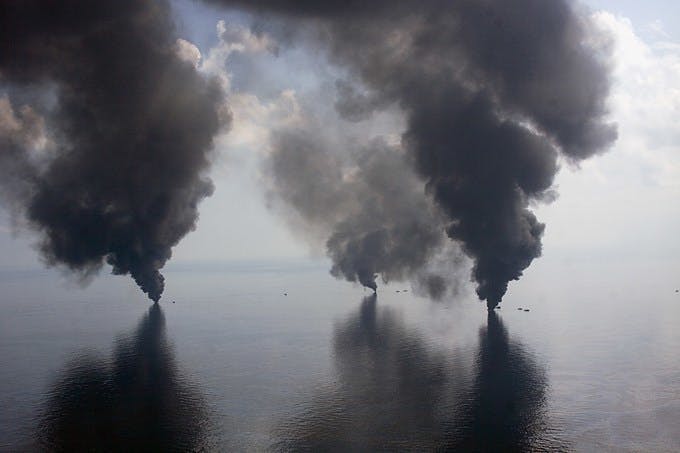
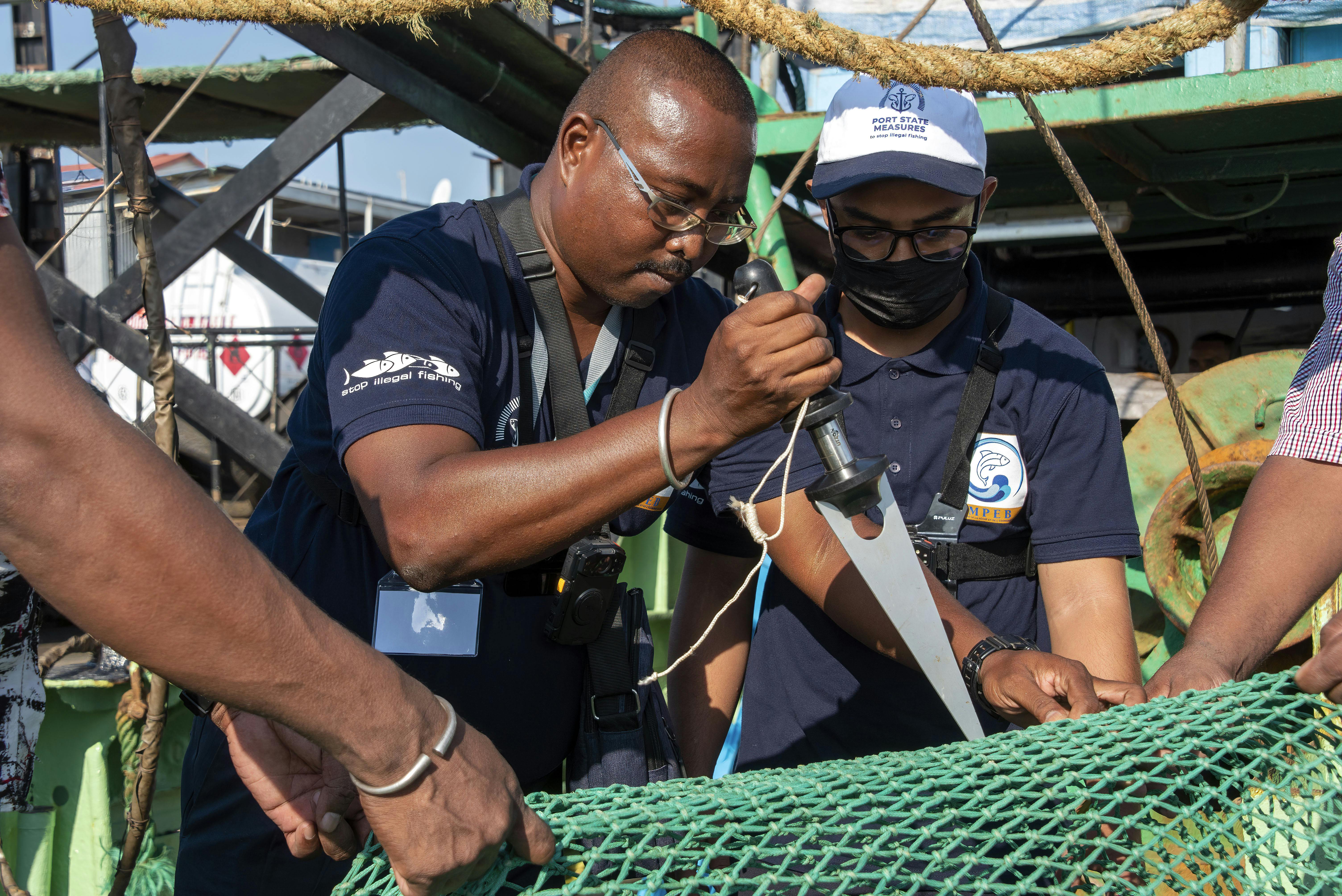
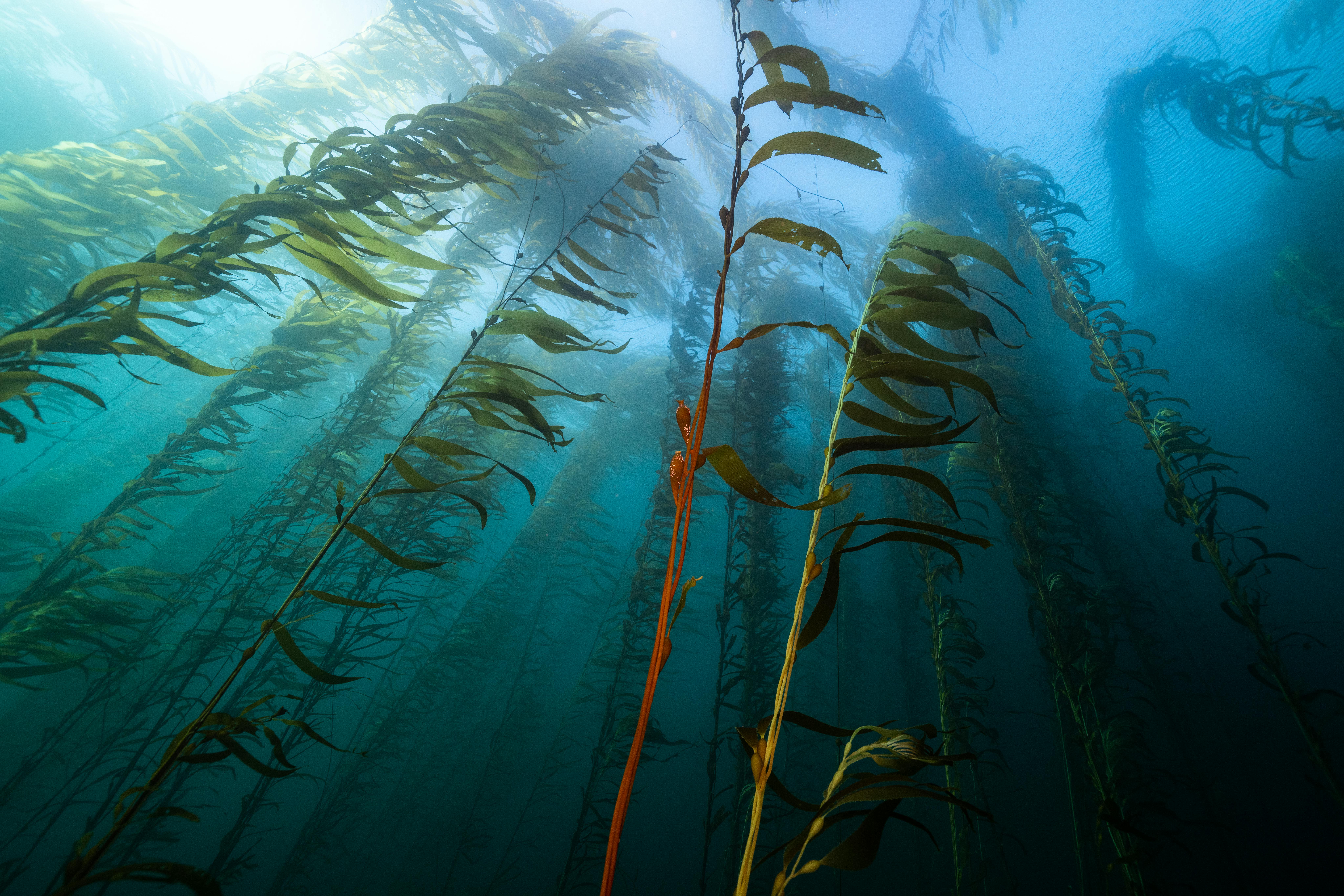
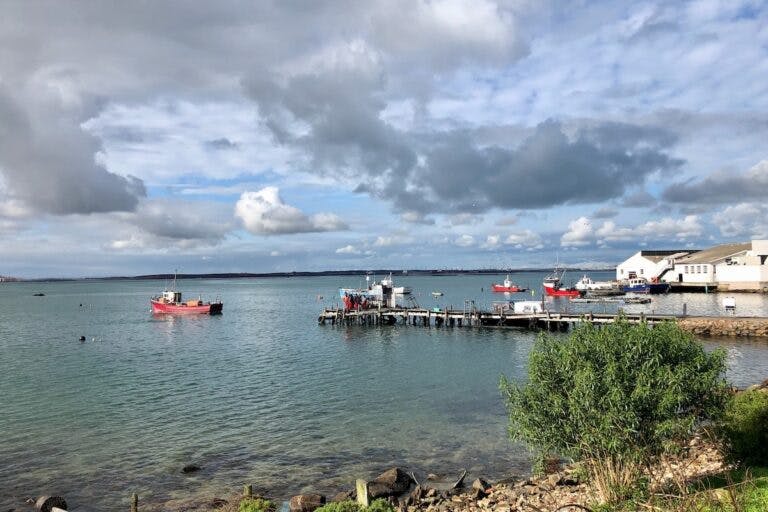
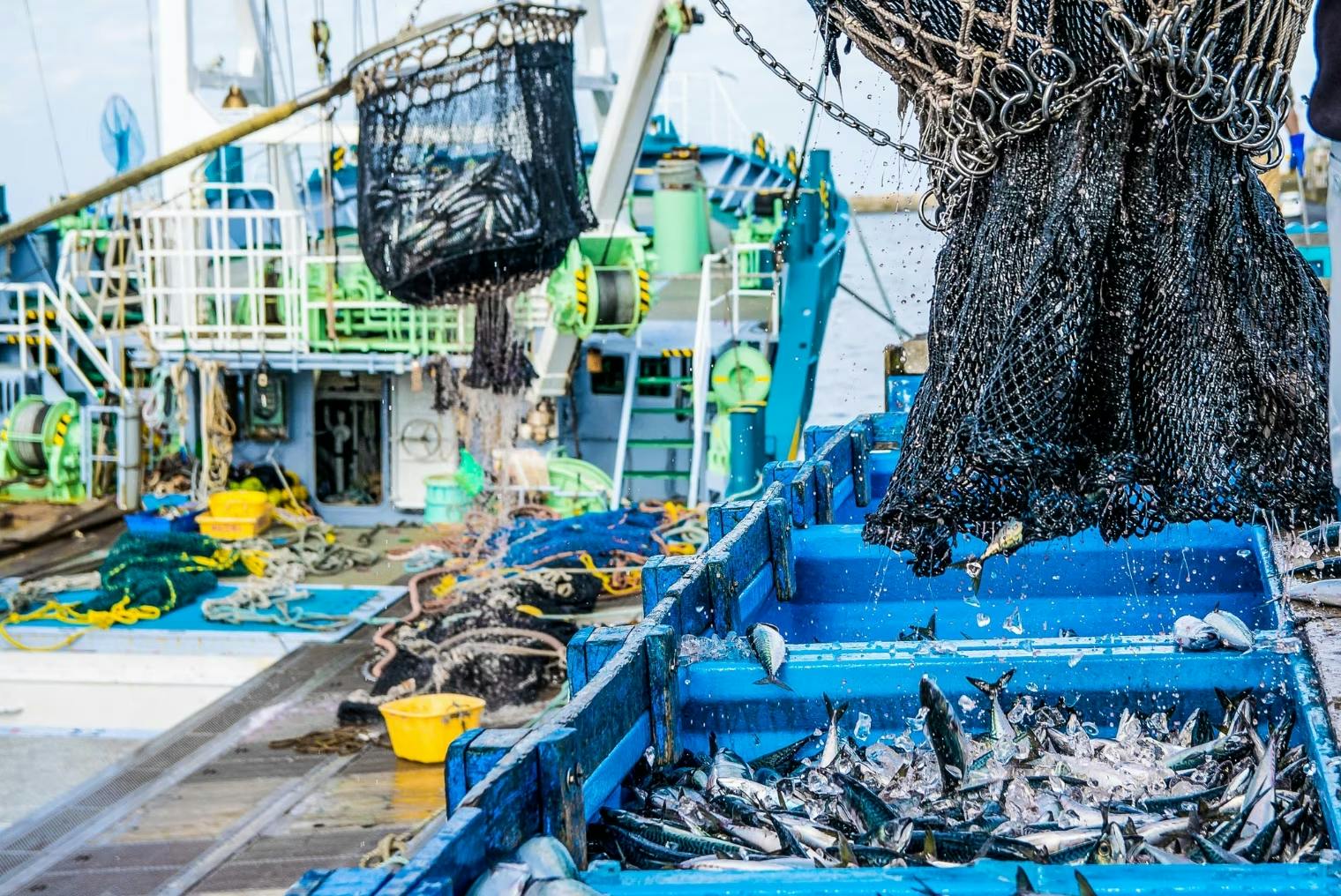
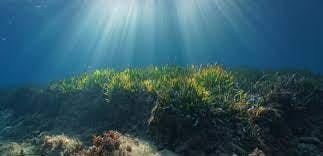
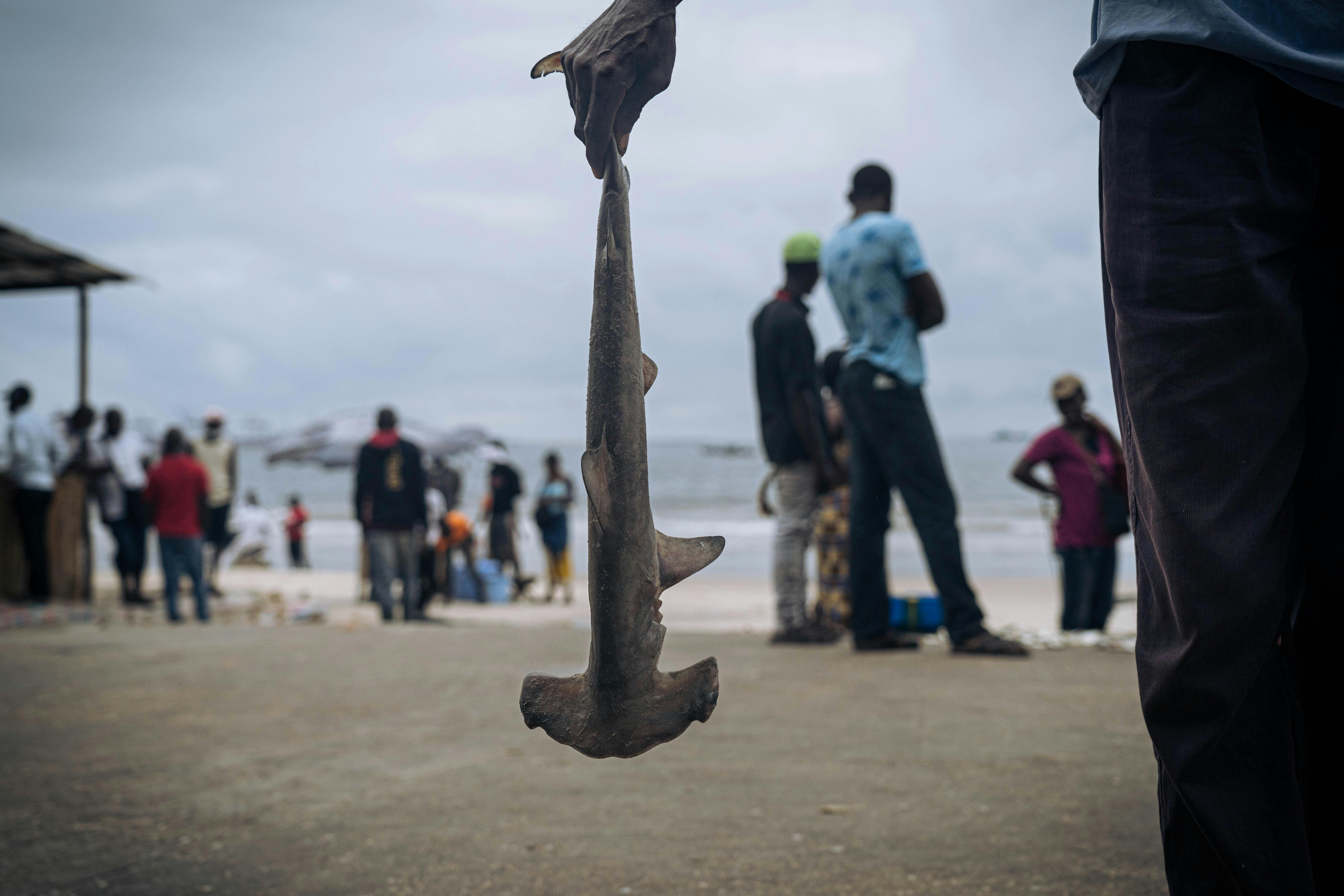
NACS-J.png?auto=compress%2Cformat)
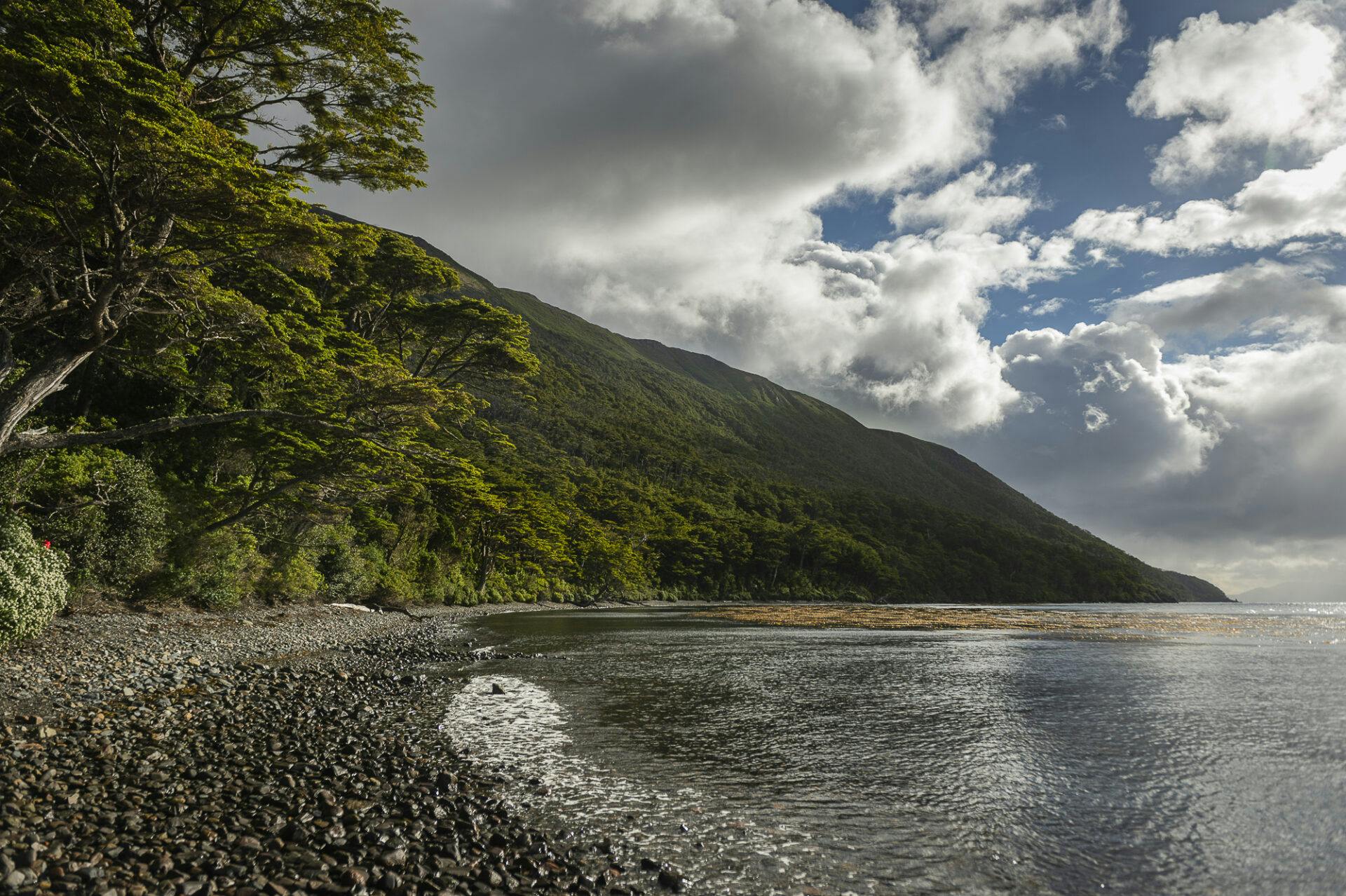
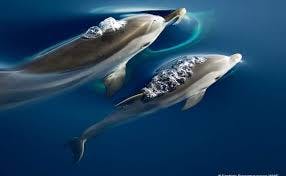
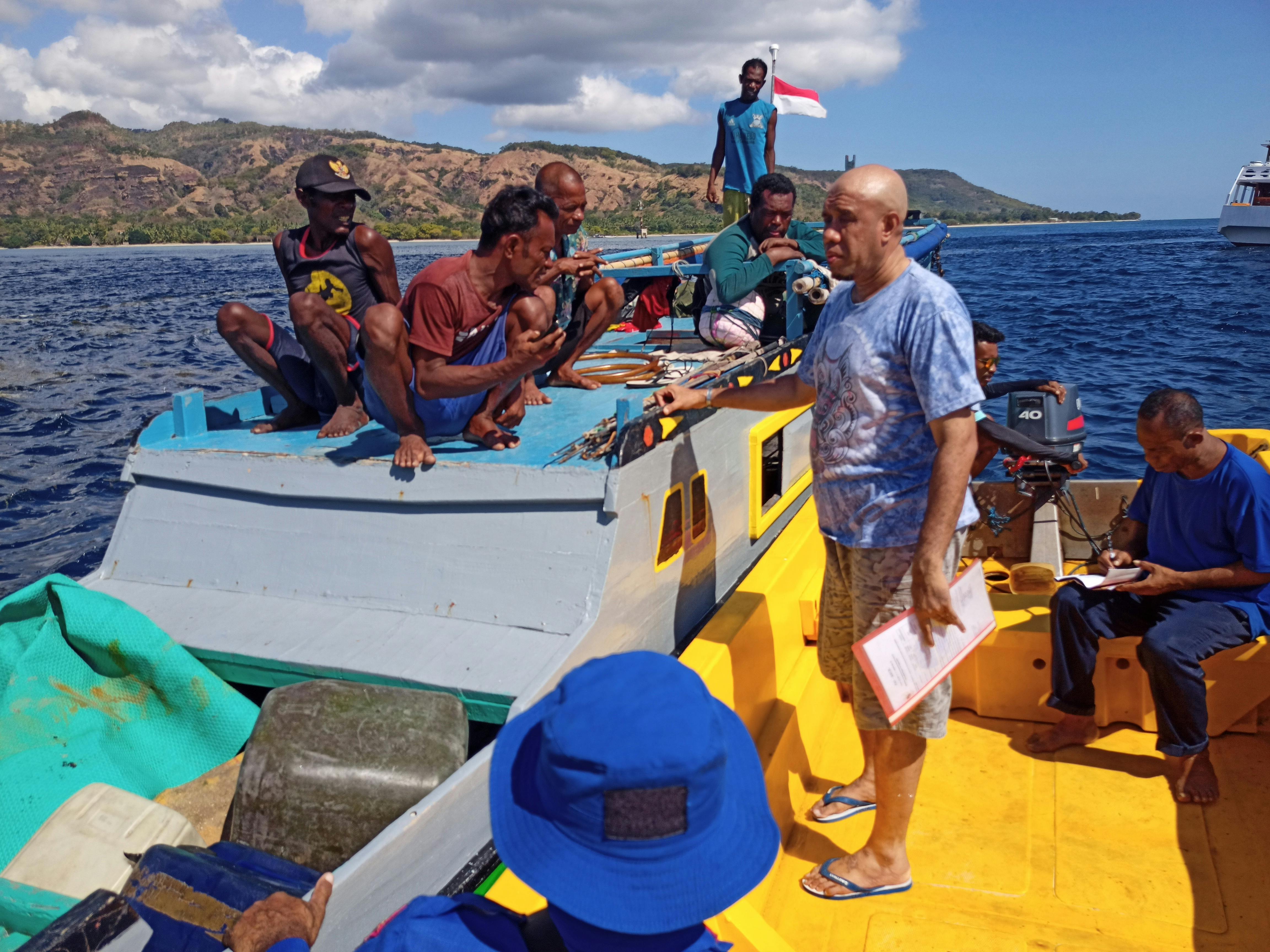
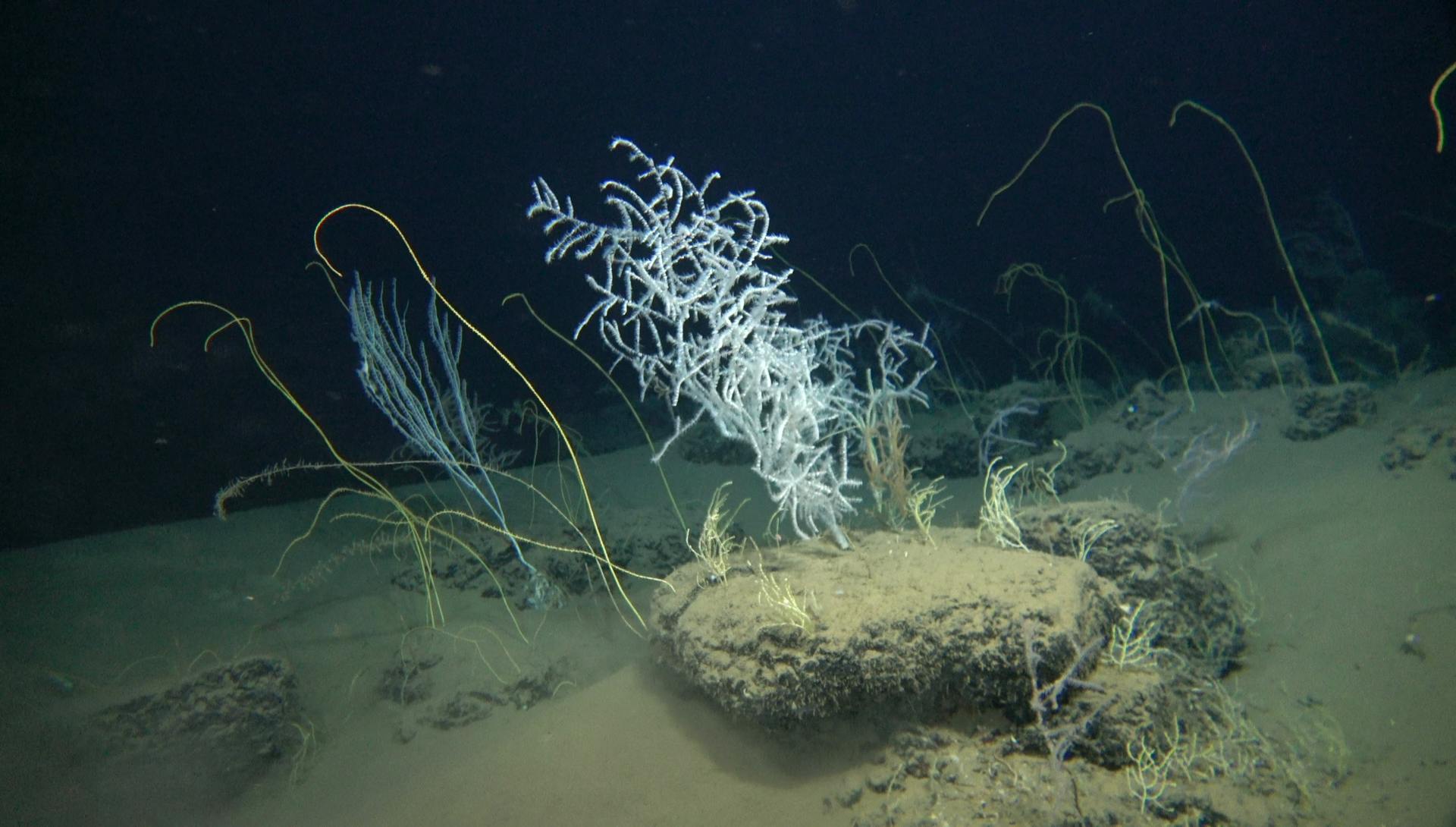
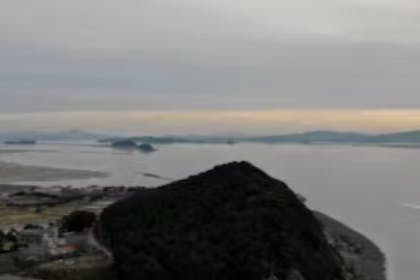
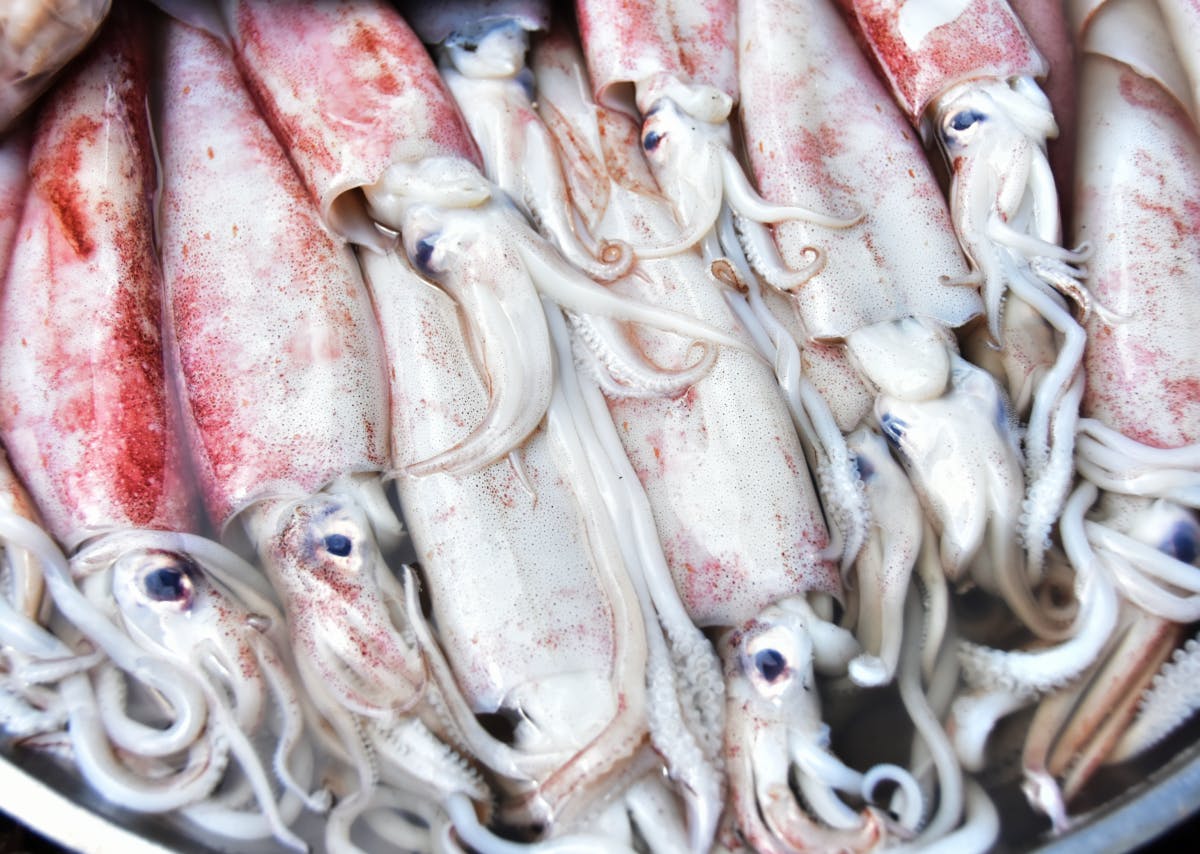
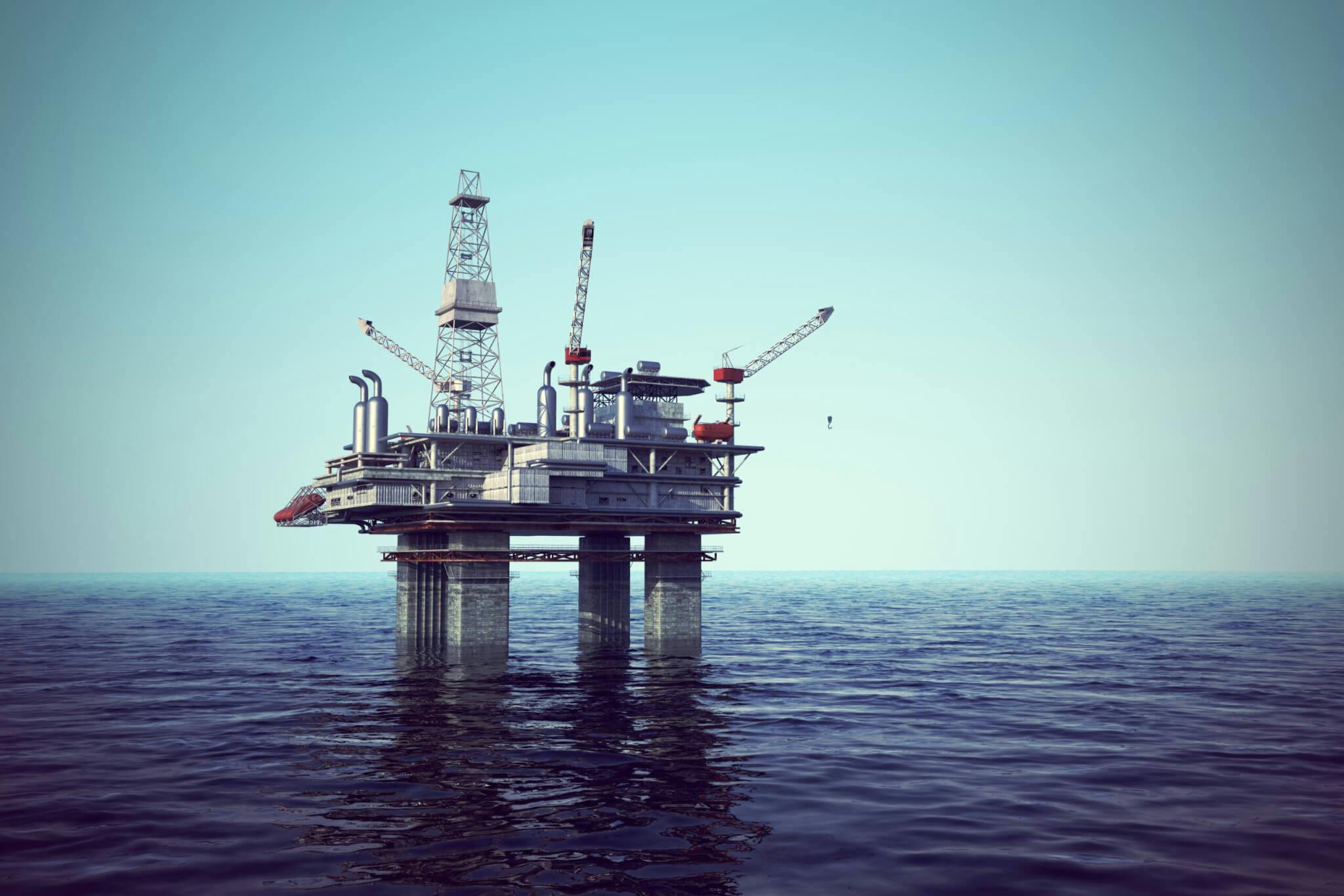
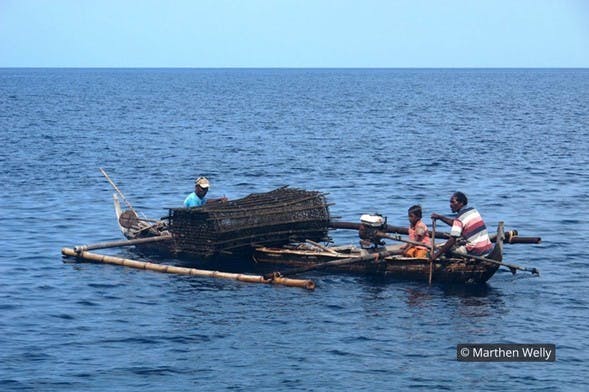
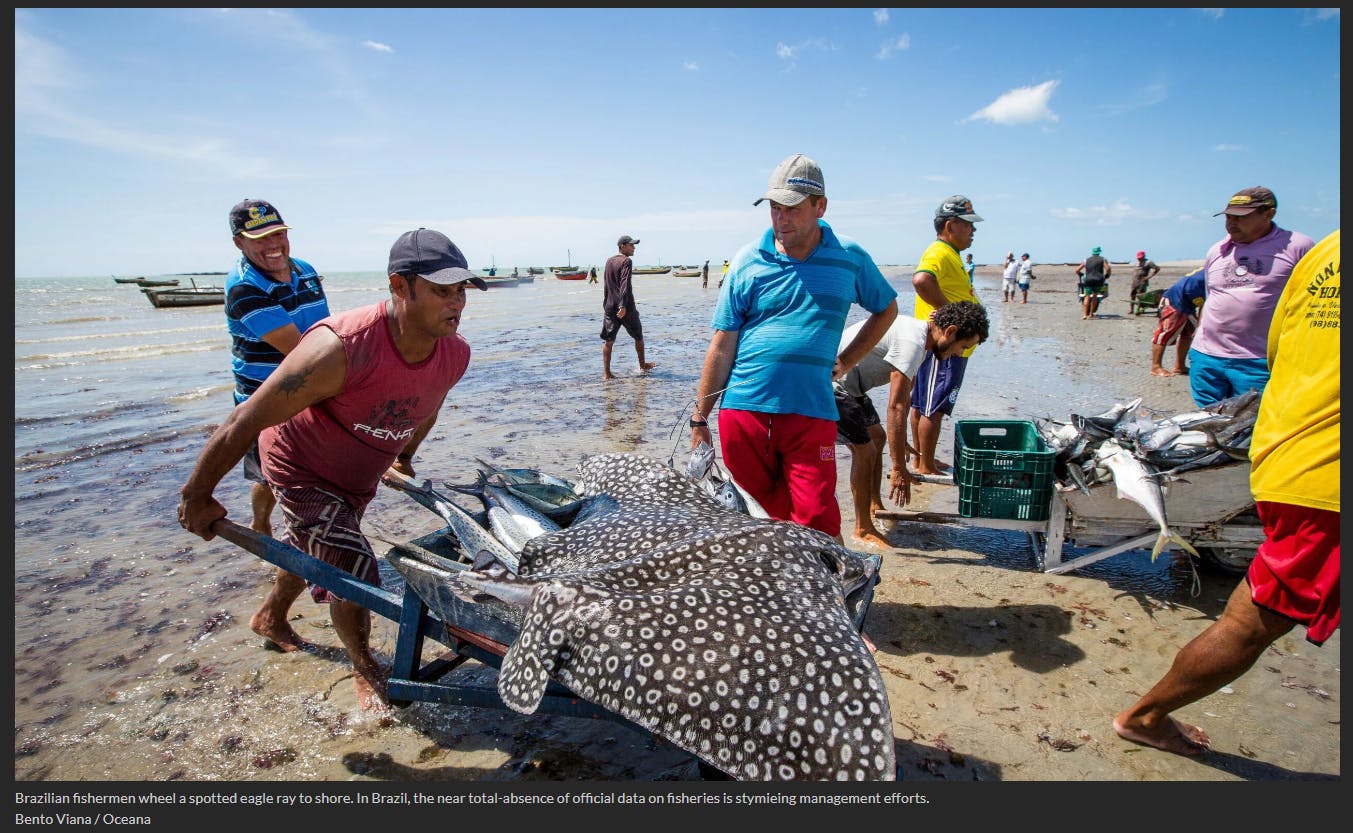
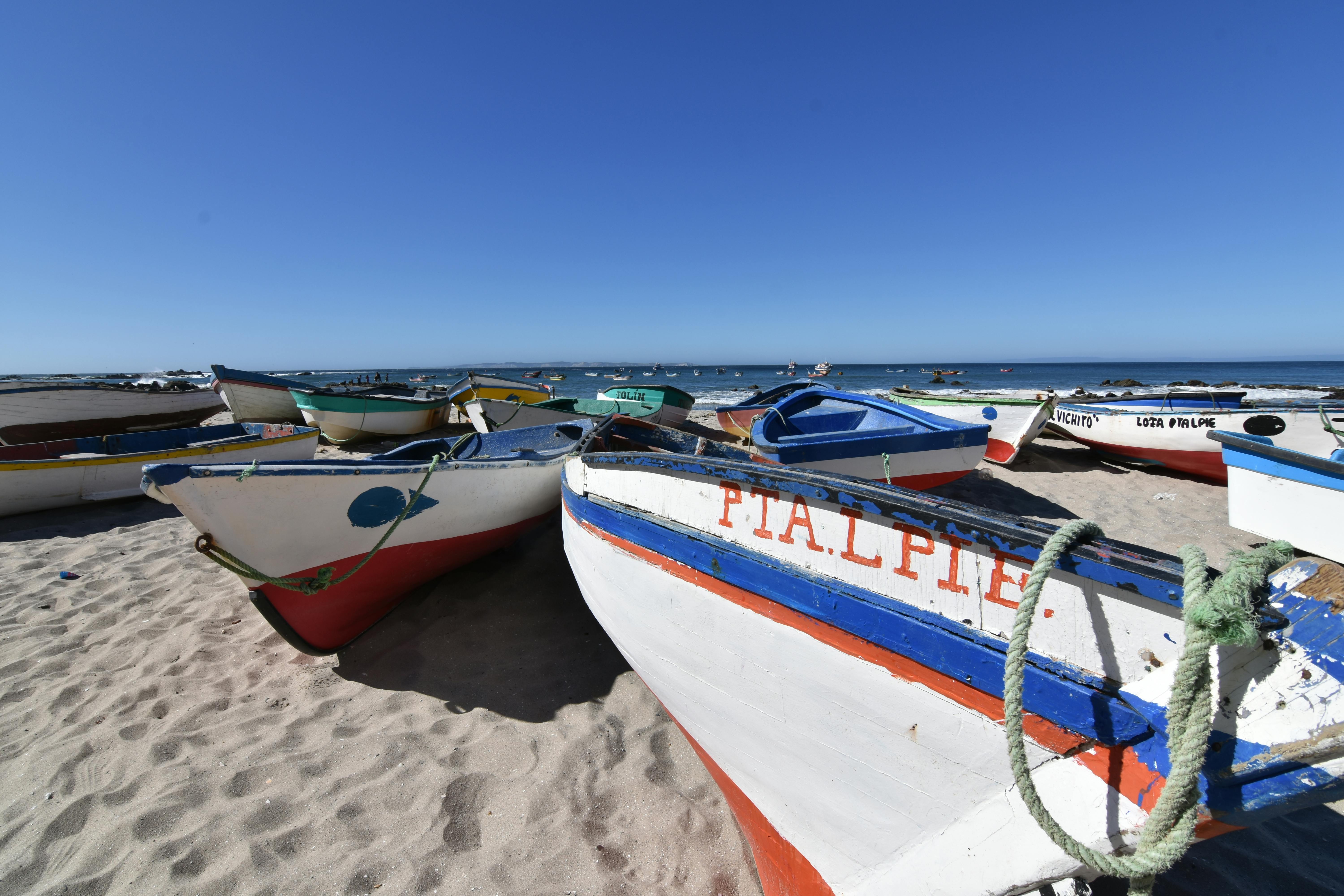
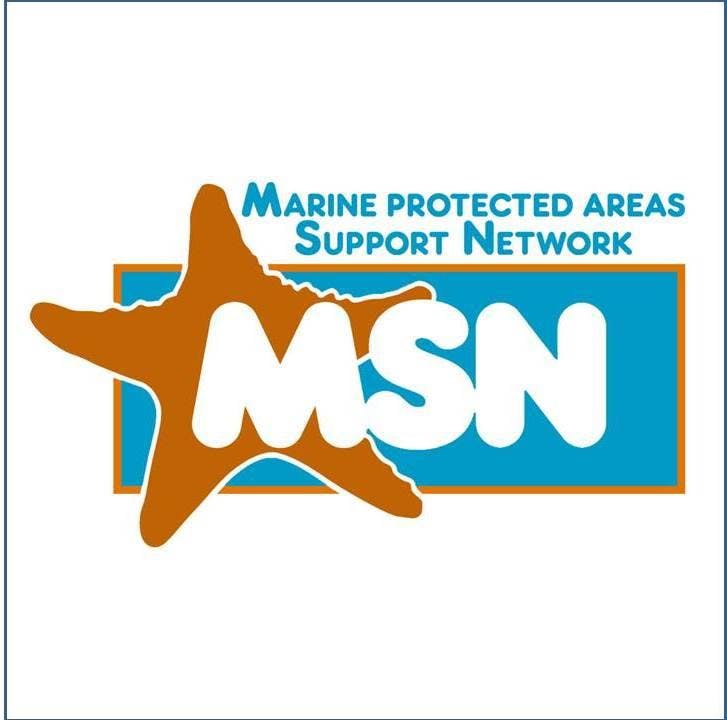
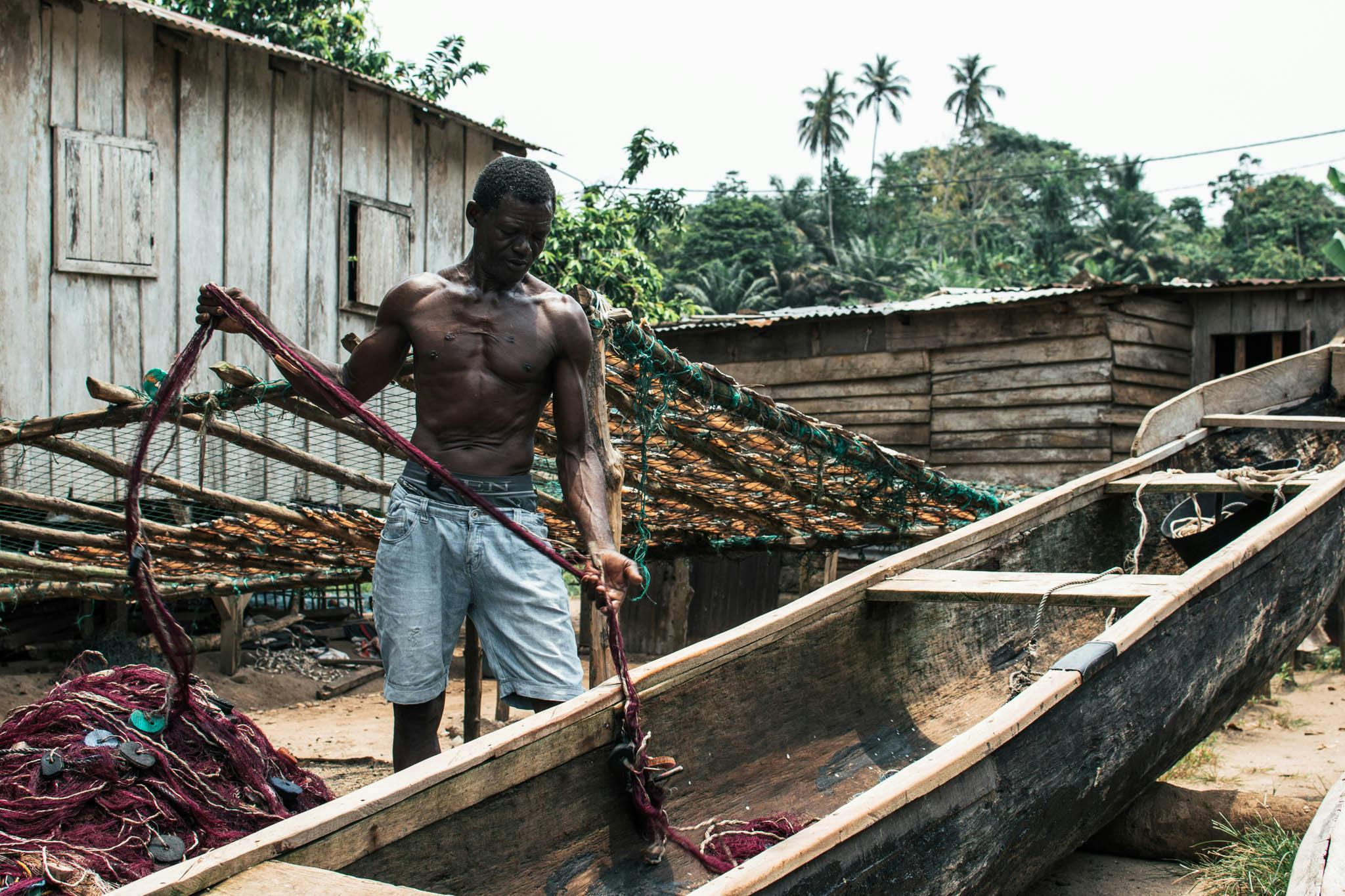
.jpg?auto=compress%2Cformat)
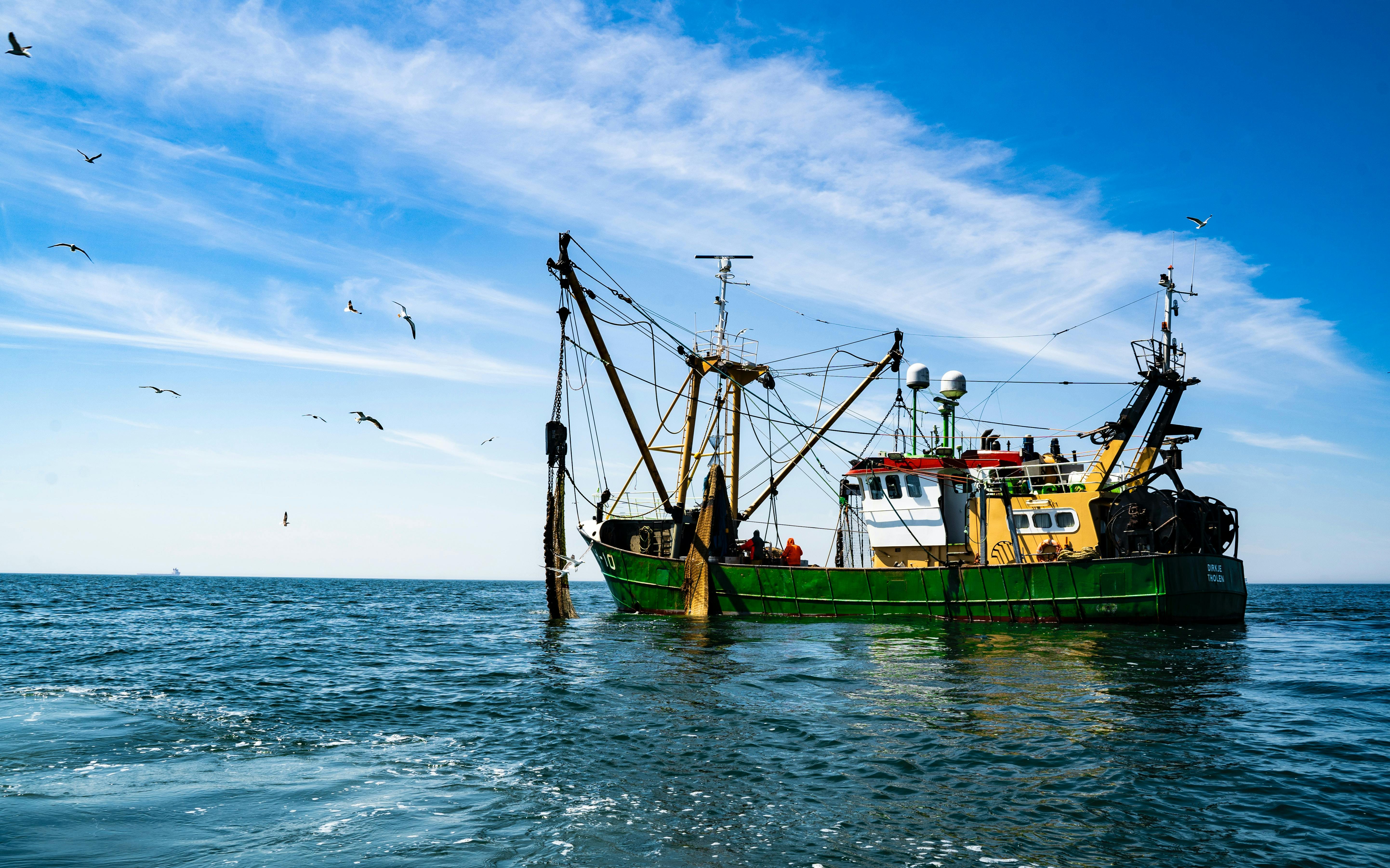
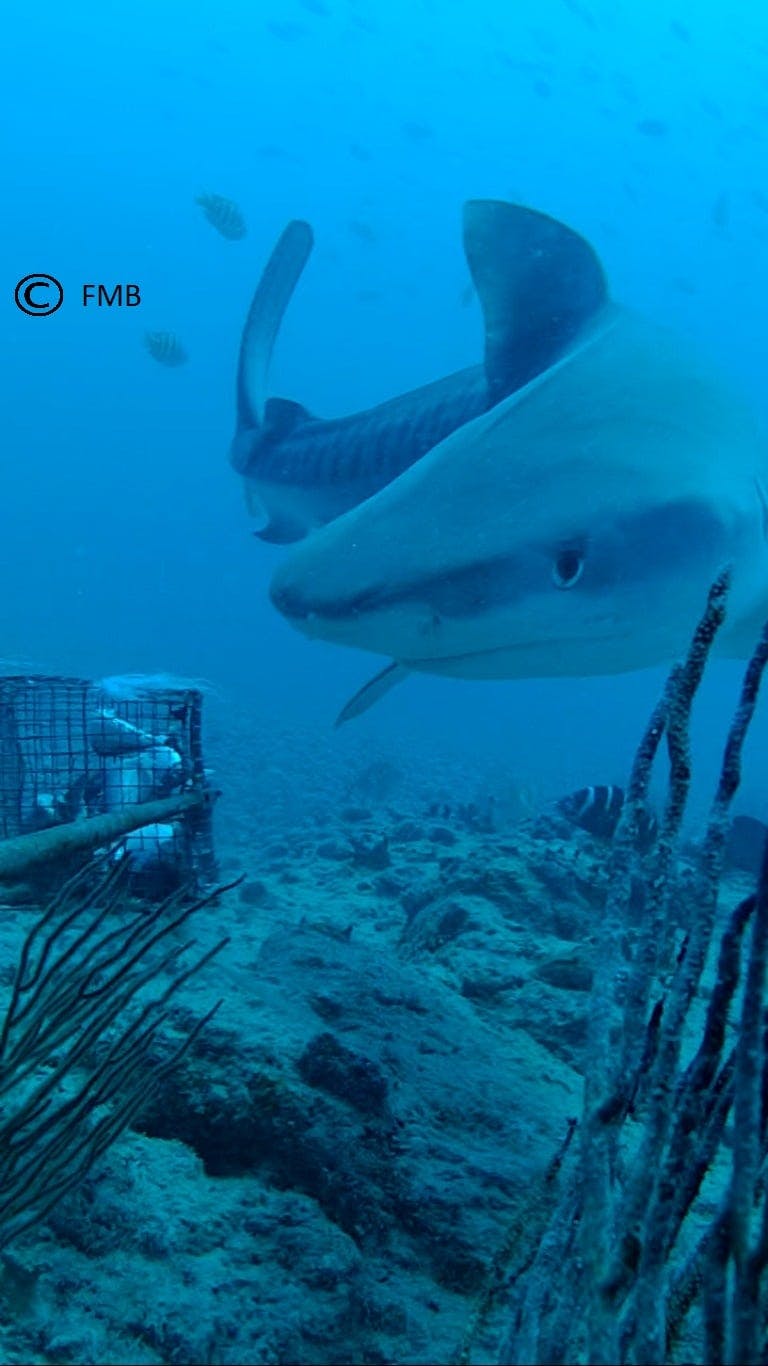
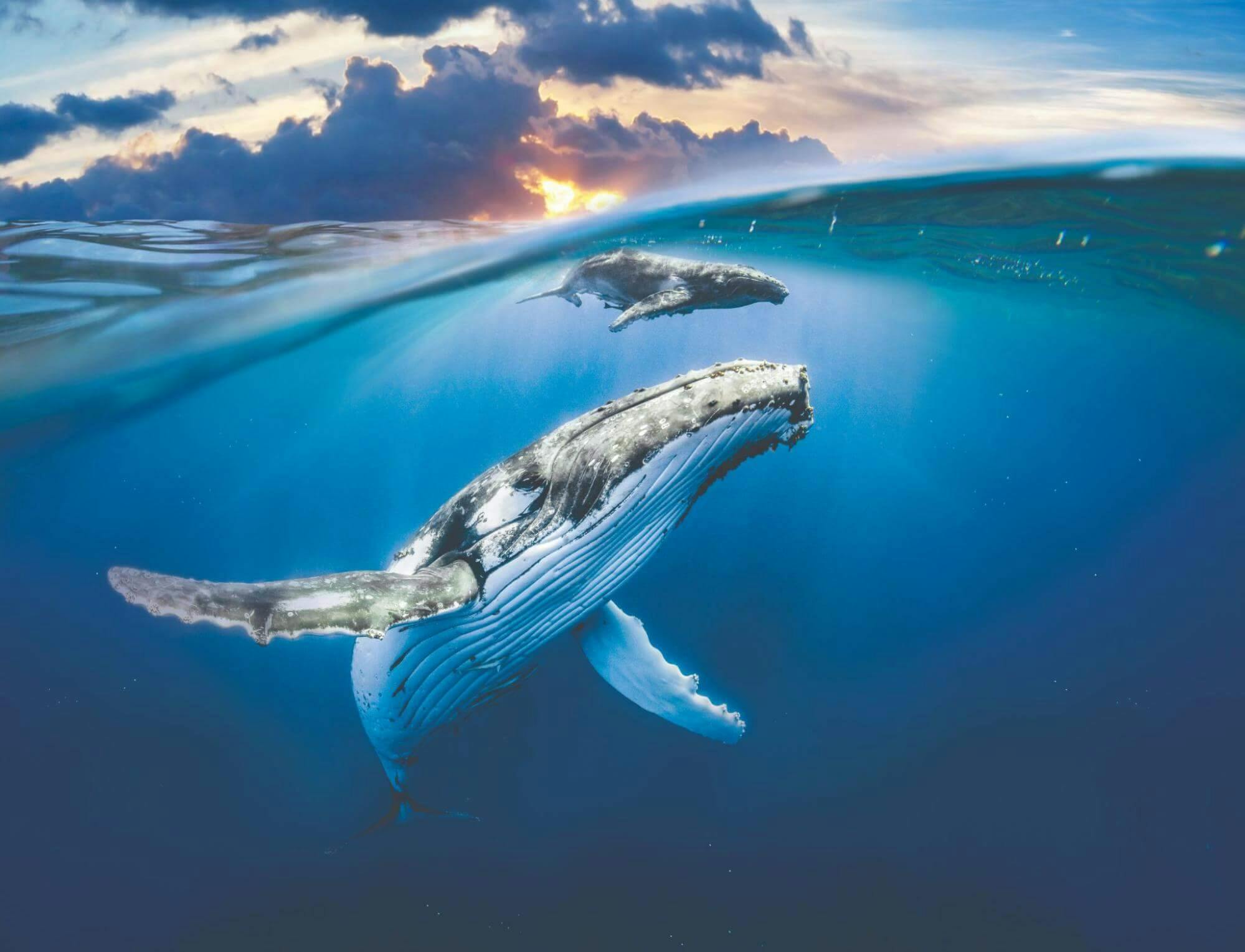
.jpeg?auto=compress%2Cformat)
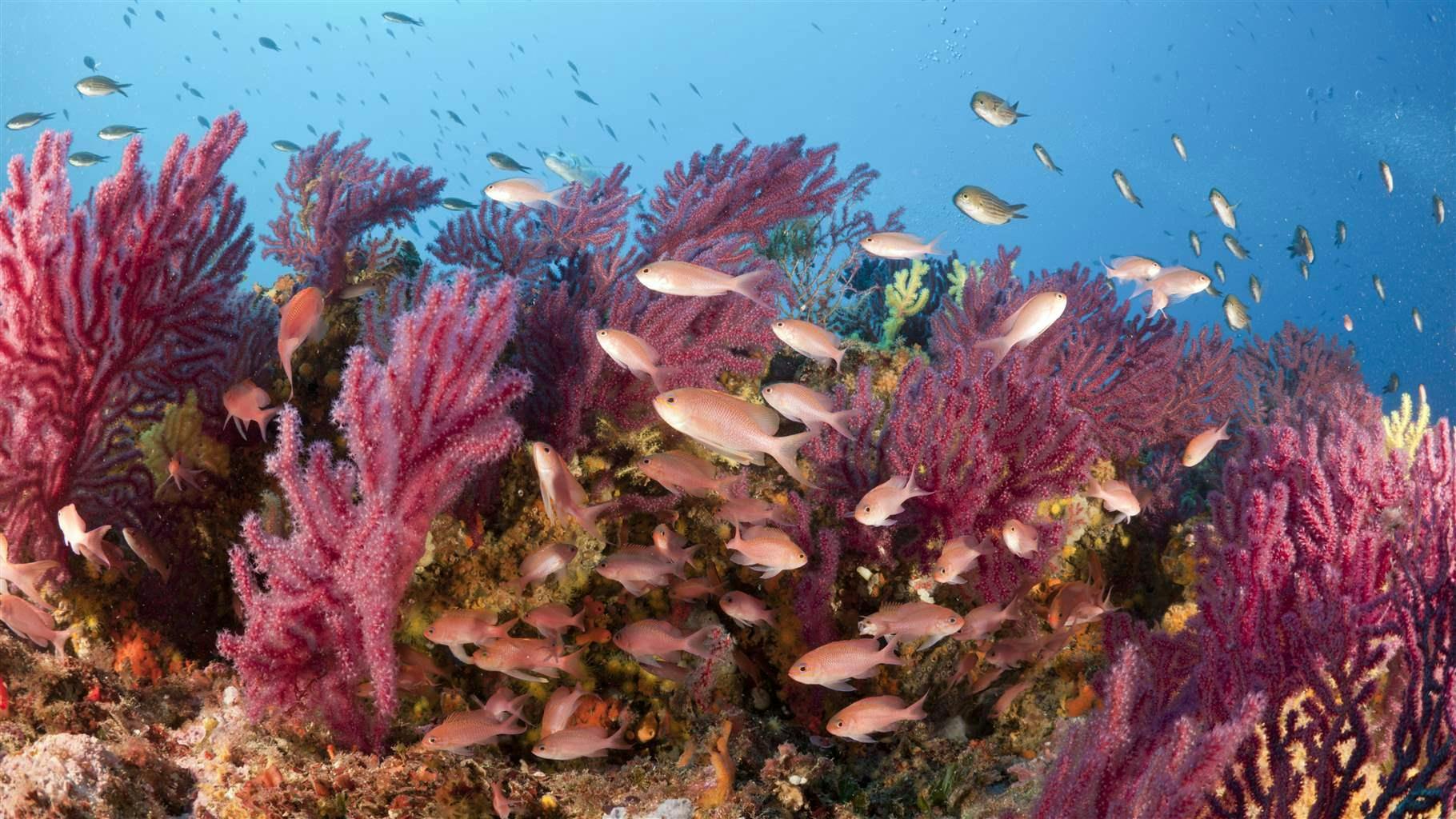
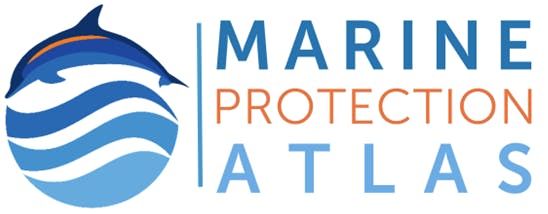
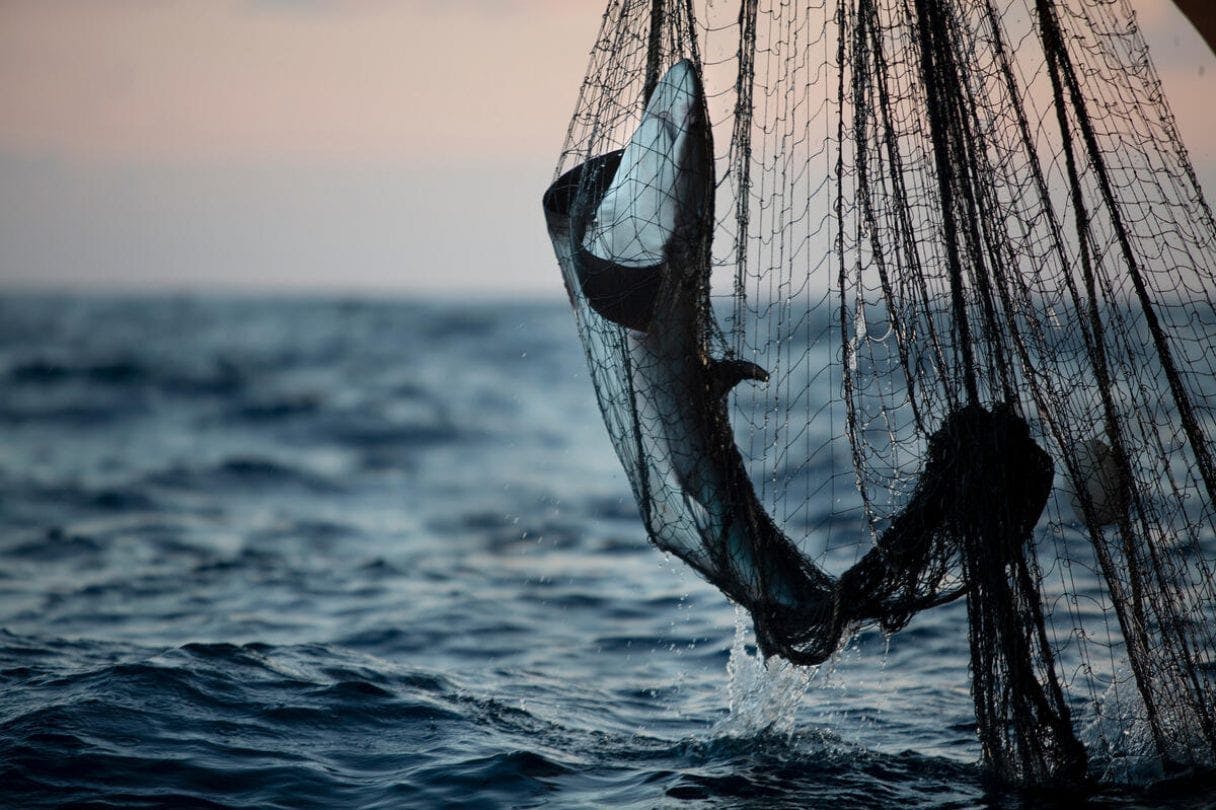
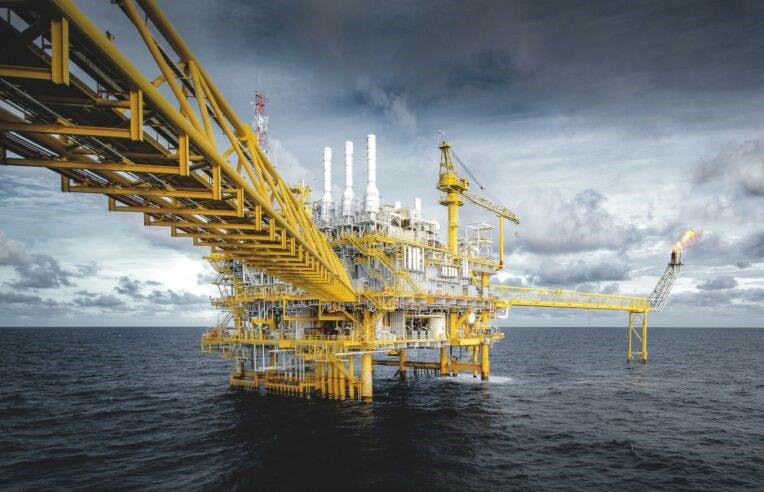
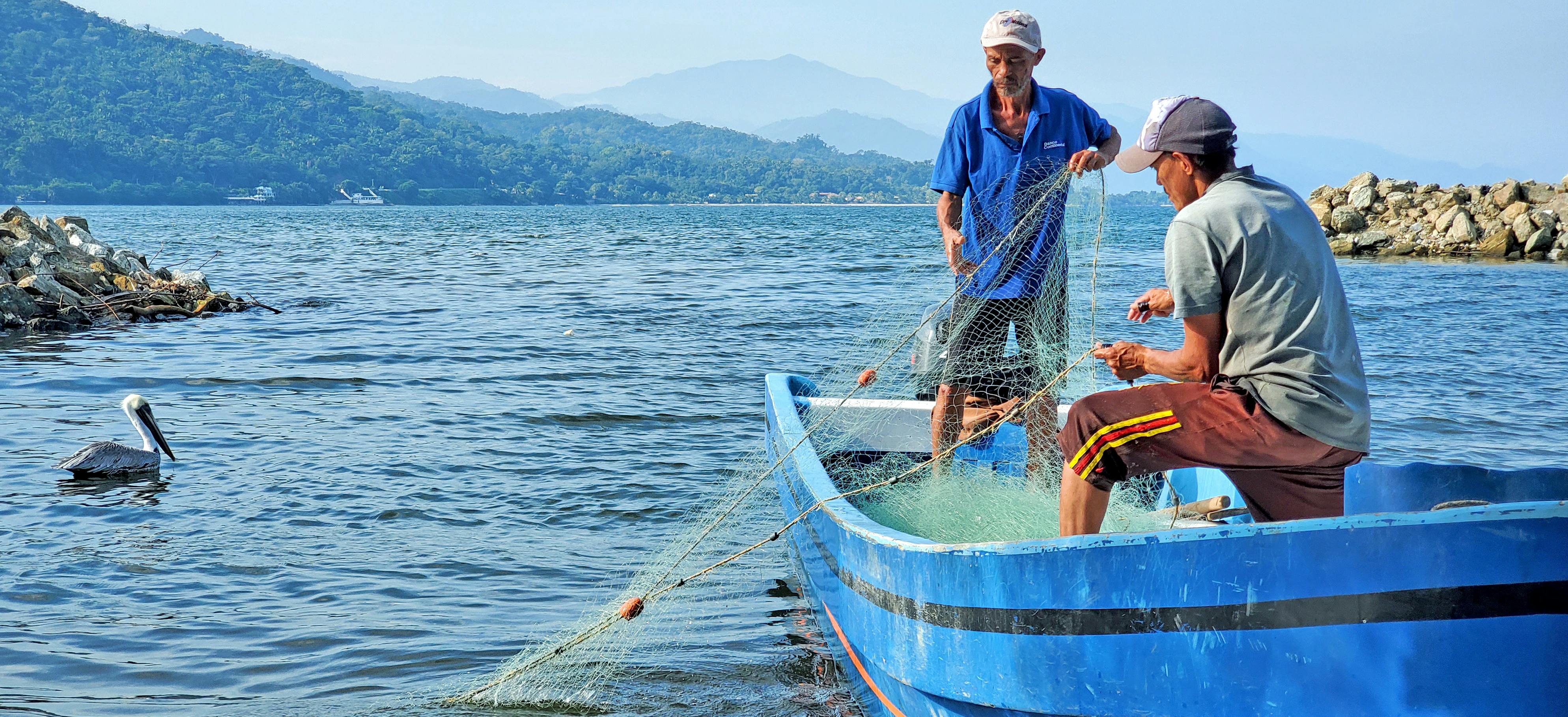
.jpg?auto=compress%2Cformat)
.jpg?auto=compress%2Cformat)
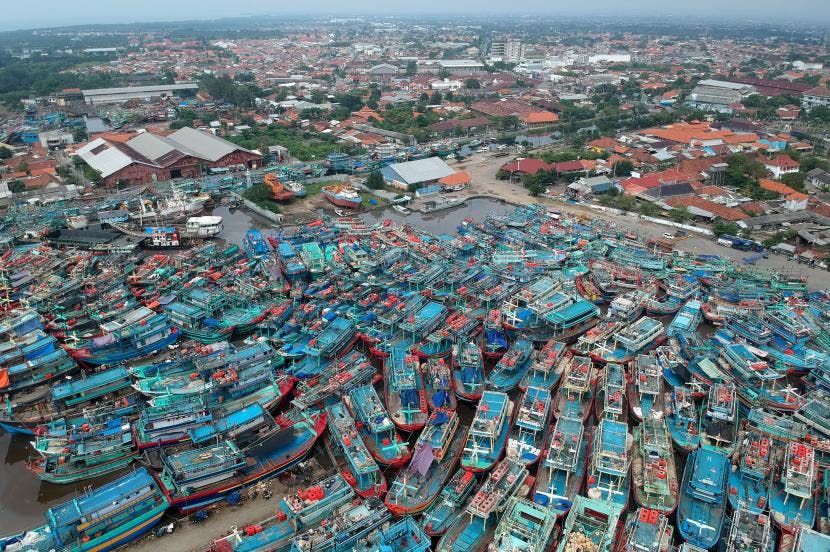
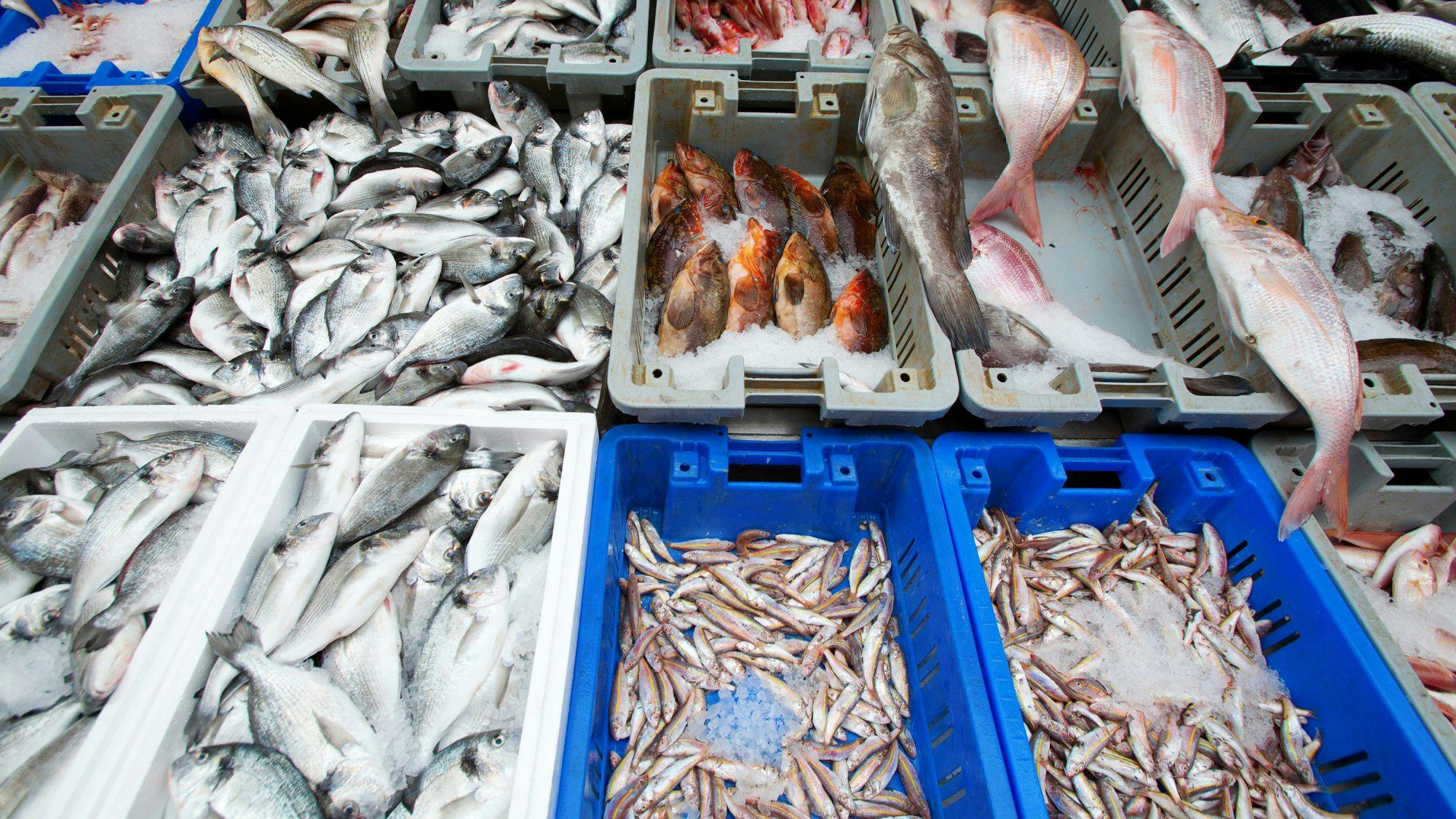
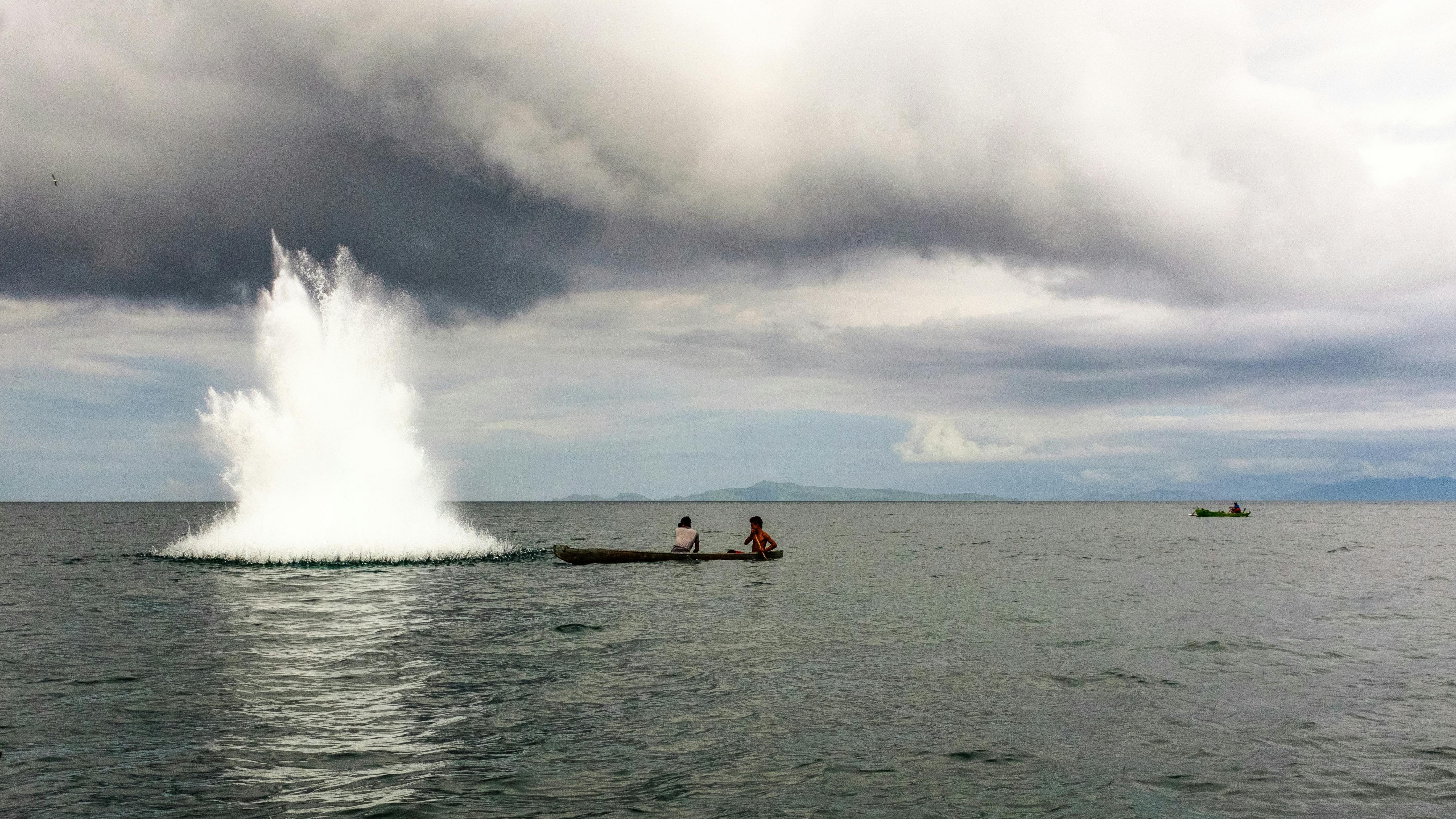
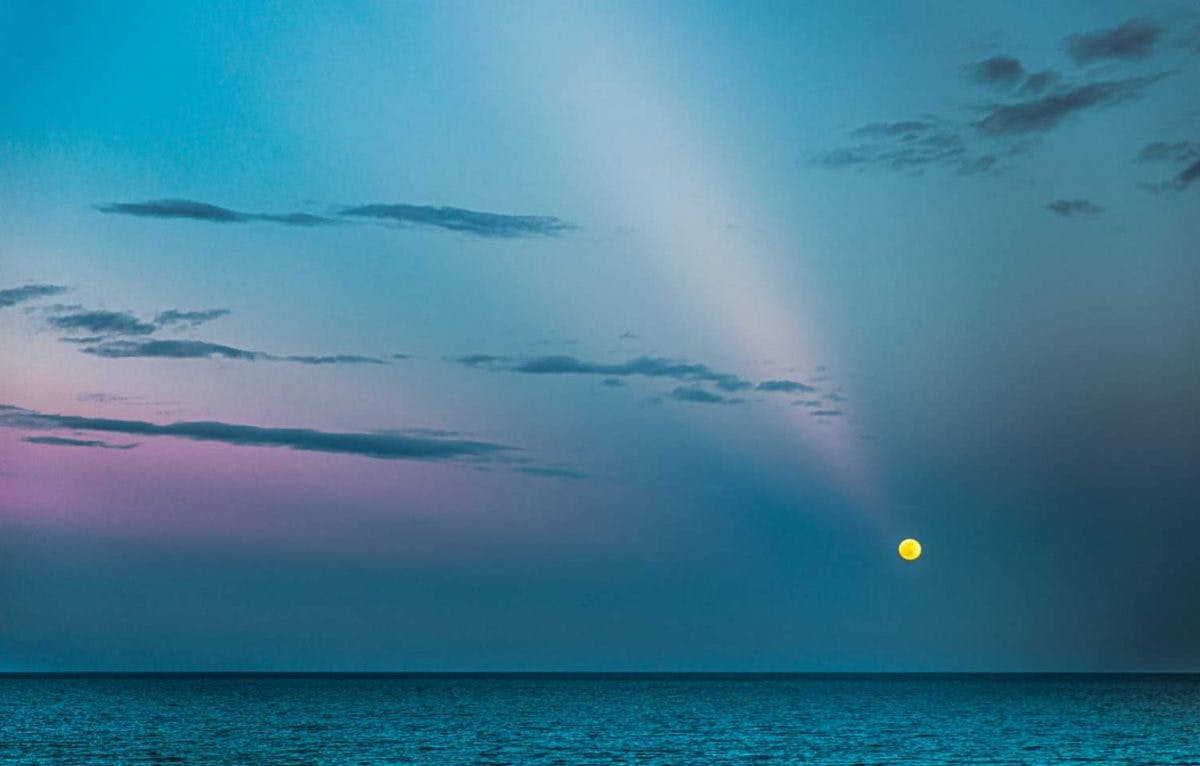
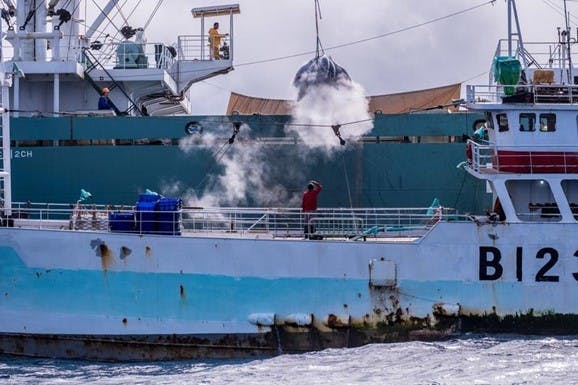
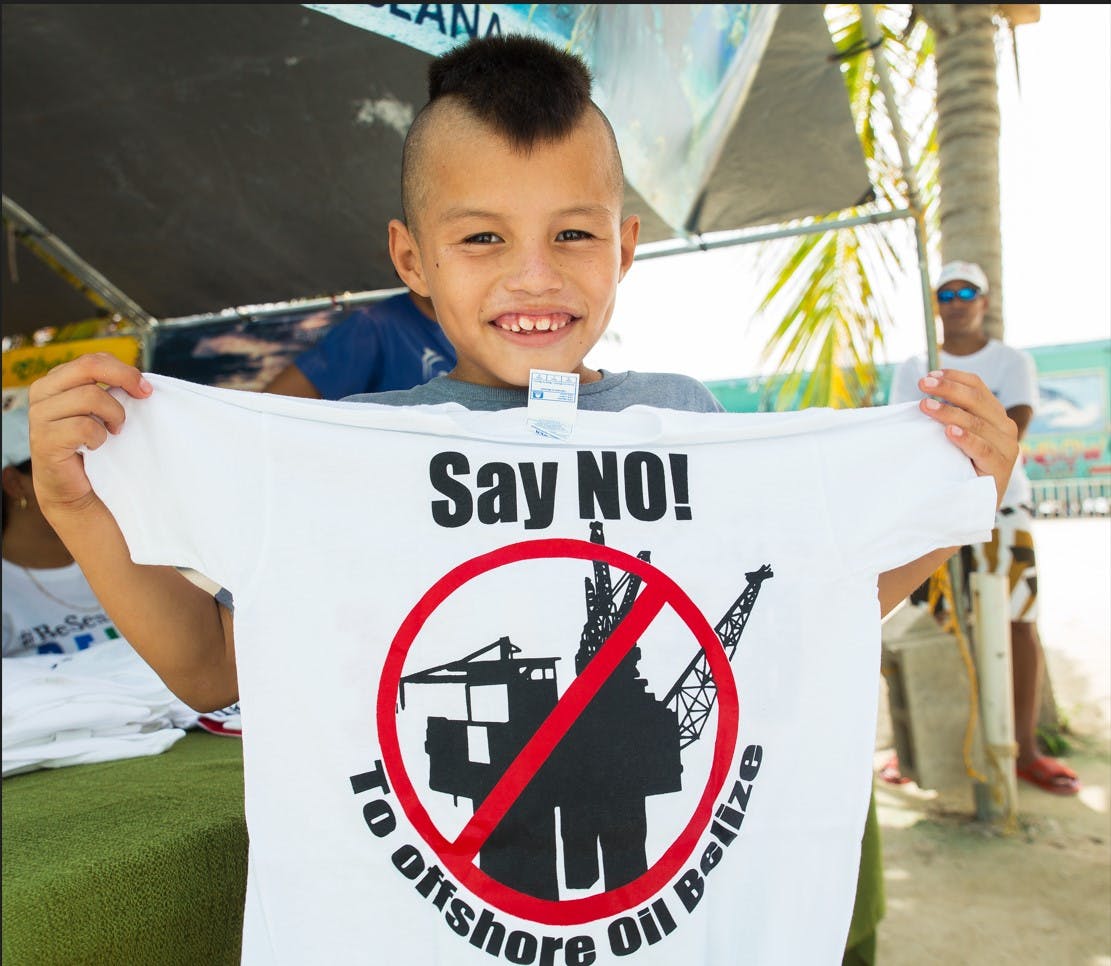
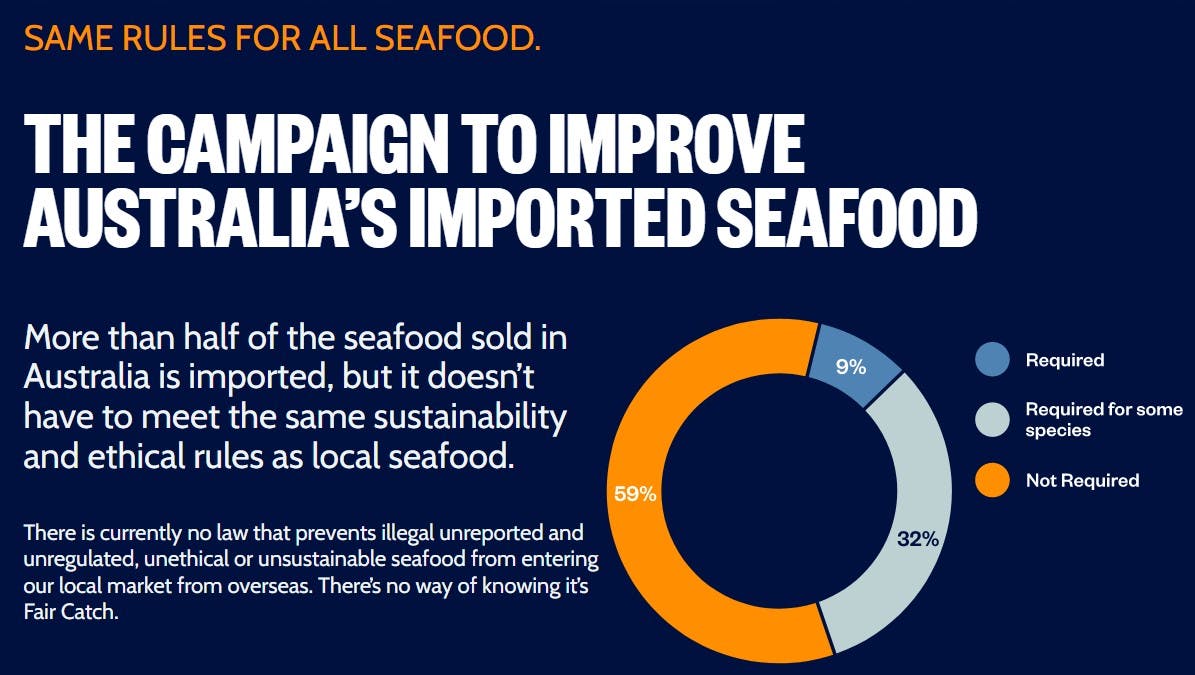
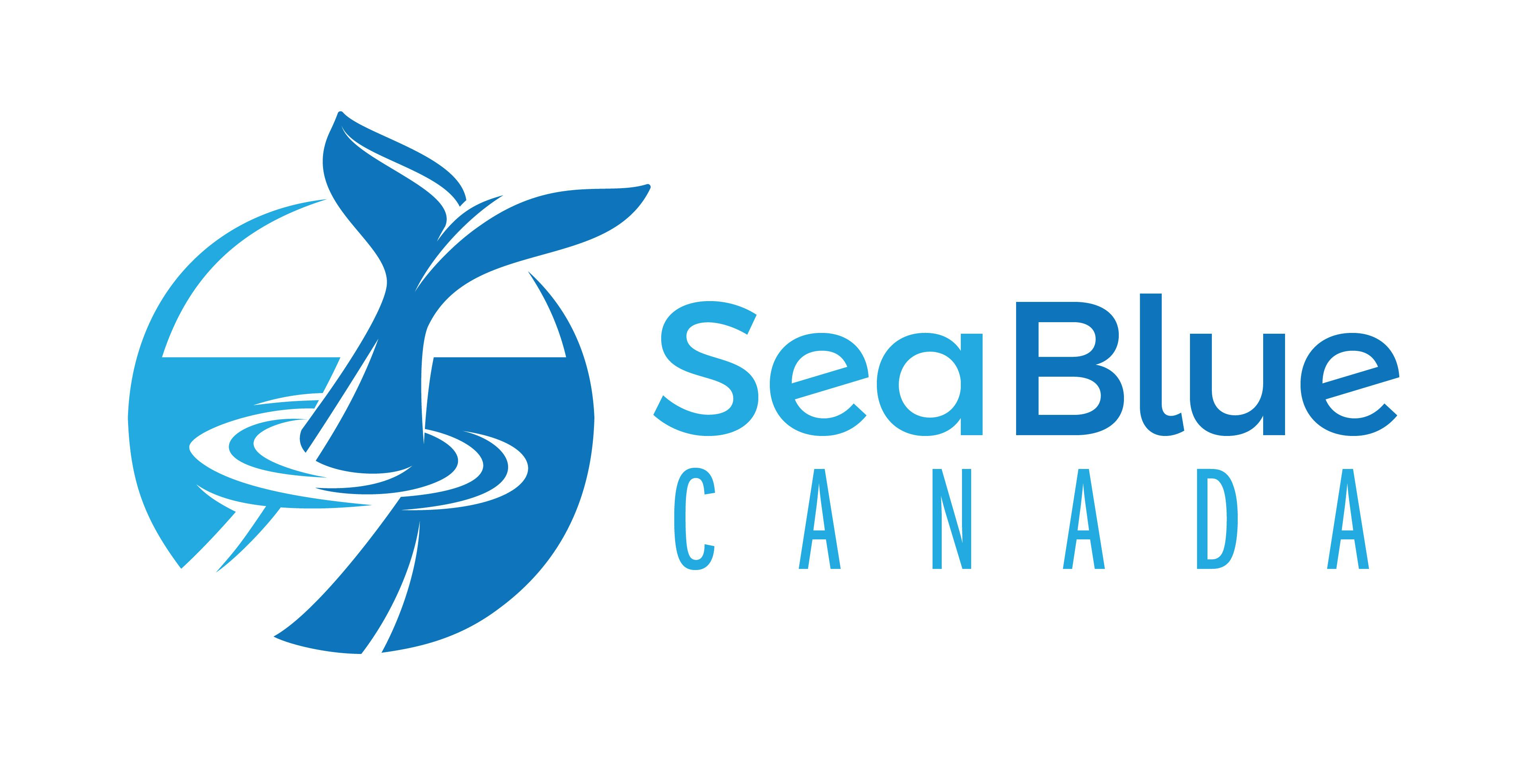
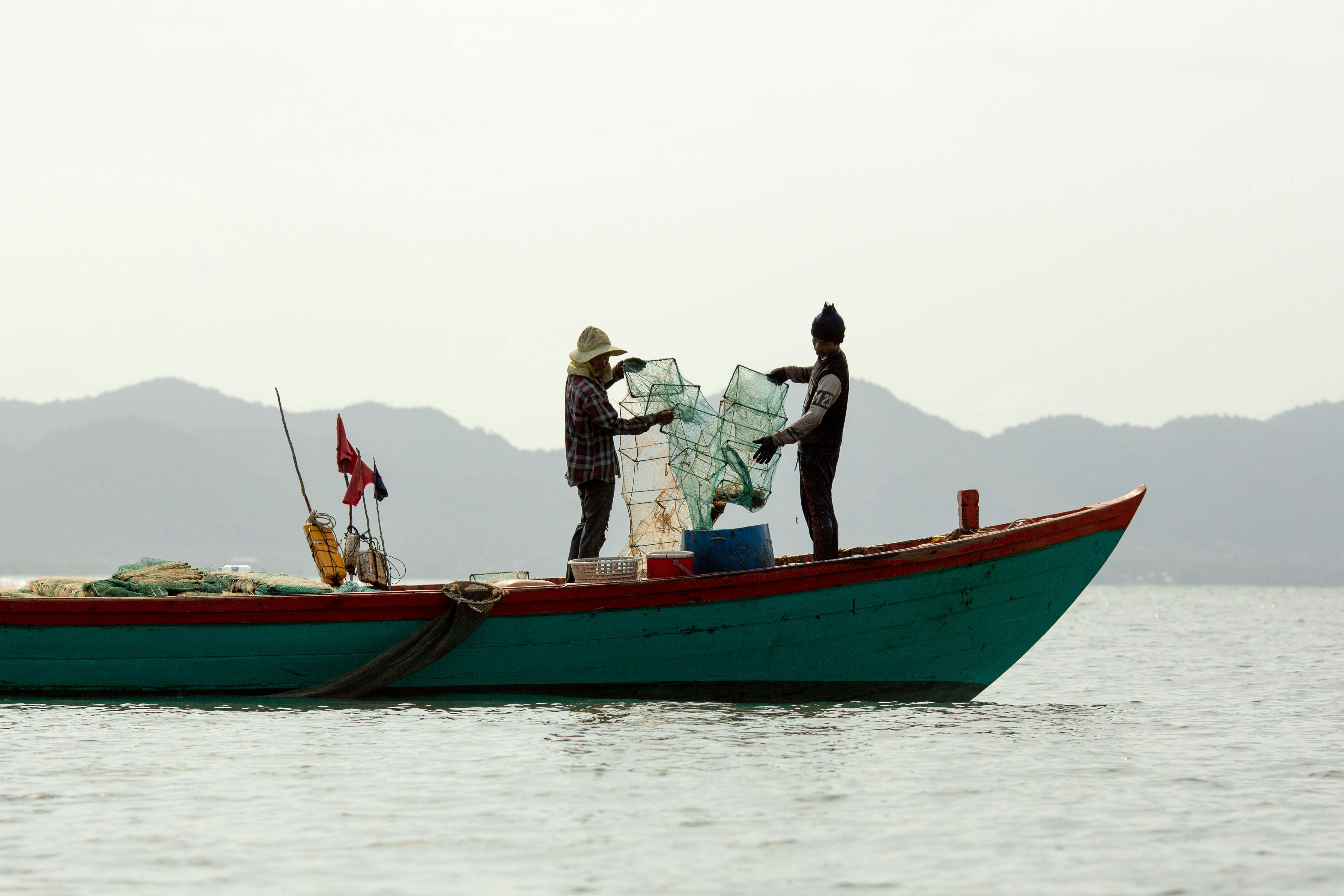
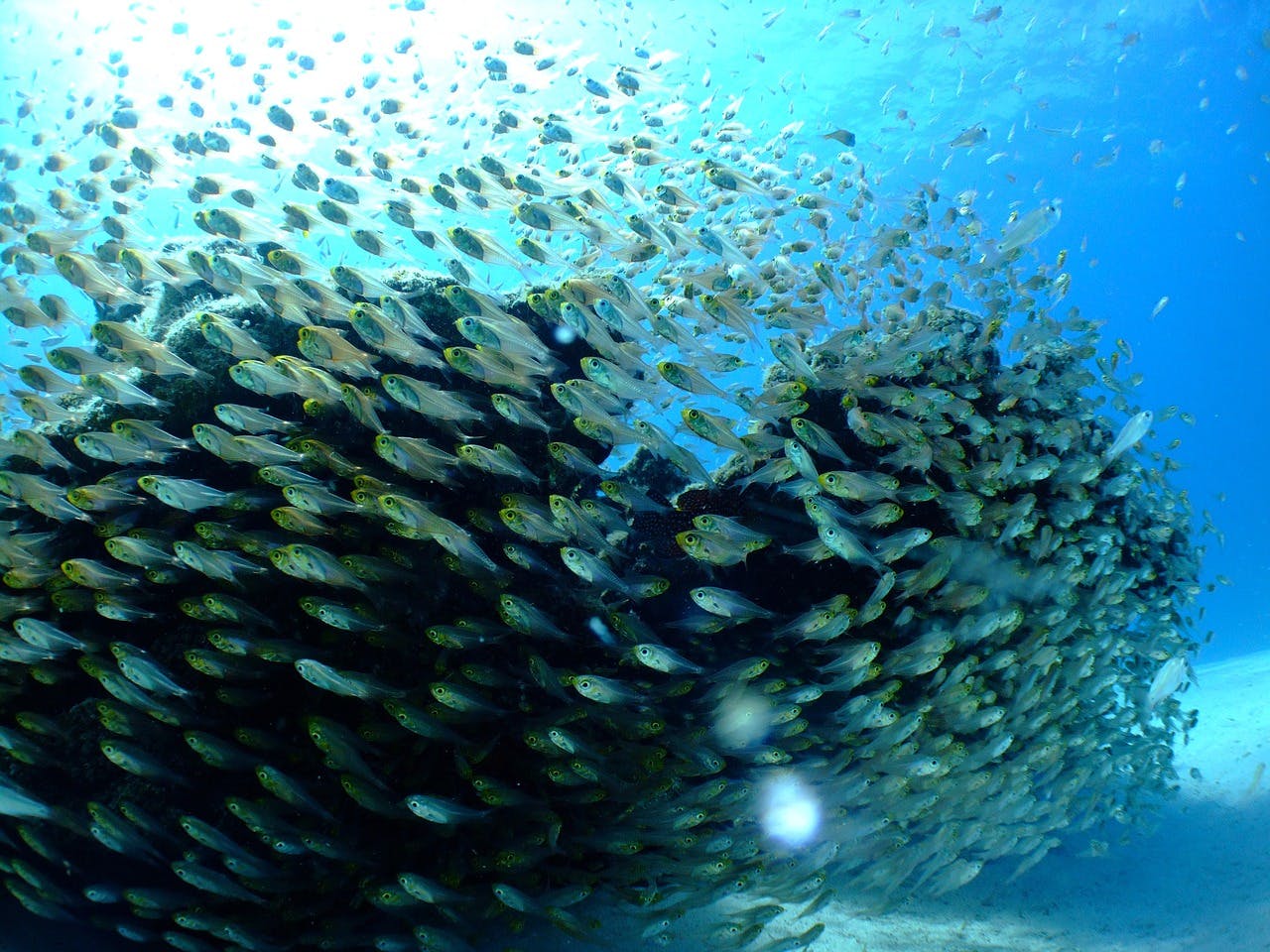
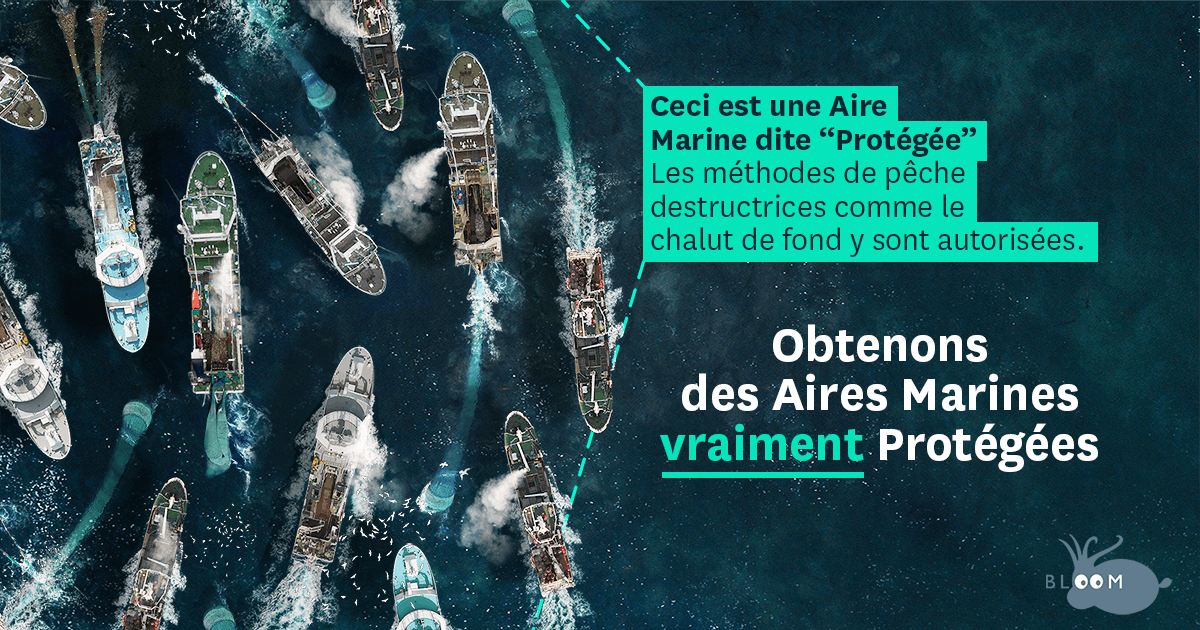
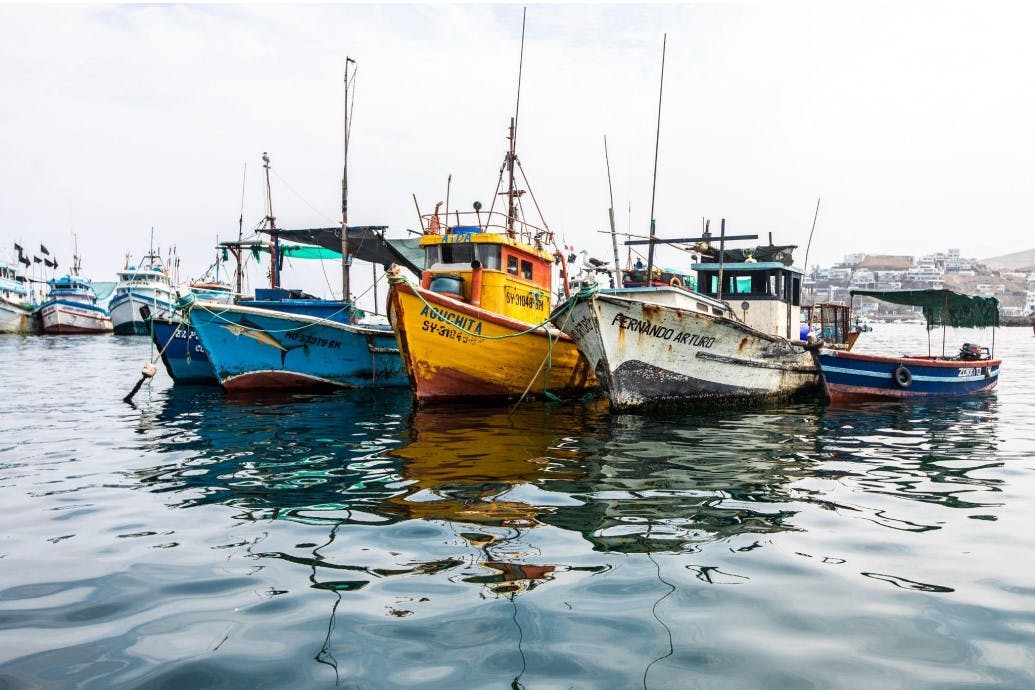
.jpg?auto=compress%2Cformat)
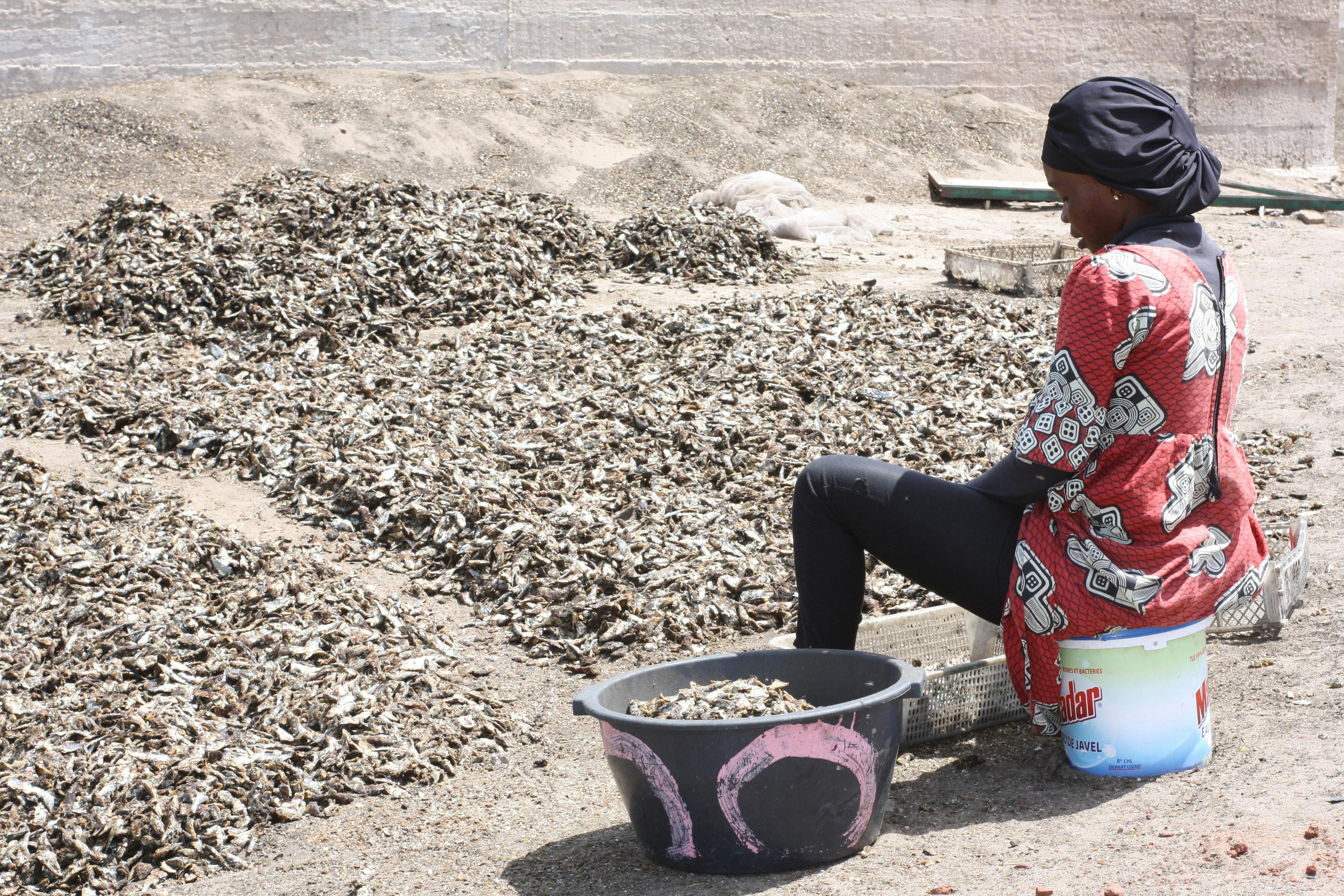
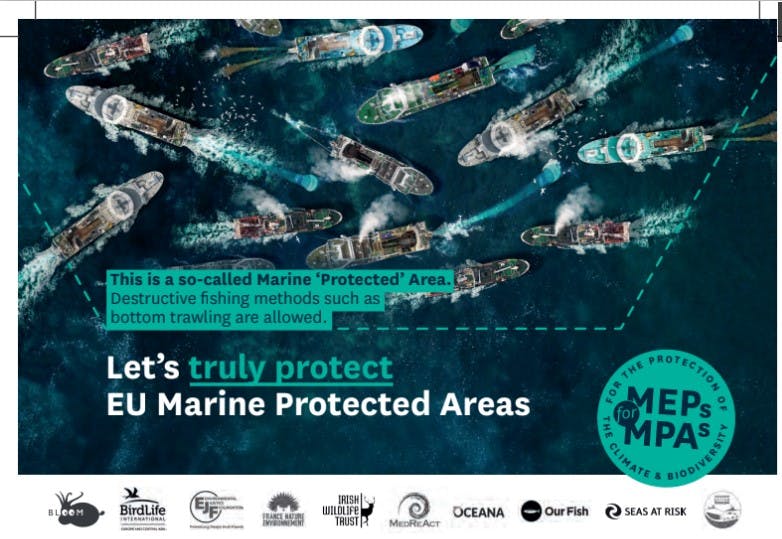
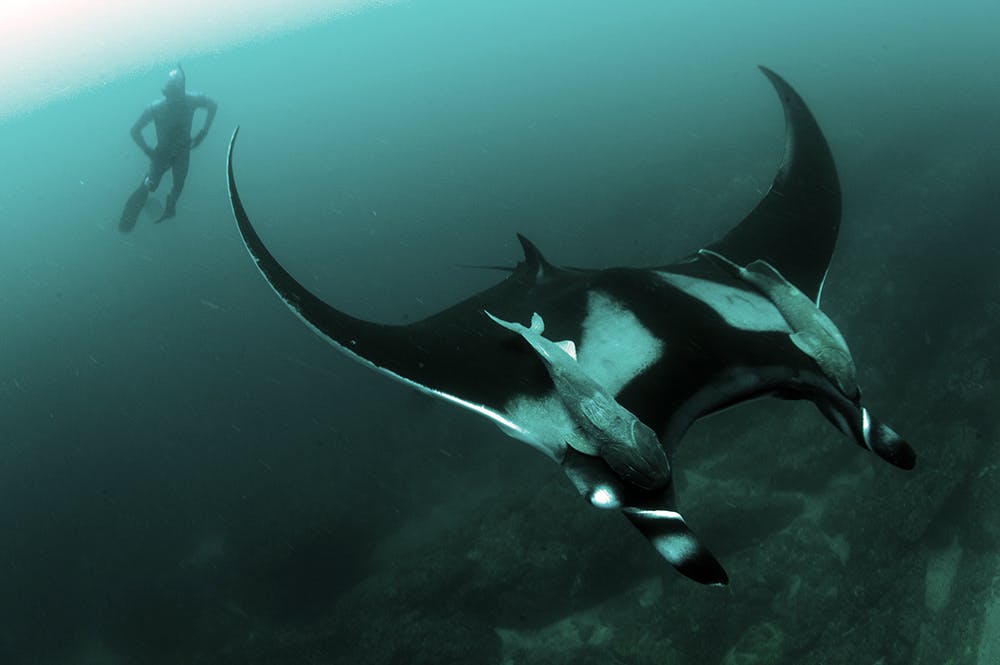
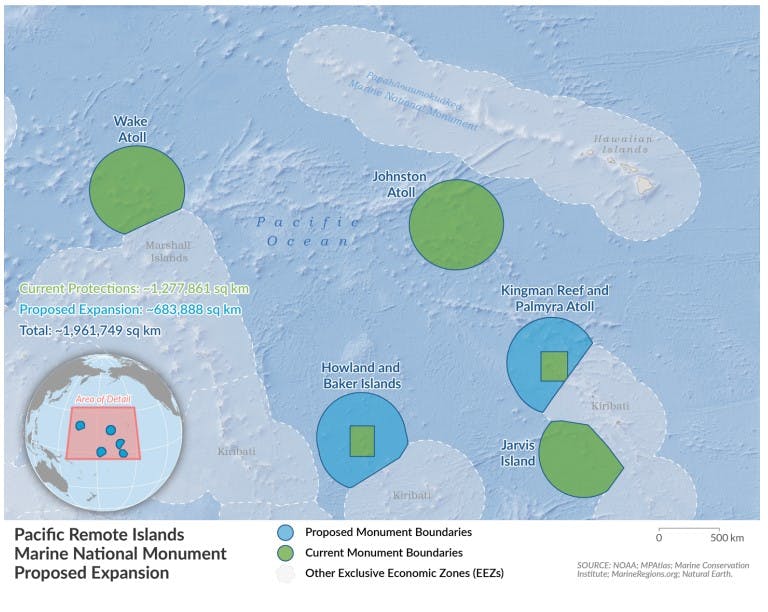

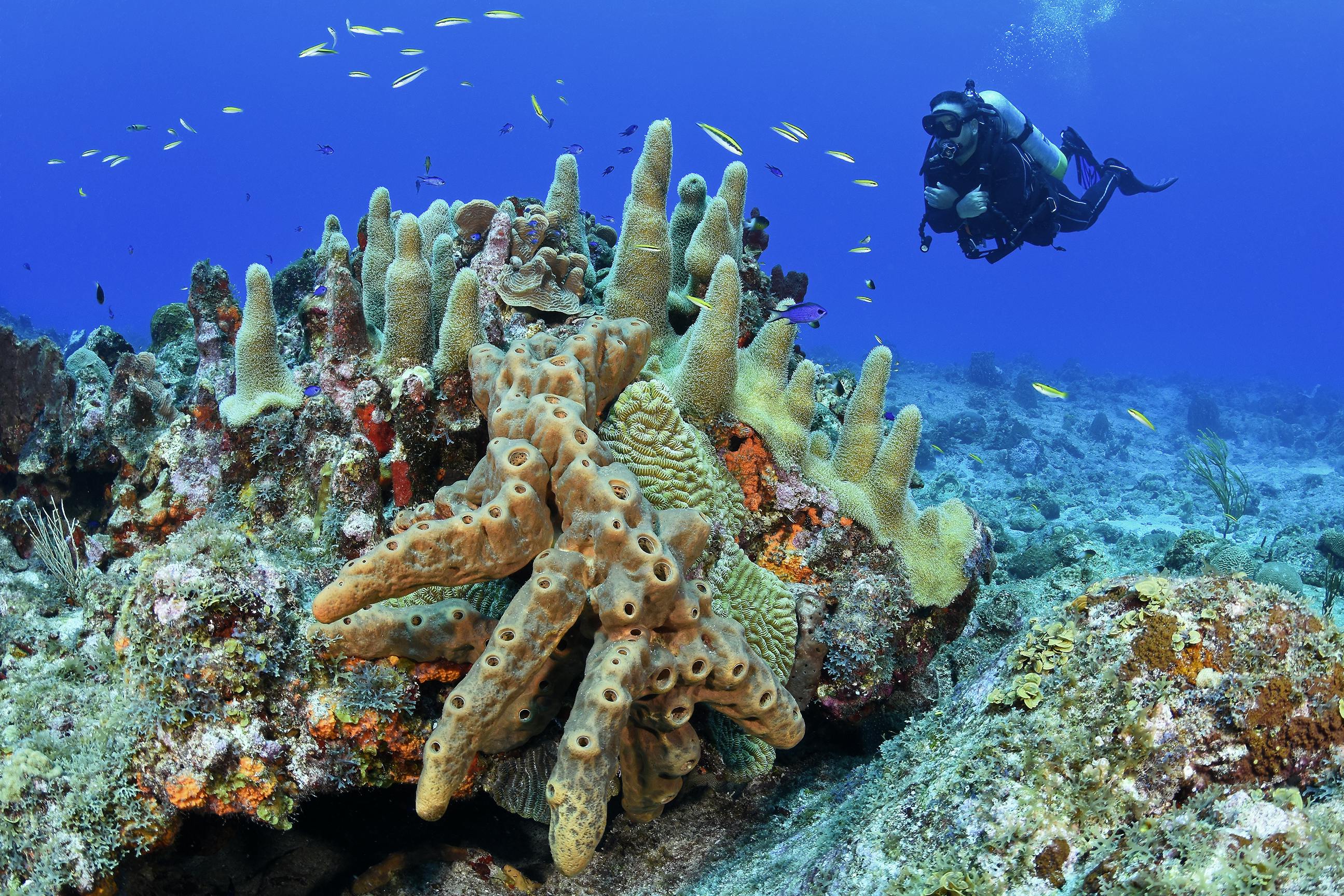
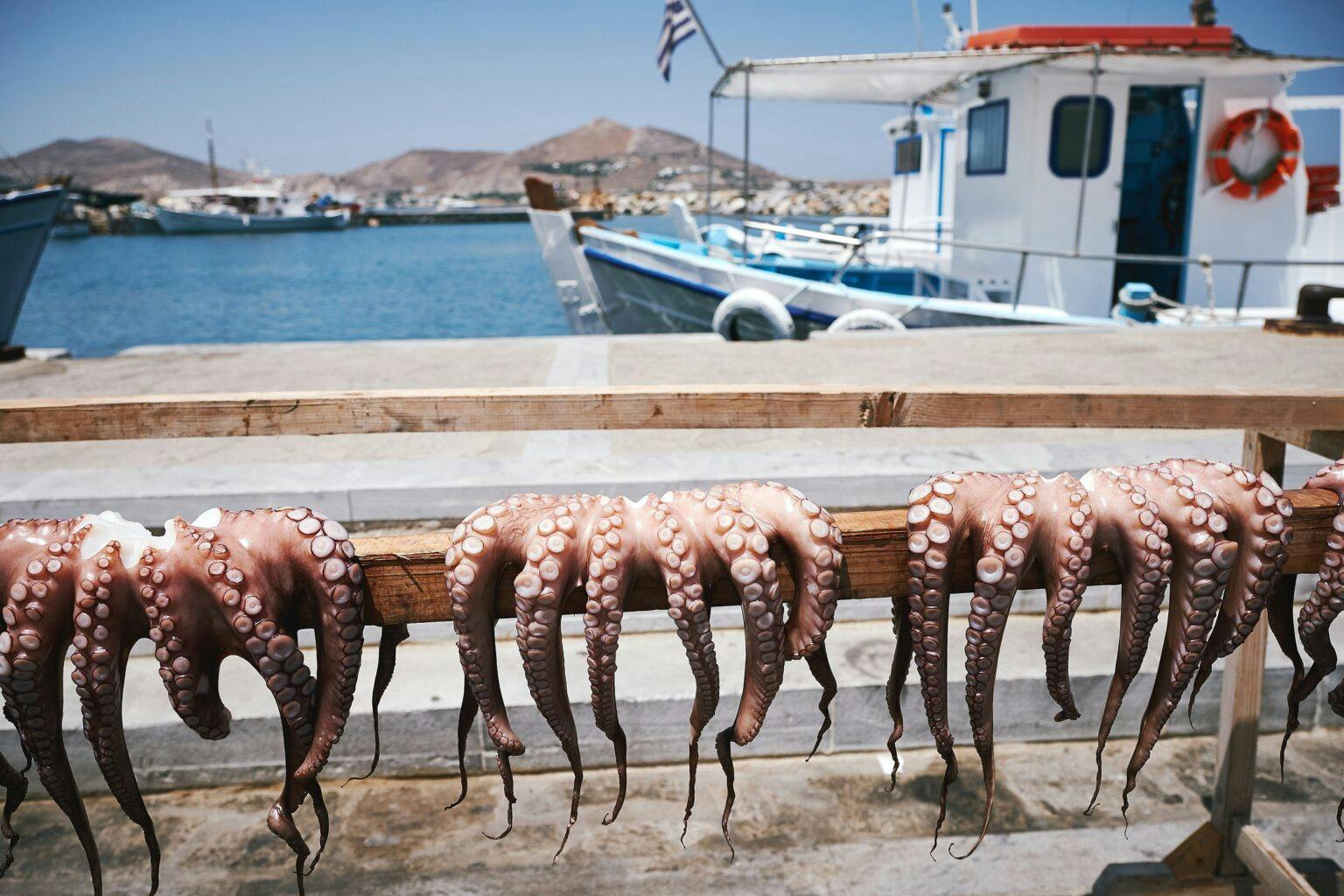
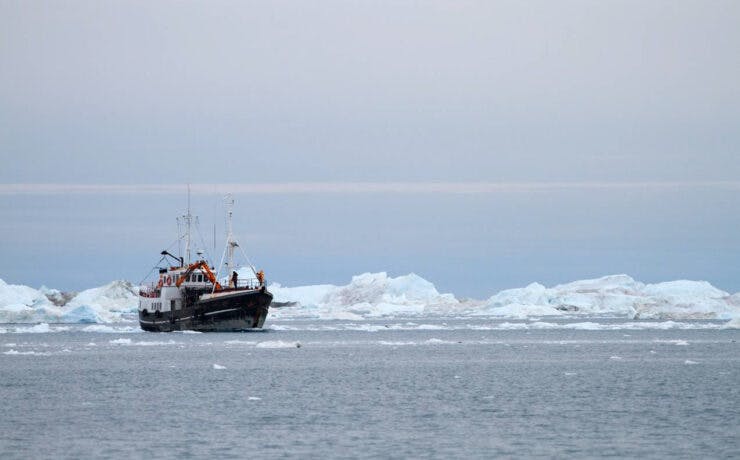
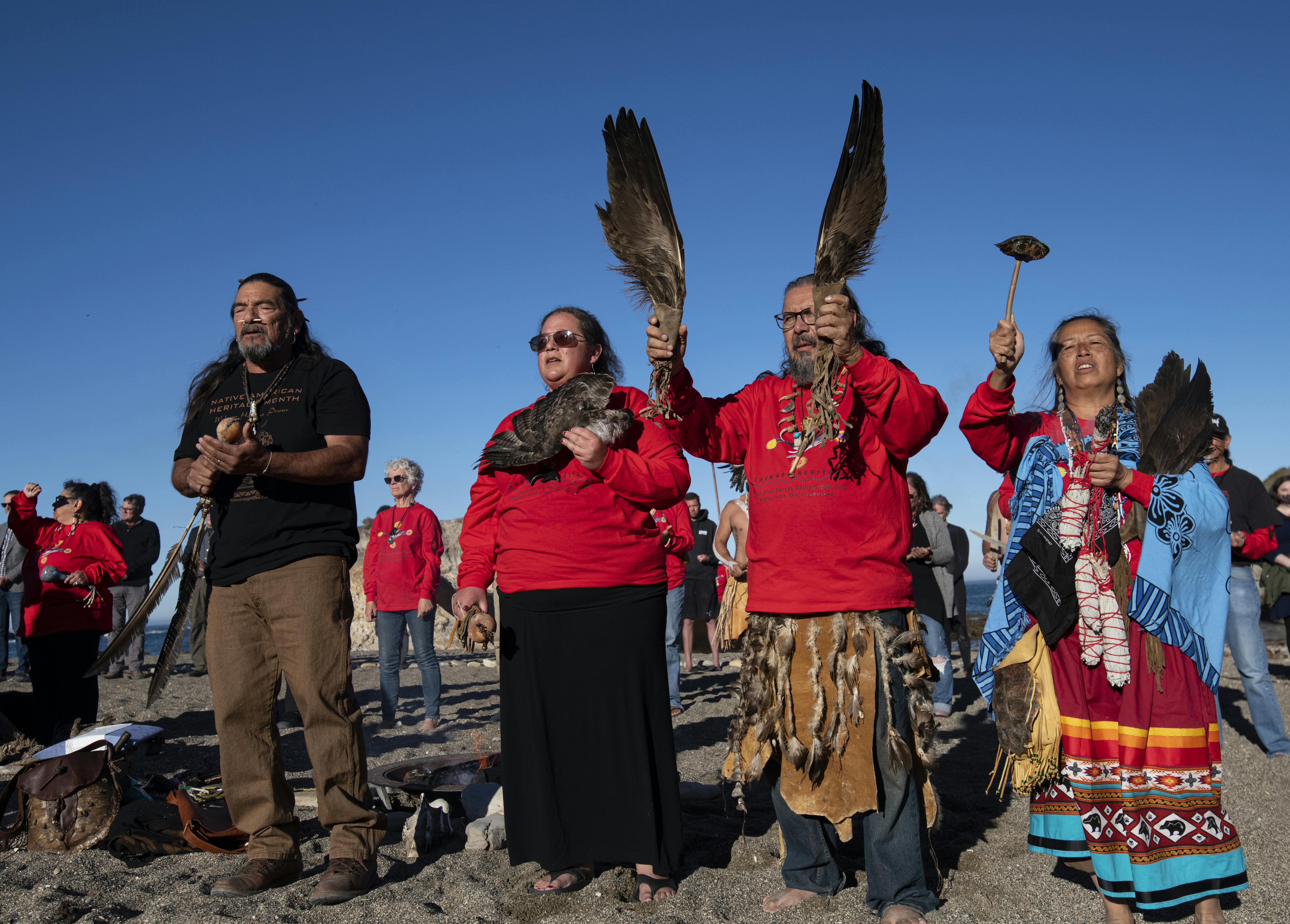
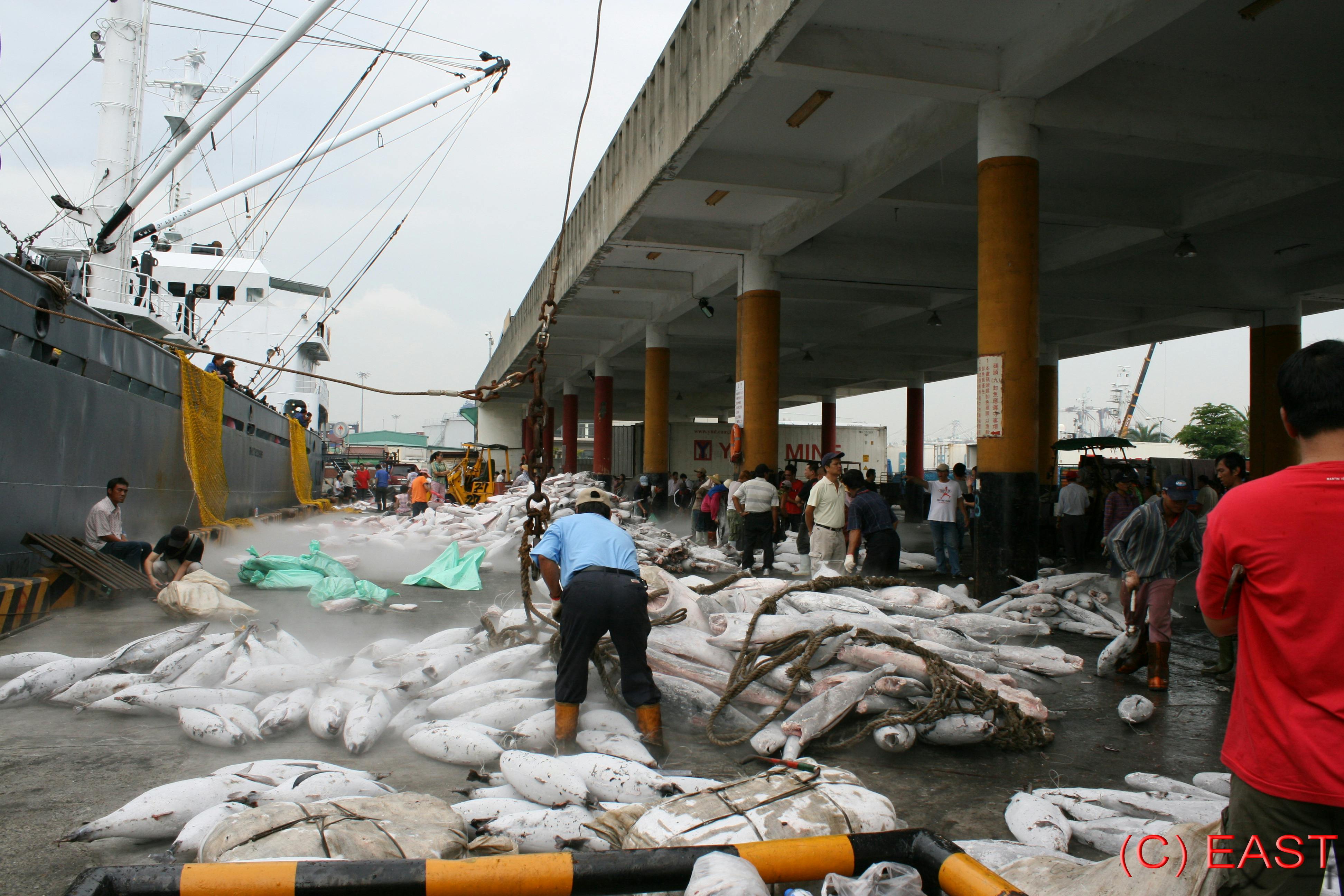
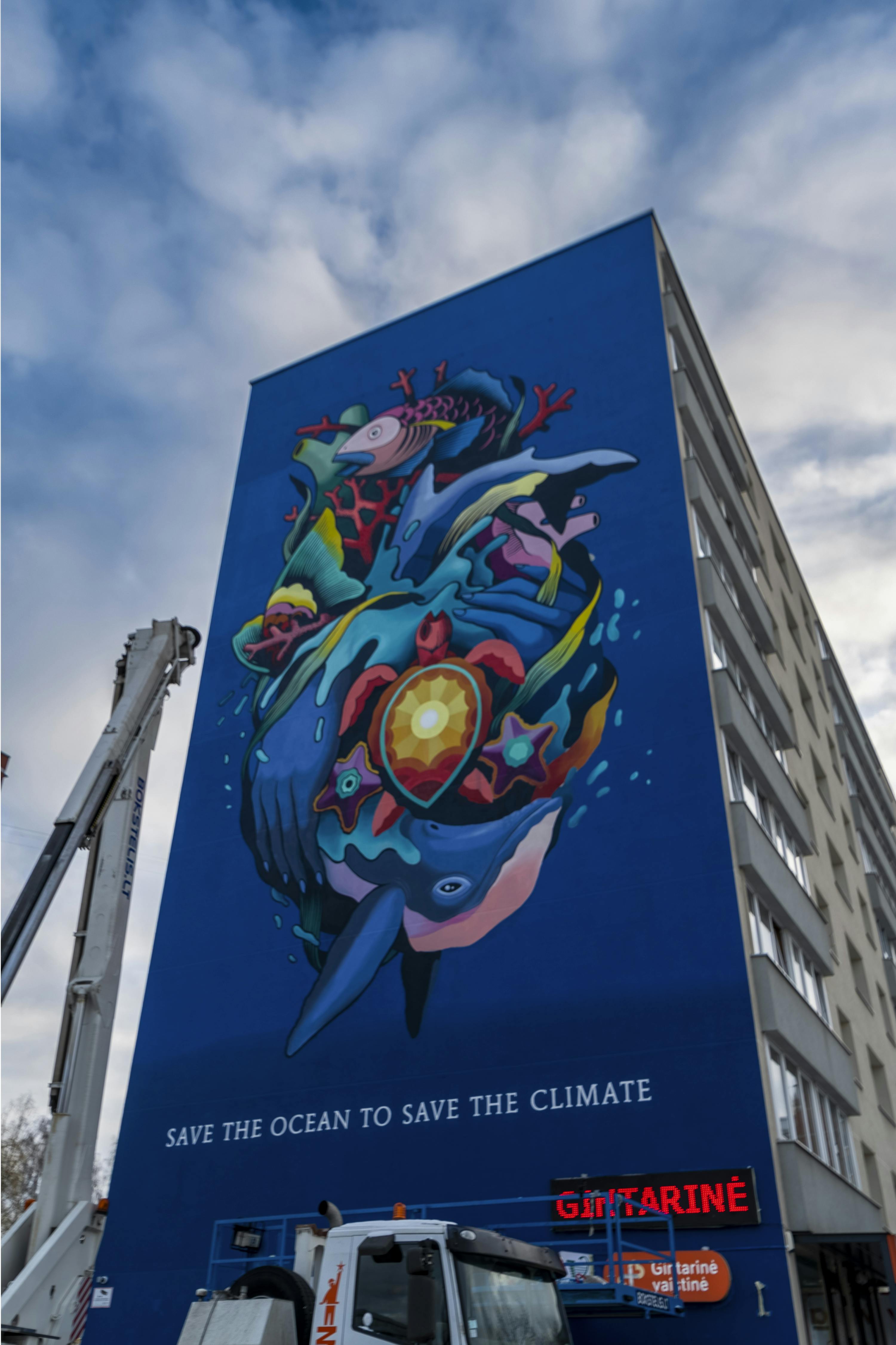
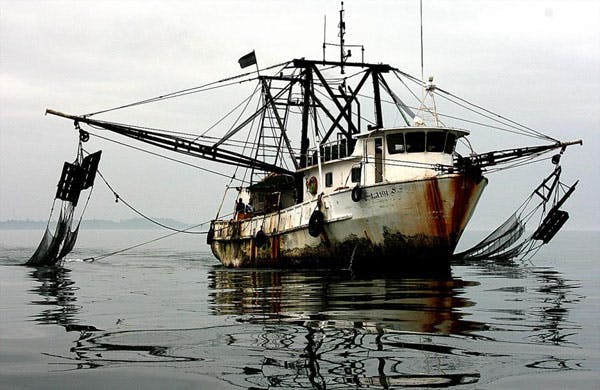
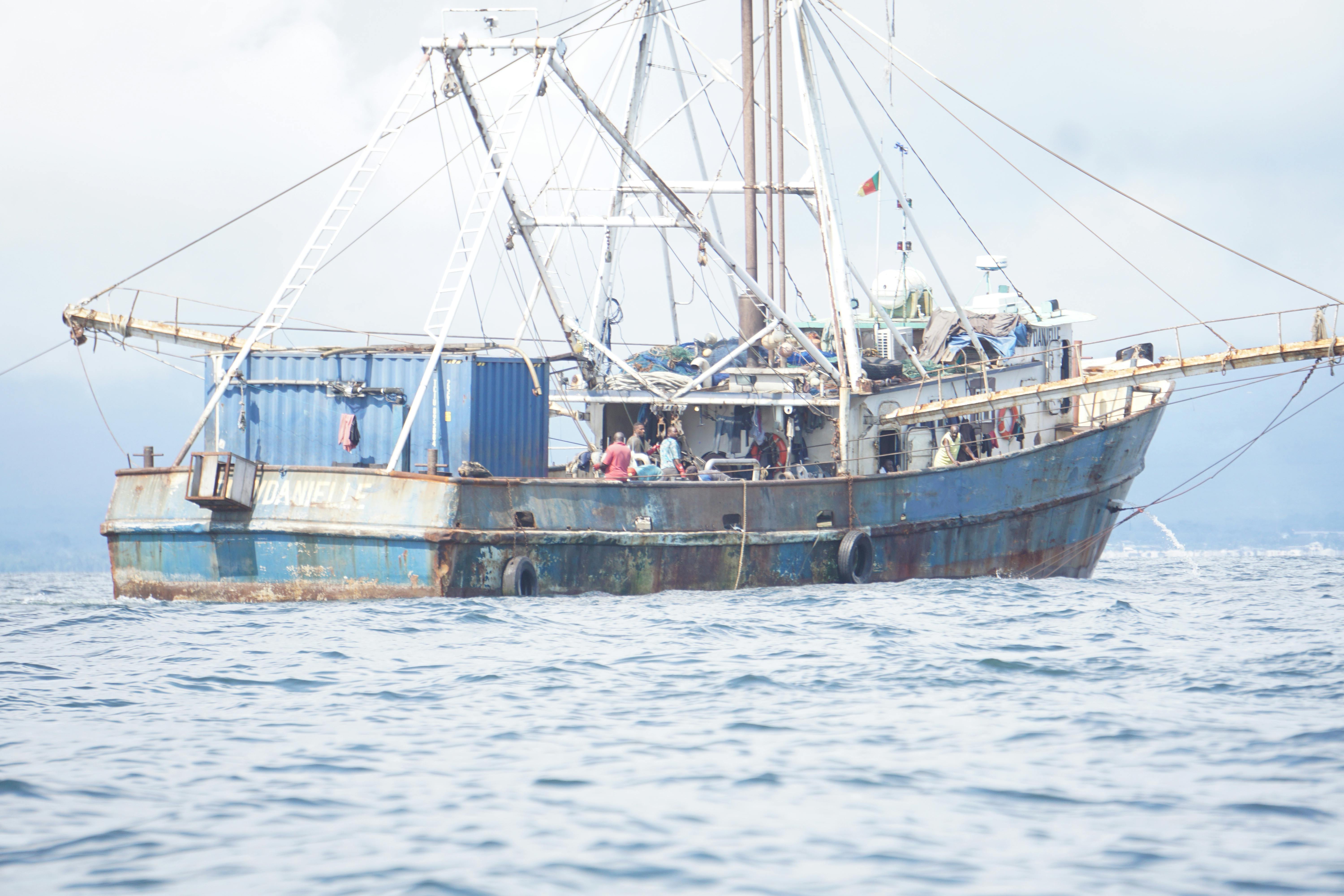
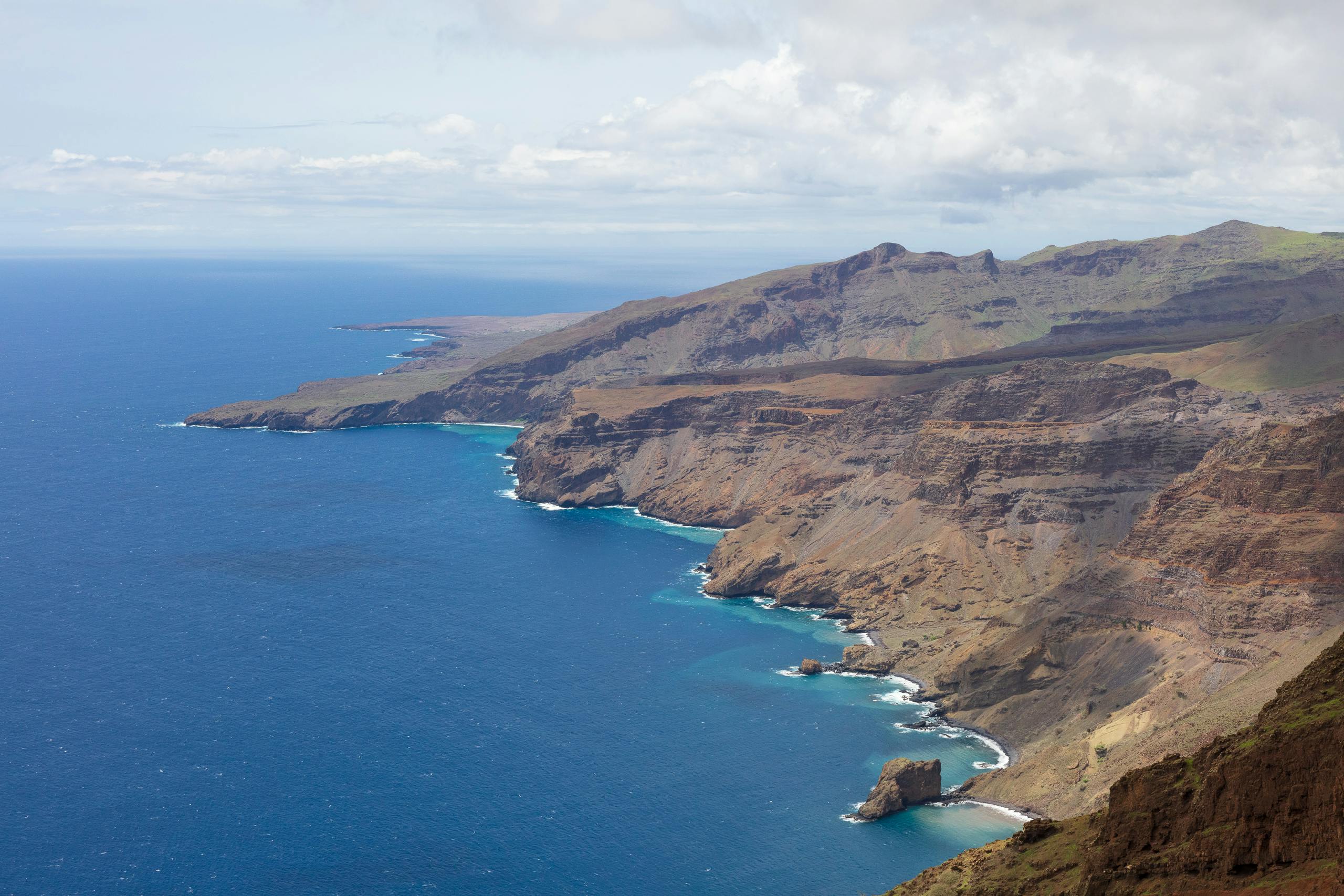
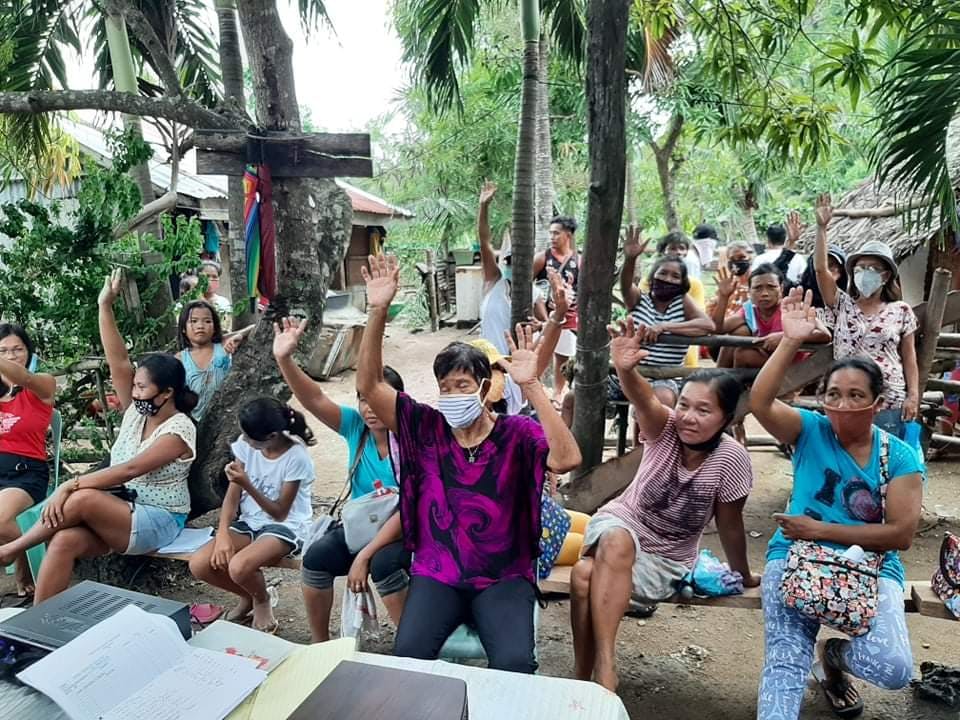
%20(1).jpg?auto=compress%2Cformat)
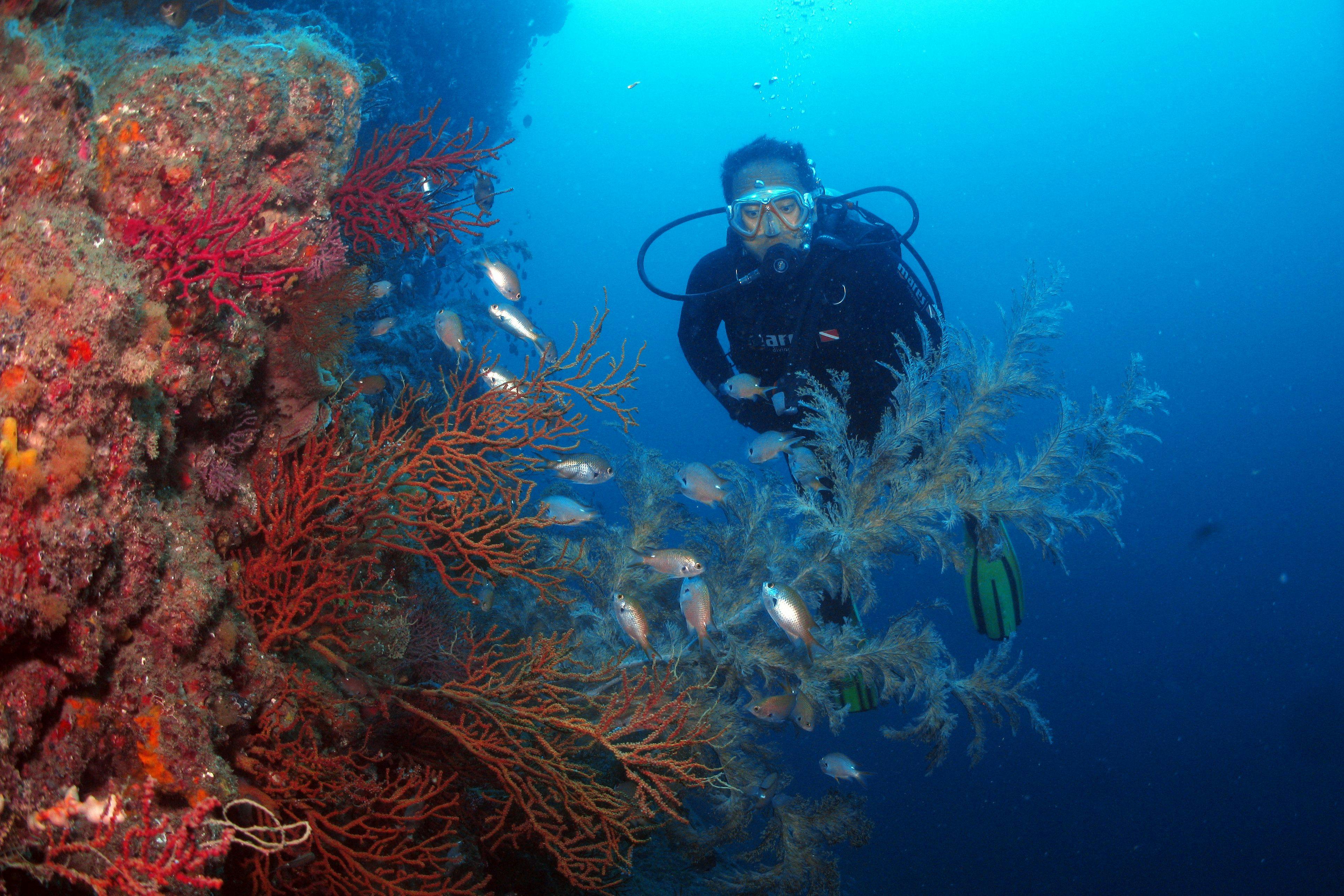
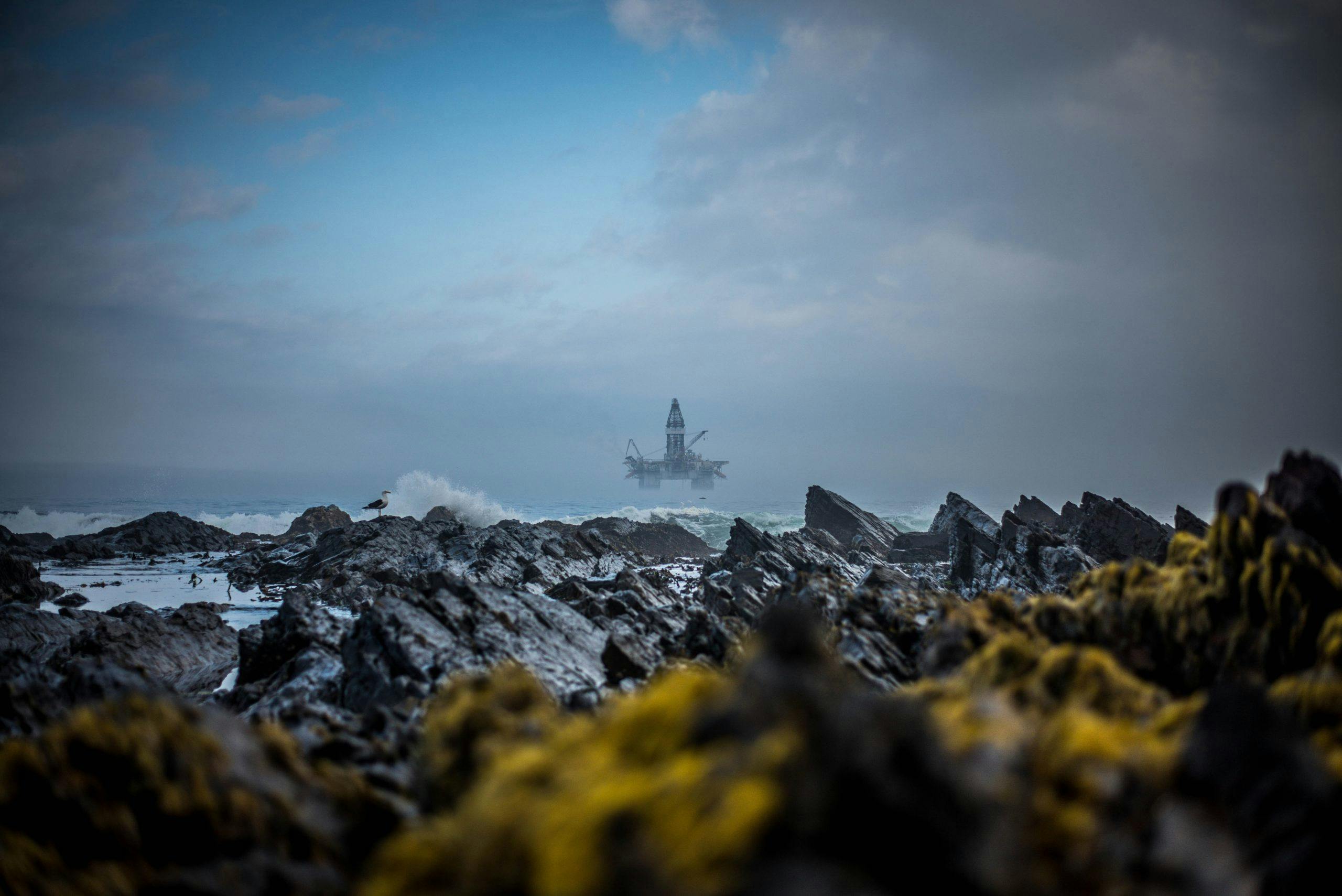
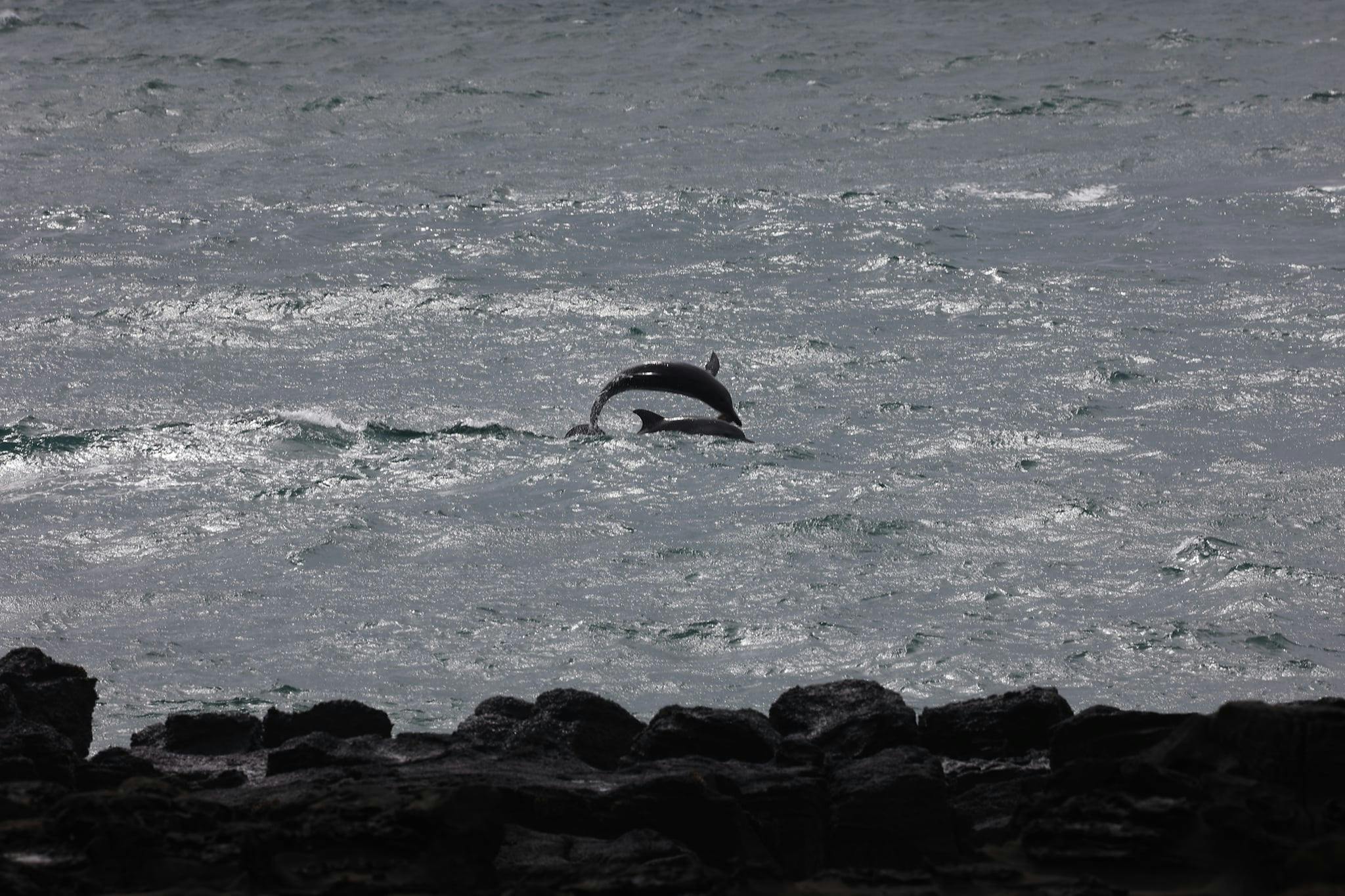
.jpg?auto=compress%2Cformat)
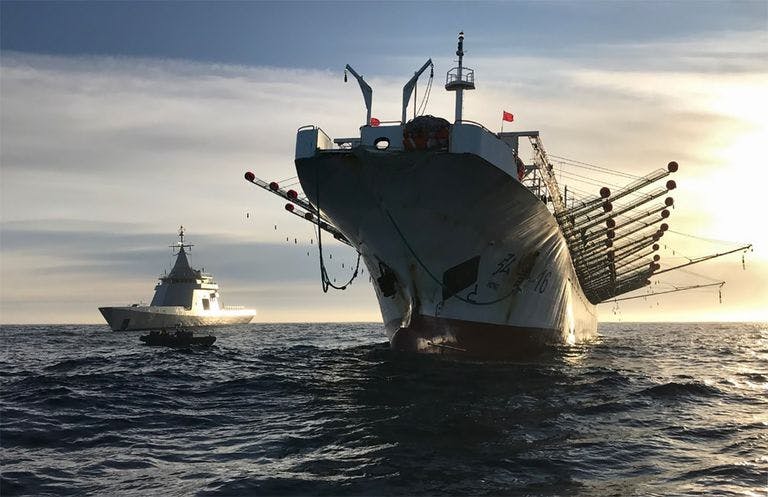

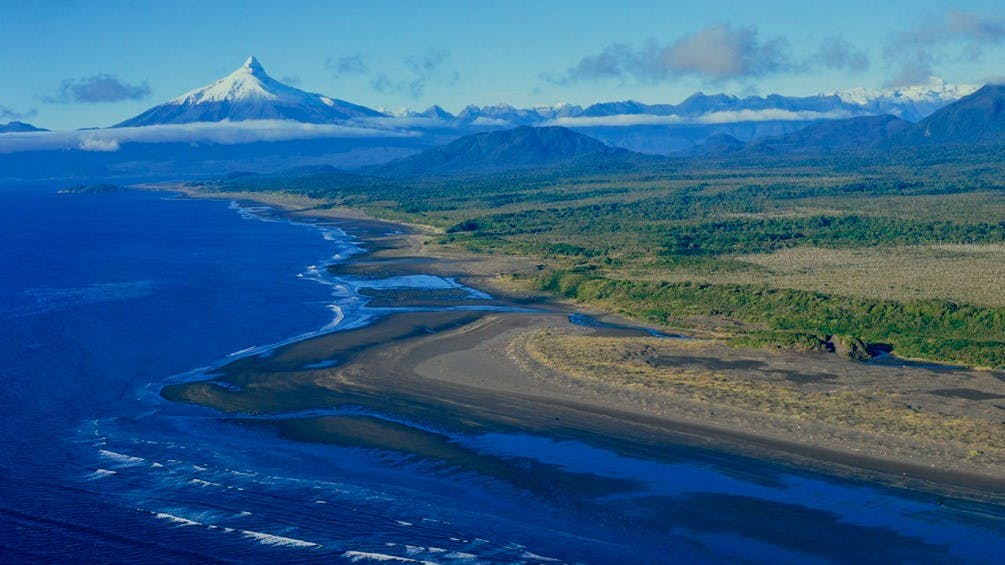
.jpg?auto=compress%2Cformat)
.jpg?auto=compress%2Cformat)
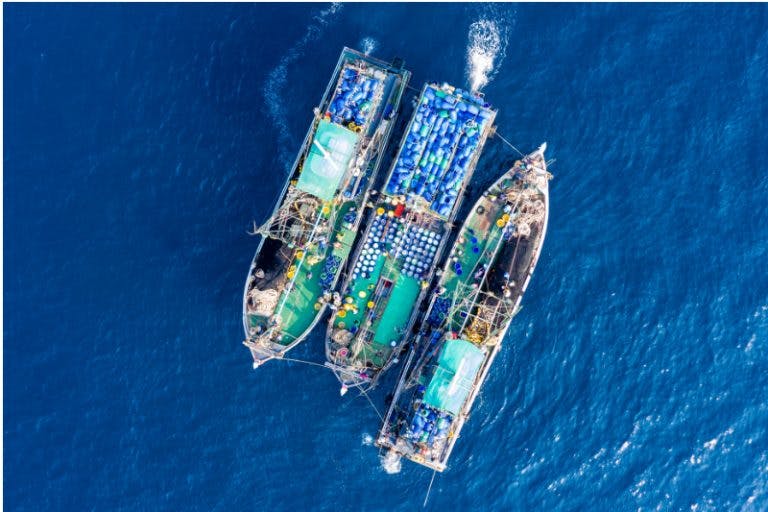
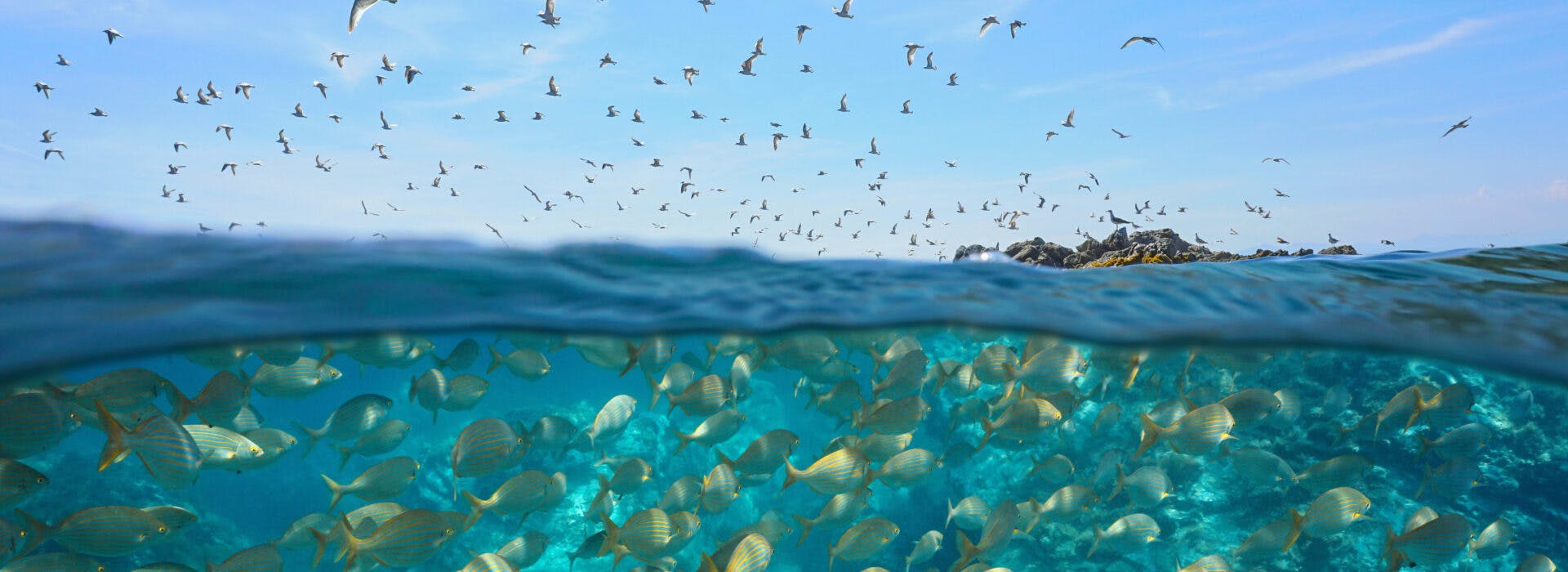
.jpg?auto=compress%2Cformat)
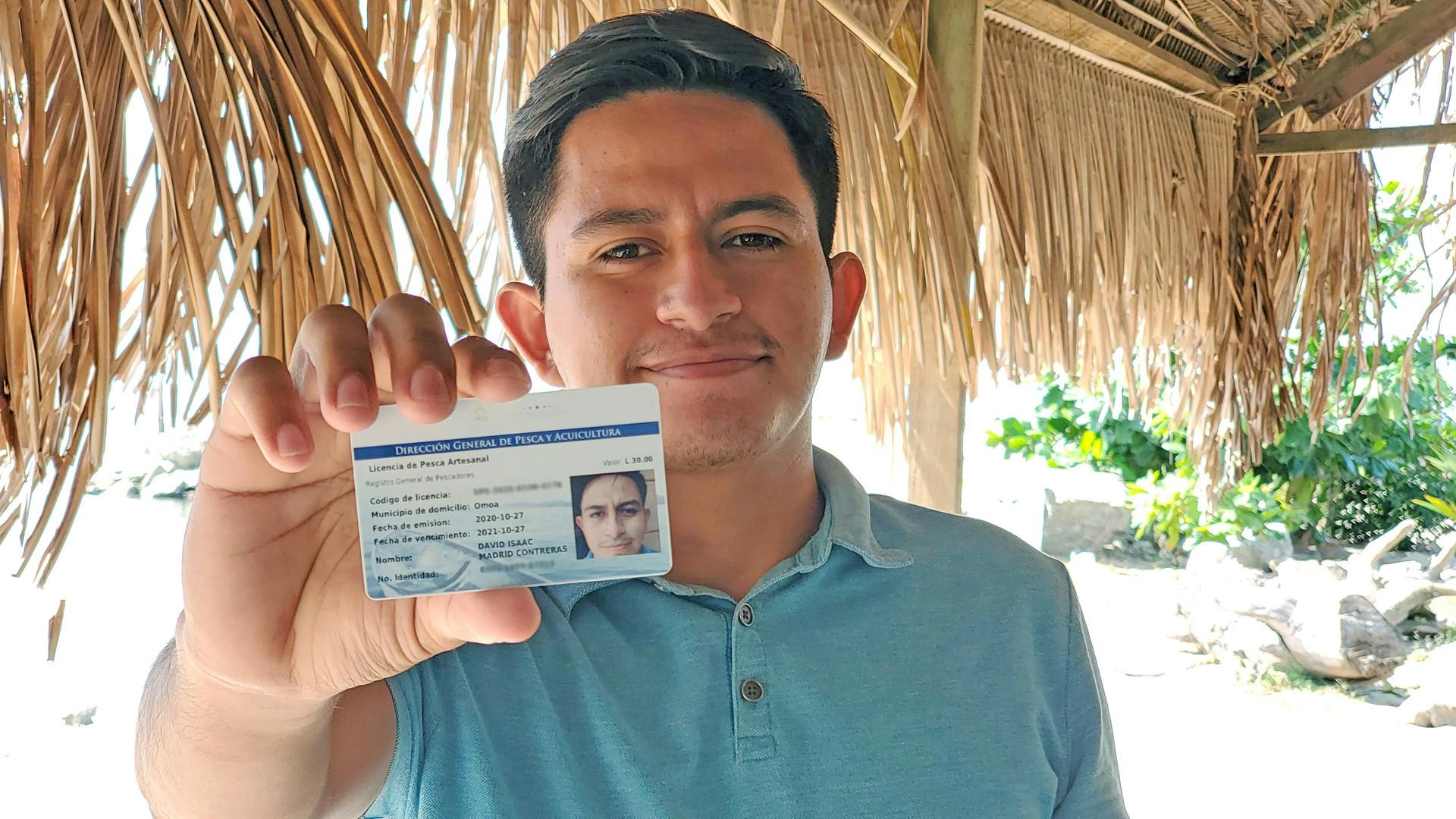
.JPG?auto=compress%2Cformat)
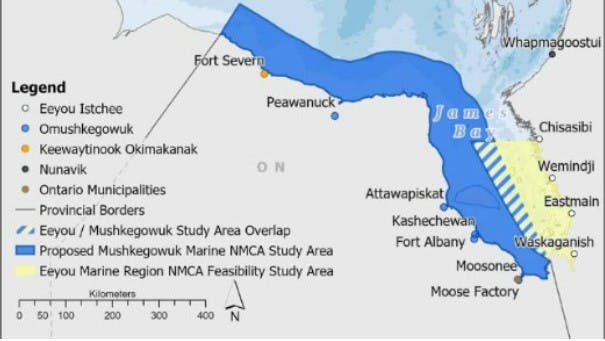
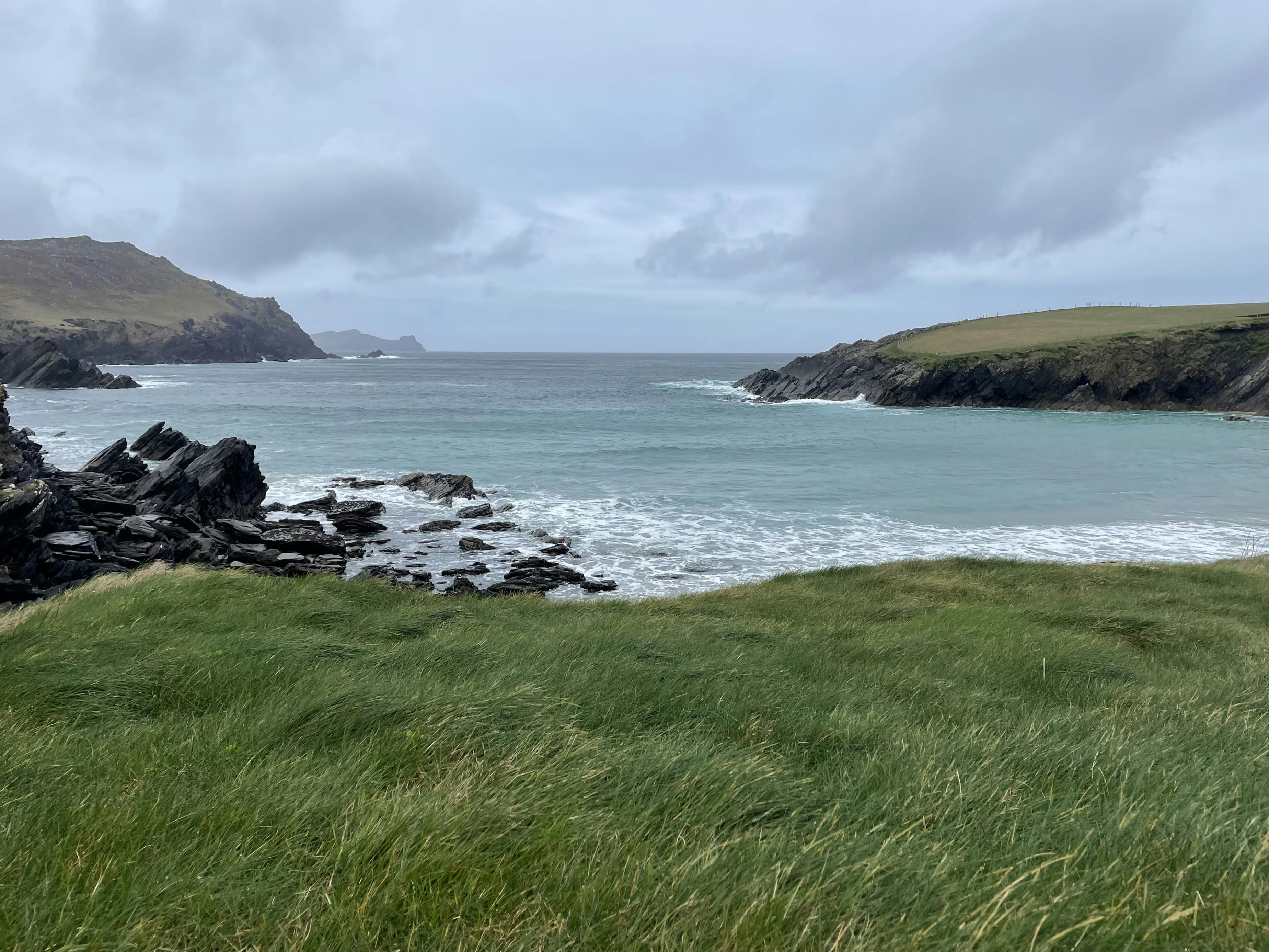
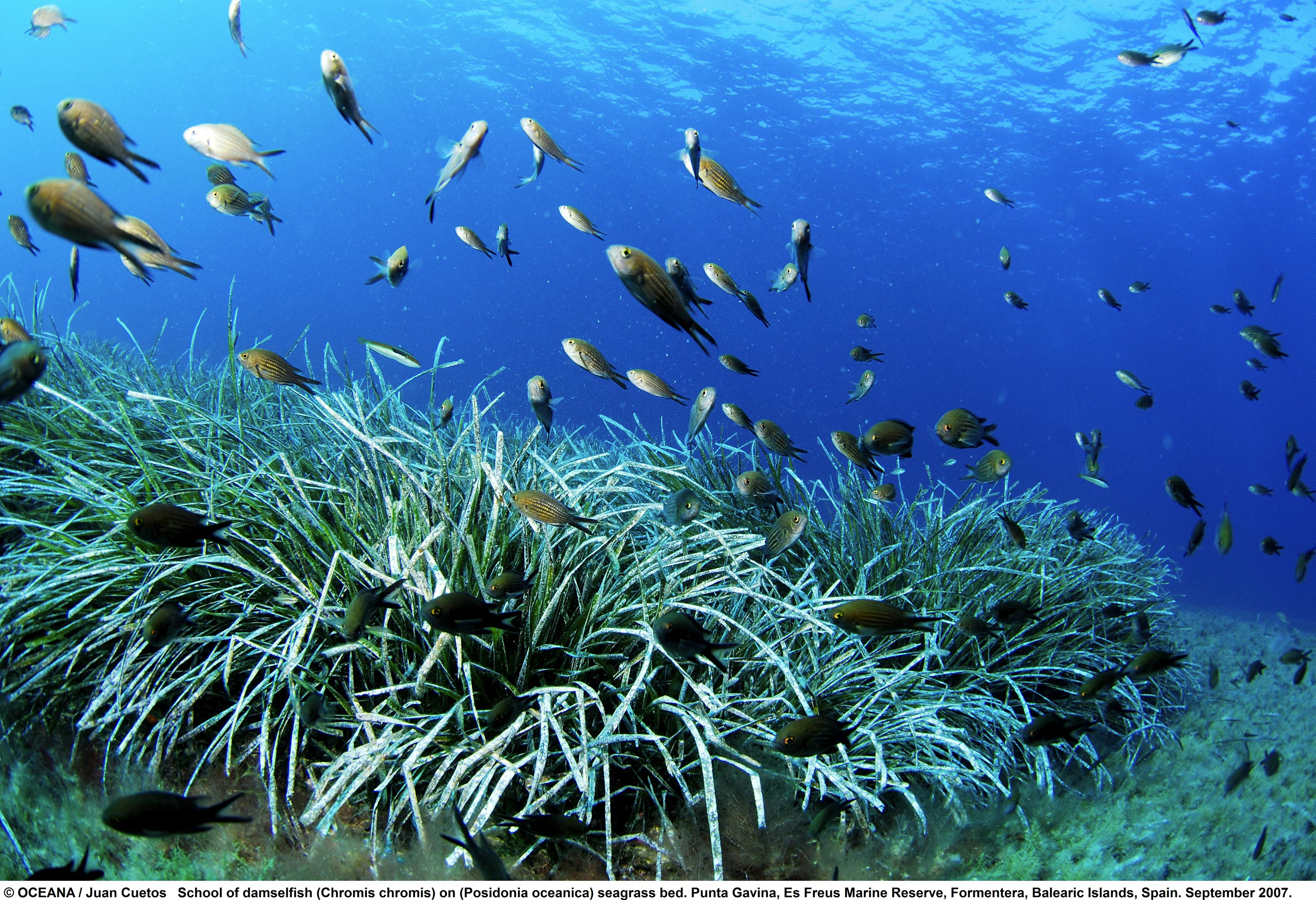
.jpg?auto=compress%2Cformat)
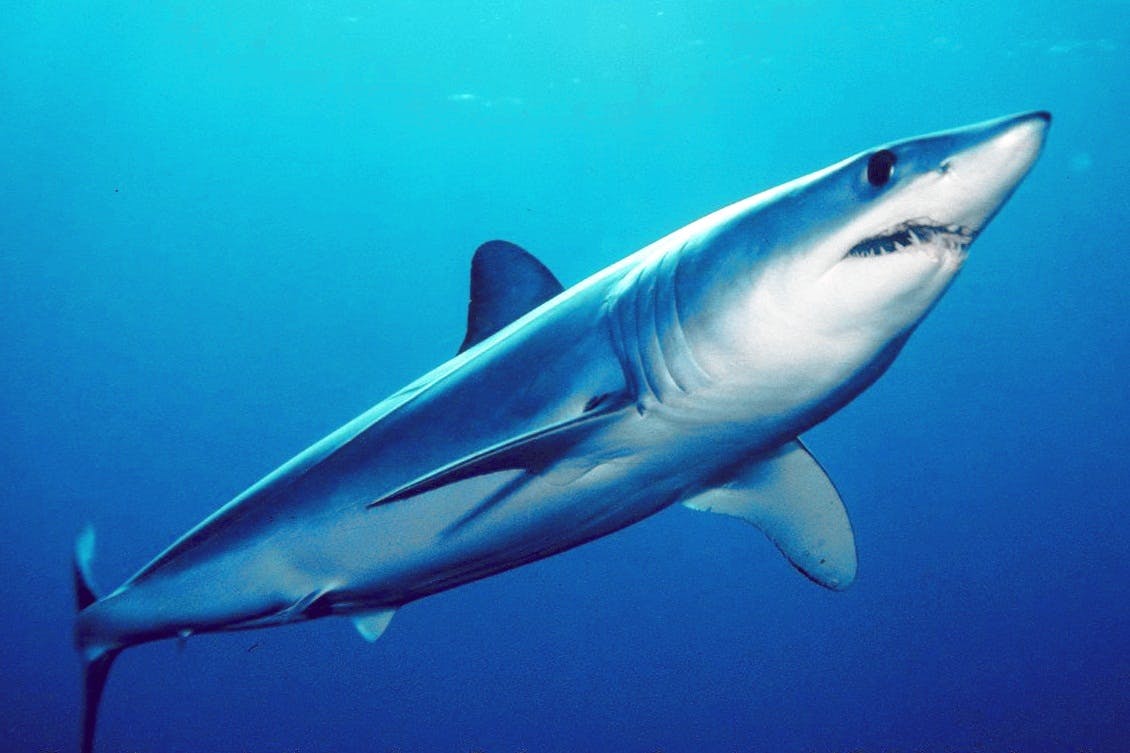
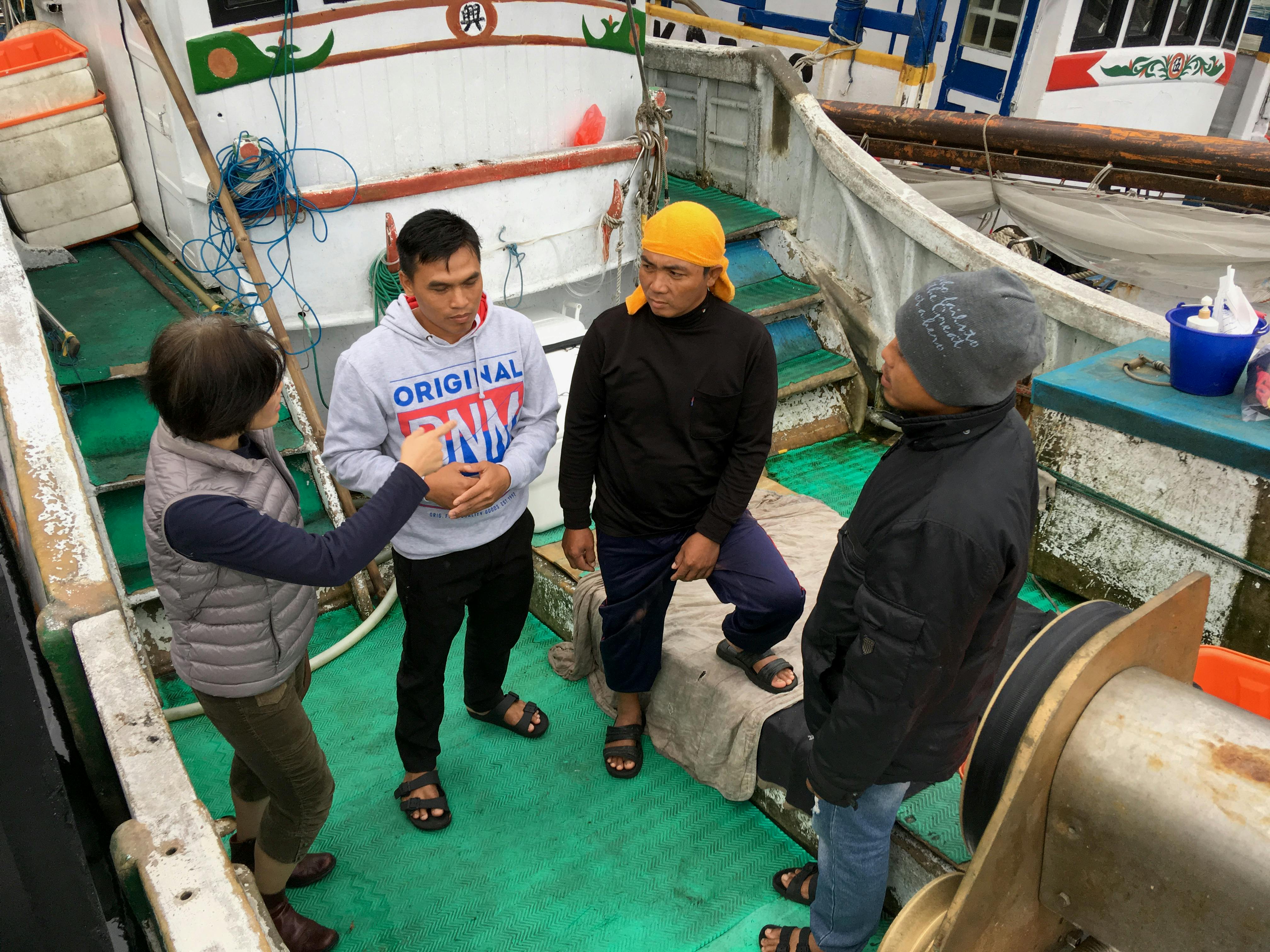
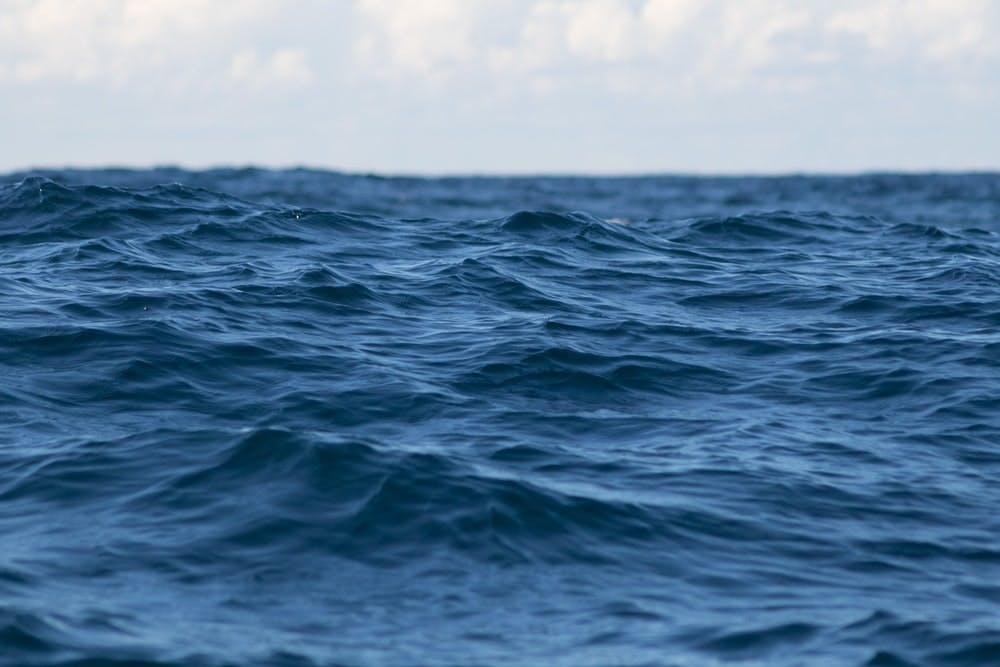
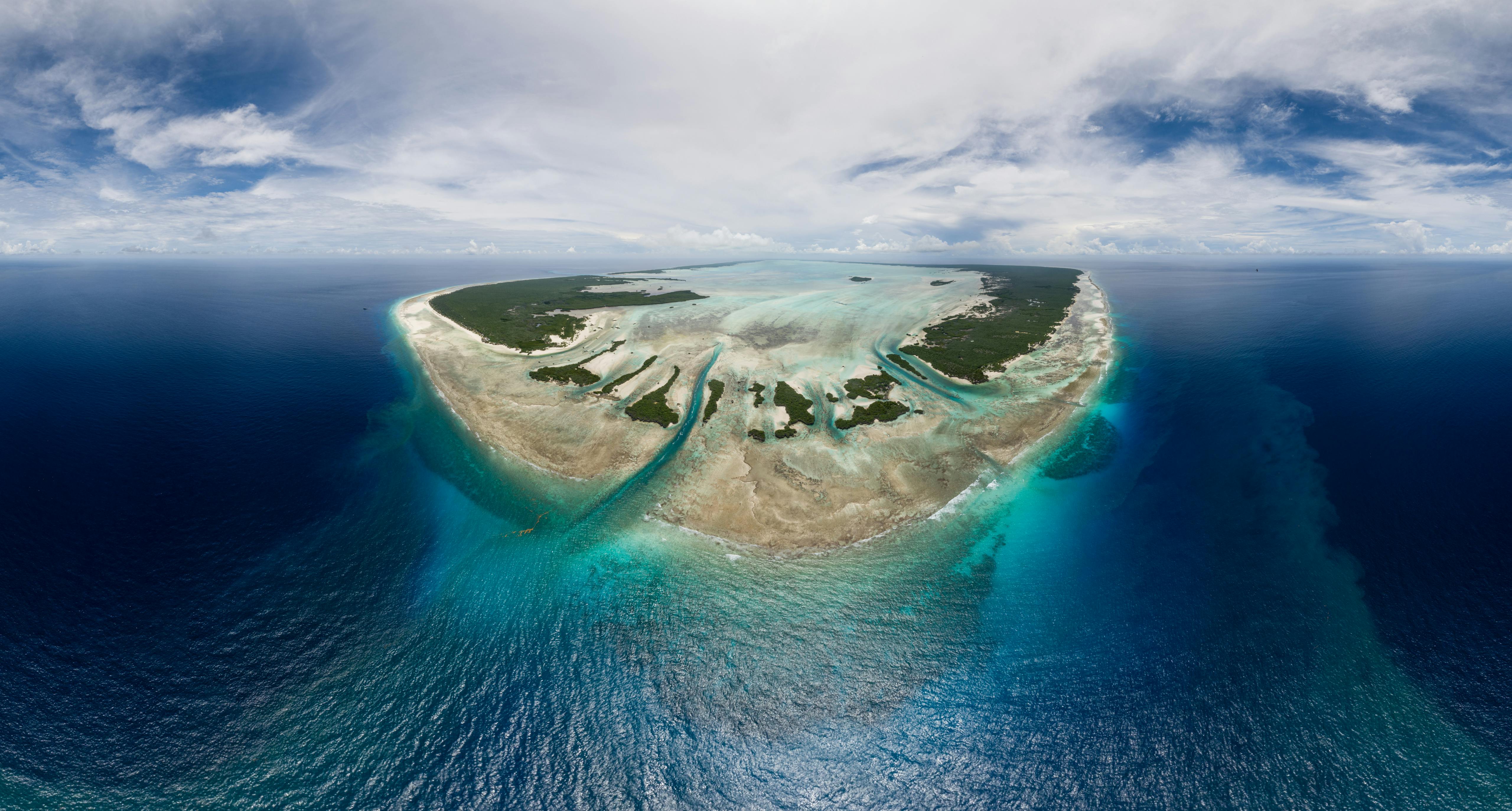
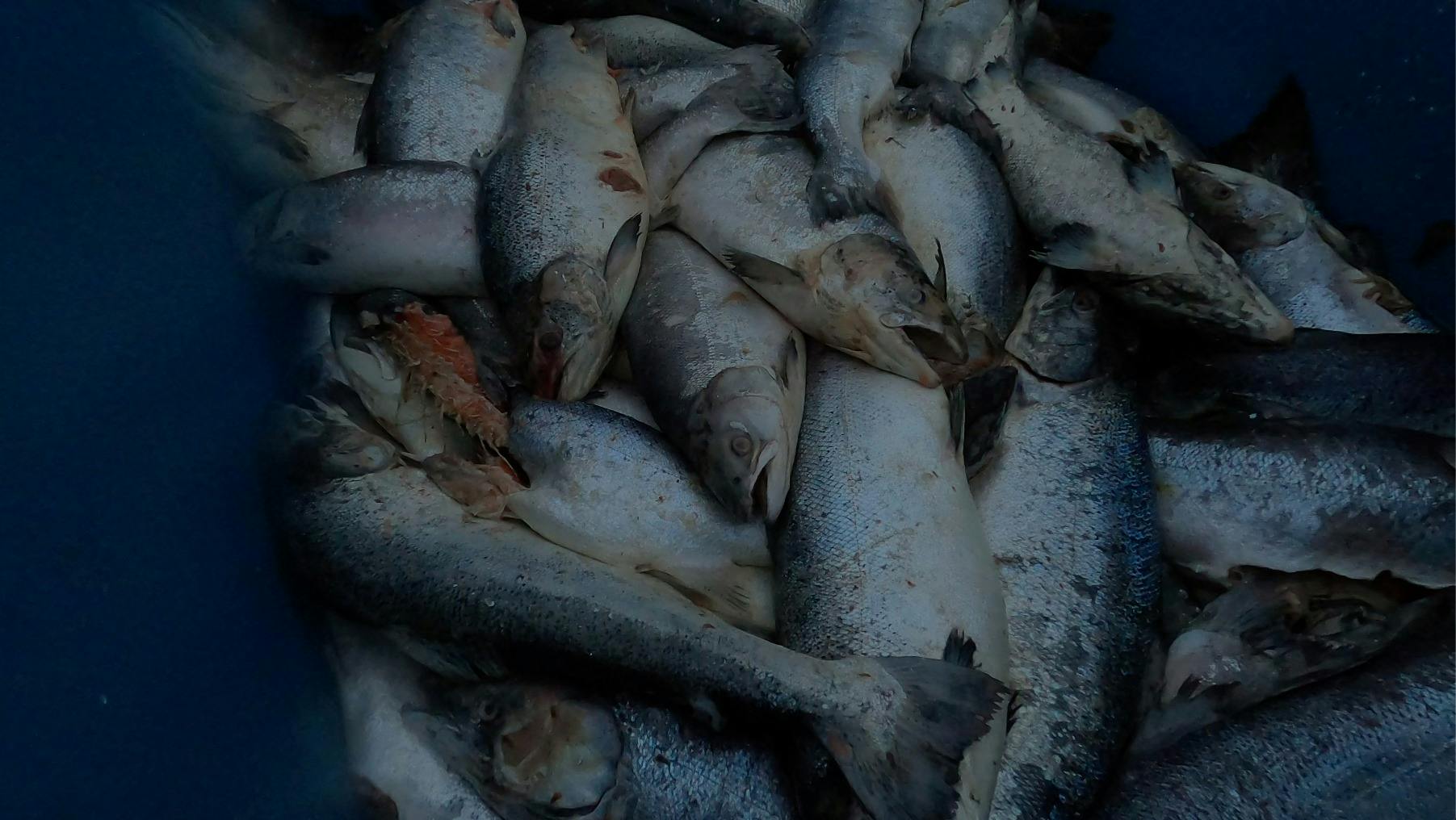
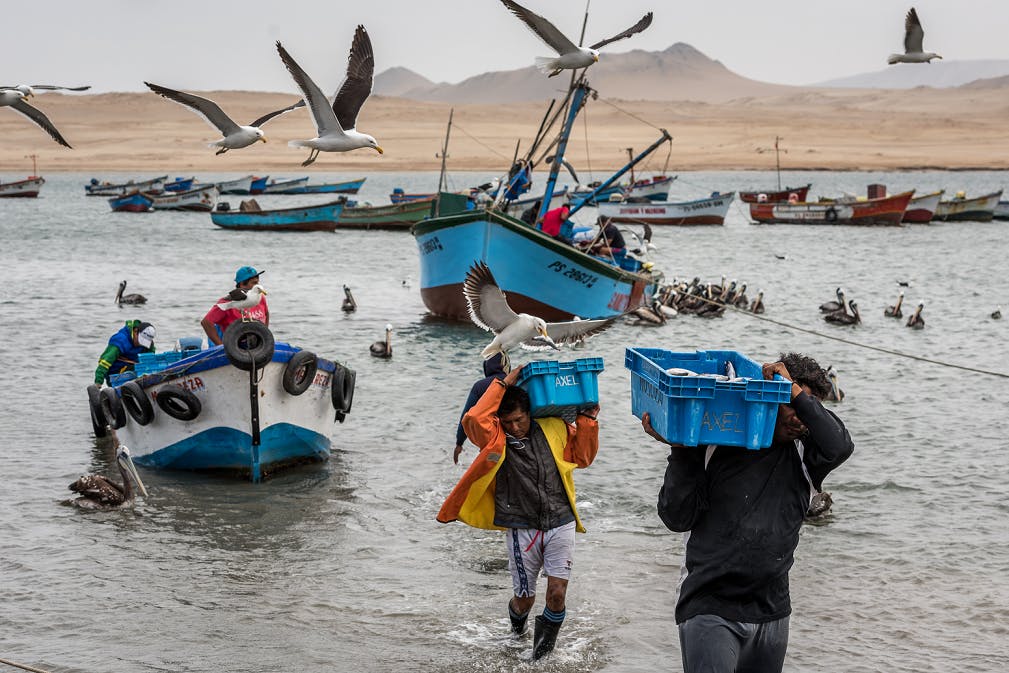
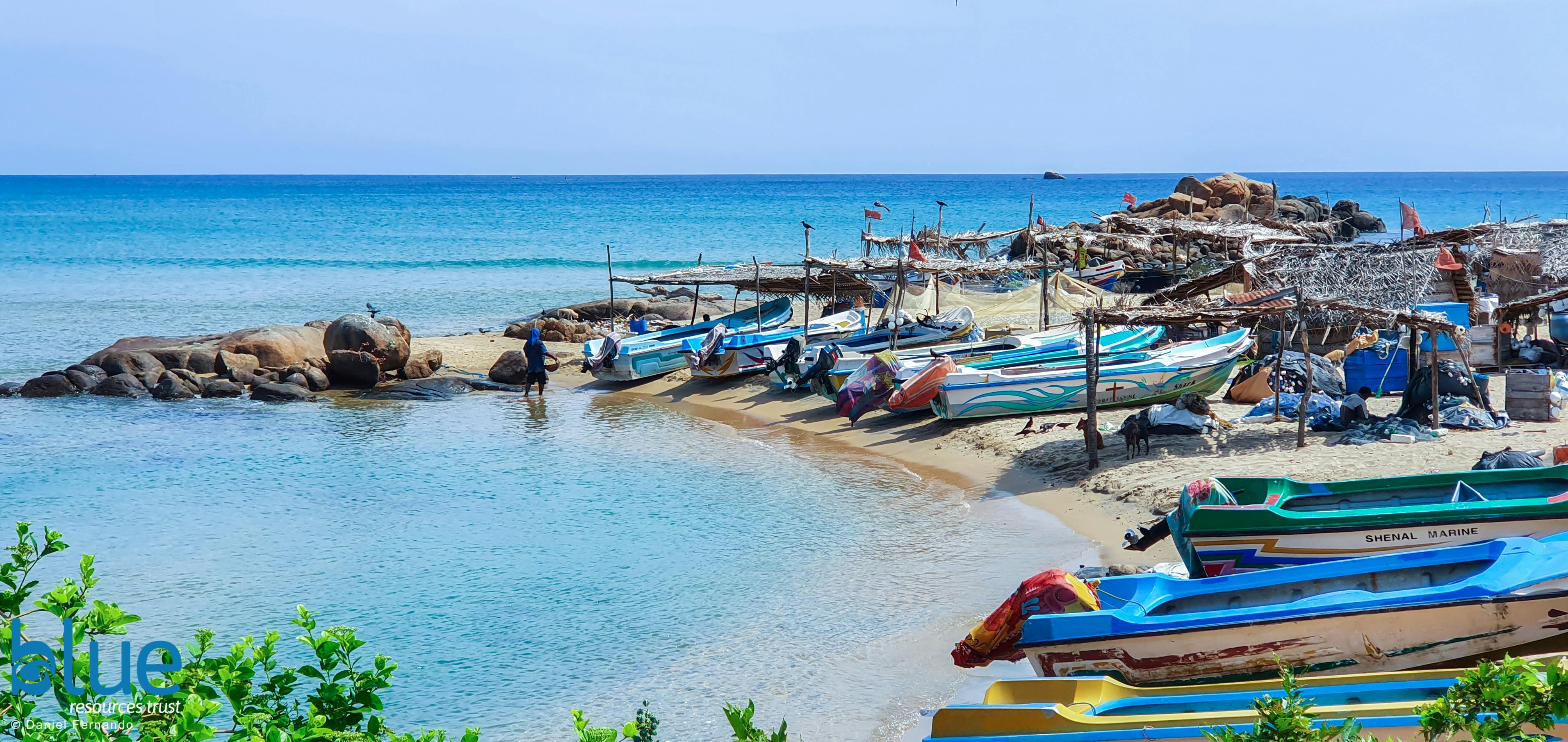
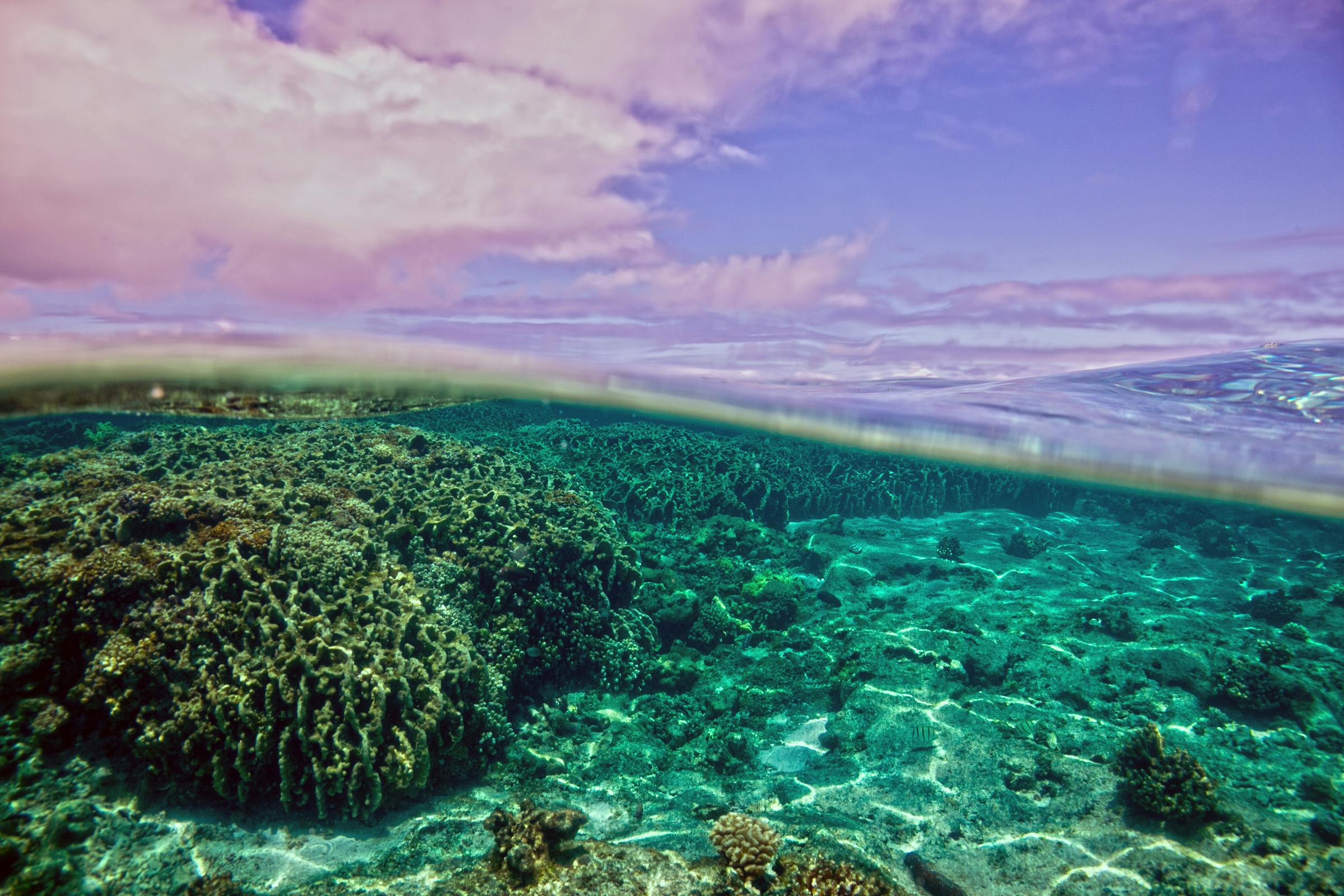
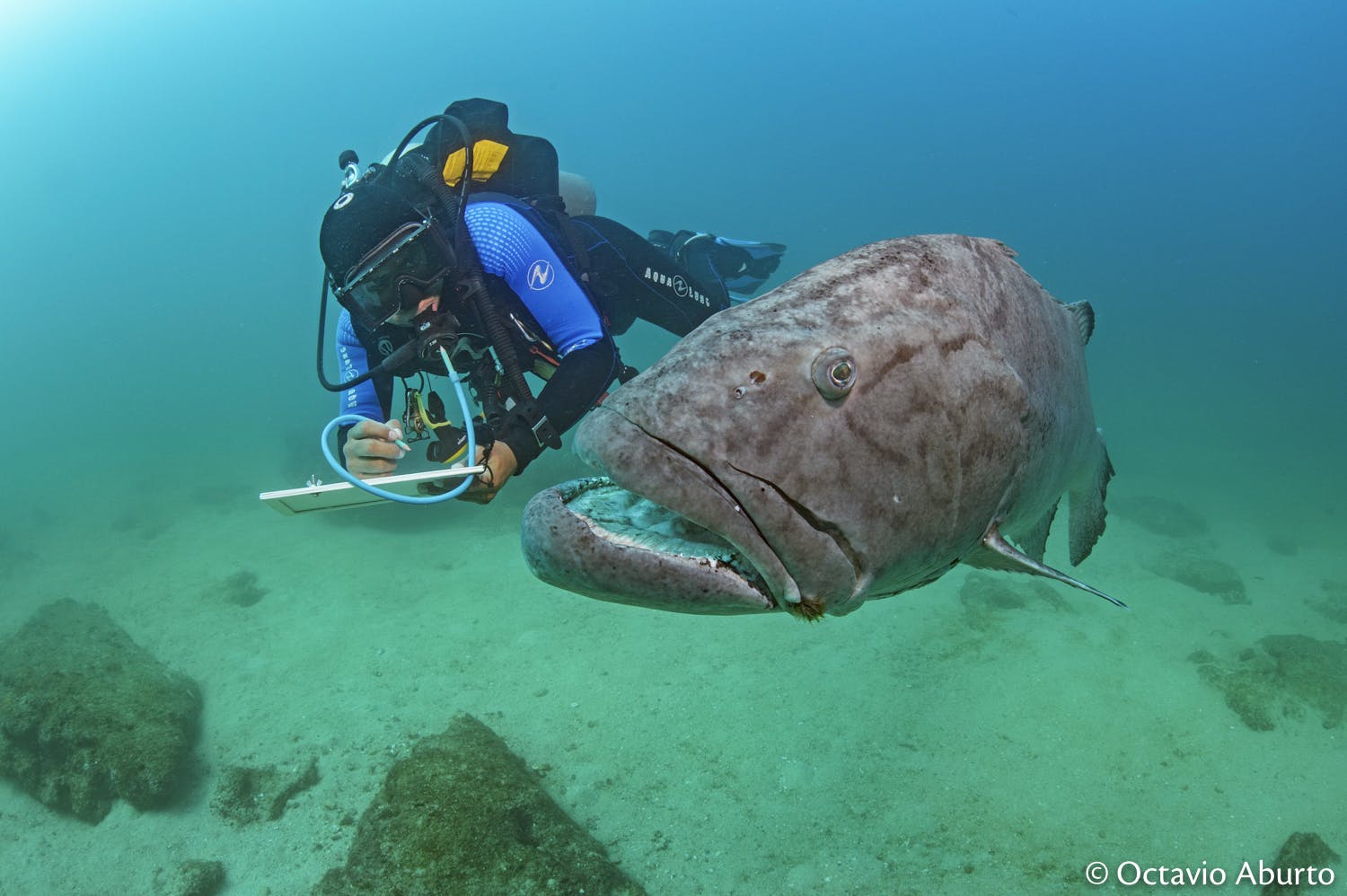
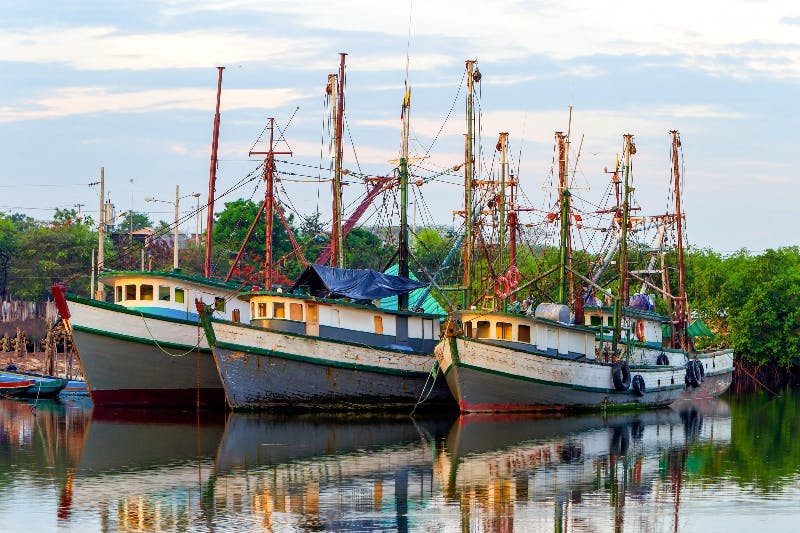
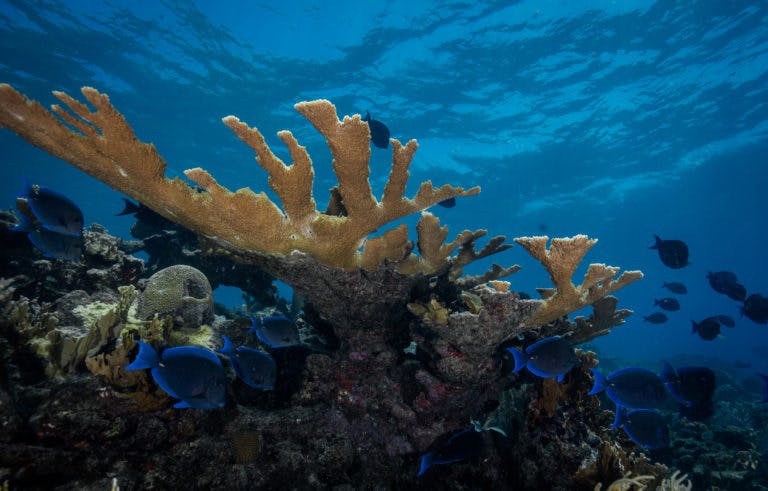
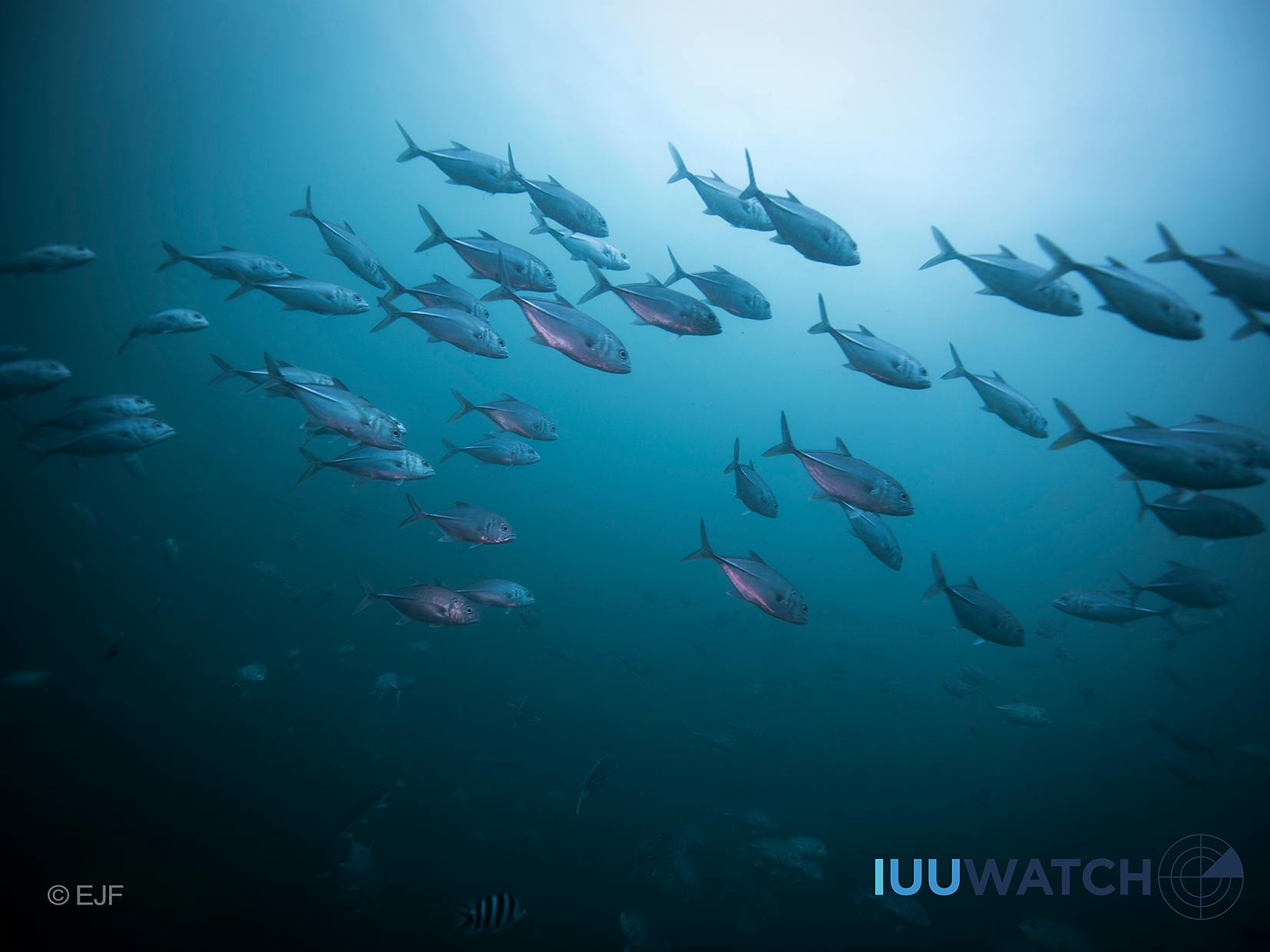
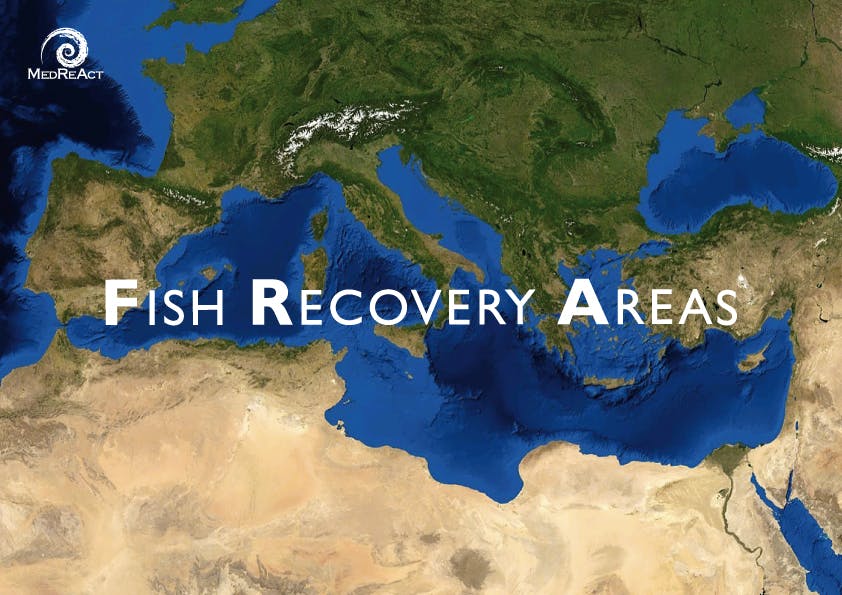

.jpg?auto=compress%2Cformat)
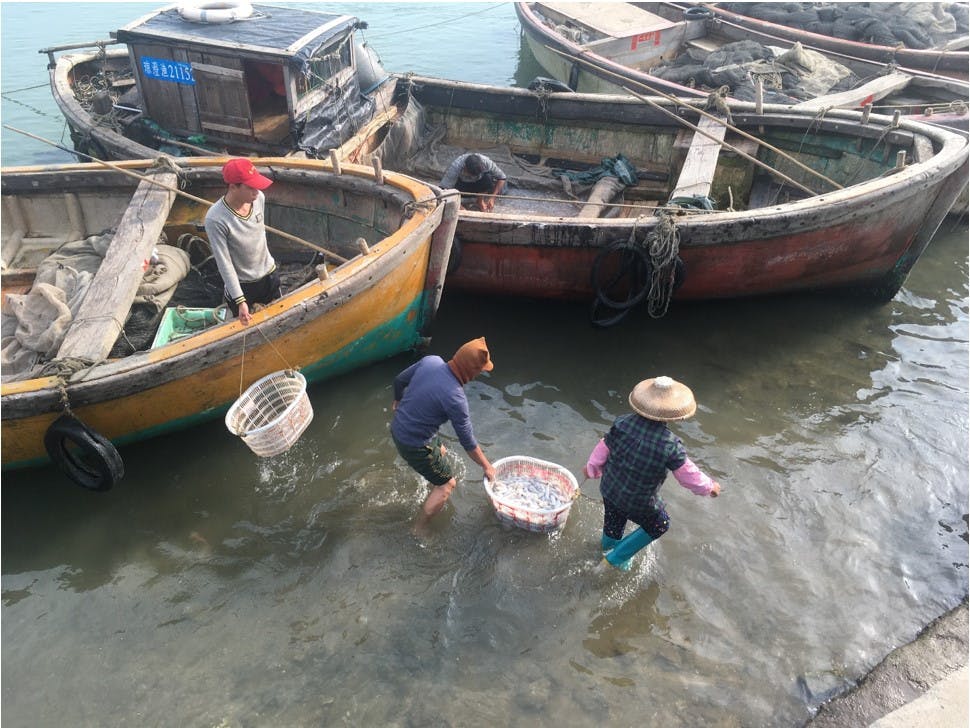
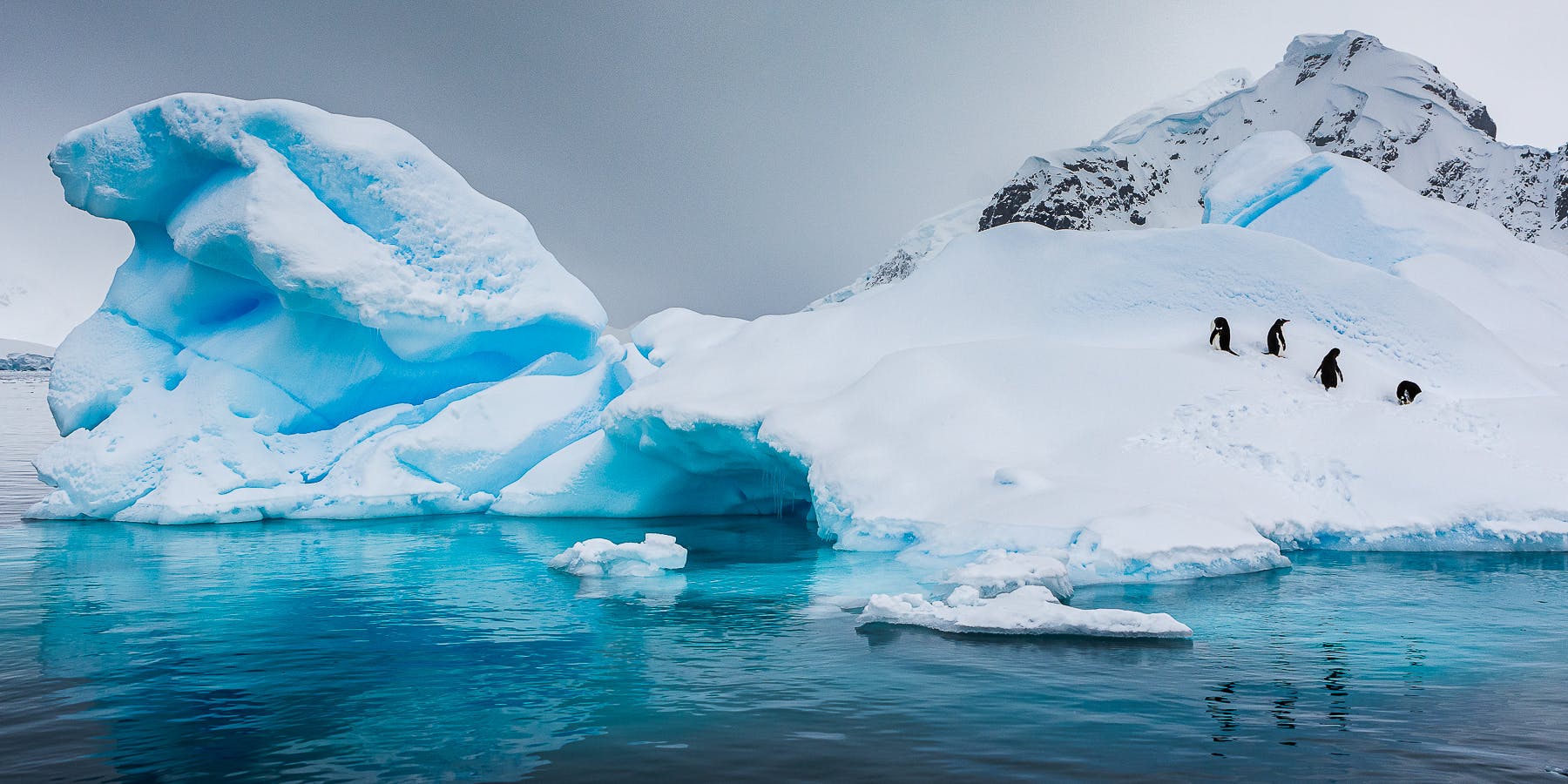
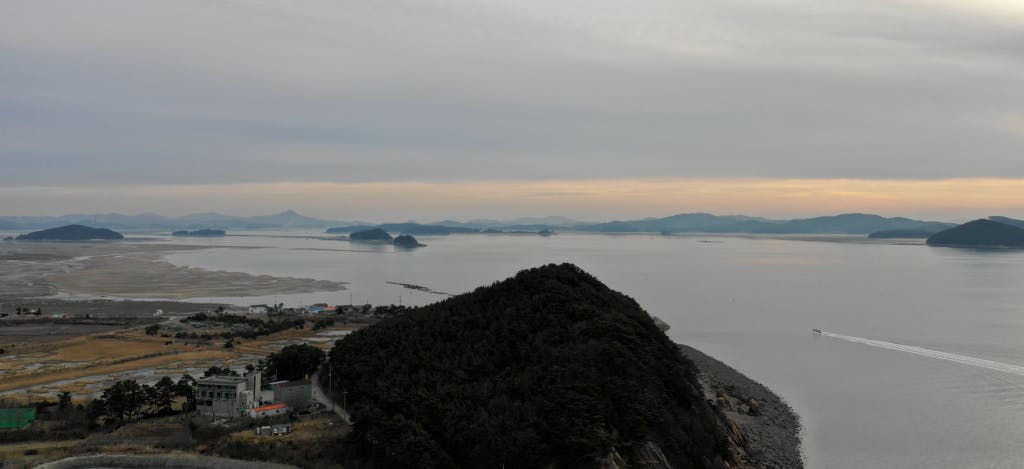
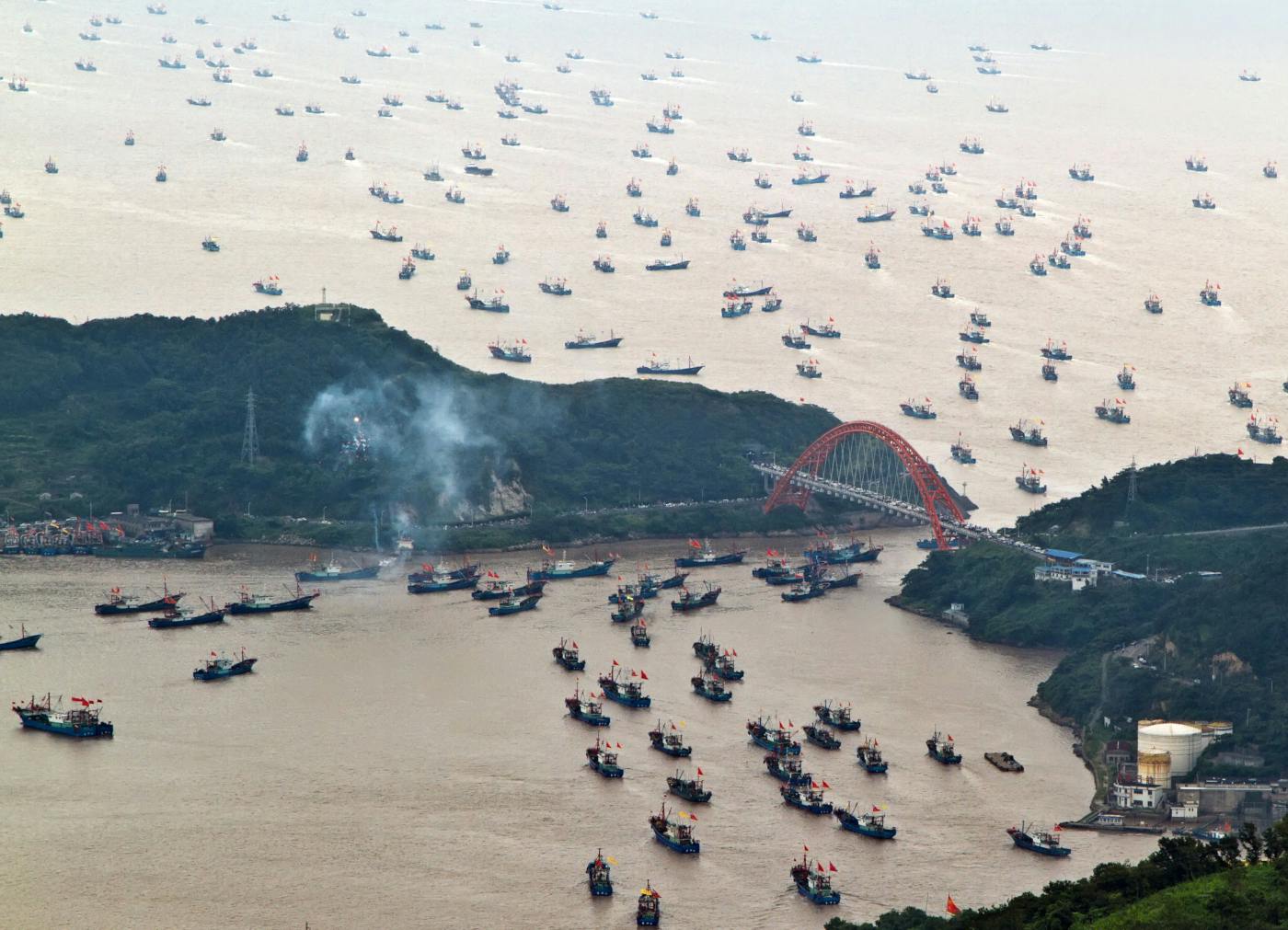
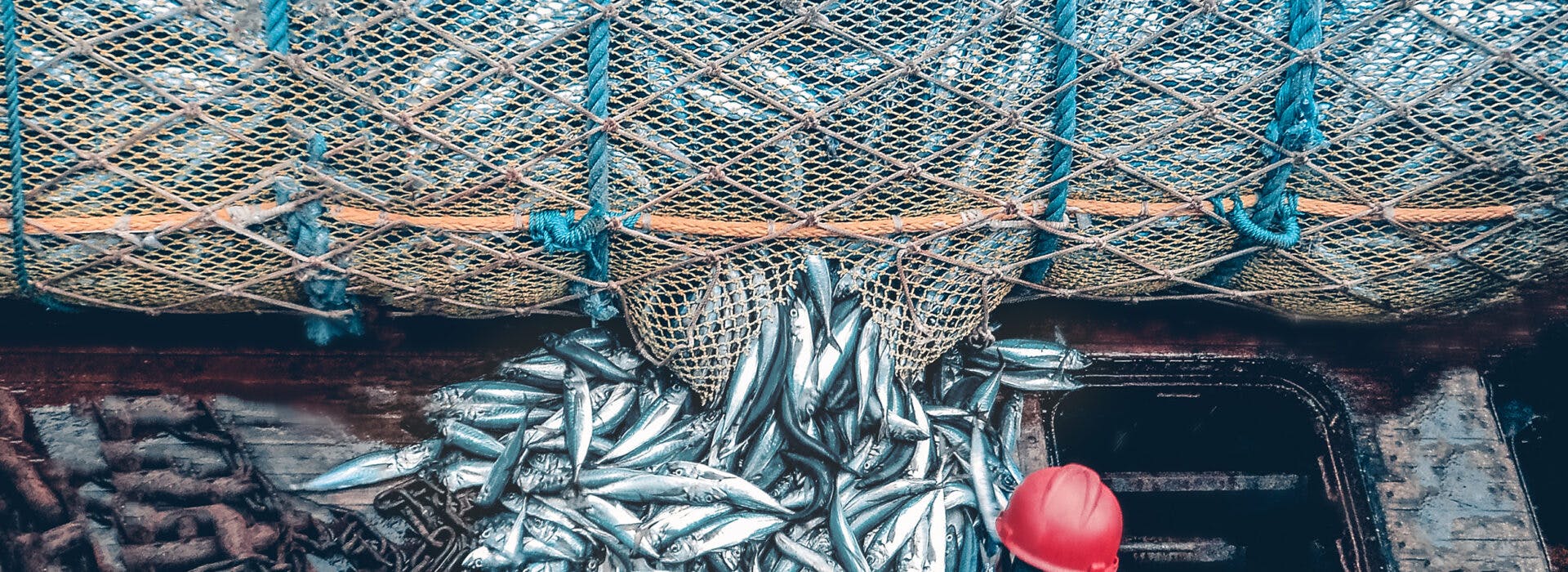

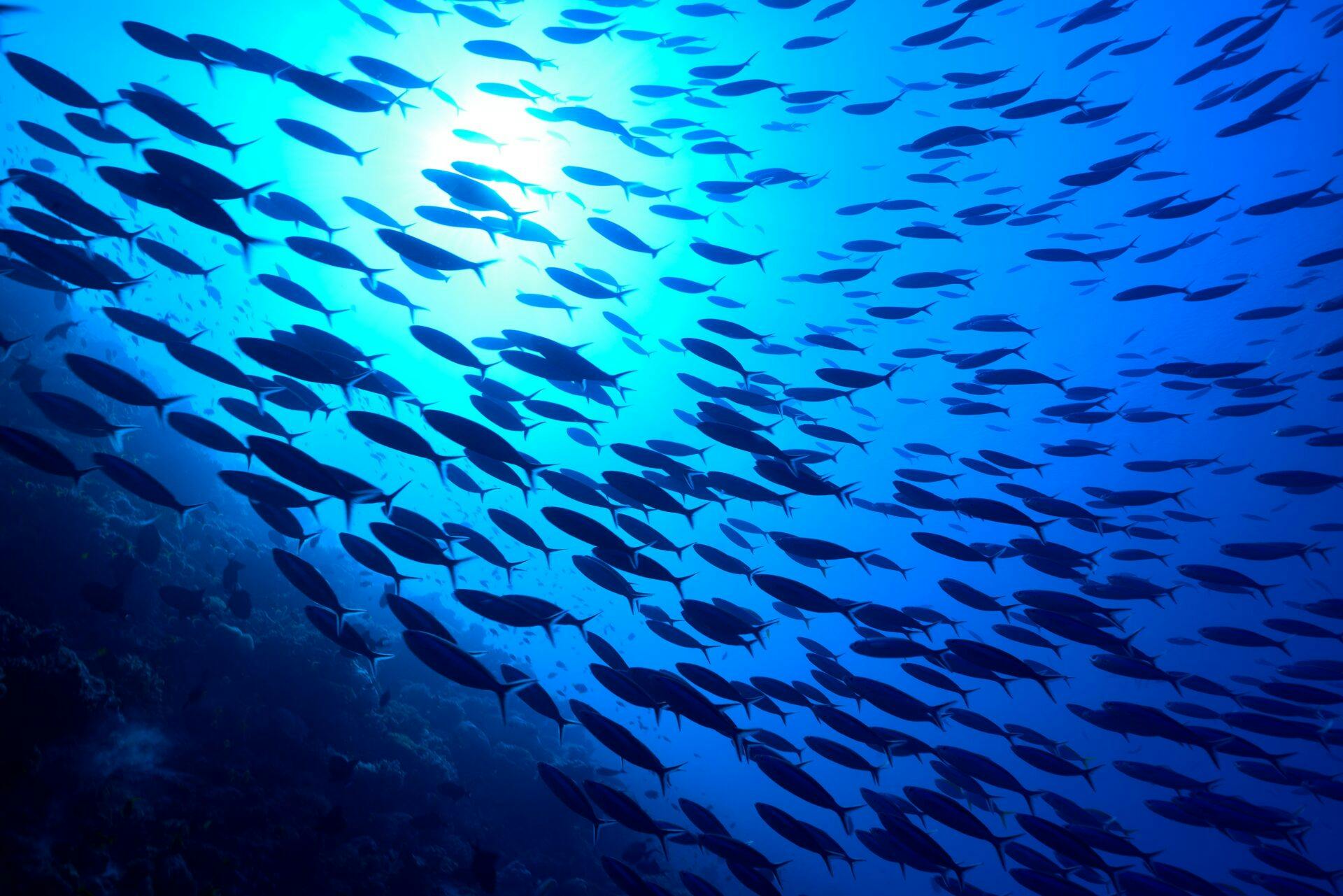
%20Emily%20Darling_WCS.jpg?auto=compress%2Cformat)
.jpeg?auto=compress%2Cformat)
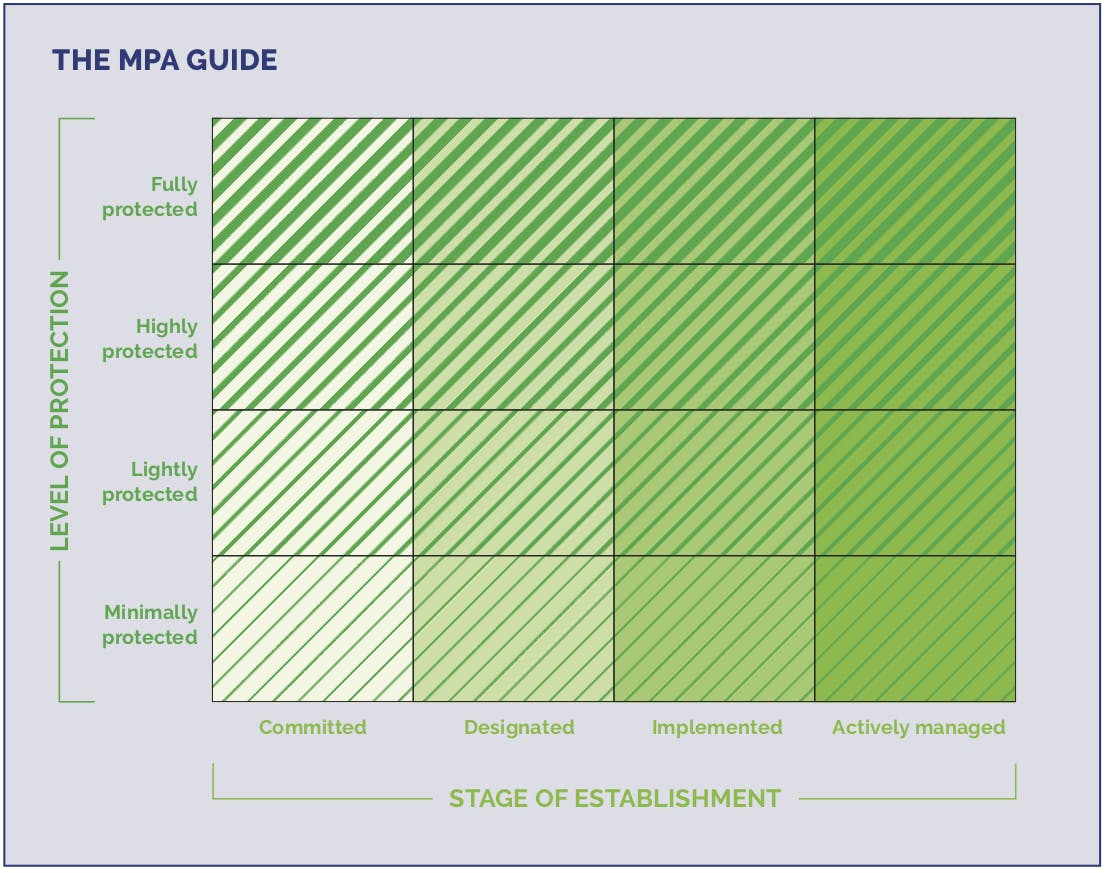
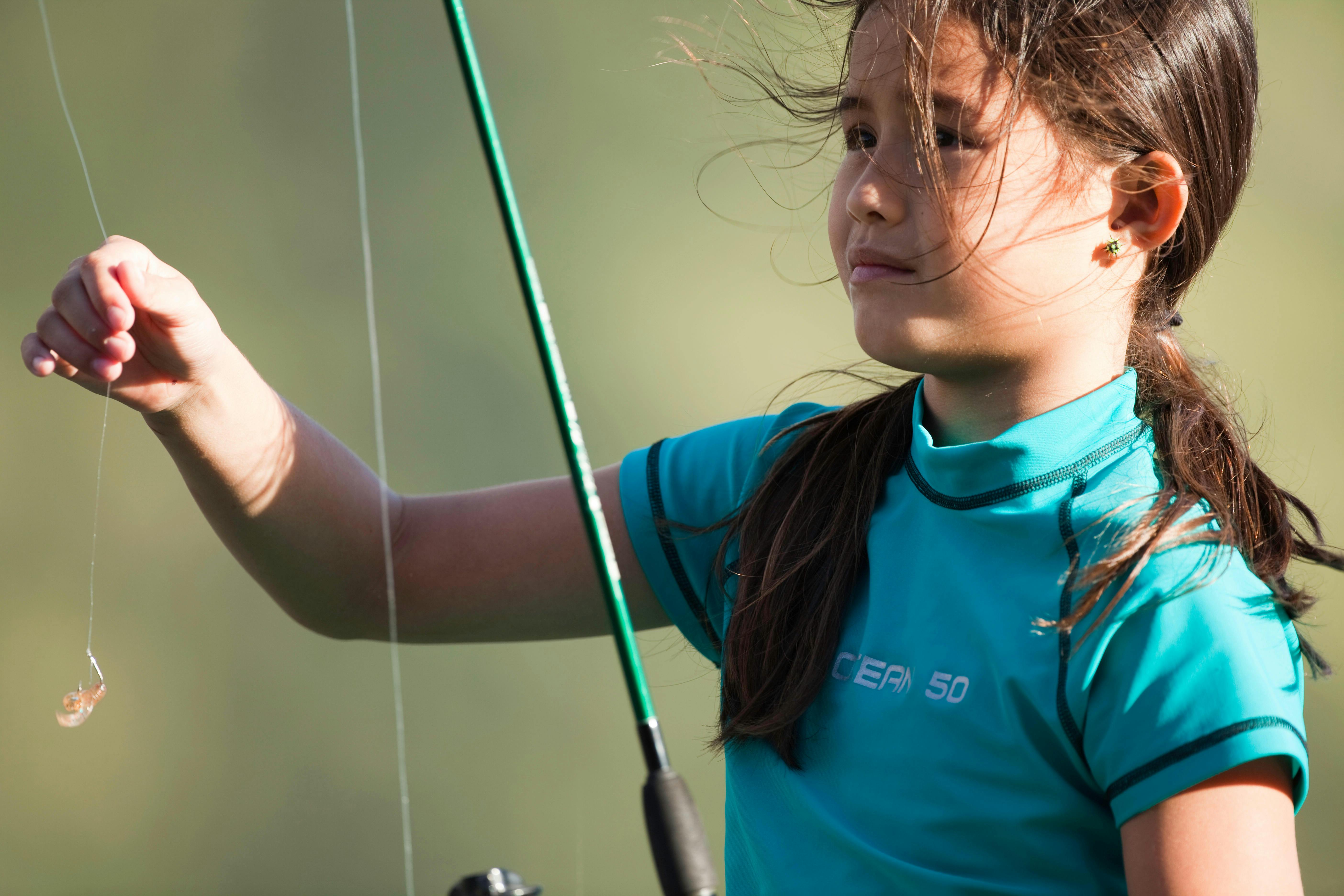
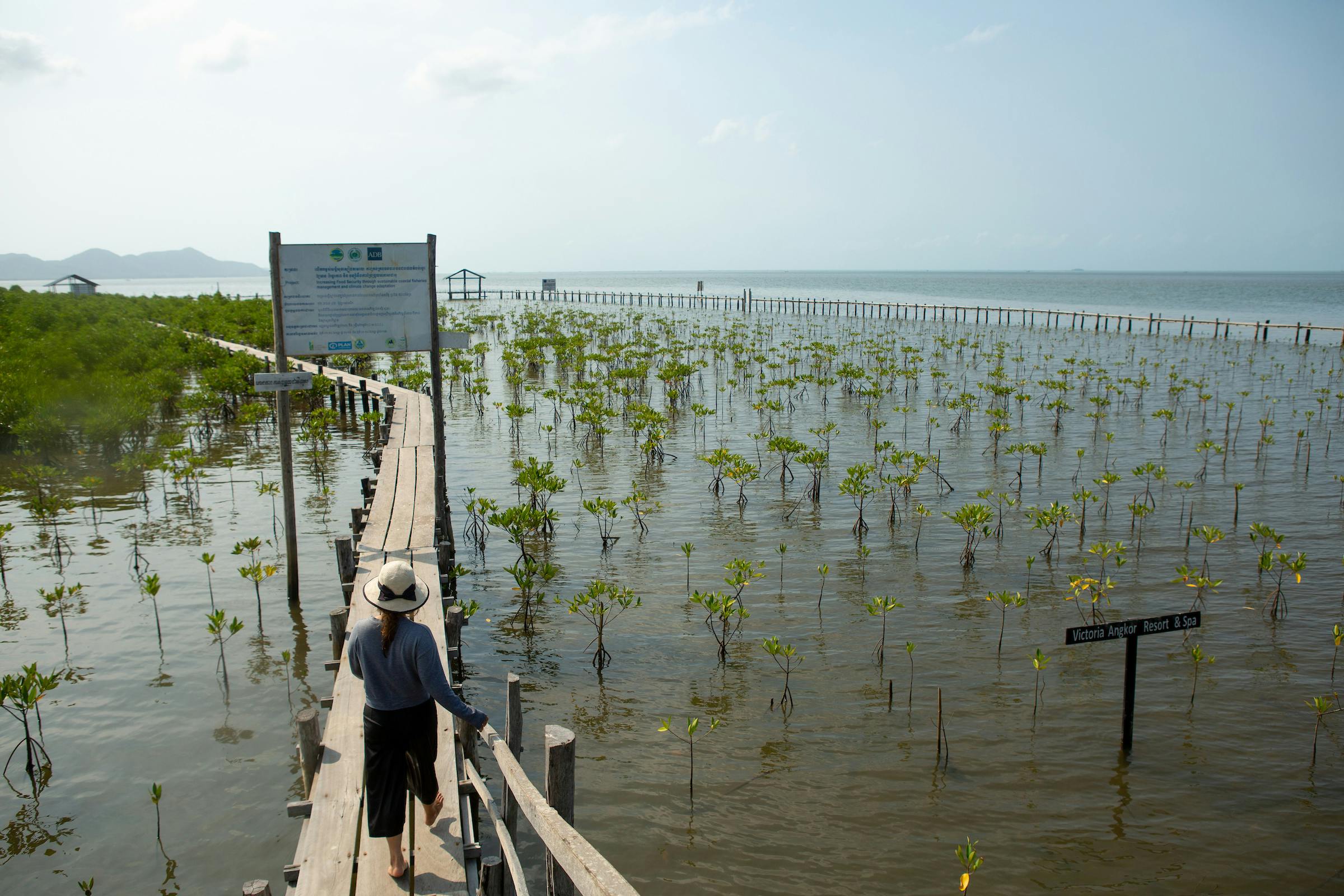
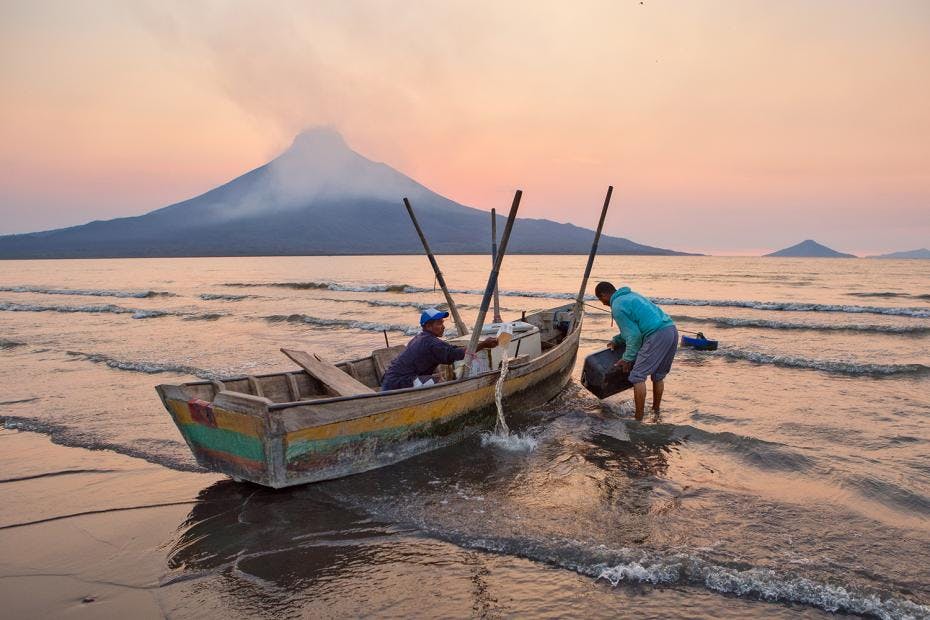
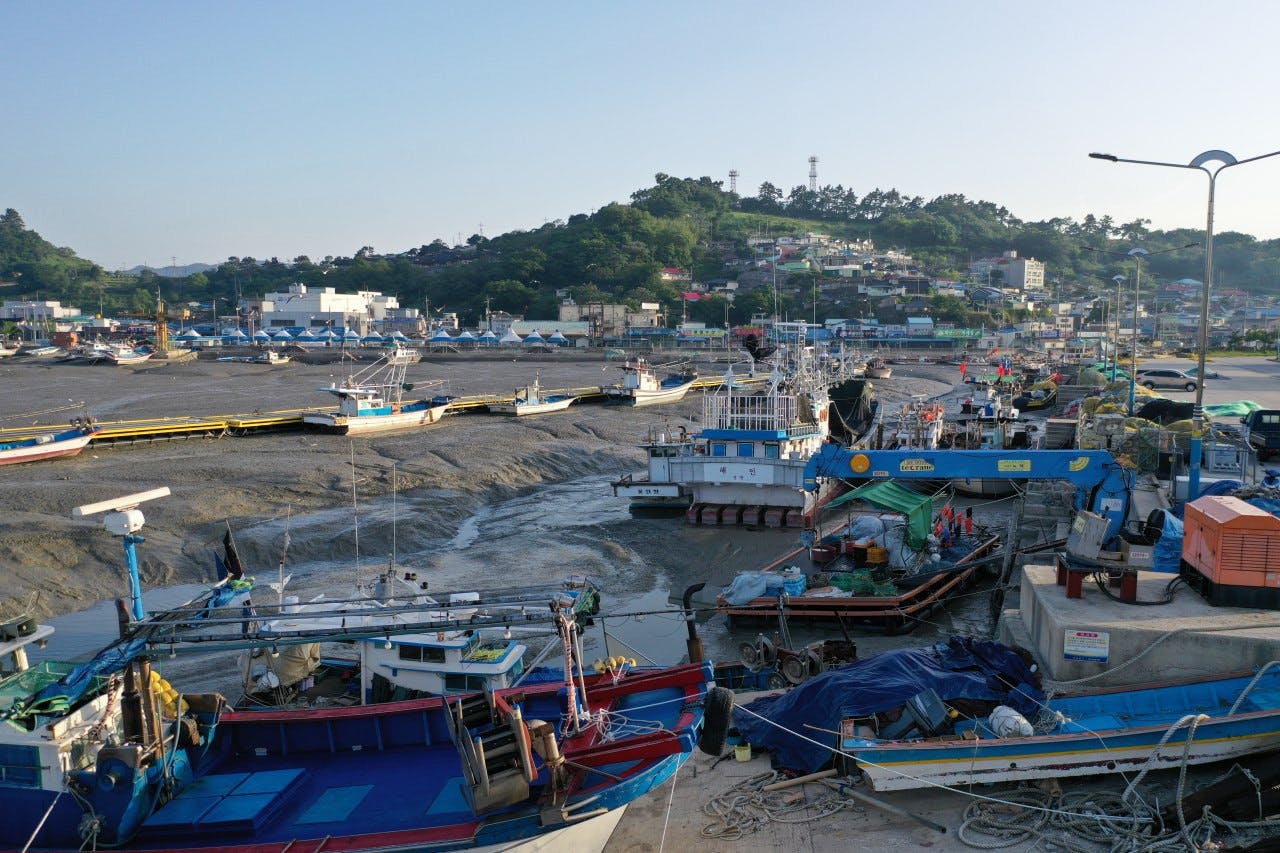

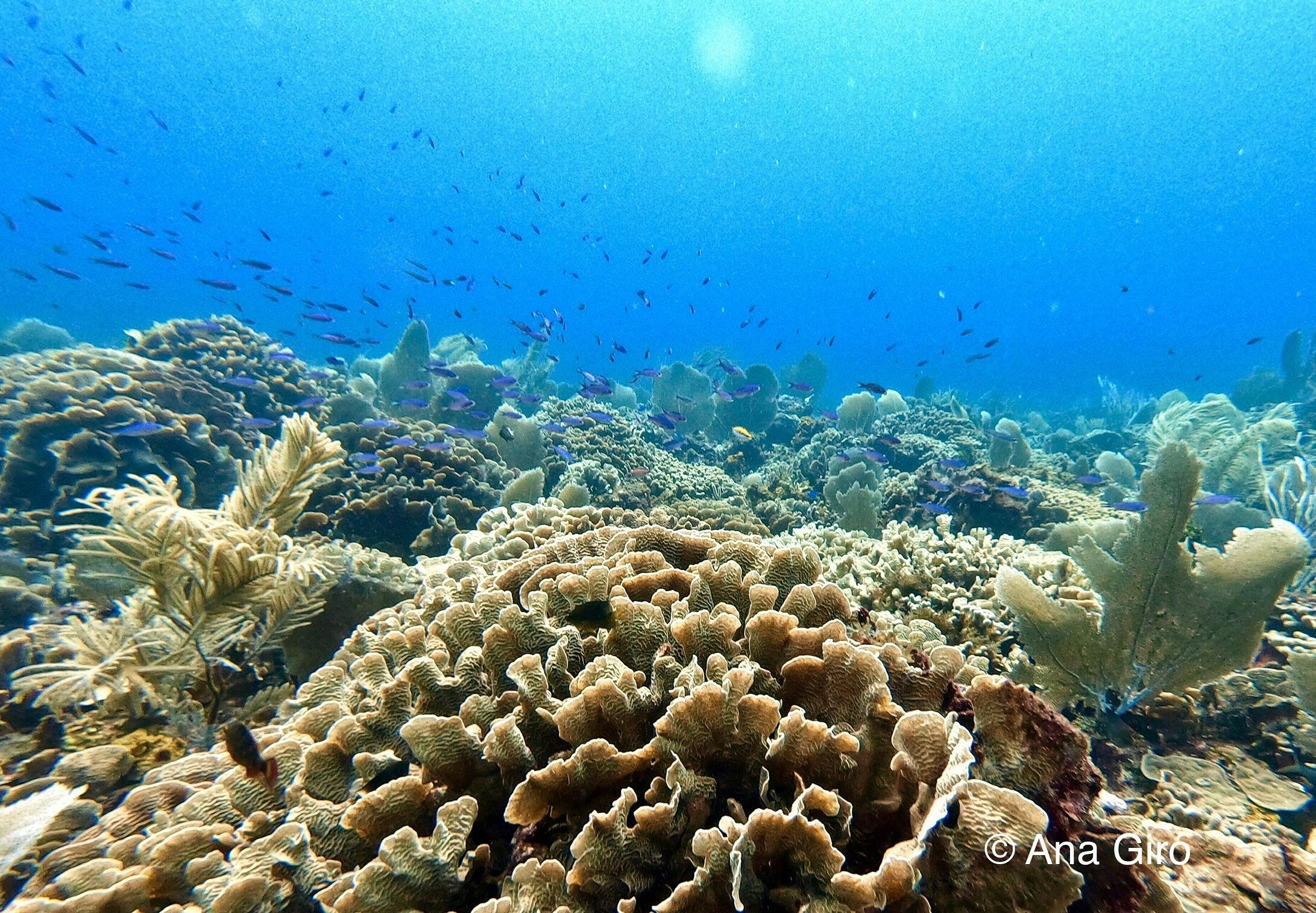
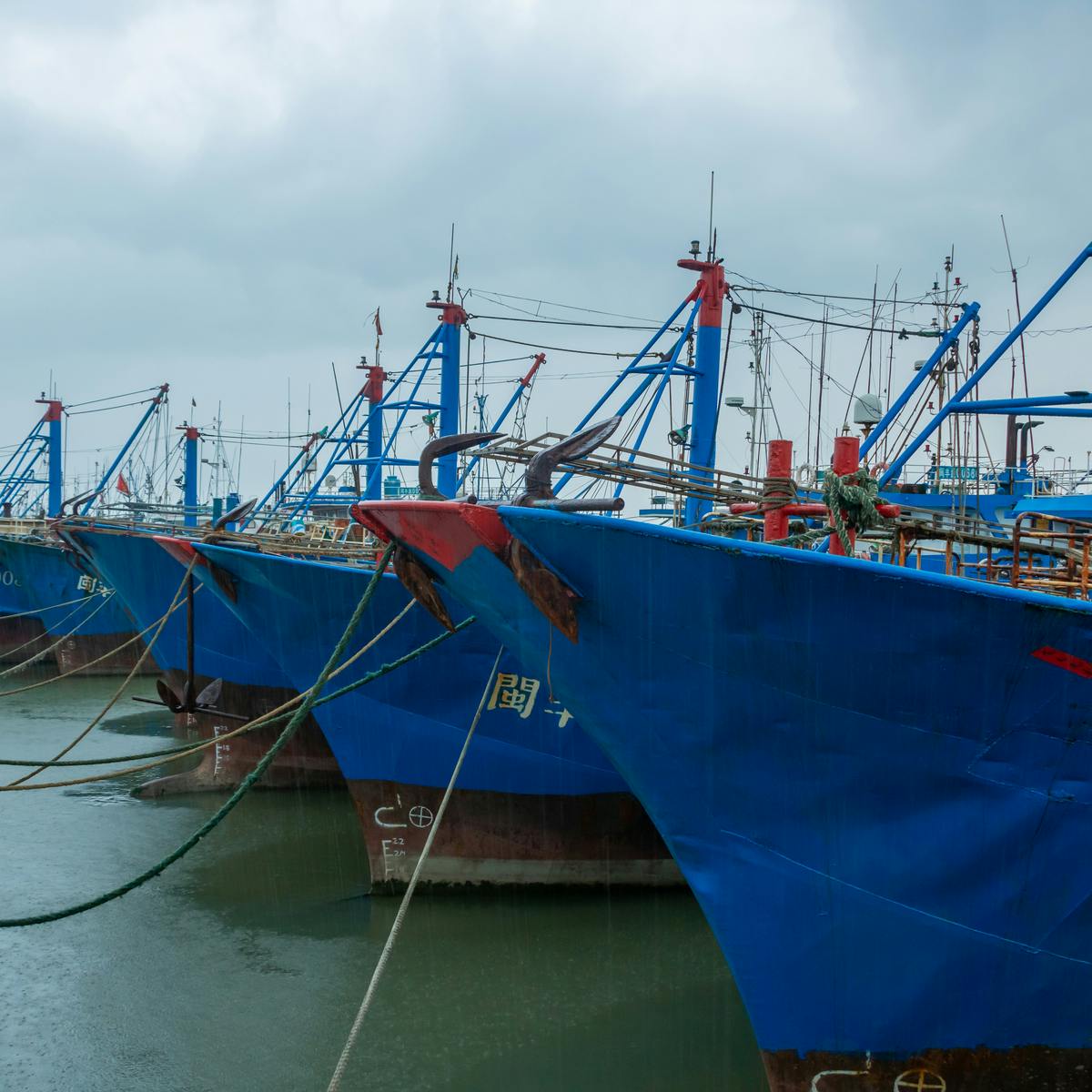
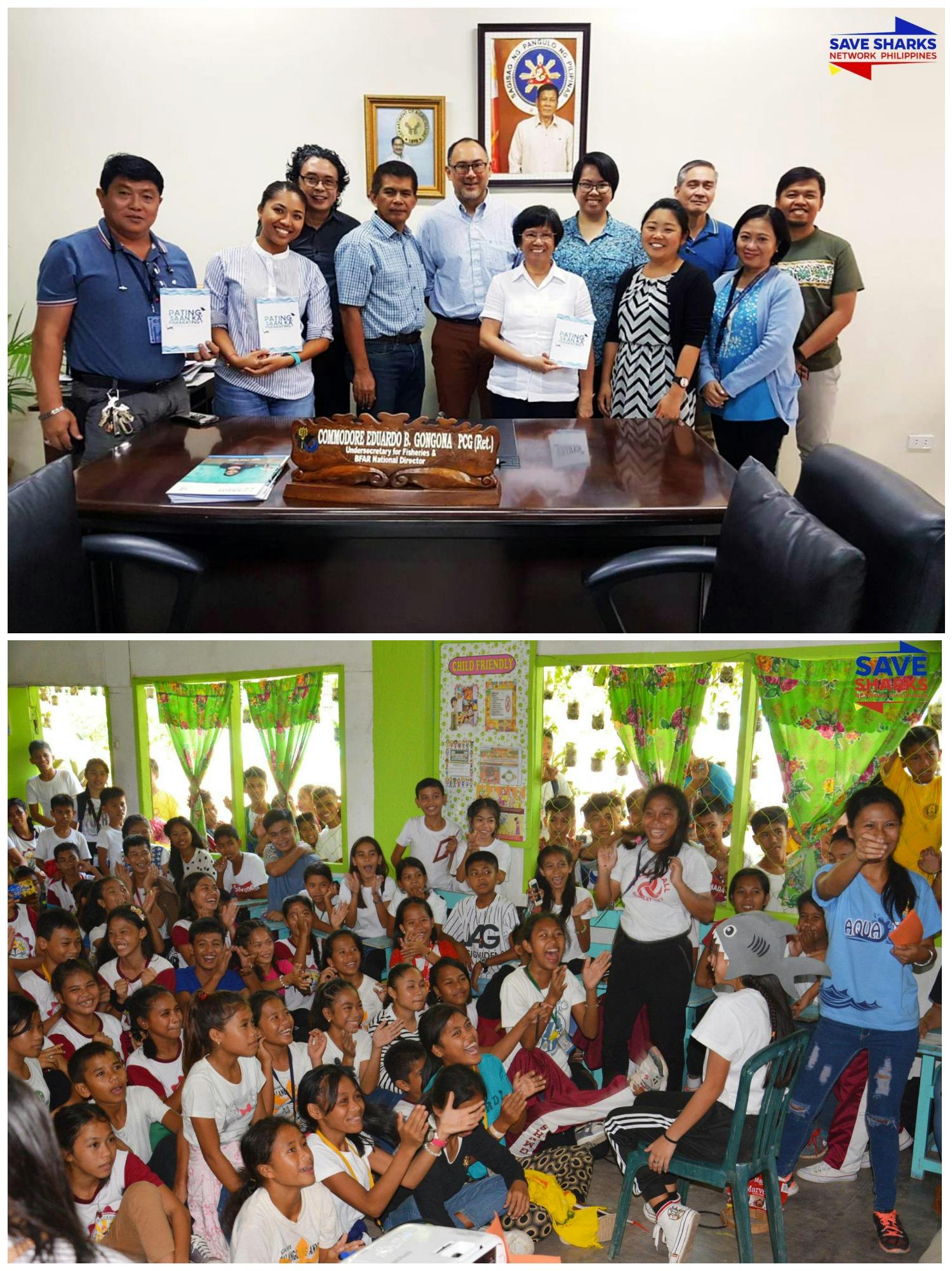
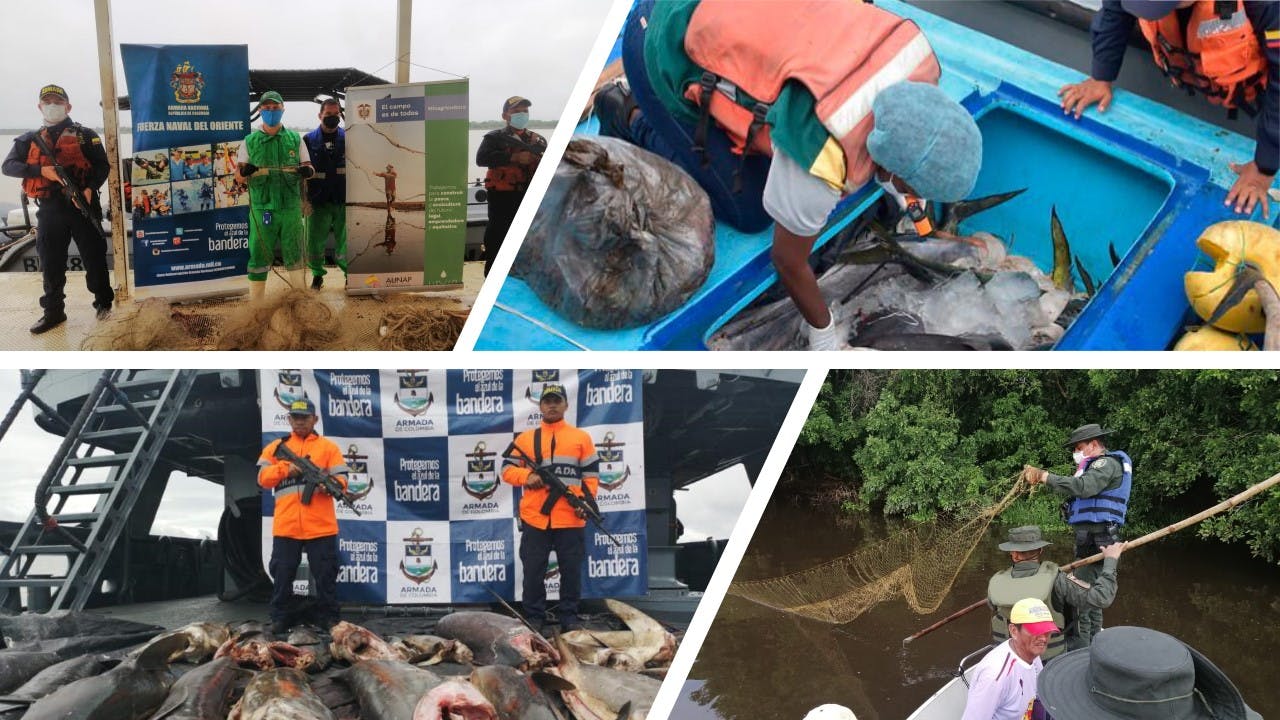
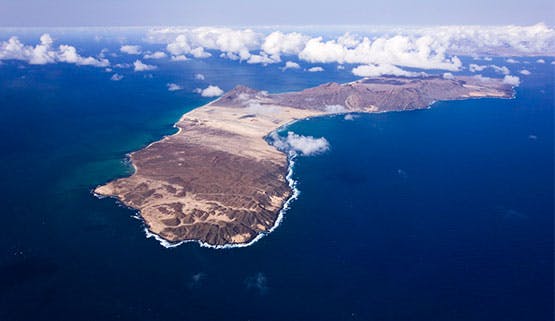
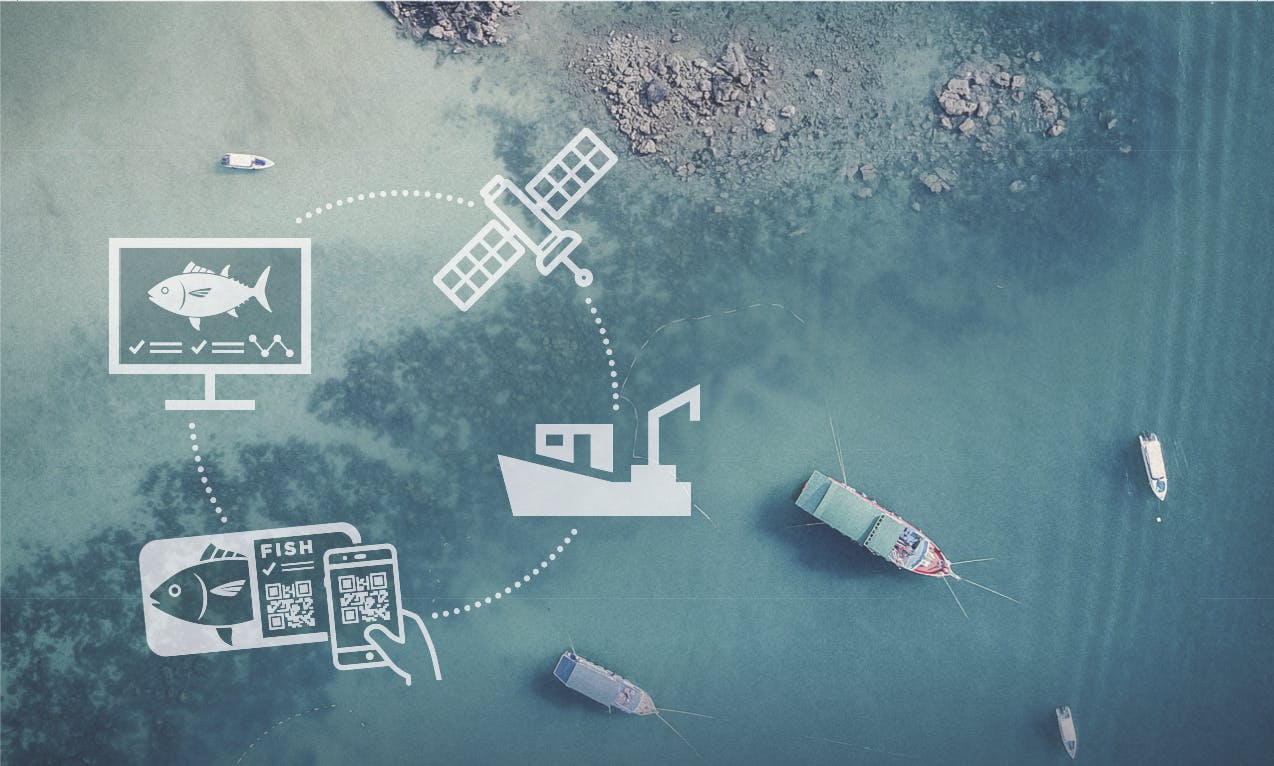
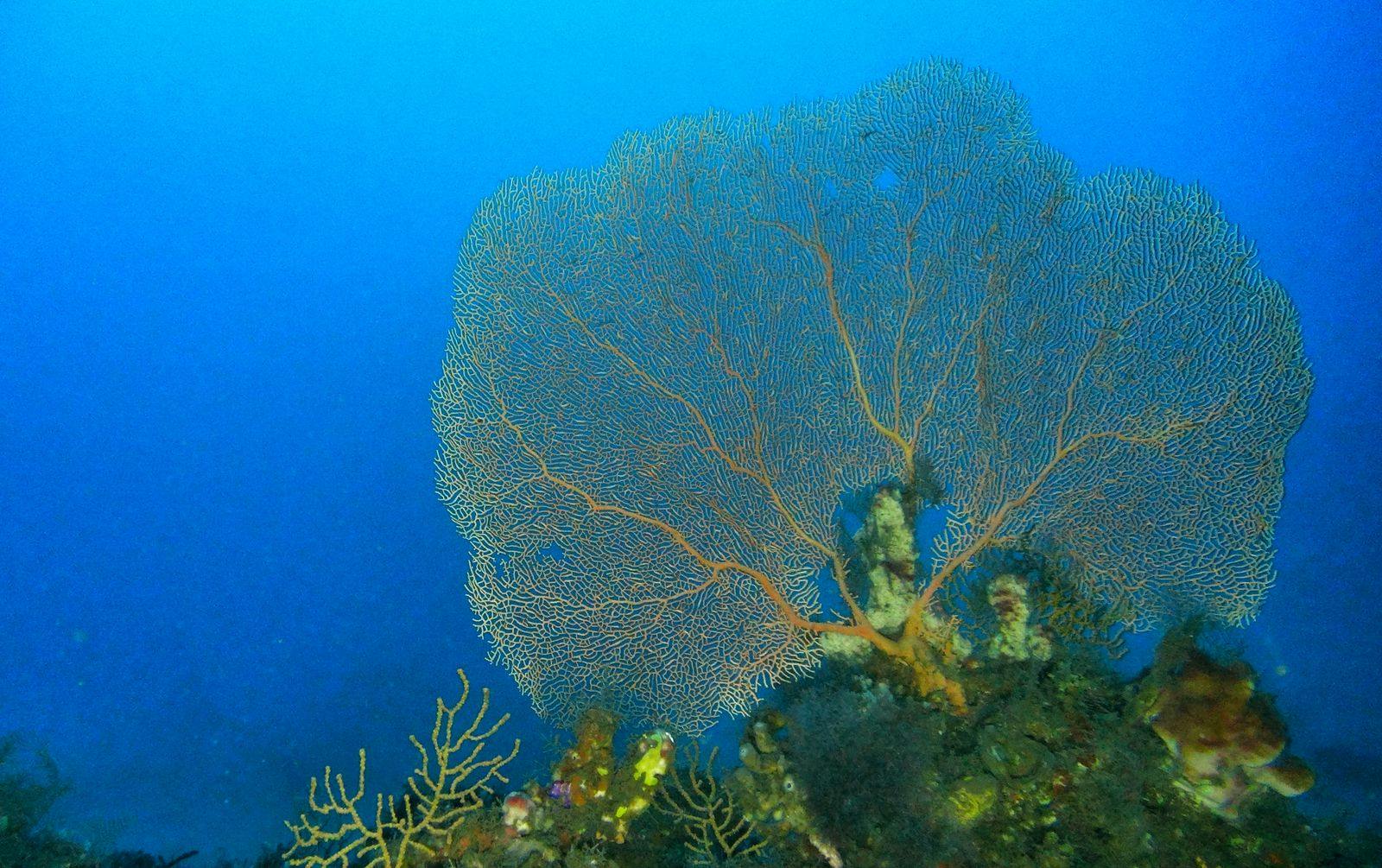
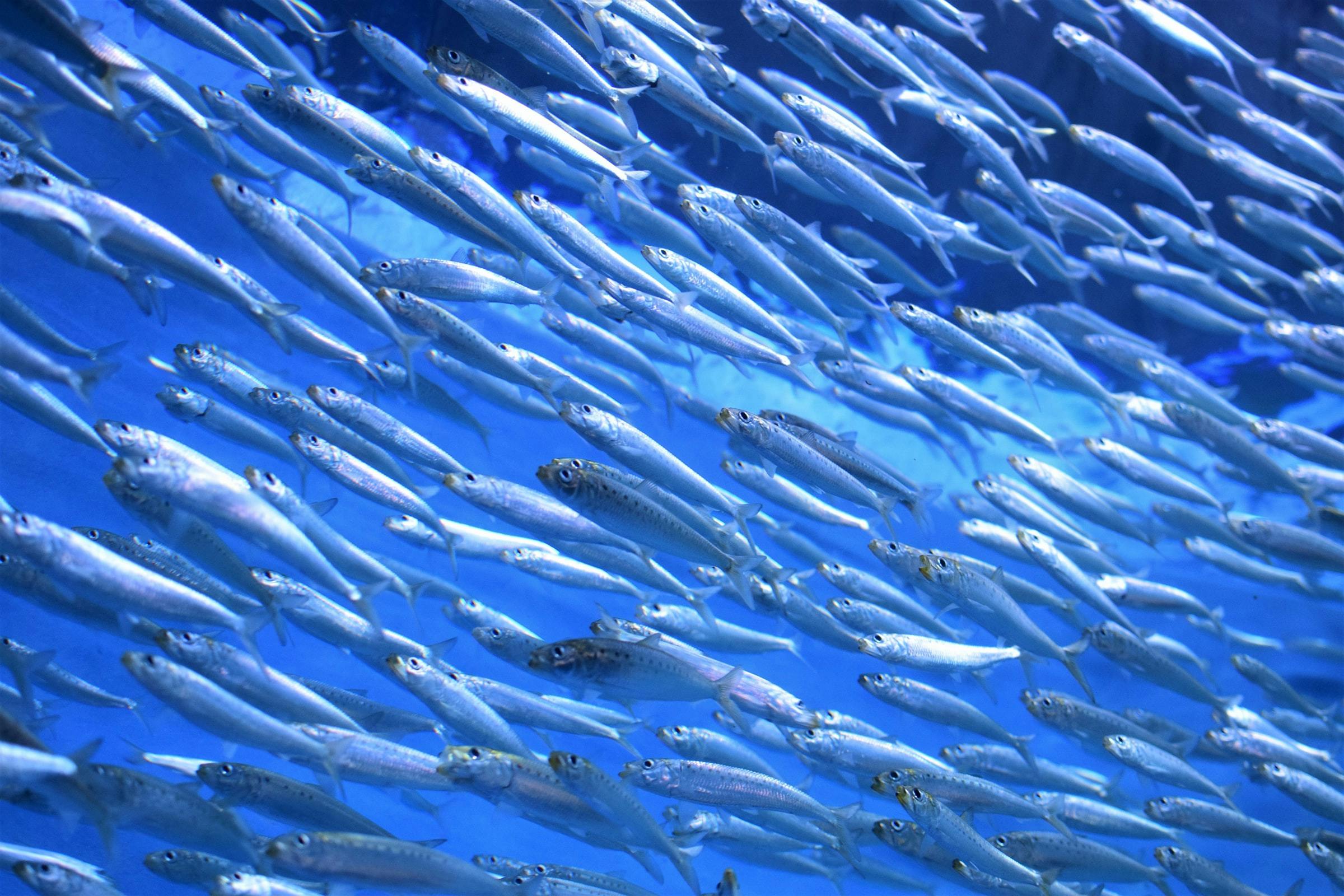

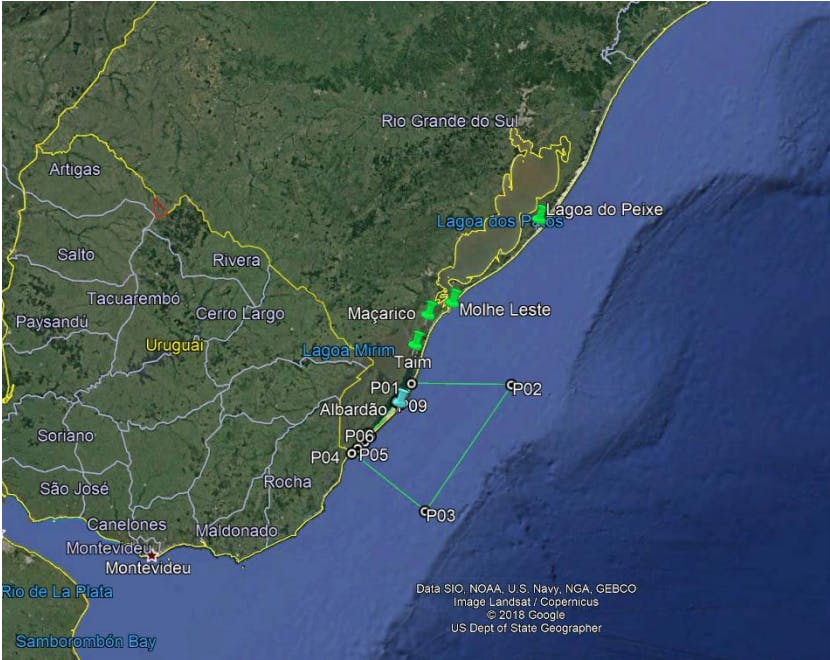
%20TMT.jpg?auto=compress%2Cformat)
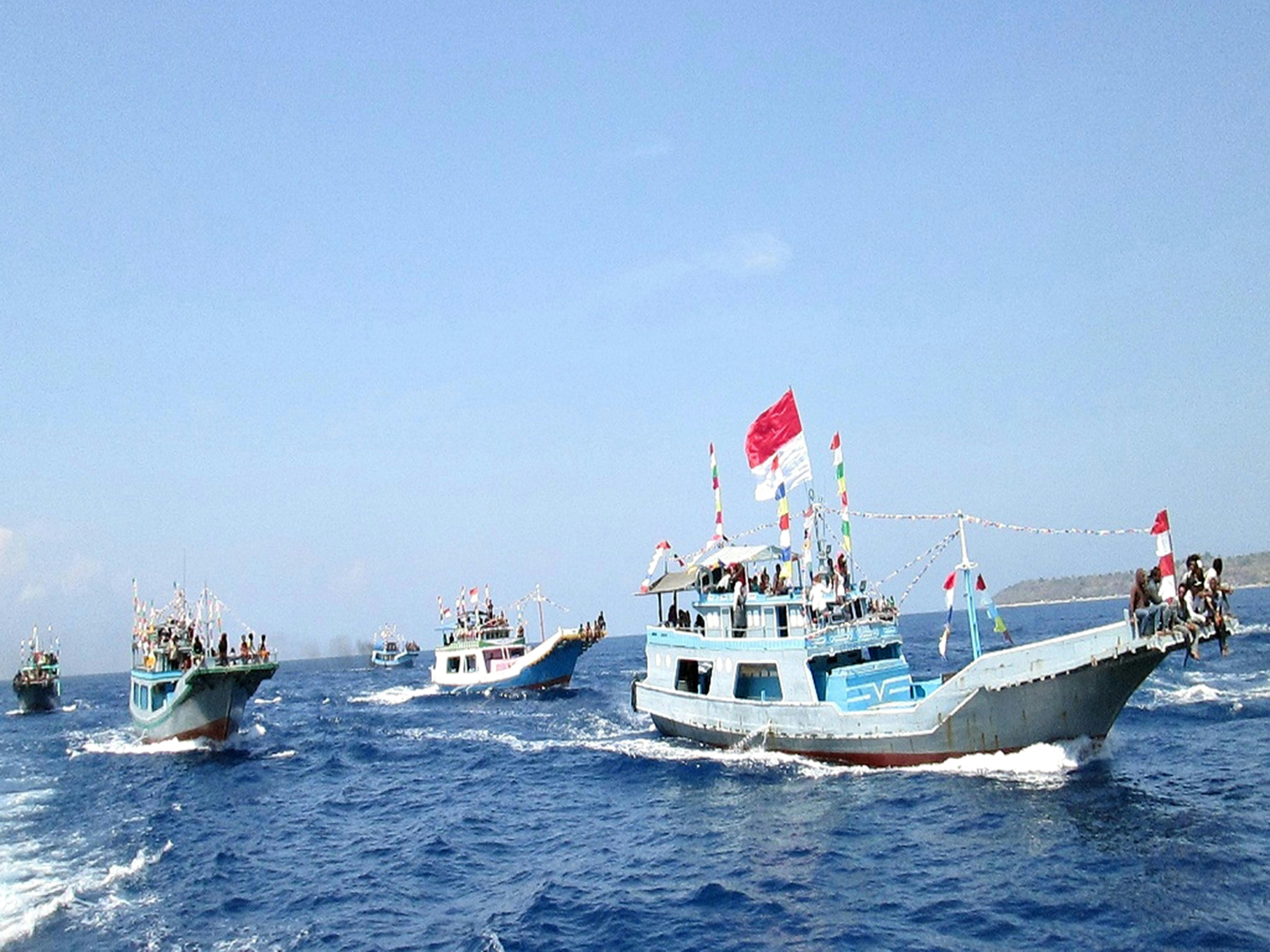
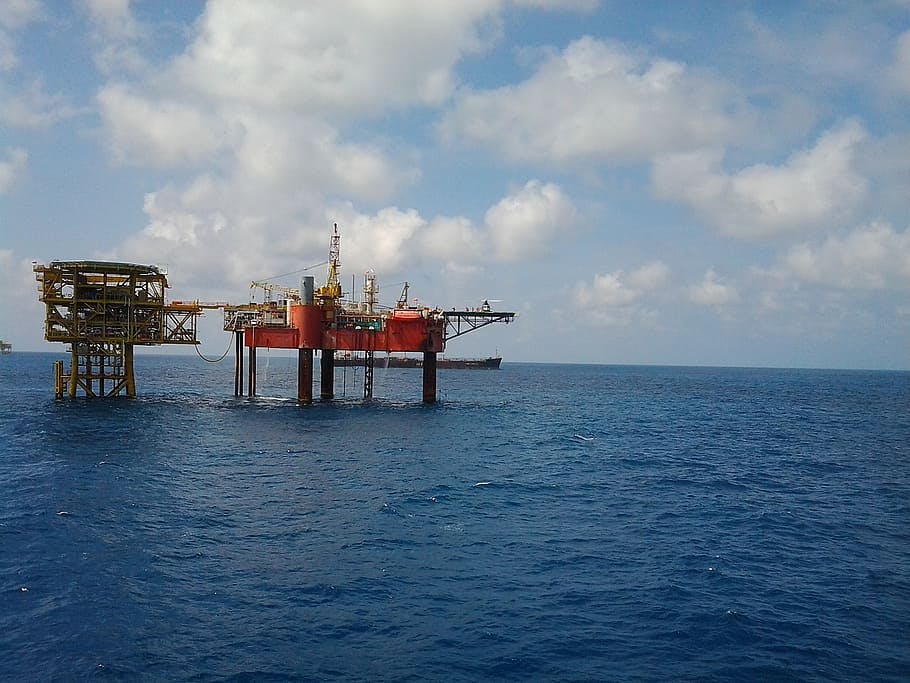
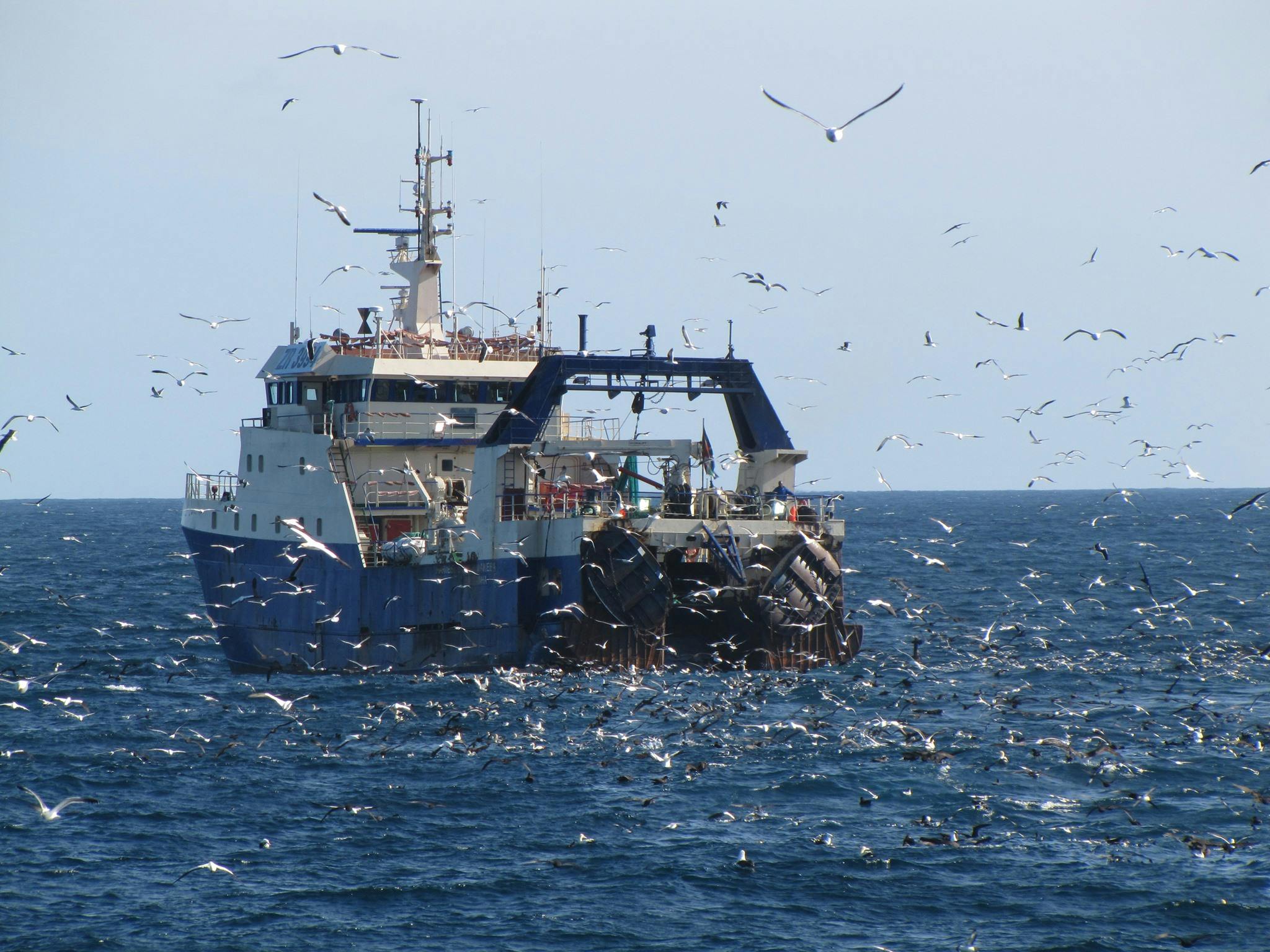
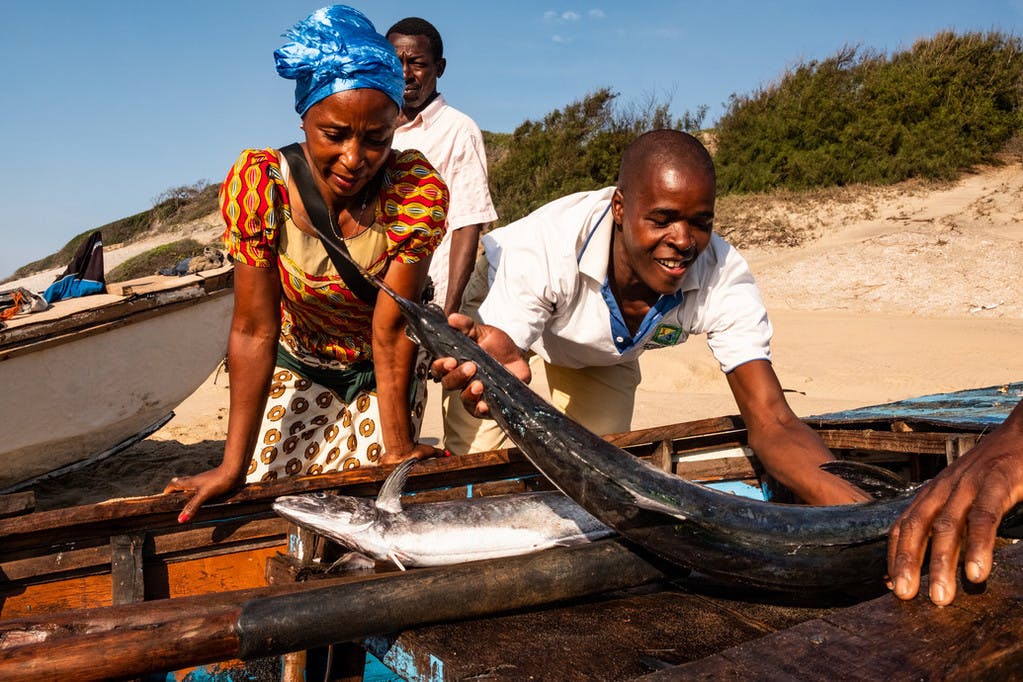
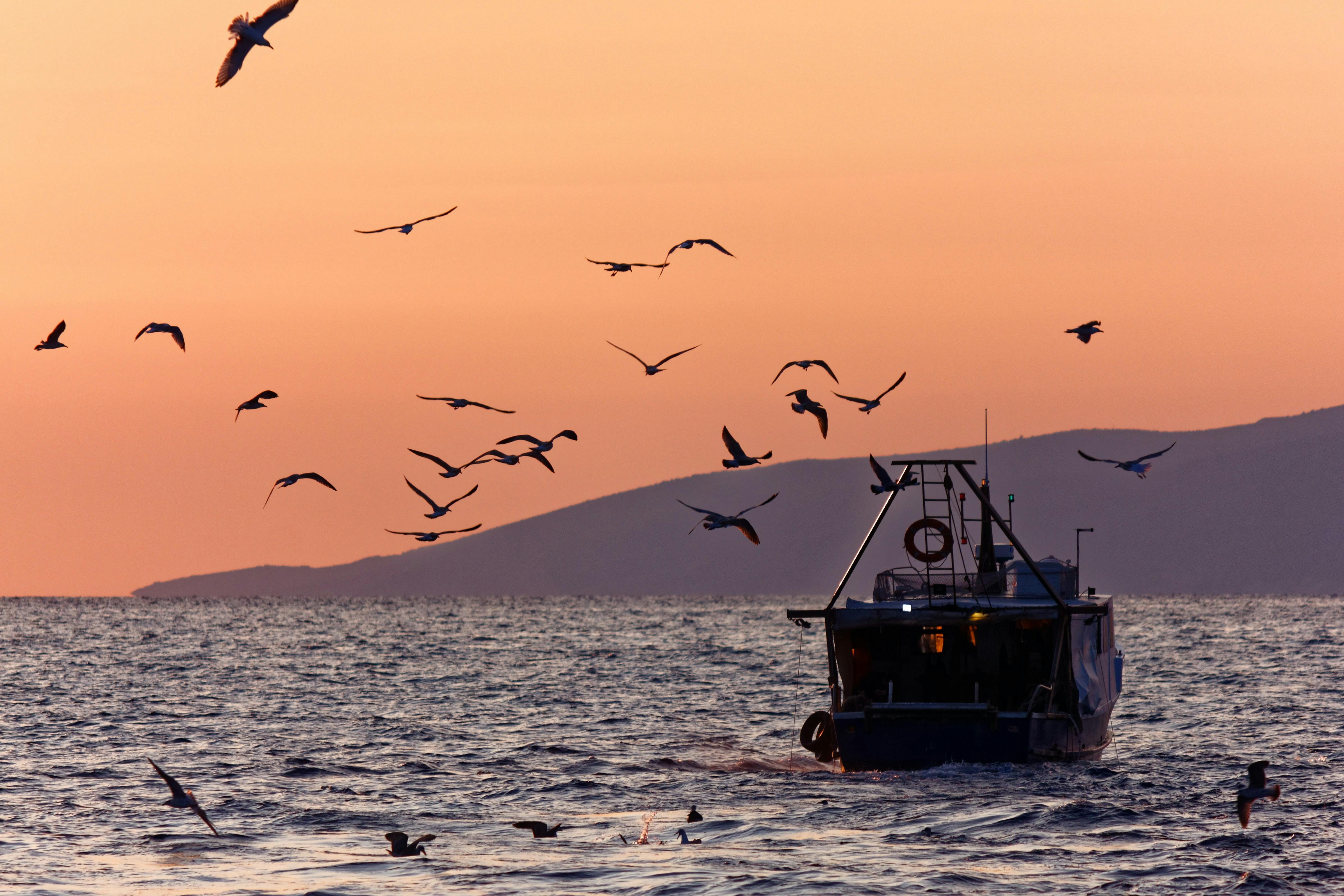
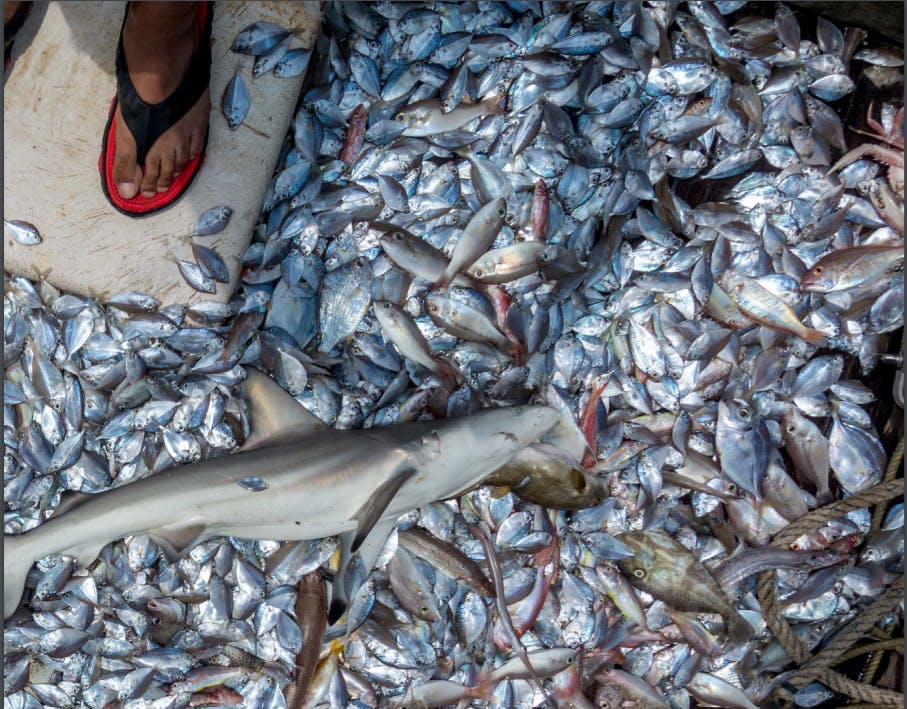
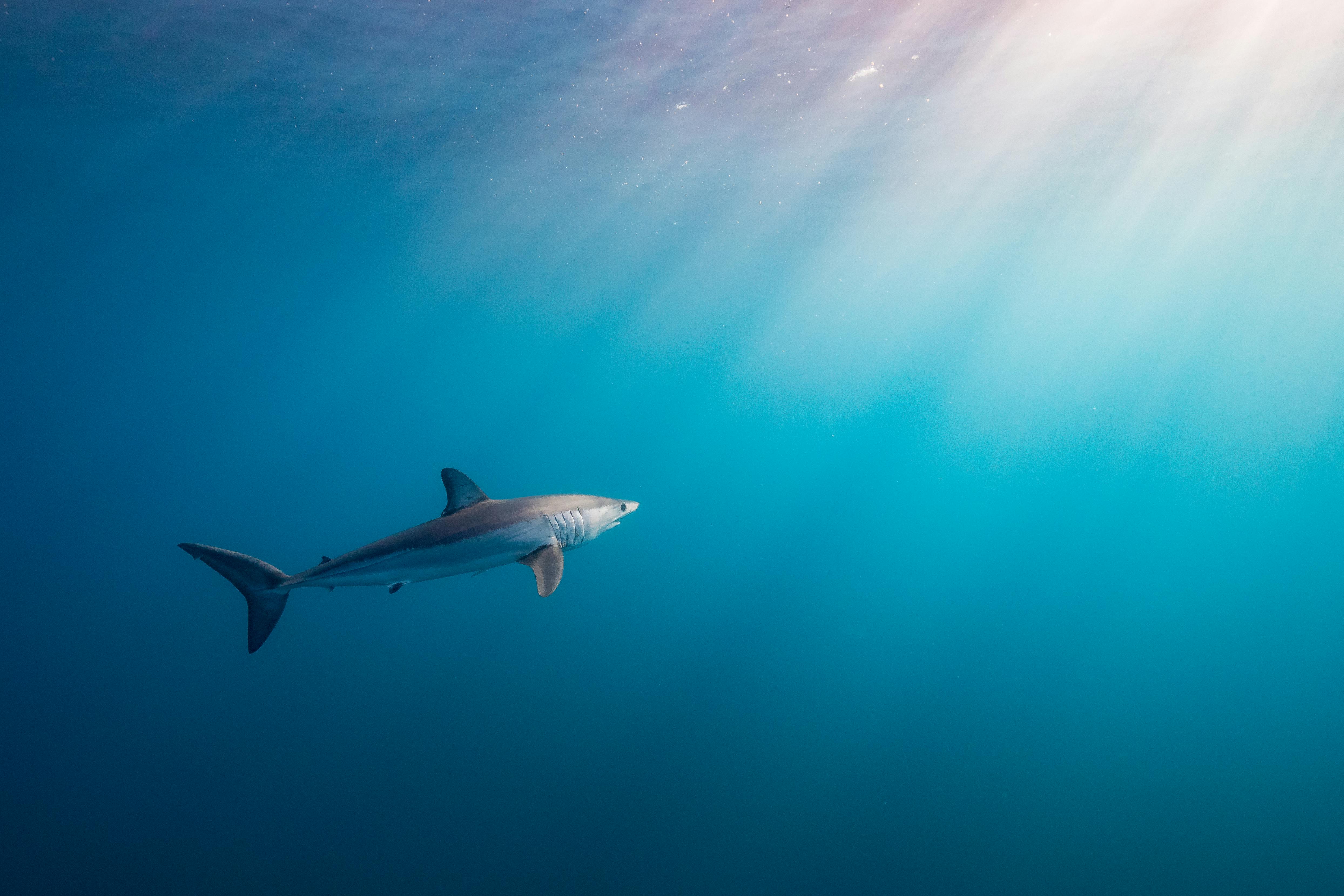
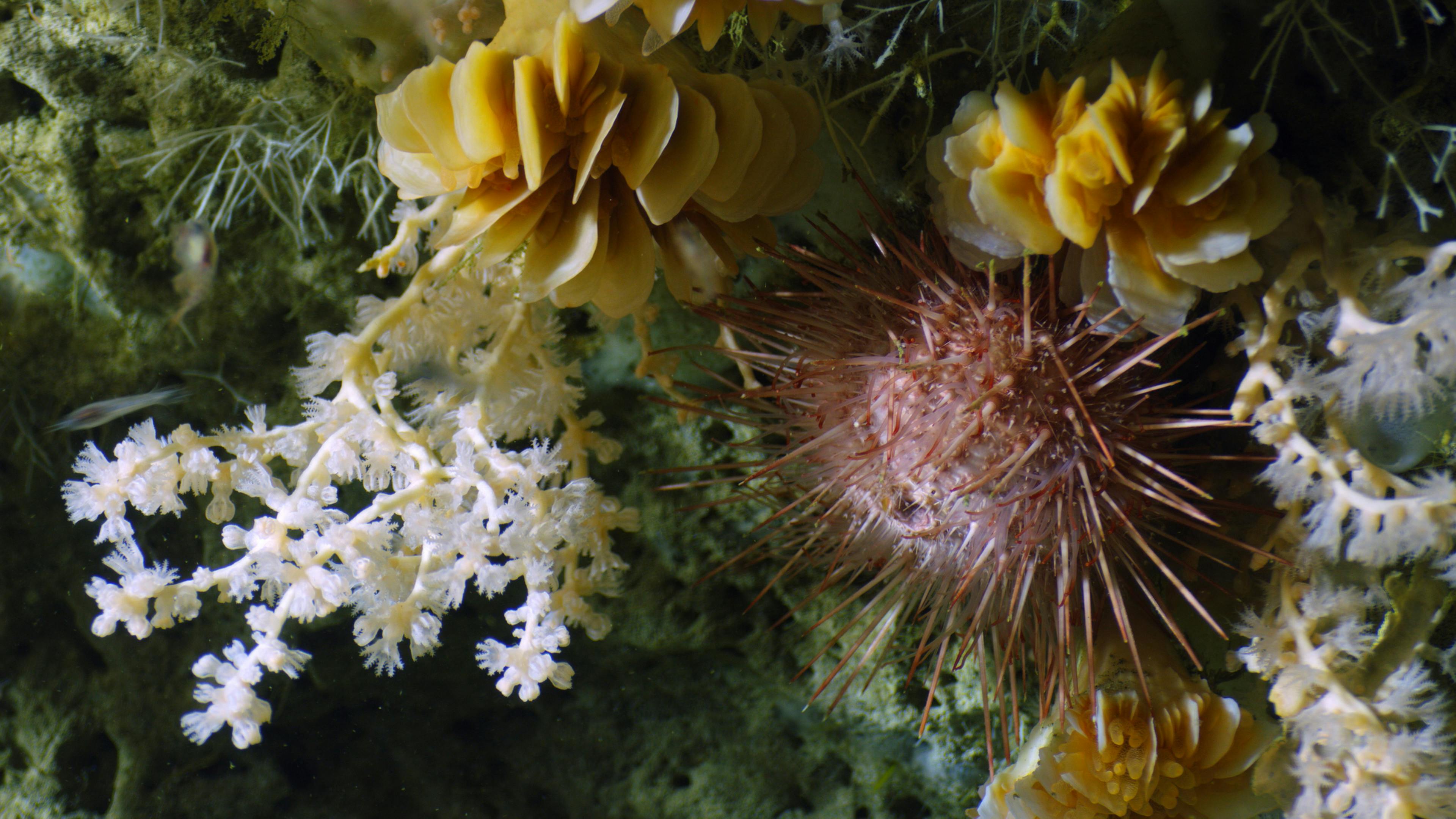
.png?auto=compress%2Cformat)
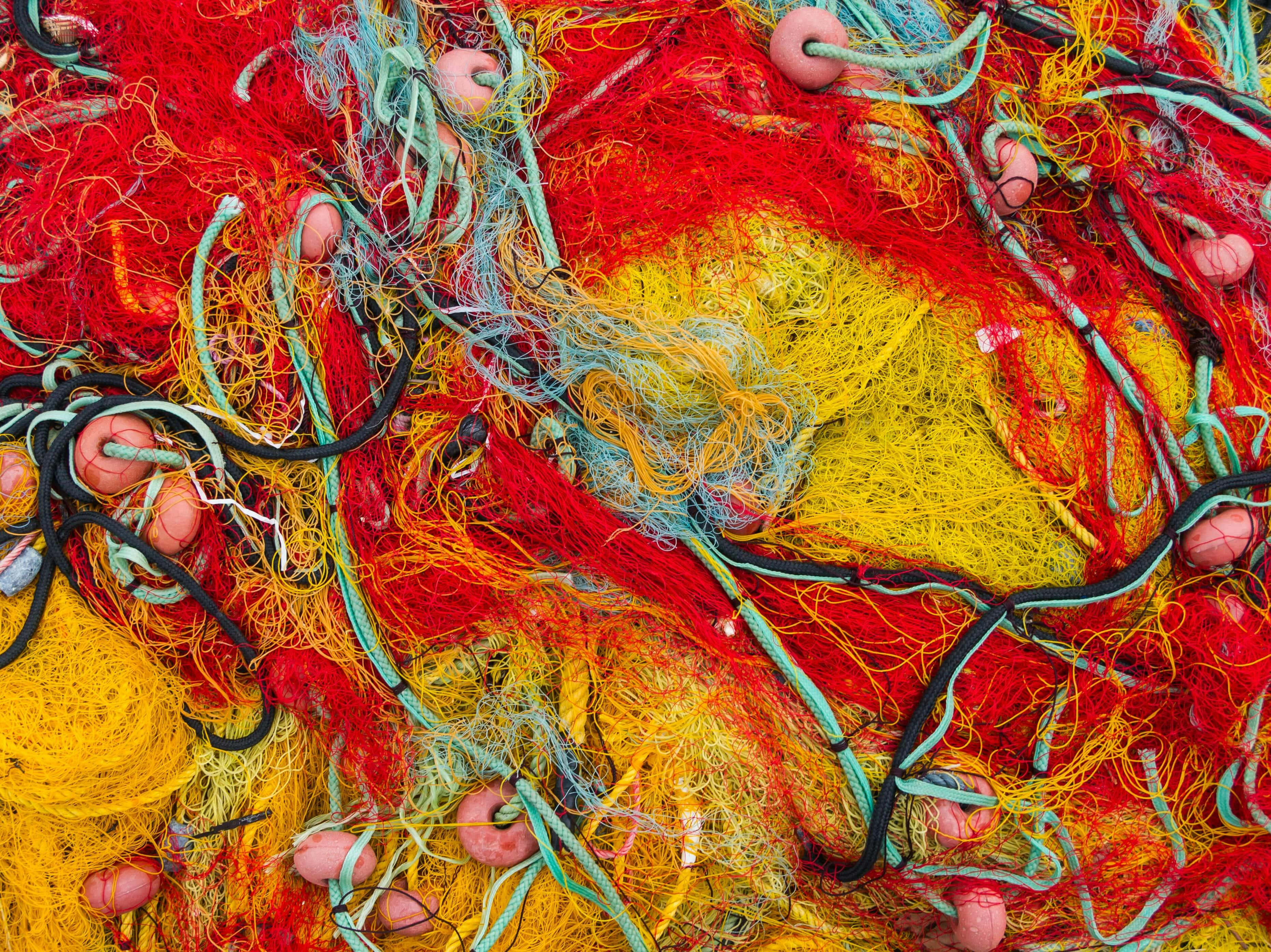

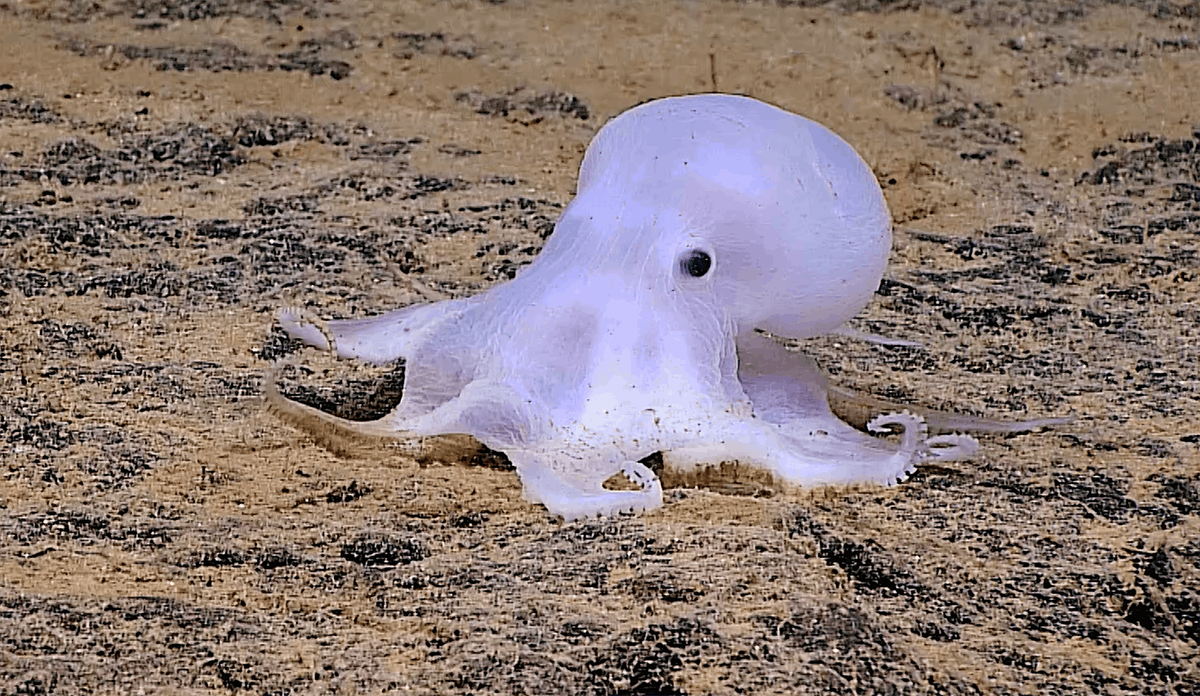
.jpg?auto=compress%2Cformat)
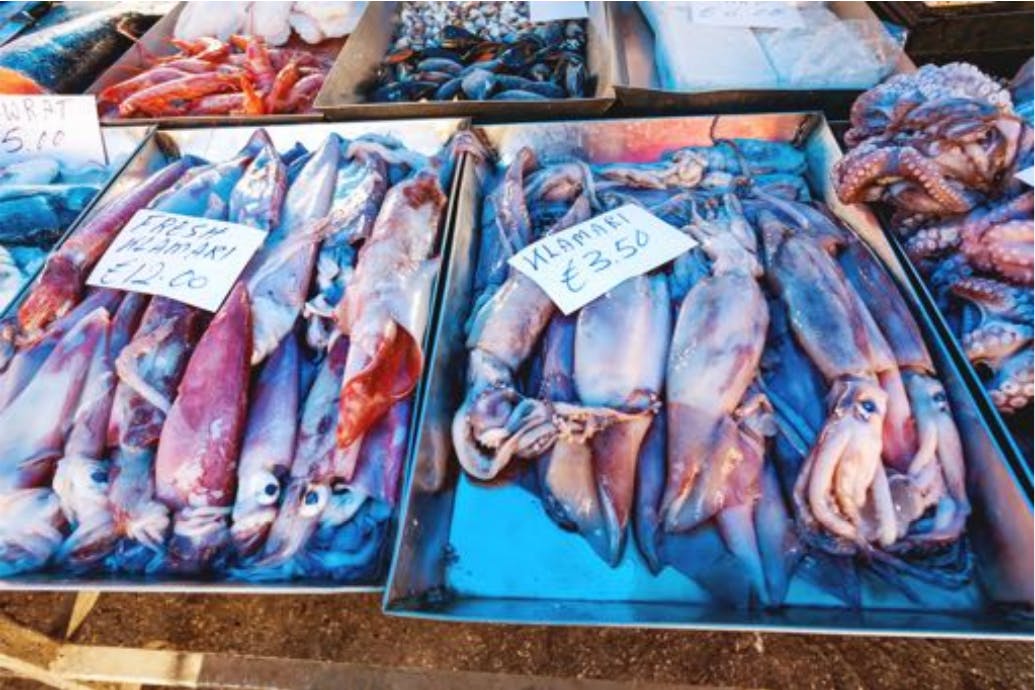
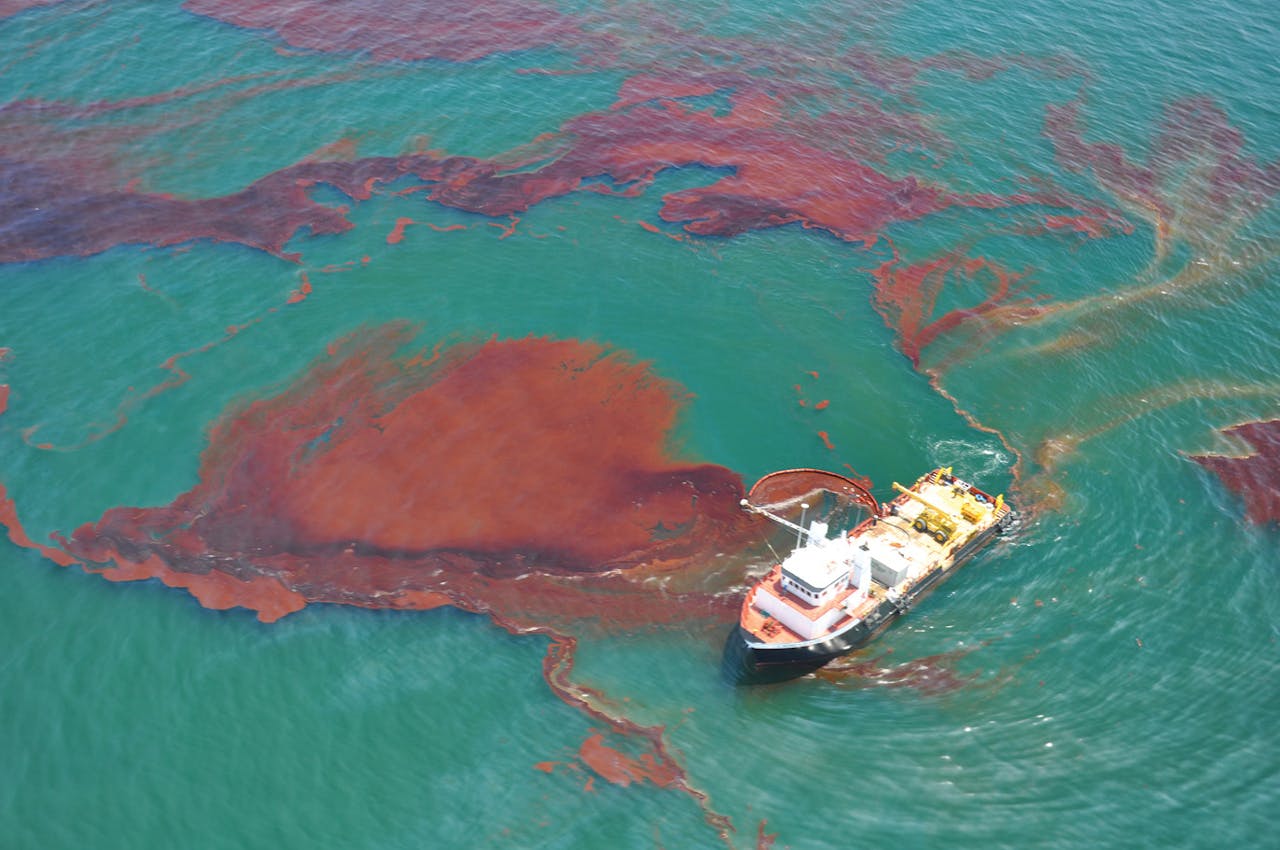
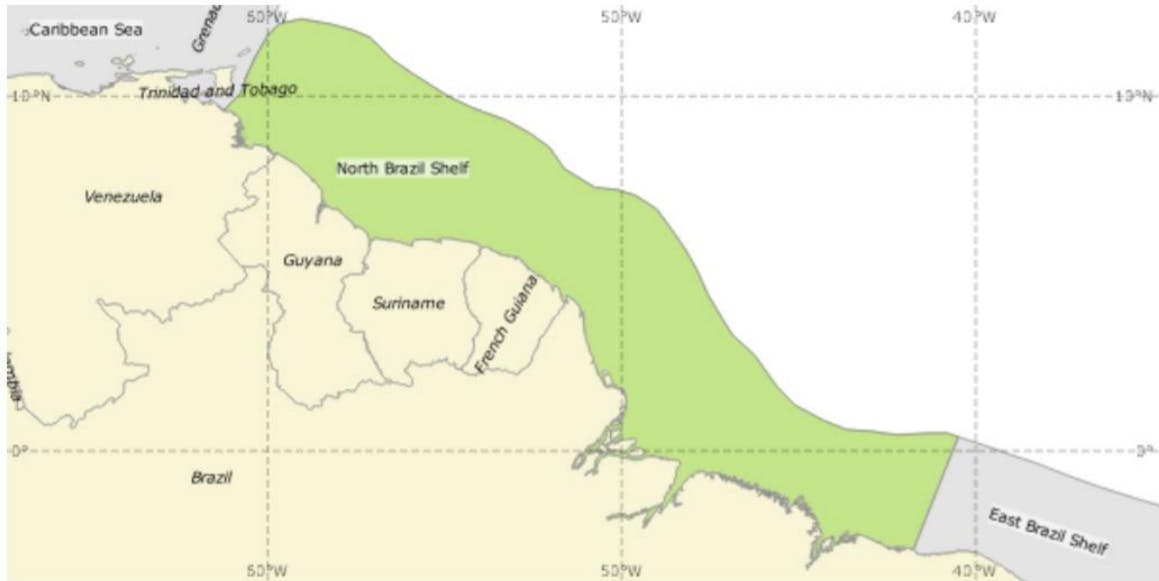
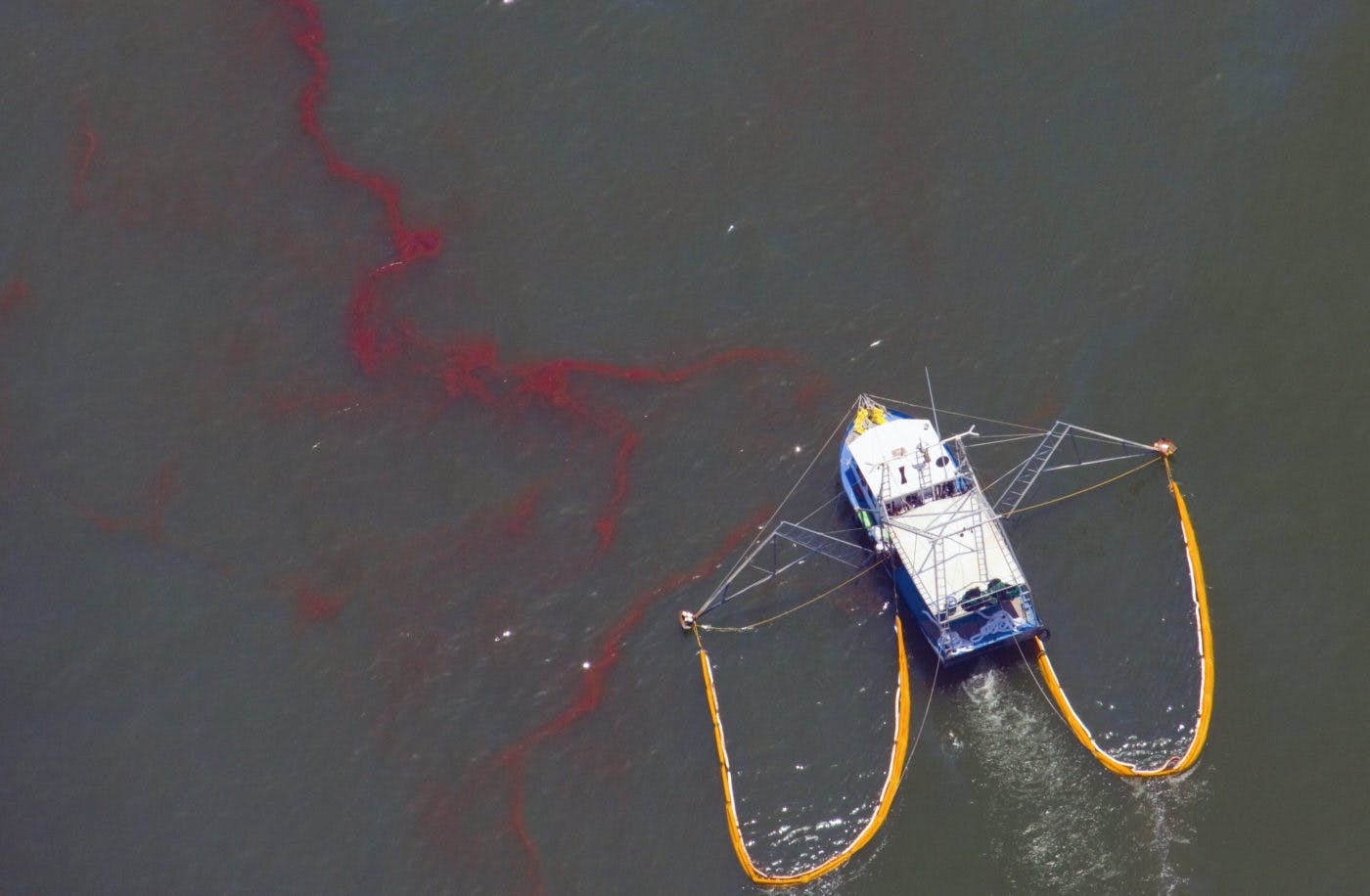
.jpg?auto=compress%2Cformat)
